



HELPING END THE NIGHTMARE OF CALF SCOUR FOR A FAIRYTALE START
FENCOVIS®
Stimulates immunity against Rotavirus, Coronavirus and E.coli K99 in pregnant cows and heifers, so that calves receive added protection via the colostrum.
• Prevents scour caused by Rotavirus and E. coli K99
• Inactivated vaccine with an oil-free adjuvant
• 2 ml single dose intramuscular injection
• Administered to the dam 12-3 weeks before calving
• Ready to use injections available in 1, 5, and 25 dose packs
• Available from your veterinary surgeon
by bovine rotavirus and E. coli expressing F5 (K99) adhesin, reduce the incidence and severity of neonatal diarrhoea caused by bovine coronavirus and reduce faecal shedding of virus in calves infected with bovine rotavirus and bovine coronavirus. UK: POM-V IE: POM. For information about side effects, precautions, warnings and contraindications please refer to the product packaging and package leaflet. Advice should be sought from the prescriber. Further information available in the SPC or from Boehringer


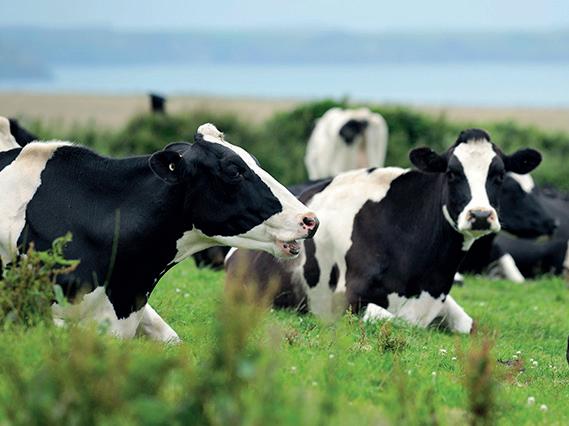
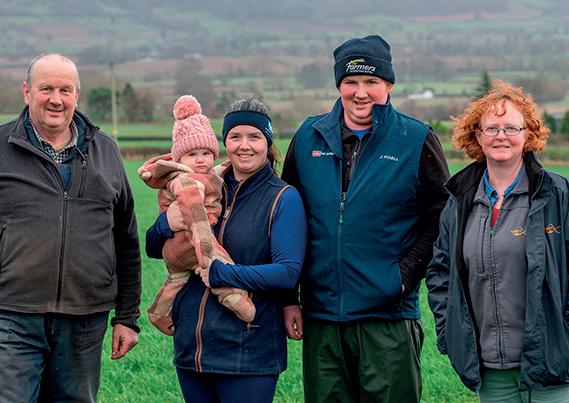

Fencovis® suspension for injection contains inactivated E. coli expressing F5 (K99) adhesin, strain O8:K35; inactivated bovine rotavirus, serotype G6P1, strain TM-91; inactivated bovine coronavirus, strain C-197. Fencovis® is indicated for active immunisation of pregnant heifers and cows in order to stimulate the development of antibodies against bovine rotavirus, bovine coronavirus and E. coli expressing F5 (K99) adhesin and to increase the level of passive immunity of calves against neonatal diarrhoea caused by bovine rotavirus, bovine coronavirus and E. coli expressing F5 (K99) adhesin. Fencovis® has been shown to prevent neonatal diarrhoea caused
Ingelheim Animal Health UK Ltd, RG12 8YS, UK. UK Tel:01344 746957 IE Tel: 01 291 3985. Email: vetenquiries@boehringer-ingelheim.com. Fencovis® is a registered trademark of Boehringer Ingelheim Vetmedica GmbH, used under licence. ©2023 Boehringer Ingelheim Animal Health UK Ltd. All rights reserved. Date of preparation: Nov 2023. BOV-0115-2023. Use Medicines Responsibly. ADVANCING PROTECTION AGAINST CALF SCOUR To find out more scan the QR code or find us at calfmatters.co.uk and calfmatters.ie Fencovis Farmer Advert F– B eef calf 216x152 2023.qxp_Layout 1 15/11/2023 13:29 Page 1 Pages 44-62 Pages 34-36 SUSTAINABILITY ANIMAL HEALTH Farm focuses on future generations Important considerations for the grazing season Pages 64-67 MACHINERY MILK PRICES Pages 68-70 Clocking more than 12,000 hours on a JCB TM320S TIP OF THE MONTH: Keeping lameness under control at grazing – p50 Pages 38-39 April 2024 Volume 71 Issue 4 Business Efficiency Making the most of breeding and tech
All your farming needs under one roof.
To find out how we can protect what matters most to you, search ‘NFU Mutual Farming’ or contact your local agency.

Farm insurance
Covering small farms, large farms and everything in between.
Provided by NFU Mutual Agents, located in rural towns and villages throughout the UK.
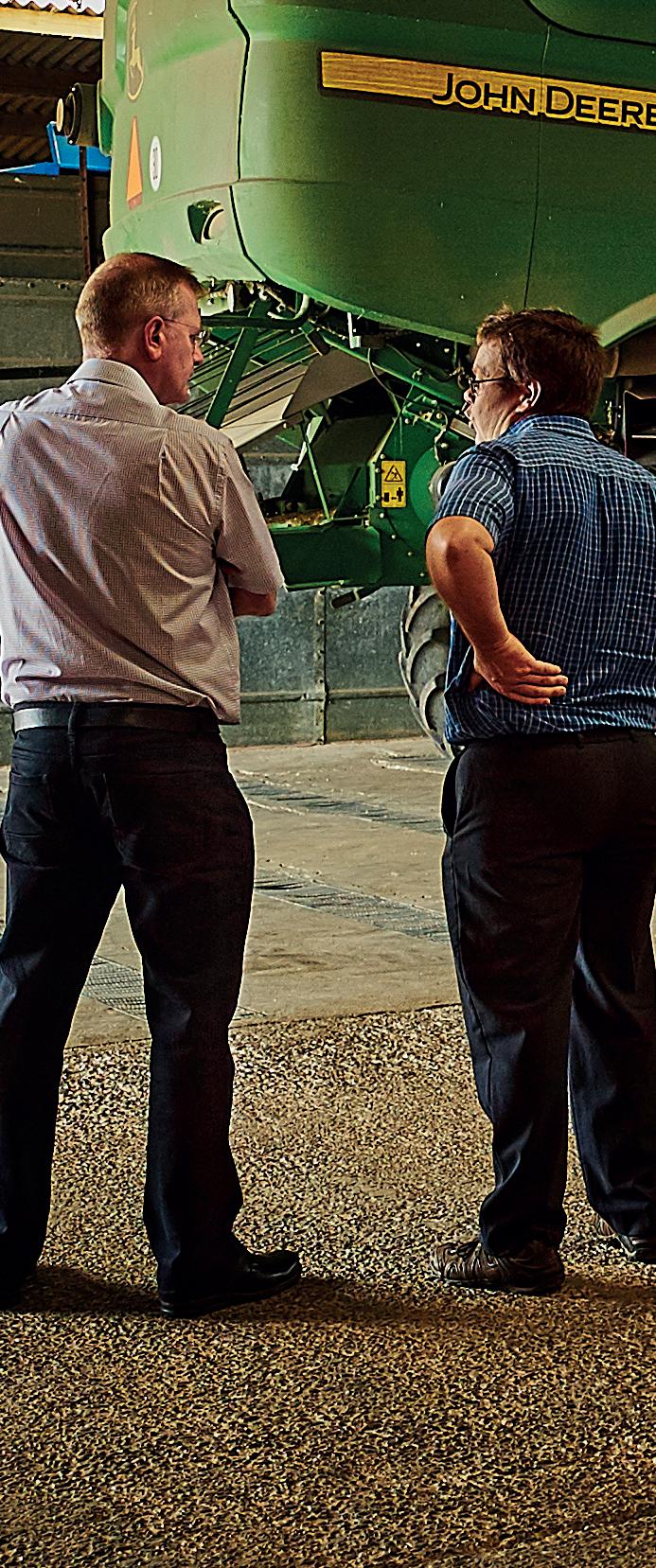
Risk Management Services
Expert advice to identify the health and safety dangers facing your farm and provide personalised solutions for everyone’s safety.

Financial planning
From pensions to investments, life cover to business protection, we’ve been helping customers with their financial planning needs for 95 years.
Risk Management Services are provided by NFU Mutual Risk Management Services Limited. The National Farmers Union Mutual Insurance Society Limited (No.111982). Registered in England. Registered office: Tiddington Road, Stratfordupon-Avon, Warwickshire CV37 7BJ. A member of the Association of British Insurers. Risk Management Services are provided by NFU Mutual Risk Management Services Limited.

Contacts
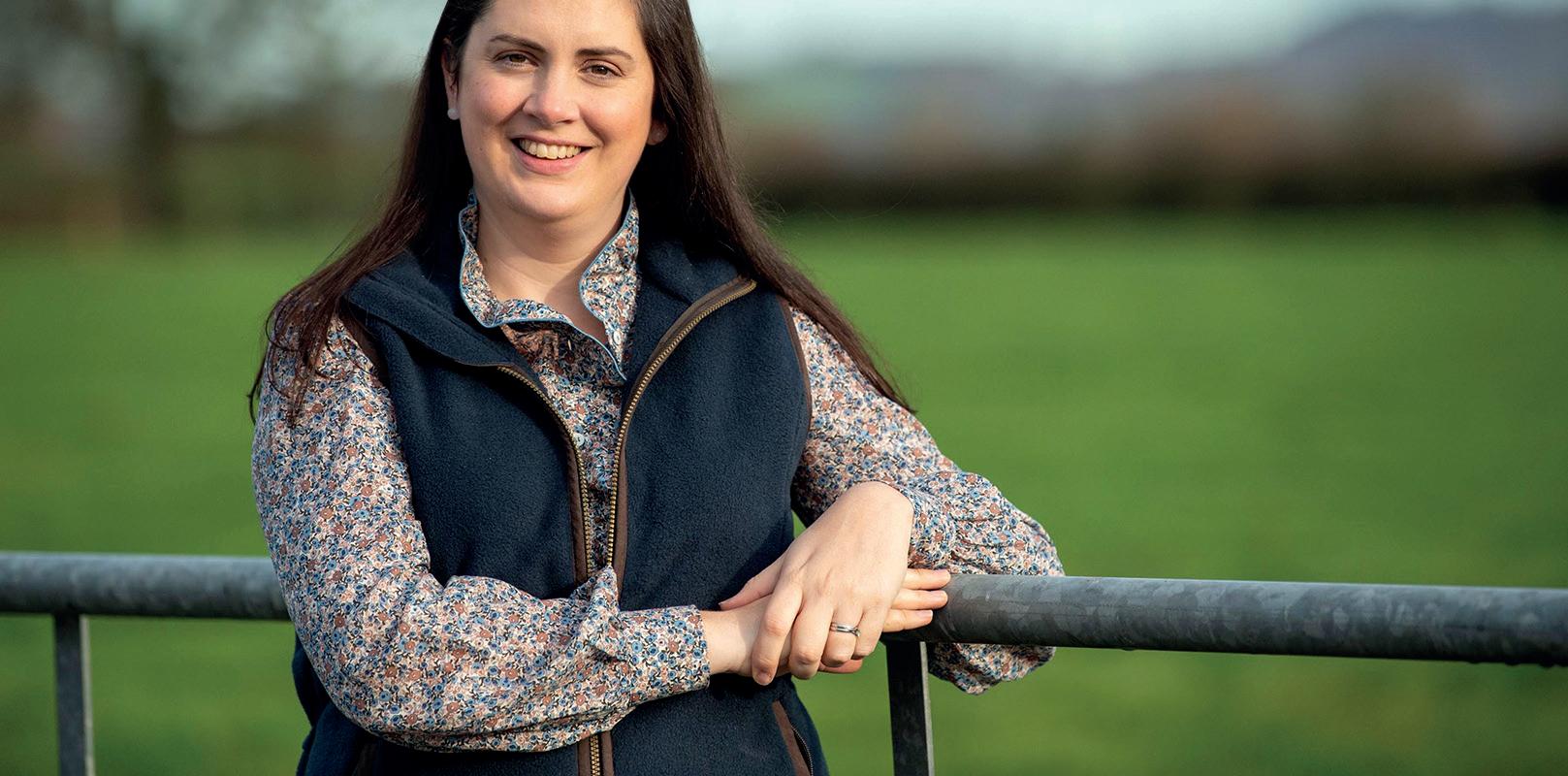
a word from the editor
This month’s Dairy Farmer should be looking ahead to the milder spring weather with a speci c focus on animal health around turnout.
However, at the time of writing, most farmers around the UK will no doubt be faced with waterlogged elds, meaning turnout for many is likely to be delayed and the winter routine continues.
Positive news

In more positive news, there have been a number of upwards milk price moves. Analysis of the gures show there have been 39 positive price moves from processors since January, which beats the 2017 total of 35 (for more on this see pages 68-69).
However, the impact of price rises across Europe is likely to result in increased milk volumes and, with the spring ush potentially

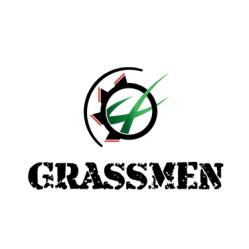

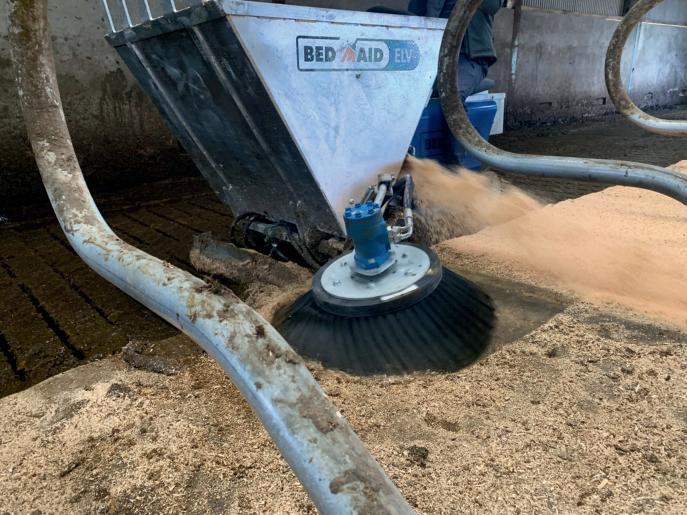
only weeks away, it is hard to predict whether or not prices are going to continue on an upward trajectory. Let’s hope so.
Strategy
e next phase of the bovine TB eradication strategy for England has been set out by Government, with the consultation on targeted culling with increased use of badger vaccination closing on April 22.
Phil Latham points out in this month’s opinion piece (p14) that the latest peer-reviewed evidence shows a reduction in the rates of bTB breakdowns in ca le in areas where badger culling has taken place.
It is absolutely vital that Government continues with an evidence-led approach and allows the industry to use all the tools we have access to, to continue to drive down levels of this devastating disease.
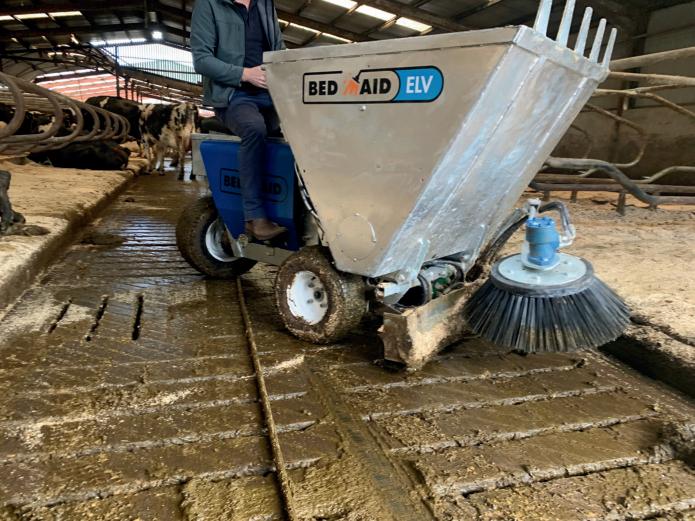

3
NOW AVAILABLE FOR ON FARM DEMO Call Wilson Agri on 028 7086 8430 to book your demo now! As seen on Save time & bedding - bed 250 cubicles in less than 20mins Minimal noise, pollution and running costs Low maintenance - no filters Fully hot-dip galvanised - ensures no damage to the hopper when collecting bedding Easy loading - loading is simplified to the pull of a lever Fast energy efficient charging - standard 13amp socket Petrol & diesel options also available FULLY ELECTRIC Dairy Farmer, Unit 4, Fulwood Business Park, Caxton Road, Preston, Lancashire PR2 9NZ Origination by Farmers Guardian, Unit 4, Fulwood Business Park, Caxton Road, Preston, Lancashire PR2 9NZ. Printed by Precision Colour Printing, Halesfield 1, Stirchley, Telford TF7 4QQ. No responsibility can be accepted by Dairy Farmer for the opinions expressed by contributors. Editor Katie Jones 07786 856 439 katie.jones@agriconnect.com Content Editor/Designer Mike Begley 01772 799 405 mike.begley@agriconnect.com Picture Editor Marcello Garbagnoli 01772 799 445 marcello.garbagnoli@agriconnect.com Sales Director Stephanie Ryder 07917 271 987 stephanie.ryder@agriconnect.com Account Manager Mark Jackson 01322 449 624, mark.jackson@agriconnect.com Classified Advertisements 01772 799 400 fgclassified@agriconnect.com Advertising Production Justine Sumner 01772 799 437 Fax: 01772 796 747 justine.sumner@agriconnect.com Circulation and subscriptions 0330 333 0056 help@subscribe.farmers-guardian.com Subscription rates: UK £65 a year Europe: £85 World: £95 ISSN 1475-6994 © Farmers Guardian 2024 All rights reserved. No part of this publication may be reproduced or transmitted in any form or by any means, electronic or mechanical including photocopying, recording, or any information storage or retrieval system without the express prior written consent of the publisher. The contents of Dairy Farmer are subject to reproduction in information storage and retrieval systems.
APRIL 2024
What’s inside?
Badger cull in targeted NEWS
Badger culling will continue in targeted areas in England where there is high levels of infection in cattle, and evidence suggests badgers are ‘part of the problem’ in the spread of disease to these herds.
That was the message from the Government, as part of its new proposals in delivering the next phase of its bovine TB eradication strategy.
The plans will be subjected to a five-week consultation and would look to retain badger culling as an option in targeted parts only of the high-risk area and edge areas, including much of southwest and central England.
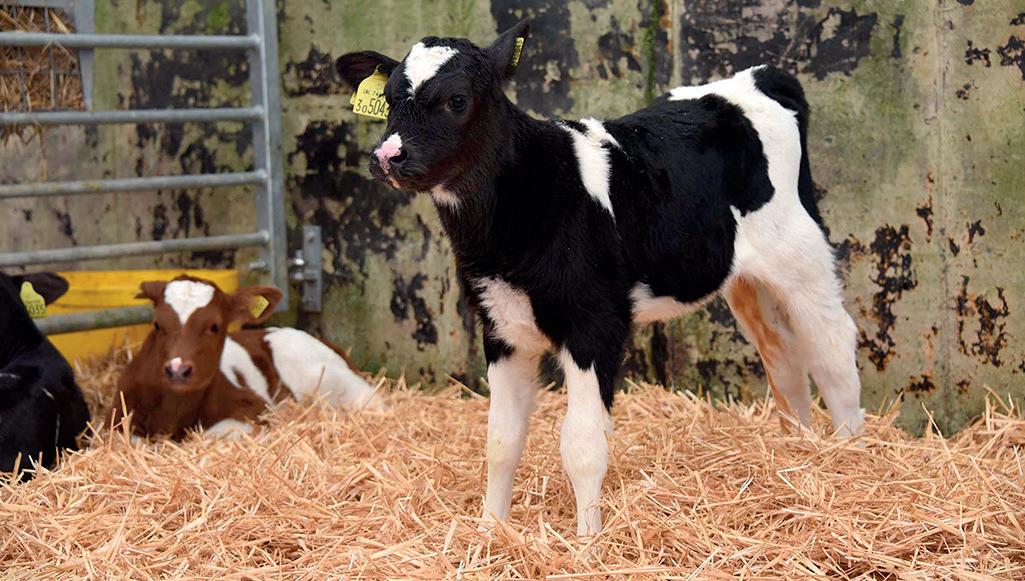
22-24 Breeding
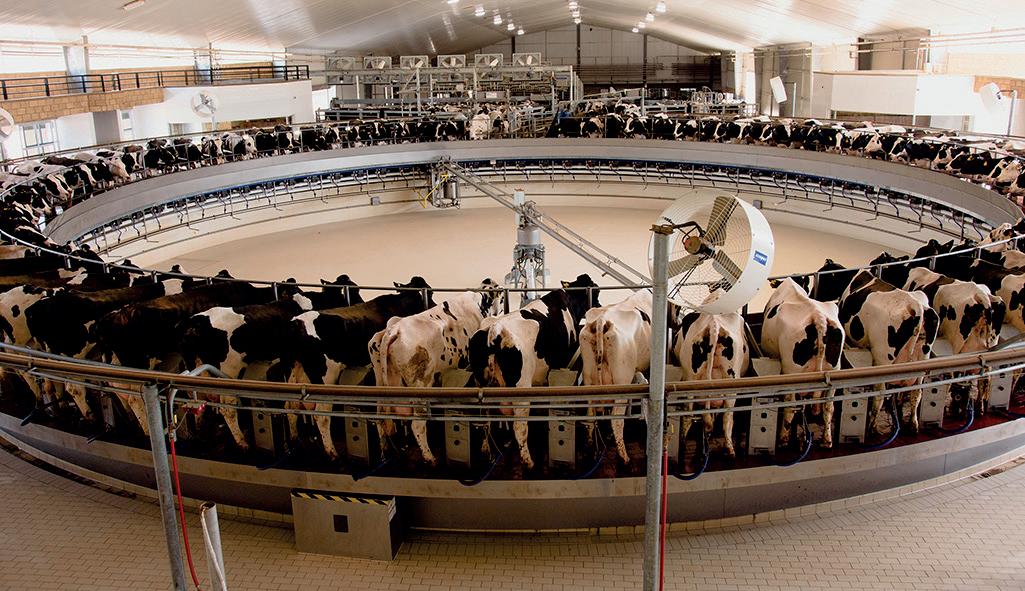
20-21 World Dairying
Badger culling would continue in these targeted areas until the disease situation has been deemed to have improved, following an annual review by the UK’s Chief Veterinary Officer.
At this point, badger vaccin-
We are pleased that this consultation will consider how local partnerships in targeted badger control areas ... are best deployed TOM BRADSHAW
ation would be used to ensure the results achieved through culling are maintained, setting out a clear exit strategy to nonlethal control preventing the return of disease in these areas.
Consultation closes on NI compensation
JUlster Farmers’ Union (UFU) president David Brown has warned that cuts to bovine TB compensation would ‘alienate farmers’ and stressed the need to ‘break the cycle’ of infection and reinfection to ensure ‘healthy livestock and healthy wildlife’.
The UFU has criticised the intent of the Department for Agriculture, Environment and Rural Affairs (Daera) consultation on the proposal to reduce the compensation rate for cattle removed under the bTB programme.
The consultation has now closed, but looked at whether the amount of compensation payable should be reduced on
a phased basis, with a reduction to 90% of the bovine animal’s market value in the first year of implementation, with a further reduction to 75% of the animal’s market value a year later.
Mr Brown said: “To devalue cattle’s worth after the animals have fallen victim to a disease which has become rampant in our region because of our department’s inability to deliver an effective eradication programme, is nothing short of barefaced robbery.”
He added that Daera had failed to deliver a wildlife intervention programme, which he said was an integral component in reducing bTB.
4
8 DAIRY TALK Updates from Ifan Roberts and Gemma Smale-Rowland 10 ON FARM Tech takes centre stage 14 DAIRY MATTERS With Phil Latham 16 VET’S VIEW Controlling Johne’s 18 YOUNGSTOCK Keeping calves with dams for longer 20 WORLD DAIRYING Cheap imports an threat to producers in Mexico 22 BREEDING Clear protocols key to good heifer rearing 28 NEW ZEALAND VET’S VIEW 30 CONFERENCE 34 SUSTAINABILITY 38 BUSINESS EFFICIENCY 42 GRASSLAND 44 ANIMAL HEALTH Important considerations for the grazing season 64 MACHINERY More than 12,000 hours on a JCB TM320S 68 MILK PRICES 72 MILK ANALYSIS Markets seeing a dip 74 NEW PRODUCTS Round-up of products and updates hitting the market 78 GOOD EVANS 80 BUSINESS CLINIC Change for dairy farms 82 RESEARCH APRIL 2024 VOLUME 71 ISSUE 4
APRIL 2024
ing will continue areas in England
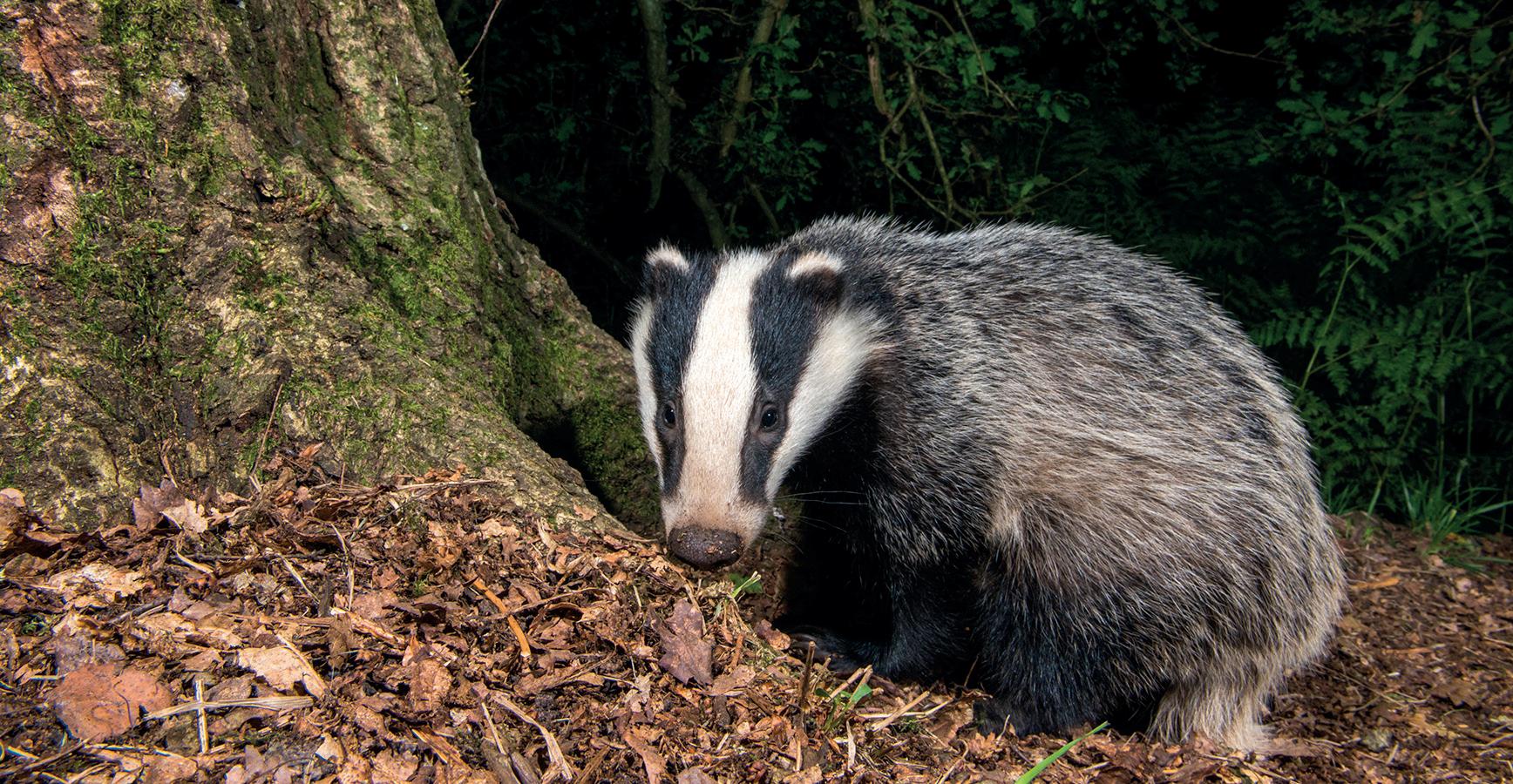
Gold Cup open day
JAfter being crowned the winner of this year’s National Milk Records and Royal Association of British Dairy Farmers’ Gold Cup, Bisterne Farms will host the open day at their farm on May 22, 2024.
In a break from tradition, this year’s winners will be showcasing how their low-input, grass-based, cross-bred herd took the win, highlighting how their focus and performance resulted in them being victorious.
Experts who have contributed to the success will speak at the event.
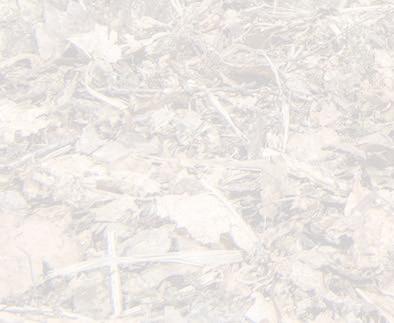
The current Government strategy to control bovine TB gives farmers access to ‘multiple measures’ to tackle the disease, including badger culling.
e latest peer-reviewed evidence from the rst 52 areas where badger culling was conducted shows a reduction in rates of bTB breakdowns in ca le down on average by 56% a er four years of culling.
e Government said it was commi ed to continue to drive down disease levels across England using an evidence-led approach and ‘deploying all tools at our disposal’.
Environment Secretary Steve Barclay said: “Our strategy has led to a signi cant reduction in this
insidious disease, which we will continue to cull in areas where the evidence con rms it is required, as well as making use of vaccinations.”
Proposals
UK Chief Veterinary O cer
Christine Middlemiss said: “ e proposals set out will ensure this downward trend continues, and all culling decisions taken under the new targeted approach will continue to be led by the very best scienti c and epidemiological evidence.”
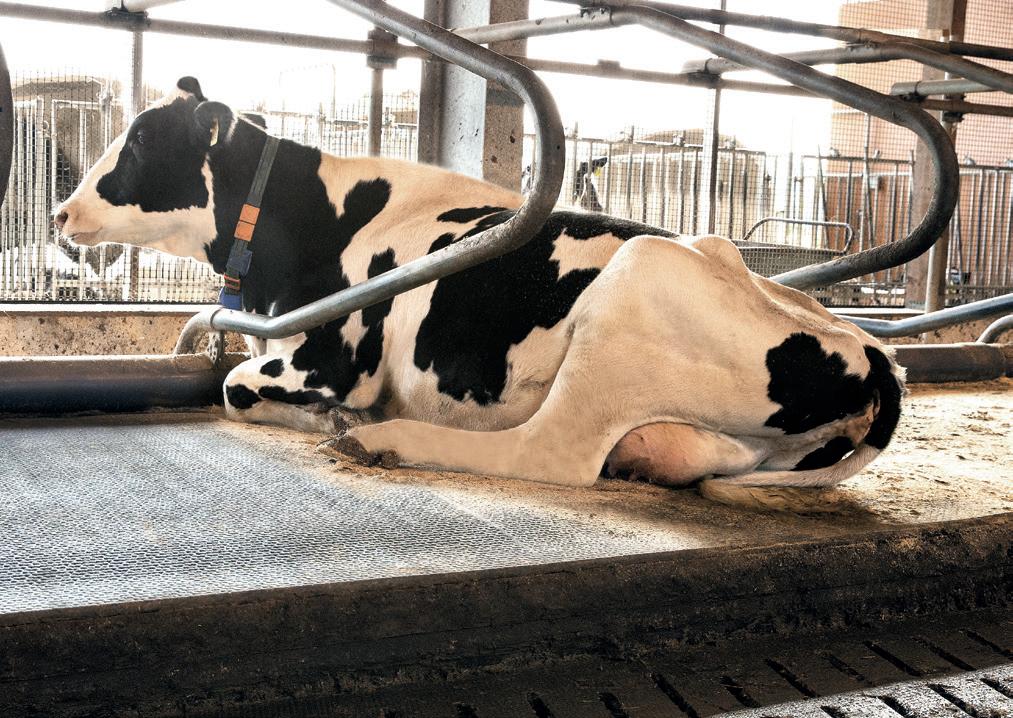
NFU president Tom Bradshaw said the current Government strategy to control and eradicate bTB, which gives farmers access to ‘multiple measures’ to tackle the disease, including badger culling, had been ‘hugely successful’.
He said: “We are pleased that this consultation will consider how local partnerships in targeted badger control areas, which will see a combination of culling, badger vaccination and on-farm biosecurity, are best deployed.”
rThe event is free to attend, but pre-registration is essential and can be done at rabdf. co.uk/gold-cup-open-day
More calves in Q4
JIn the fourth quarter of 2023, calf registrations to dairy dams in GB totalled 359,000 head. This is an increase of 3,800 head (1.1%) compared to the same period of the previous year.
Looking at the full year data for 2023, registrations were flat compared to 2022 at 1.51 million head.
BCMS data also showed stability in the GB milking herd, with a slight increase in the number of younger cows driving down the average age of a dairy cow.






MADE IN GERMANY
cull
NEWS 5
APRIL 2024
Challenging but more productive farming outlook
Falling prices, historically high input costs and changing support were putting pressure on profits, according to farm business consultants Andersons.
Defra’s UK Total Income From Farming figures were at £8 billion in 2022, although could be revised downwards, said Michael Haverty, partner at the Andersons Centre.
At the first of Andersons’ spring seminars in London, Mr Haverty said: “Input costs remain at high levels and output prices have declined in the key cereal and milk sectors.
“We expect 2023 total income to be below £5bn, which would be the smallest total since 2016.
“Total income in 2024 might edge back above £5bn.”
Incomes
Average cereal and milk income per farm was set to be half what it was last year, according to Andersons; down from £150,000 to £75,000 for English cereal farms and below £100,000 for dairy
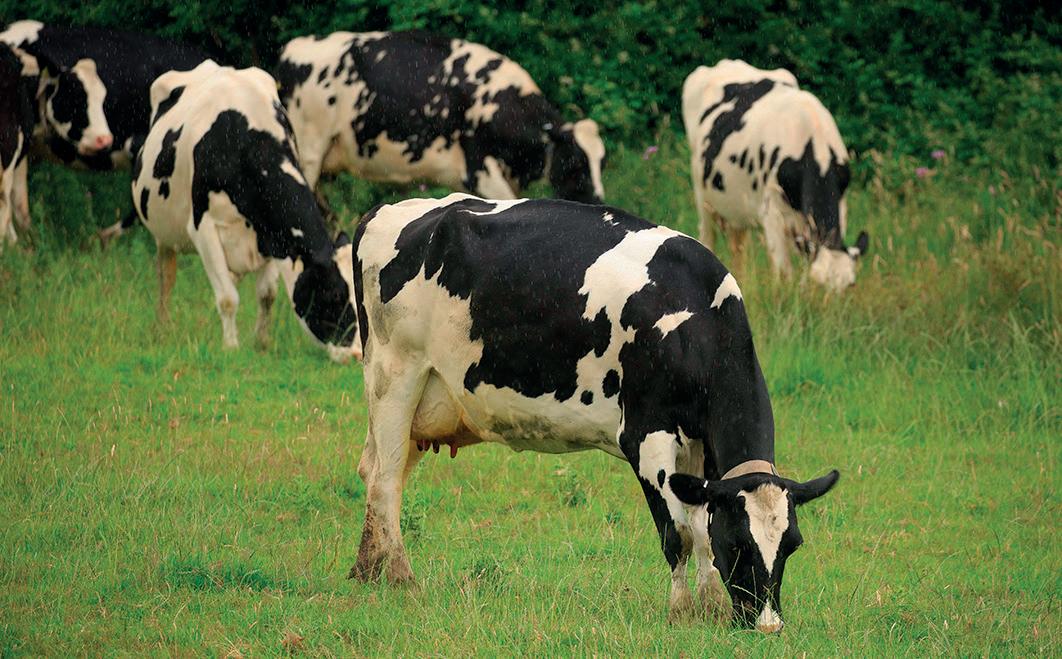
operations, when it was at almost £230,000 in 2022/23.
It was a similar picture in Wales and Scotland. Higher beef and lamb prices might support those sectors, while pig and poultry incomes were also expected to be a little higher.
Mr Haverty said: “The high level of inflation has the effect of reducing profits too and is also eroding the real-term value of support.”
Direct support continued to fall, but this was outweighed a little
by increased Sustainable Farming Incentive (SFI) payments. The pressure on income was expected to continue into 2024.
After two very profitable years, support payments would be the difference between profit and loss on Andersons’ English Friesian Farm model of 200-plus cows and followers.
Increased milk prices, lower costs and greater income from SFI payments should increase the busi-
ness surplus to 4.4ppl. The picture was similar in Scotland, although a lower margin from production than England, at -0.4ppl, was expected in 2023, and a higher margin from production in 2024 at 2.4ppl.
There was evidence that British farmers had responded to the changes and challenges they had faced over the last few years by becoming more productive.
Defra figures showed that between 2022 and 2022, UK farming became 8% more productive; the fastest change in the 22 years of the survey, outstripping improvements in food manufacturing, food retailing and the wider economy.
Poor year
Mr Haverty said: “We expect 2024 to be a poor year for arable businesses, moderate for efficient dairy farms and reasonable for other livestock units. For some, the challenges of the next decade might be too great to accommodate, but for others, the opportunities will be great and substantial.”
Red Tractor told GFC should be ‘discontinued’
JRed Tractor should drop its controversial Greener Farms Commitment (GFC) module and instead adopt a more transparent approach which works better for farmers, according to UK farming unions and levy body AHDB.
Issuing a joint response following the findings of the independent review into governance at Red Tractor by Campbell Tickell, the organisations – which make up a section of Red Tractor’s ownership body – said they ‘strongly recommended’ that the GFC development was ‘discontinued’.
The statement continued: “It is for the Assured Farm Standards
Board to consider and agree in what form, and when, it should commission work on sustainability standards.
Constituencies
“We recommend that any development must evidently and transparently work with all constituencies across the food and farming supply chain, learning from the distinctions across UK agriculture and horticulture, and particularly sectors with clear demand.”
The groups said the assurance body should retain its position as a ‘principal standard of choice’ for producers and retailers in the
UK. The parties made it clear Red Tractor’s board and leadership team should ‘move swiftly to implement’ the governance recommendations contained in the Campbell Tickell’s report to ensure it could begin to ‘rebuild trust with its farming constituency’.
Open debate
Chair of AHDB Nicholas Saphir said now was the time for everyone involved with Red Tractor and other assurance bodies to ‘hold an open debate and to take a breath’, while the greater role of assurance bodies was re-evaluated.
In response, a spokesperson for
Red Tractor said the board was considering every aspect of the report and that the GFC remained on hold.
“This process is clearly a priority and will be completed properly before any decisions are taken on next steps.
“The Governance Review is an essential opportunity for us to reflect and refresh the way Red Tractor delivers its role for all stakeholders.
“Balancing differing views across the supply chain is difficult at any time, but we hear loud and clear the level of frustration farmers feel in the current operating environment, and we will listen carefully and take these views into account.”
NEWS 6
APRIL 2024
Average income per dairy farm, according to Andersons, was down to below £100,000 for dairy operations, when it was at almost £230,000 in 2022/23.

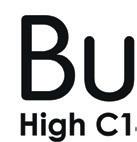
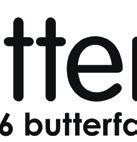


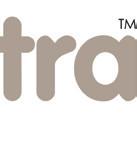







A rich source of C16 fatty acids, Butterfat Extra provides the building blocks for milk fat synthesis, increasing value per litre and milk yield. Order















local
our feed experts on 07713 313605 tridentfeeds.co.uk Tried & trusted by farmers Boost milk fat content More milk –creamier milk Rumen protected highly digestible energy C16 Rich source of fatty acids
Build value with Butterfat
from your
merchant today or call
Ifan Roberts
DAIRYTalk
Ifan Roberts is herd manager at Houghton Lodge, Leicestershire, which is one of the farms managed by Evolution Farming. This farm runs more than 1,000 cows on a spring-calving system.
“ We were only able to snatch a couple of hours of grazing during the day using the ‘on-off’ grazing method
After a steady start to calving at Houghton Lodge in early February we were fully back on track by the beginning of March and had delivered more than 630 calvings in four weeks. This equates to 59% of the expected 1,070 calvings due by the beginning of May.
However, we were slightly behind our target grazed area by this time at 20% of the platform. This was due to the extremely wet conditions meaning we were only able to snatch a couple of hours of grazing during the day using the ‘on-off’ grazing method.
This means turning the cows out to pasture for only around 170 minutes on the wettest days and the cows utilising 80% of their usual allocated dry matter.
However, it did give our machine drivers on the yard some much needed breathing space to get the loose housing in order and to feed out the 30% of the cows’ ration being fed in conserved feed.
Looking ahead, hopefully we should see conditions improve and cows will go out fully to catch up on our spring rotation.
At the time of writing, the milking herd is averaging 19.5 litres/head, but we aim to be at just shy of 22 litres by the middle of March and on to a peak yield of 24.5 litres by the first week in May.
Although we as a team are facing very similar challenges this spring to last year, including tight silage stocks, challenging weather and a labour-intensive winter routine, the huge difference which is making calving a lot smoother so far this year is having a young, but full, team of extremely dedicated and enthusiastic staff.
Yard work
This team has been bolstered with help from our Harper Adams students who are leading our yard work, a Nottingham University student leading our calf rearing team and extra senior staff from elsewhere in Evolution coming in and filling my place as I fulfil my duties with my Nuffield scholarship.
Coupled with this is an investment by the company of about £50,000 in our calf rearing facility, which has reduced our feeding times by half.
Although the sum invested may sound like a lot, when divided out over the 750 calf spaces created in an old redundant dairy farm on the estate, it comes in
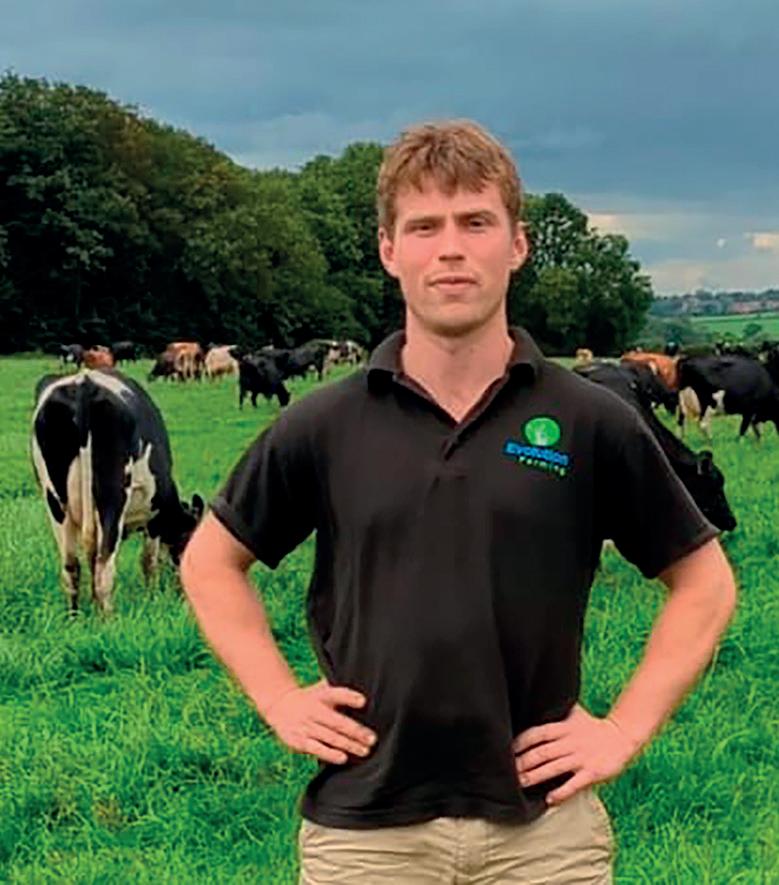
at £67 per calf space. This, I believe, is a miniscule price to pay when not only factoring in the improvement to the health and welfare of our calves, but also the impact this improvement has on the personnel doing the work.
In this project, we have replaced what used to be a very labour-intensive and wasteful process of building pens with straw bales, feeding milk, water, pellets, mixing milk replacer and bedding by hand, which was very hard to do in a timely manner and to a high standard.
Now we have grouped all of our calves into pens of 20 with swinging gates which allow for calves to be locked on to a feeding area at feeding times in order for bedding to be cleaned out and renewed mechanically. There is also piped water, a pump trailer and milk replacer mixing station, which has led to a 50% reduction in feeding times, allowing our staff more time to focus on welfare.
We also now have weekly visits from our vets to analyse IgG blood results, conduct staff training and liaise with our staff about any problem troubleshooting.
All of this has boosted the team’s morale, as I have always believed that happy calves mean a happy farm at calving time.
And this has all been made possible by the tireless efforts of our directors raising the capital, and sometimes actually building the kit themselves in their spare time. Our dedicated construction team within the business put everything in place just in the nick of time.
8
APRIL 2024
Gemma Smale-Rowland
Fourth-generation farmer Gemma Smale-Rowland farms with her parents at North Petherwin, near Launceston, north Cornwall, where they milk 120 pedigree Holsteins under the Glebewin prefix. She established the Cornish Moo brand in 2018 and was one of the first farmers in the country to install an on-farm milk vending machine.
“ The winter routine is dragging now and I’m desperately waiting for some sun on my back
Let’s start with the record-breaking news, although I’m not sure that knowing February had the highest rainfall in 250 years is the sort of record we want to be hearing about.
As I travel around the country and speak to many farmers, everyone is now starting to struggle with the extreme volume of rain we have had, and even those usually ‘dry’ farms are now taking a hit.
I was hoping that as we went into March we would see a vast improvement and we would finally be seeing some signs of spring.
However, as I write this, it has just been announced that we have now had the wettest year across England since records began in 1871.
The question we must all ask ourselves is how can we better prepare ourselves for these conditions and the likelihood that this is now the norm?
Do we look to invest in more infrastructure for field access?
Or do we prepare to be able to house cattle all year round in the future and cut more silage? These are questions we will all be thinking about I’m sure.
Last year I stood to be on the AHDB dairy sector council, as I was always one of those people who felt you get bang for your buck.
Since I have been involved, I have had my eyes well and truly opened and it has blown my mind how much work AHDB does, which it doesn’t get any credit for, or as a levy payer we don’t always appreciate.
Exports
One thing I wanted to touch on was the work being done on exports. I don’t think we all appreciate the value the work Lucy Randolph [AHDB senior exports manager for dairy] does for our sector.
In light of us, as a board, wanting to understand what the AHDB staff do, my fellow board member Mike King undertook a trip
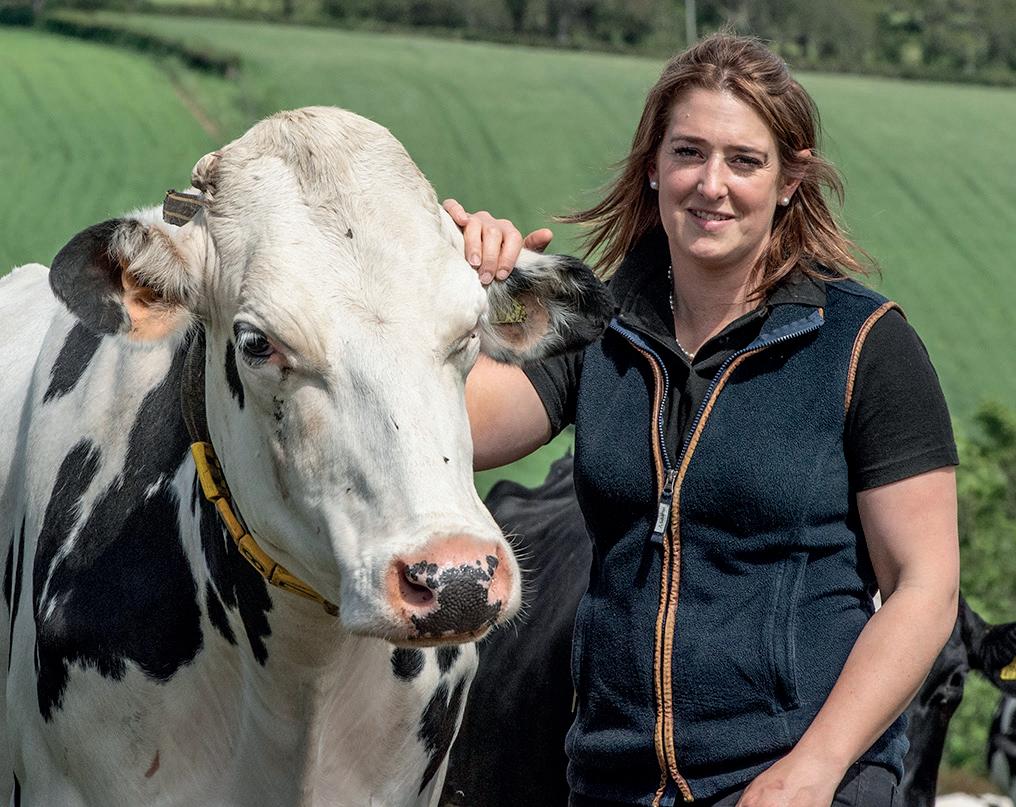
with Lucy to Dubai and was able to provide feedback to us on it.
He was able to comment on the impressive and valuable work AHDB does for exports and the key points he highlighted focused on how well-respected UK products are around the world, the value of the Union flag, and in particular the value this has in terms of food safety.
Routine
The winter routine is dragging now and I’m desperately waiting for some sun on my back, as I expect most of you are too. This is not only from a work or farming point of view, but also from my point of view as a mum, who like some of you will spend weekends supporting your children at various sporting events.
We are spending two weekends a month at the National Clay Shooting Centre in Bisley for my son Matthew’s Olympic pathway training.
I know many of you send me messages about his shooting progress, so fingers crossed by the next time I write I will be able to share with you whether or not he has made the junior GB team.
I would like to wish you all a lovely Easter with your friends and family.
9 DAIRY TALK
APRIL 2024
The use of technology is helping the Williams family minimise labour input and maintain performance on their dairy unit in the South West. Wendy Shor t reports.
Technology takes centre stage for family-run business
Robotic milking, automated slurry scraping, robotic feed pushing and weather-controlled cubicle housing are among the systems used at Higher Hampton Farm, near Axminster,

Devon. e 260-cow unit is managed by brothers Martin and Jon Williams, along with Jon’s son, Ben, plus help from two part-time sta . e catalyst for the introduction of new technology was the build-

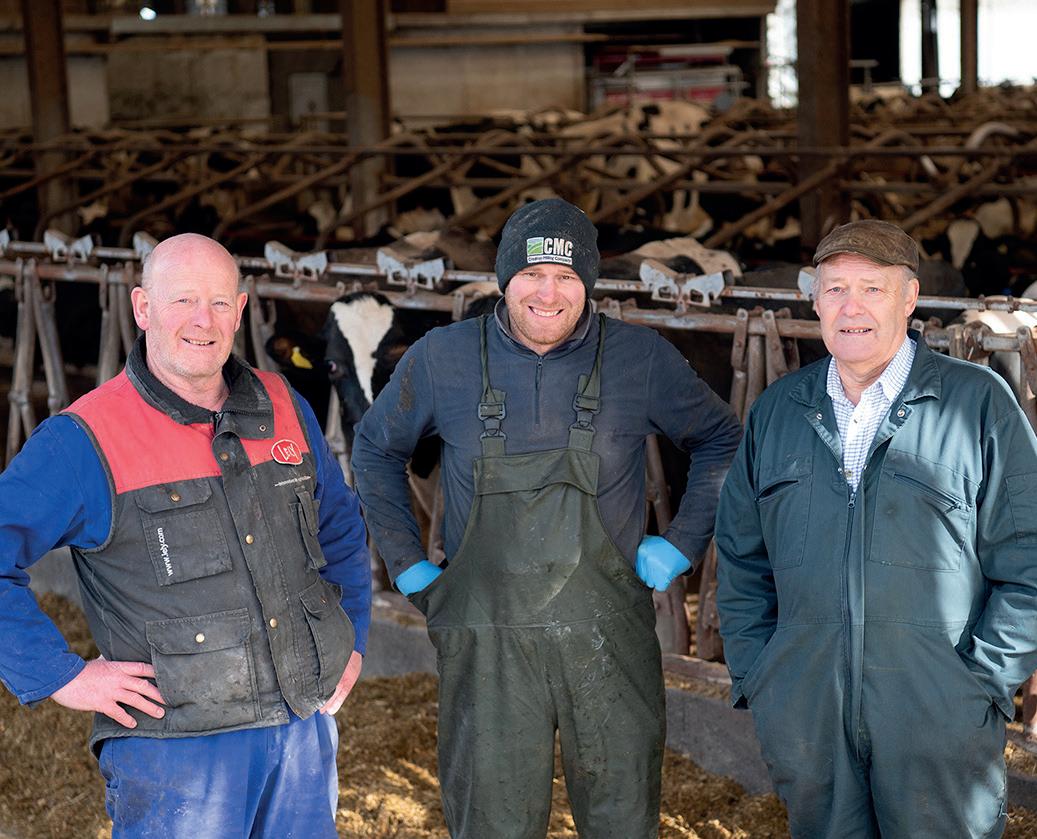

ing of a new unit on a green eld site in 2013, says Martin.
“Planning permission went ahead unopposed and the new unit gave us an opportunity to start afresh.
“We had been milking twice daily in an out-of-date tandem parlour, but as we aimed for higher yields it was not ideal, and a move to three-times-a-day milking would have put a strain on our family life.
“ erefore, we decided that four robotic milking machines would be a good t for the new site and we were rewarded by an almost
immediate 20% average yield increase.”
In hindsight, there is very li le that the family would change about the building design and features, he says.
It has a second storey o ce and observation platform, fully sla ed ooring and sawdust-bedded cubicles. e layout has four divisions, with one containing a separate heifer group to reduce bullying.
“A fellow dairy farmer kindly agreed that we could base our design on his proposed building plans, and he in turn bene ted by coming to view our site in oper-
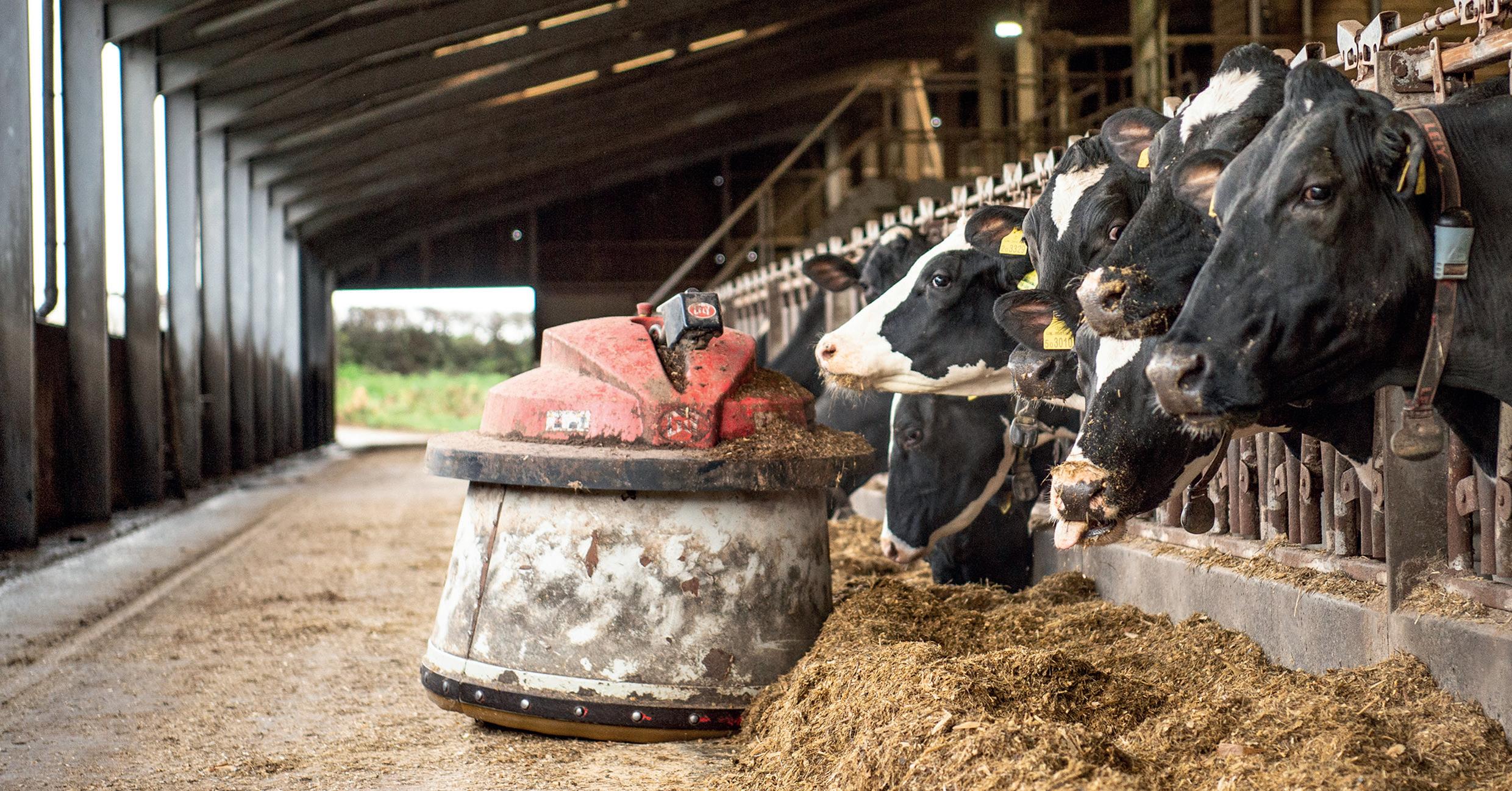




APRIL 2024 10 ON FARM
PICTURES
: Farlap Photography
Left to right: Jon, Ben and Martin Williams.
The two Lely Juno feed pushers are programmed for 16 movements every 24 hours.
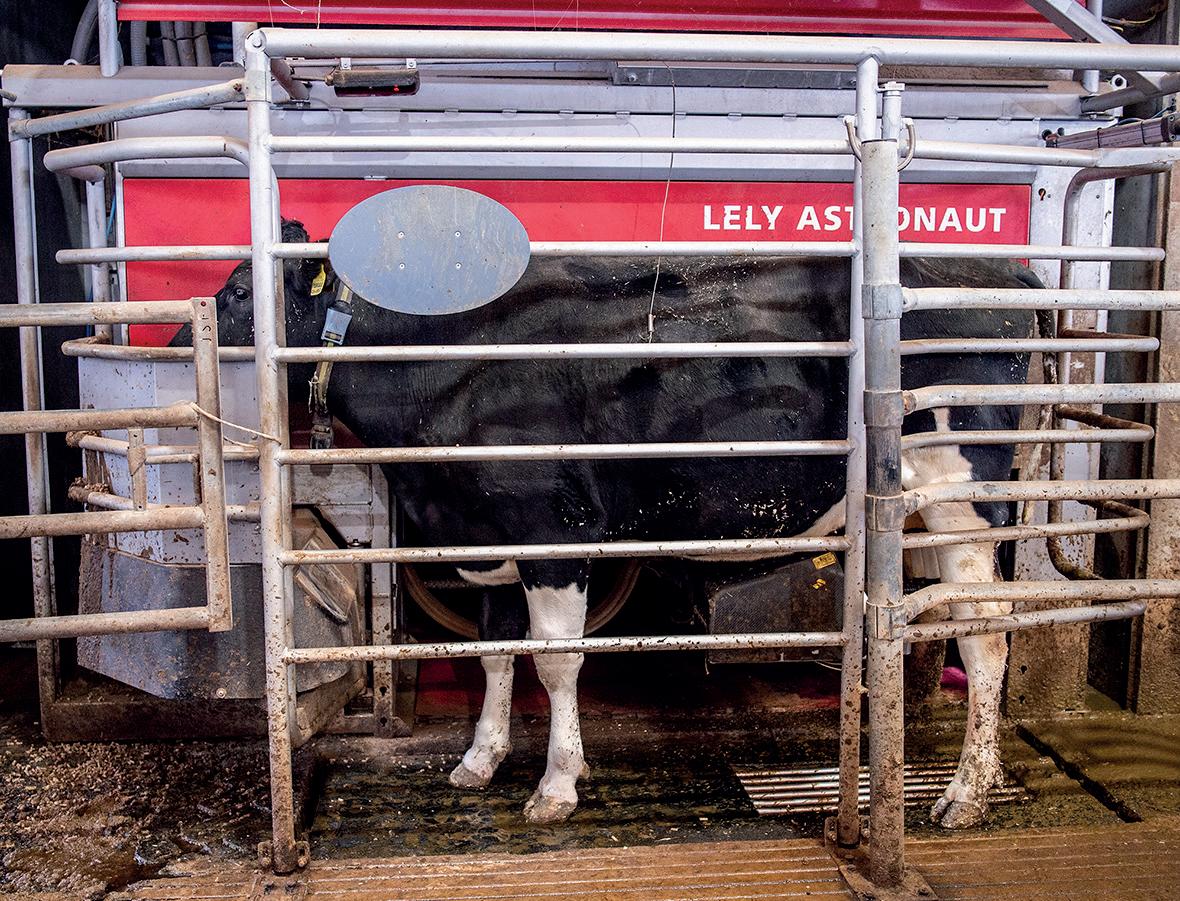
ation before his own construction went ahead.
“ e layout includes a straw-bedded pen, which is used for freshly calved animals and to hold heifers for training in the robots, which have an average 3.2 visits per cow per day. Only one heifer proved impossible to train to the system and she was removed from the herd.
Housing
“ e housing has a fully automated weather-controlled curtain, which works in conjunction with six large fans blowing air just above the cows’ backs.
“ e air ow pa ern discourages ies and has created a pleasant working environment for the team and for the cows.
“Alternate sheets in the roo ng
Farm facts
rThe farm is 146 hectares (360 acres)
rCalving is all year round
rThe fully housed commercial Holstein Friesians yield an average 12,600kg at 4.1% butterfat and 3.6% protein
rAn Aberdeen-Angus sweeper bull, plus Charollais semen, used on the lower end of the herd; calves are sold as stores

have been raised using a piece of timber, to allow the exit of stale air. e initial idea was to have an open ridge, and we were assured that the rising warm air would prevent rain from entering.
“ is advice has been proven incorrect, as an open vent was included in a limited area and the oor beneath it is always wet when it rains.”
e two Lely Juno slurry pushers move slurry through the passages six times daily, spraying water ahead to help with cleaning.
Meanwhile, the two Lely Juno feed pushers save many hours of labour input, says Mr Williams. e two machines work e ectively and are programmed for 16 movements every 24 hours.
Rumination tags have been
rThe soil is a fairly free-draining medium loam, and most of the land sits at about 106.7 metres (350 feet) above sea level, with some lower ground
rHigh forage yields are a priority due to the tight stocking rate; the current milk from forage figure is about 3,400kg
rMilk is sold to Muller for Sainsbury’s supermarket
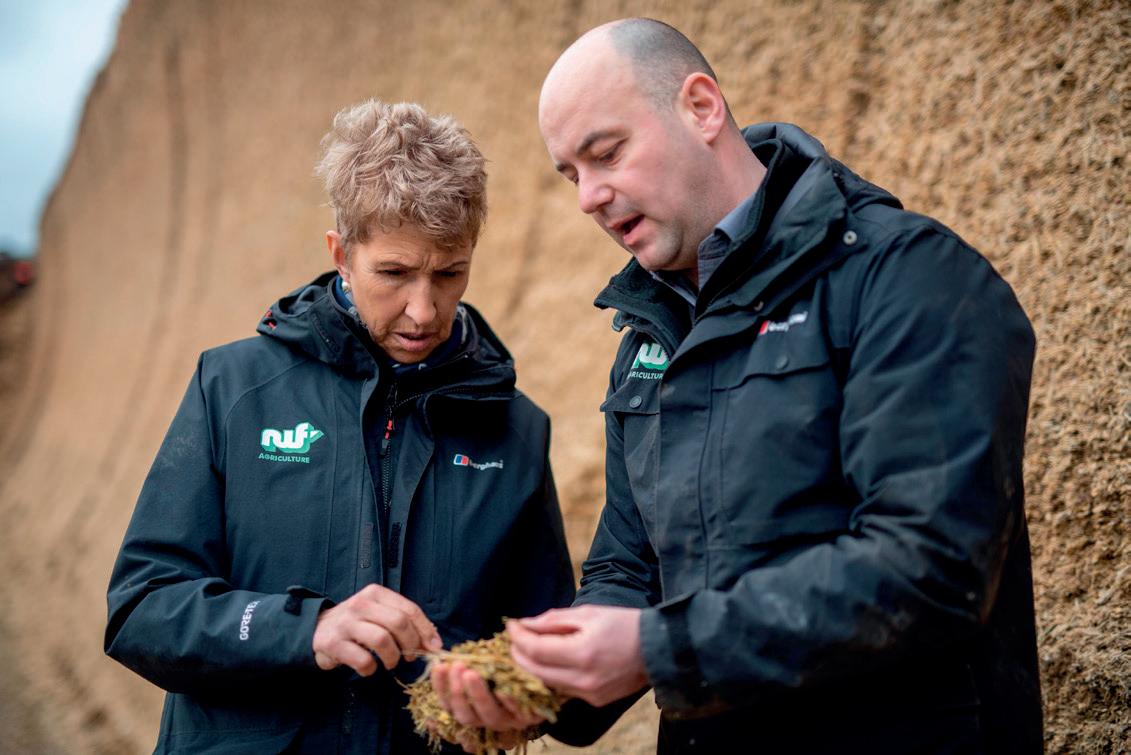
•
•
•
•

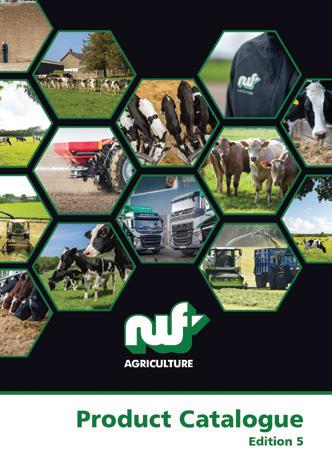
APRIL 2024 11 ON FARM
complete nutritional programme from NWF Agriculture for your dairy herd, helping you maximise returns for the future. Delivering Feed & Expertise Scan to view our comprehensive range of associated products For dairy feed and expertise 0800 756 2787 www.nwfagriculture.co.uk
A
Compounds, Blends & Straights
Protected Feeds and Fats Ultra Pro-R, Ultra Soy, Ultra Starch-W
Molasses, Moist Feeds & Supplements
Milk Replacers & Minerals
After fitting four new robotic milking machines, the farm saw a 20% average yield increase.
ON FARM
utilised for 15 years, with activity collars added four years ago.
“Our best fertility results are achieved when service is delayed for three or four hours a er an activity spike,” says Martin.
“ e average calving interval of 374 days is acceptable, because yield will be lost if fertility is pushed any further. e rumination activity report is a useful early indicator of any potential health issues, and we certainly would not like to go back to managing the herd without these technologies.”
Forage
e forage element of the total mixed ration comprises 50:50 grass and maize silage, an oilseed rape and soya blend plus minerals, with concentrates fed to yield in the robots.
Red clover has recently been added to the grass silage seed mix to boost protein content in the four cuts that are taken annually, while 47 hectares (115 acres) of maize contribute an average of 47 freshweight tonnes/ha (19t/acre). e crop is harvested in early October. e marked yield increase following the move to robotic milking gave rise to a lack of energy in the diet, he says.
It was remedied by adding a liquid glucose product, which is automatically sprayed at a preset rate onto the feed for
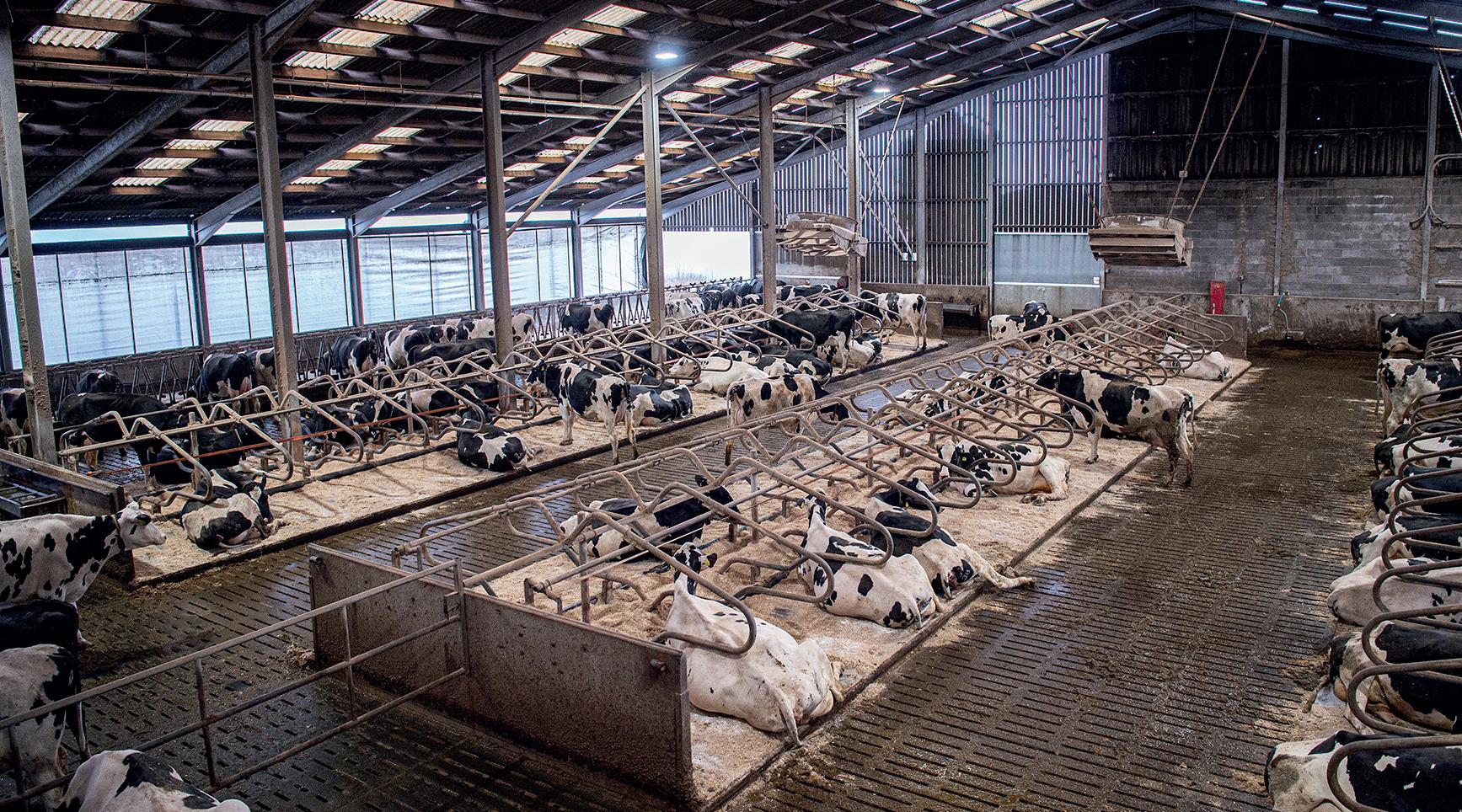
the rst 60 days of lactation. Cows achieve an average ve or six lactations, and it is felt that robotic milking has improved udder health in particular. e herd unfortunately su ered a bovine TB outbreak a couple of years ago, but its current clear status has allowed genetic progress to resume at its former pace.
Sexed semen from mostly Canadian genetics ensures the plentiful supply of replacement females, which calve at 24 months.
Slurry
While the farm falls outside the Nitrate Vulnerable Zones regulations, the two concrete lagoons and the open ca le feeding yard have been covered using partial grant aid from the Mid-Tier Countryside Stewardship Scheme. e unit also holds slurry in the under oor storage system in the cubicle house.



The airflow pattern discourages flies and has created a pleasant environment
MARTIN WILLIAMS
“ e slurry is treated with a biological additive to limit crusting and is spread from an umbilical system and tanker by trailing shoe,” says Martin.
“ is is a much more e cient method of distribution compared with the previous approach. We were using a splash plate, which led to greater ammonia volatilisation. An experiment to compare the two options showed that the grass was visibly greener due to
increased nitrogen availability, where the trailing shoe had been used for spreading.”
ere are no plans to expand the herd size, as Martin says an increase in cow numbers would put pressure on forage stocks and necessitate an extra robot, which would require an extension to the building.
However, the introduction of genomic testing is being considered and new forage crops are always under review.
Martin says: “Low summer rainfall can be a problem for forage yields, so more drought-tolerant species would give us an advantage; herbal leys and lucerne are being considered.
“Wholecrop cereals have been trialled and we have some in storage at present in response to drought predictions in 2023, but they cannot replace the nutritional bene ts of maize silage in our experience.”

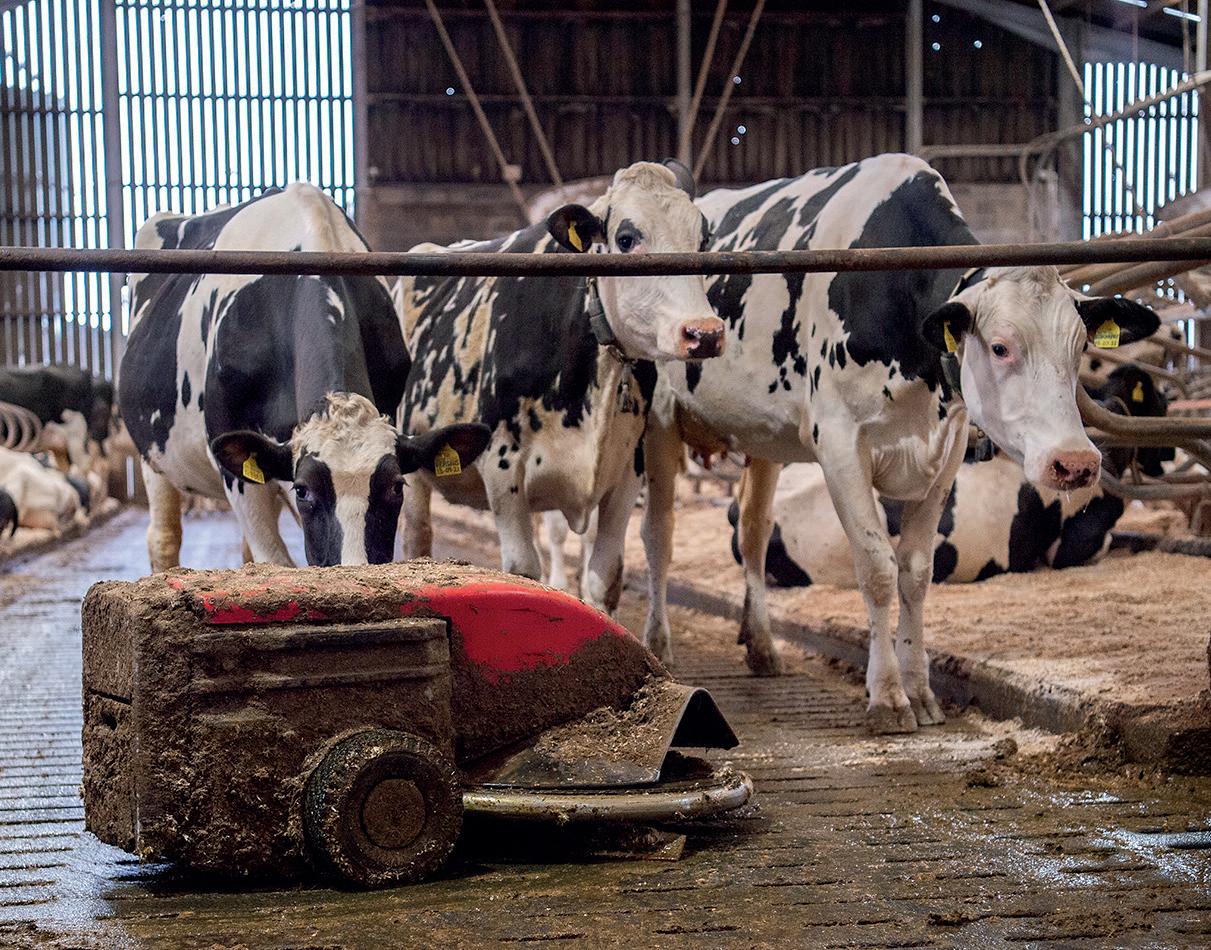
APRIL 2024 12
The cubicle shed has a fully automated weather-controlled curtain, which works in conjunction with six large fans.
Two Lely Juno slurry pushers move slurry through the passages six times daily.
Sexed semen from mostly Canadian genetics ensures the plentiful supply of replacement females.
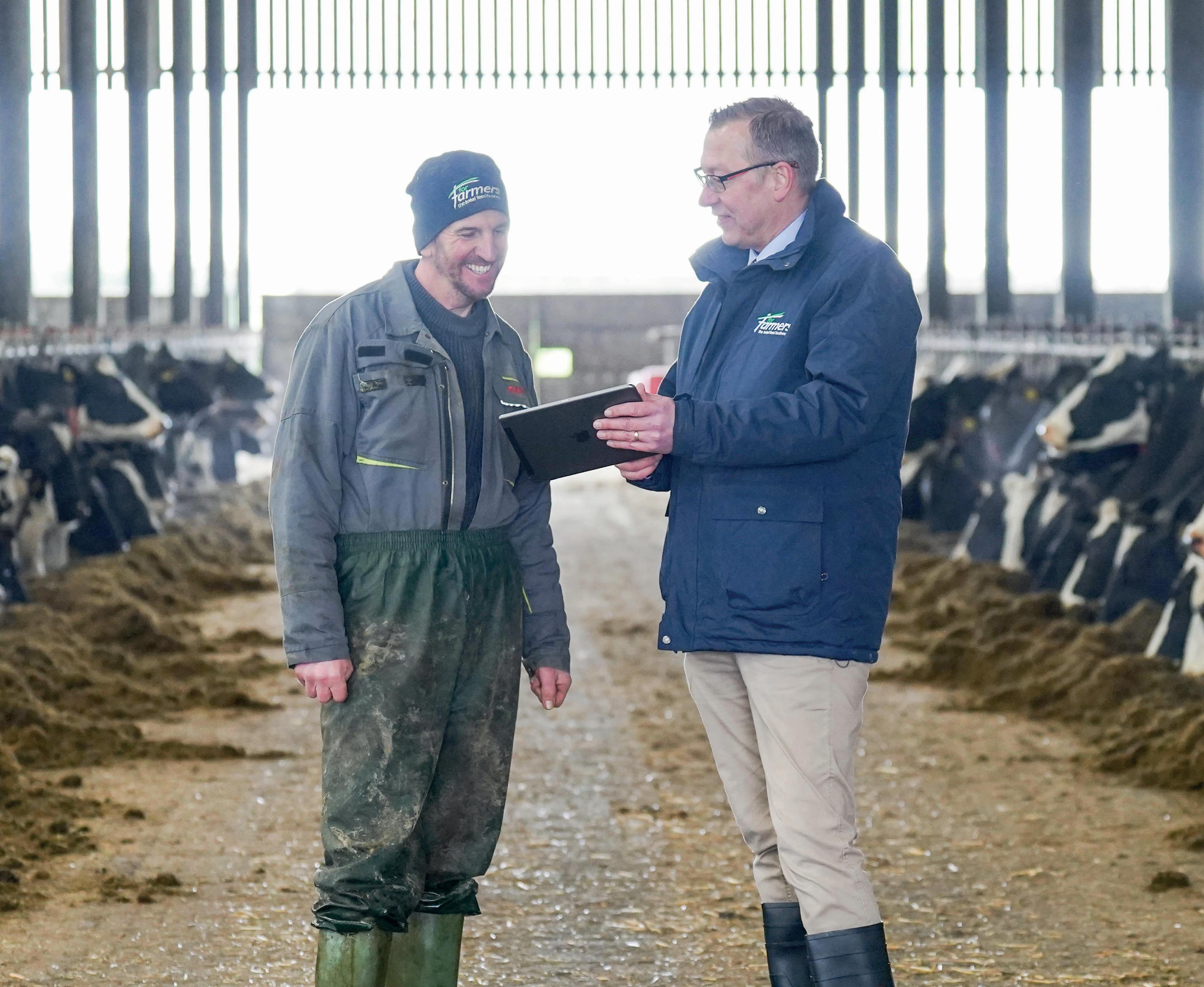
Always Robot Ready with ForFarmers
At ForFarmers we understand what needs to be undertaken in the transition from conventional milking systems to a robotic one. Not only does it involve a different milking method, but also an entirely new way of managing and feeding cows.
Our national team of Robotic Milking Specialists is here to help with feed planning, diet advice, costings and assistance so you can achieve the best results with the optimum settings.
ForFarmers is proud to offer total robot milking feed support.
For more information speak to your local ForFarmers Robotic Specialist or visit >

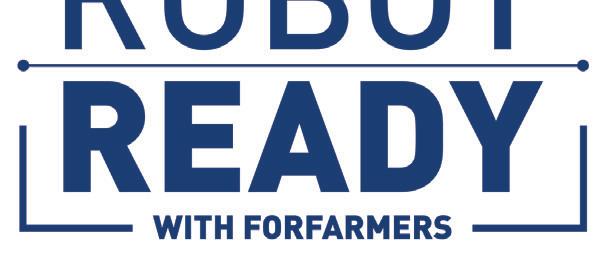
0330 678 0982
forfarmers.eu
info.uk@
ForFarmersUK
www.forfarmers.co.uk @
DAIRYMatters
‘I see no prospect for rolling
out badger vaccination across the endemic area’
Phil Latham is a Cheshire dairy farmer and former member of the Government’s Bovine TB Partnership.
My time on Defra’s Bovine TB Partnership has unexpectedly come to an end. My three-year term ended and was disappointingly, for me, not extended. I feel in good company, the only other person to have enjoyed the same early exit was Dick Sibley, a well-known and well-intentioned South West cattle vet.
Both of us were outspoken, largely because both of us wanted to make a difference. Both of us had strong views, very often with very different emphasis, but both of us challenged the Defra views at the meetings. I think they found it uncomfortable.
I’ve said it before and now I have the science to prove it with the latest peer reviewed science – culling badgers works.
TB in cattle has fallen on average by 56% where badgers have been culled. It is not rocket science; the cattle-only approach failed us spectacularly.
It’s a sad reality, regrettable but necessary, that we have no other good tool for reducing the TB
 Phil Latham
Phil Latham
threat posed by badgers. The reduction in badger population density reduces the sustainability of TB in the remaining population.
There is no need for eradication, but there is a need for supplementary culling to keep the population in check.
We have, in truth, probably not helped ourselves by growing maize, giving badgers an abundance of freely available starch just when they need it to carry them through winter. This abundant winter food source will have lifted the environment’s carrying capacity for badgers and will have reduced winter mortality. It is no wonder we have had to manage things to compensate.
Question of time
With the end of supplementary culling, it’s just a question of time before the unchecked population returns to former levels. This is exactly what was observed after culling stopped in the randomised badger culling trial (RBCT).
Interestingly, there has been no evidence of perturbation. At the outset we were warned by some that culling badgers would make TB worse in the surrounding areas because this was seen in the RBCT. There was no evidence of this in endemic area culls or in Cumbria around the TB hotspot which Defra tackled. And after years of culling, badgers are testing clear, which is great news.
For policy-makers, the question is ‘where to next?’ to bring TB down to a sufficiently low level that we can call ourselves officially TB-free by 2038. I see no prospect for rolling out badger vaccination across the endemic area. There are interested groups, but it cost £1 million to vaccinate just 1% of Wales. Given the Government’s finances, is it realistic to roll that out across the endemic area? I think not.
And there still is no evidence that vaccinating badgers in the UK reduces TB in cattle.
14 APRIL 2024
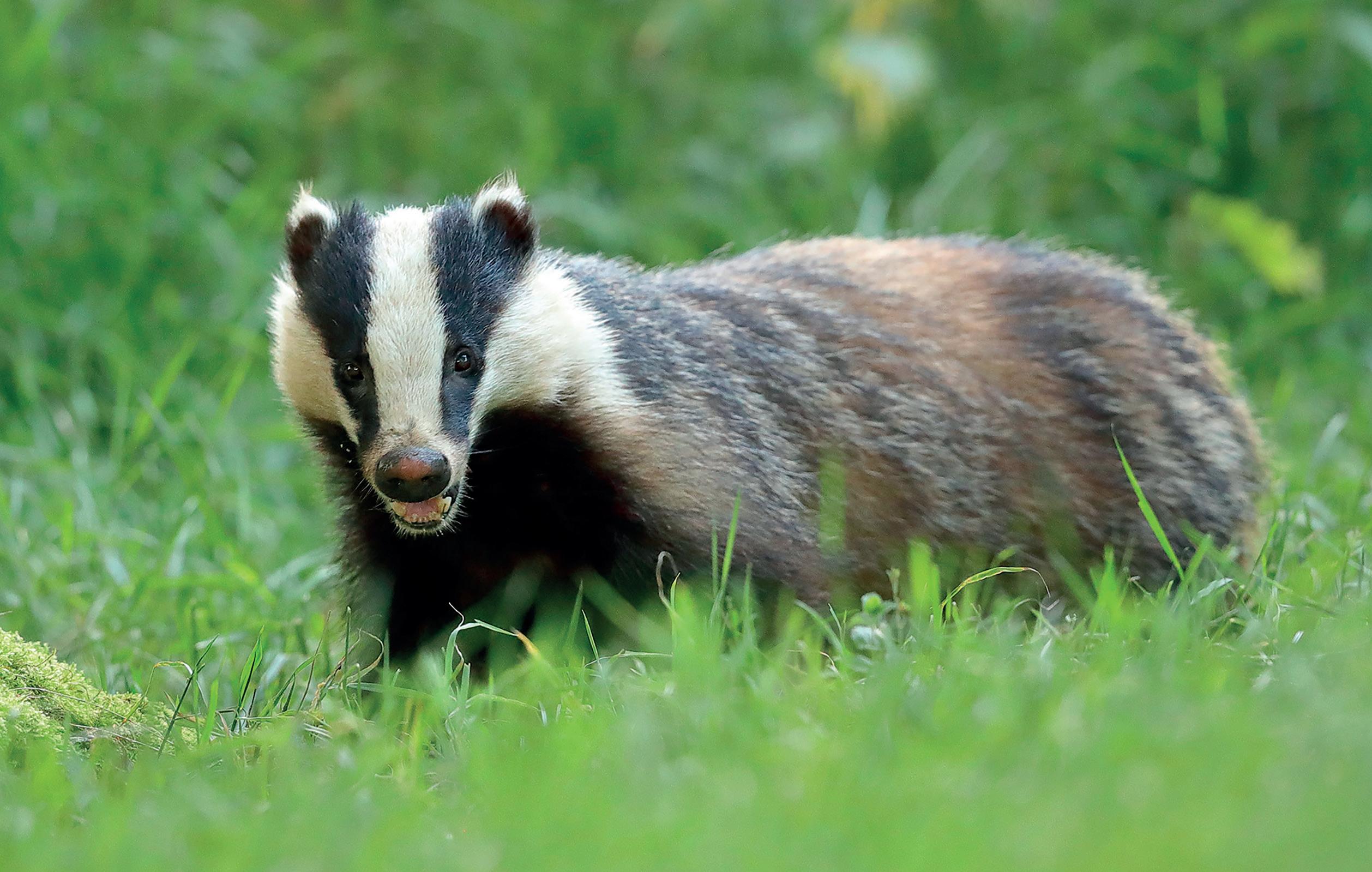
“ I have the science to prove it with the latest peer reviewed science – culling badgers works
Next on the agenda would be the o hoped for cattle vaccine. To vaccinate, you need a DIVA test to distinguish between cows which are vaccinated and cows which are infected. is is still a work in progress.
What is the false positive level for DIVA-tested cows and is it worth the investment? Even if the DIVA test is perfected, there are plenty of issues to manage. Firstly, who will use it? Will it be compulsory and what will it cost? With a 90-day meat withdrawal, will that discourage farmers from using it voluntarily?
At testing, we already know how hard it can be ge ing the two tests in the right place, so how complicated will it be when part of a herd is vaccinated? at might sound da , but if you are buying-in vaccinated ca le, will you have to use the DIVA test on all your cows or not?
Perhaps the biggest question of all is what is the

It’s a sad reality that we have no other good tool for reducing the TB threat posed by badgers other than culling, says Phil Latham.

market’s view of vaccination, especially export markets? Will they accept dairy products for the export market and has anybody asked? I have.
I asked that question at the NFU 2023 dairy breakout session and the question was unfortunately answered by the NFU dairy board chair and not the three milk processors sat alongside him for fear they may be embarrassed having not asked their customers.
Market access
We need to know this. If the market rejects TB vaccination as a tool, then we may lose our market access; not a great thing if you are hoping to grow your business.
What we need now is for Defra to have a reality check. Without new tools, we must have a policy to deal with TB in a resurgent badger population –the so-called ‘epi-led’ policy – and we need it now.

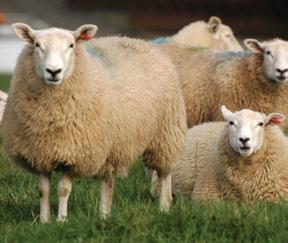
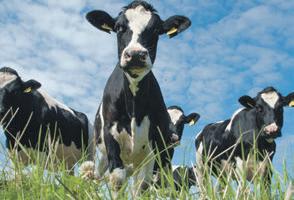

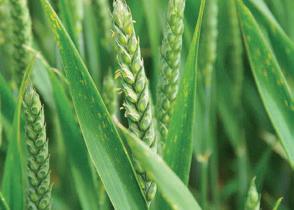
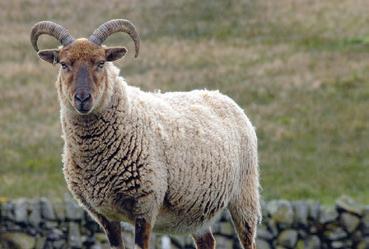


15 APRIL 2024 www.auctionfinder.co.uk Your one stop shop for all agricultural sales Search by sale type, mart, auctioneer or region
Successful herd str controlling Johne’s
The dairy industry has made great strides in tackling Johne’s disease, with recorded cases falling by half in the past three years, but is there still more work to do? Wendy Short reports.
The industry drive to reduce the incidence of Johne’s disease has largely been a success story, with the UK making greater progress than many other countries through the voluntary control programme, says vet Pete Orpin.
He says: “ e total eradication of Johne’s is unlikely, but regular testing and preventative measures have allowed many farms to achieve levels of below 2% for animals testing positive. Meanwhile, some units are running at 10-20% positive testing, and will need to work hard with their vet to reduce the gure.
“A worst-case scenario can cost the business 2-4ppl.”
A successful herd strategy will involve a combination of improved hygiene, breeding replacements from low-risk cows, timely culling and removing the highest risk cows from the service regime, says Mr Orpin.
Unlike other major diseases, Johne’s will progress steadily if left unchecked PETE ORPIN
ere are more than 1,000 Johne’s-accredited adviser vets in the country o ering specialist Johne’s disease advice to farmers, he adds.
Mr Orpin, who chairs the technical group for Action Group Johne’s, says: “Testing for Johne’s relies on individual milk sampling, which should ideally be carried out on a quarterly basis.
“Any cow testing positive is considered high-risk and should be
clearly identi ed using a red tag or tail tape. She should be segregated from the ‘green’ or low-risk calving area, as well as being taken o the list for replacement breeding.
“ e best approach is to avoid serving a cow if it is felt that she is not going to prosper within the 12 months. She can then be removed from the herd at a time convenient for the producer.
Infection
“Bought-in ca le are a common source of infection. Every seller should be able to produce details of the farm’s Johne’s testing programme, as well as evidence of the Johne’s Tracker report. If these documents cannot be provided, I would advise against making a purchase. Youngstock testing is unreliable, unfortunately.”
One of the main routes of disease transfer between adult cows and calves is via faeces.
Mr Orpin says: “Youngstock
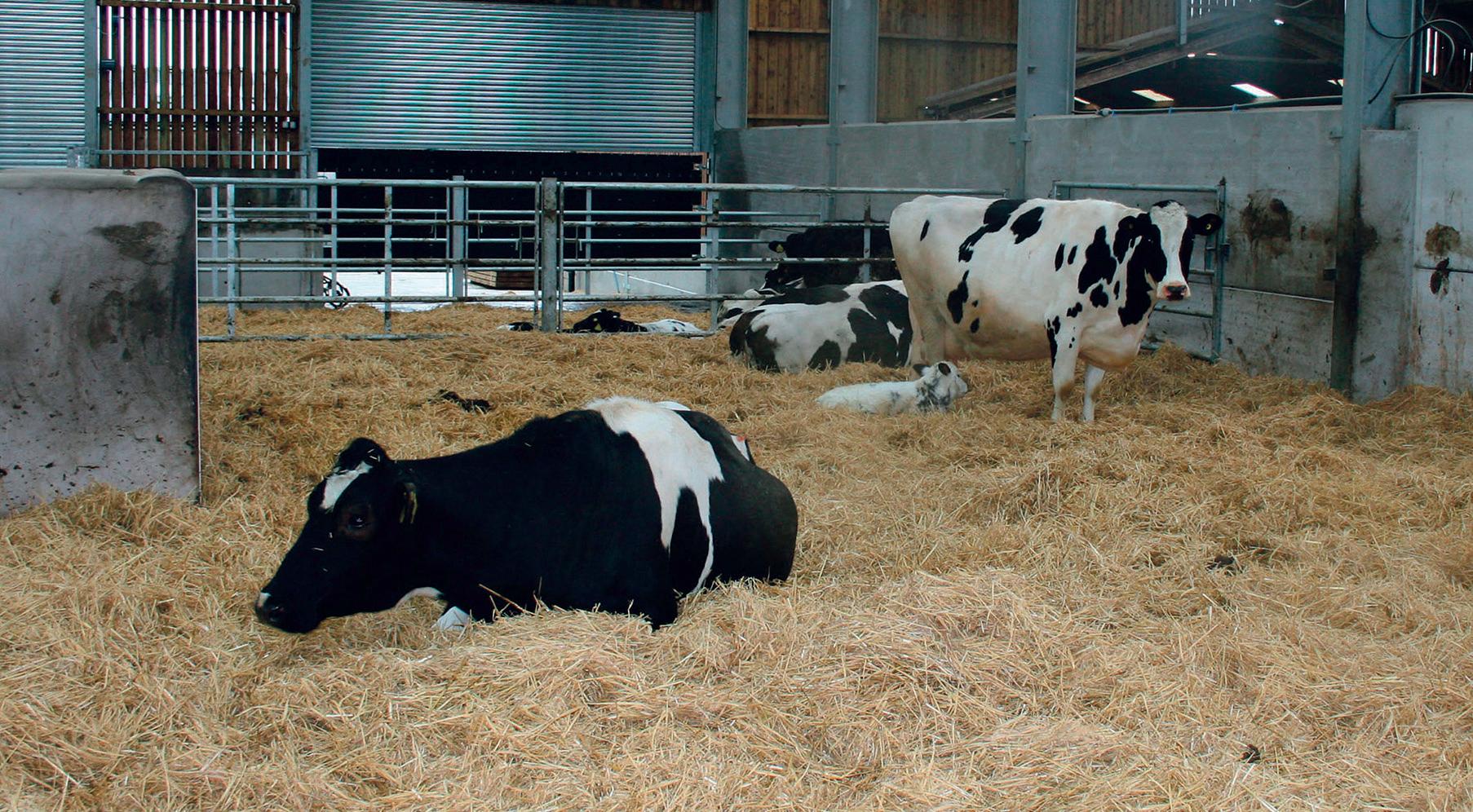




should be kept away from places where they might come into contact with adult cow slurry, whether that is in storage, in passages and yards, or during turnout.
Hygiene protocol
“ e most important factor for keeping calves free from Johne’s is good hygiene protocol, which is also vital for the control of a range of other diseases.
“Mycobacterium avium subspecies paratuberculosiswhich causes Johne’s – is highly resistant to disinfectants.
“Nevertheless, it will respond to the same products used for bovine TB control, as long as they are prepared to the recommended dilution level.
“A foot dip should be positioned at the calf house entrance, with the liquid topped up, as well as being changed regularly.
“Contaminated slurry that is spread on the land is another potential infection source. Producers who employ contractors for spreading should ask for the rst load to be spread on elds which will not be grazed by youngstock. It is unrealistic to expect slurry tanker disinfection to be 100% e ective.”
Another control measure is the timing of calving periods, says Mr Orpin.
“Ideally, choose times of the year when it is easiest to produce a clean maternity environment.
“ is could be autumn calving outdoors, in summer, or when the sheds are not overcrowded,” he says.
“In block calving herds, one useful
APRIL 2024 16 VET’S VIEW
cow testing positive is considered high-risk and should be clearly identified using a red tag or tail tape.
Any
ategy for disease


tip is to breed the high-risk, red tag cows to terminal sires and delay their service, so that they calve a er the low-risk replacements have gone through the system.
Super shedder
“For an unknown reason, an occasional animal will become a super shedder and shed up to 1,000 times more infective material than a standard high-risk cow.
“ is underlines the importance of identifying and removing persistently infected cows, or animals which return high test results, as soon as possible.
“Unlike many of the other major diseases, where herds may gain natural immunity and the disease will se le down, Johne’s will progress steadily if le unchecked.”
One of the most common problems identi ed from the Johne’s Tracker data is within
herds where cows are being culled, but there is a failure to control new infections, he says.
“ e most cost-e ective and successful strategies are focused on preventing the cows from becoming infected. One good starting point is to carry out a detailed risk assessment for the herd.
“It is also worth noting that testing is only the rst part of any control programme - action will need to be taken, and that means pu ing together a comprehensive plan, ideally with help from a specialist vet,” says Mr Orpin.
rDetailed information on managing Johne’s disease can be found online as part of the National Johne’s Management Plan initiative, which has been developed by Action Group Johne’s with support from Dairy UK and AHDB. Visit at actionjohnesuk.org to find out more.

Heat stress is not necessarily the first thing which springs to mind when considering how a typical British summer might impact milk production, but research shows that even the UK’s relatively ambient climate can stifle the performance of dairy cattle.
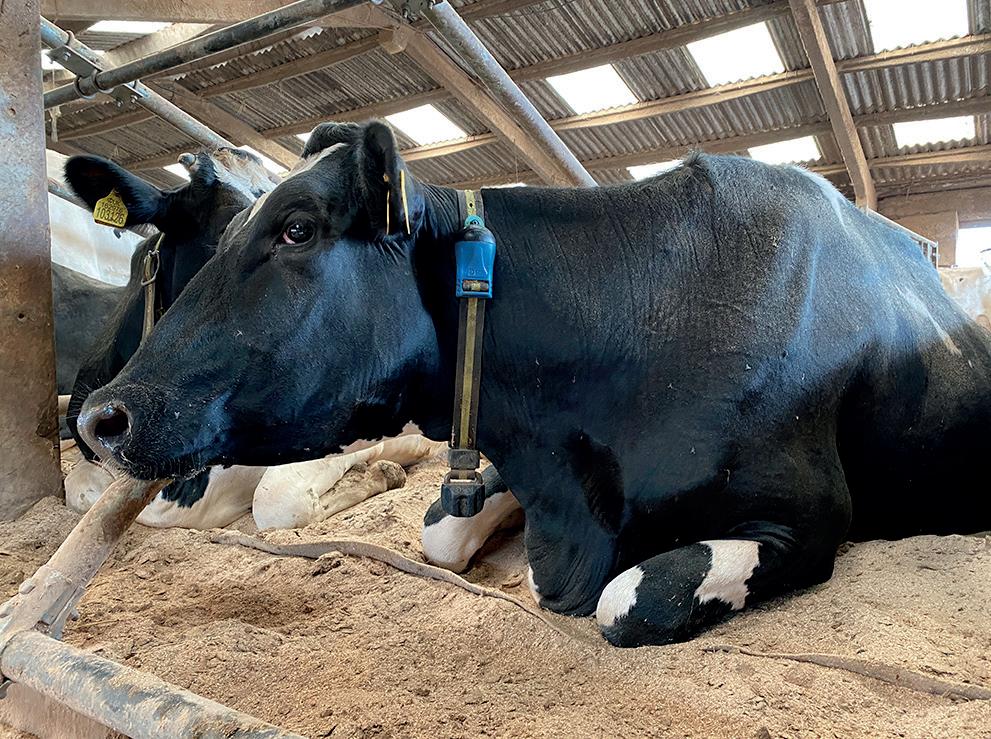
To remain healthy and to perform to the best of their ability, dairy cows need to maintain a body temperature of 38.8degC (+/-0.5degC).
Any factors which cause this temperature to rise – for example infection, air temperature, relative humidity and radiant temperature – can result in, among other symptoms, depressed feed intakes, lower milk yields, reduced fertility and an increased risk of mastitis.
Knowing when the mercury has risen to a potentially harmful level (typically above 25degC) is therefore of utmost importance, especially as heat stress can occur at any time of the year: housed cattle remain susceptible in winter when poor ventilation in a well-stocked cow shed can cause the ambient temperature to rise to a critical level.
Keeping an eye on the weather forecast and measuring the temperature inside cattle sheds is a good starting point, but neither take into account the impact other factors, such as relative humidity or airflow, might have.
An additional way of recognising when dairy cows are starting to feel the heat is
to monitor their breathing pattern and respiration rate.
This can be done by using a herd monitoring system such as SenseHub® which, in addition to monitoring rumination patterns and activity levels of dairy cattle to assess their general well-being and to identify the tell-tale signs of heat events, can also be used to determine if groups of cows are breathing heavily.
AT RISK
In doing so, SenseHub can be used to assess if and when a group of animals is experiencing heat stress or are at risk.
Armed with this knowledge, the necessary steps can be taken to protect the herd and reduce the impact of heat stress-related conditions, such as depressed feed intake, lower milk yields or reduced reproduction performance.
Knowing which group or groups of cows require additional attention during hot weather enables resources to be targeted to those groups most in need of help, ensuring productivity is maintained and giving time back to herd managers, their staff and their families.
To find out more about how SenseHub could protect your herd during periods of hot weather, or to start a 60-day trial of the SenseHub Premium application plan, please call the team on 01207 529 000; or to send us an email, contact allflexuk@msd.com For
APRIL 2024 17 VET’S VIEW
Pete Orpin
CONTENT
HIGHLIGHTING HEAT STRESS SPONSORED
more information,
SenseHub is not intended to diagnose, treat, cure or prevent any disease in animals. For the diagnosis, treatment, cure or prevention of disease in animals, you should consult your veterinarian. The accuracy of the data collected and presented through this product is not intended to match that of medical devices or scientific measurement devices.
visit www.msd-animalhealth-hub.co.uk/farmers/livestock-monitoring
Keeping calves with their mothers for longer periods a er their birth has always been a controversial subject for dairy farmers, with concerns of over cost, logistics and practicalities being cited. ose in favour of the move say there are health and welfare bene ts for both mother and ospring, as well as possible improvements in milk quality going forward.
An ongoing project in Israel, called Natural Dairy Farming, examines exactly what the practice means in reality.
For the project, the cows and their calves are kept together for three months and project leader and vet Dr Sivan Lacker says the practice has led to animal welfare being increased across the board, pro ts maintained, along with the potential to increase milk quality.
She says she started the project on a 90-cow farm in northern Israel and is hoping the bene ts found will encourage other farmers to try the same practice.
She says: “Separating the calf from the cow has always been a point of contention for me.
“Prioritising the development of a mother-calf bond and early life together is the most basic behavioural need for both animals.
“Denying this possibility is a breach of animal welfare and introduces potential stress e ects. “E ects which can be reduced and even eliminated.
A project in Israel is examining the benefits of keeping calves with their mothers for longer. Chris McCullough reports.
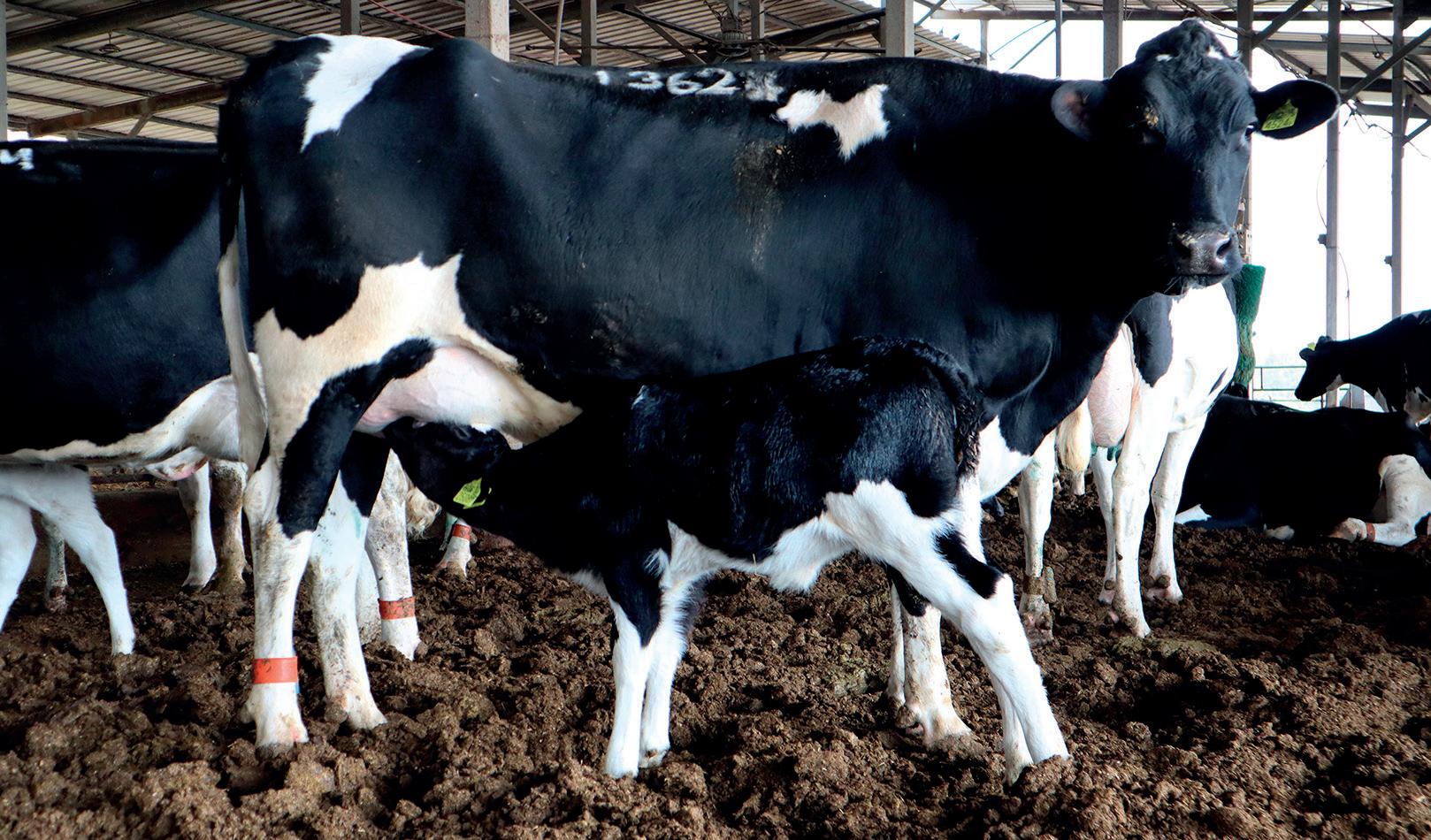
Keeping calves with dams for longer
“In 2019, I travelled to Europe to visit organic farms where calves and cows are raised together. I wanted to learn up close from farmers who have been using these methods for
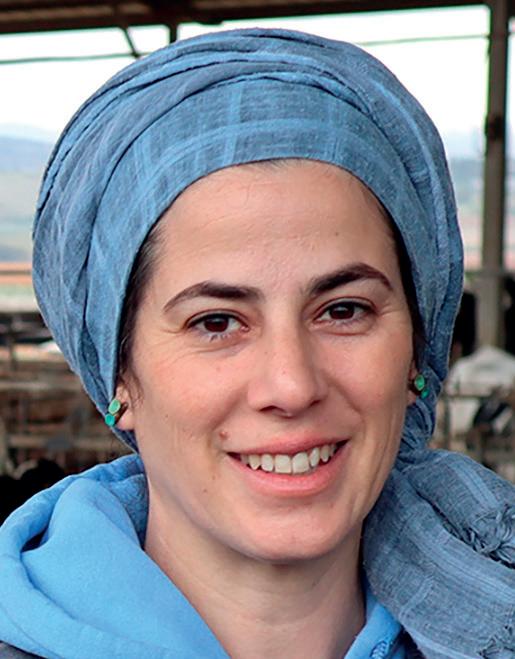
There are benefits from a social perspective and also for future maternal behaviour
DR SIVAN LACKER
many years and gain a deeper understanding of the advantages and challenges of this system.
“I started my company, Mutual Dairy Farming, in 2013, with the vision of improving cow and calf welfare in the dairy industry.
“A big part of what we do focuses on the farmer’s mindset by developing an awareness of cows’ behavioural needs. is leads to practical welfare changes and I support the farmers with training sessions and follow-up visits.”
In the past ve years, Dr Lacker has been working in collaboration

Those in favour of the move say there are health and welfare benefits for both mother and offspring.
with two big dairy co-ops to work closely with about 60 of their dairy farms.
Dr Lacker says that while traditionally it has been argued that the more time the cow and calf spend together, the deeper the mutual bond and the more intense the stress of being separated can be, she adds that research shows there are long-term bene ts of prolonged contact.
She says: “ ere are bene ts from a social perspective and also for future maternal behaviour.
“Health, weight gain and future productivity are also improved when the calf is allowed to spend more time with the cow.
“In my programme, we let them stay together for about three months and then start a gradual weaning protocol, which I developed.”
She says that another bene t of the practice is reduced workload for the farmer.
Efficiency
“ ere is no need to move the calf to a new pen, defrost and feed it colostrum, clean its pen every few days, feed it up to three times a day, clean and wash out the bo le and bucket a er every feeding.
“By cancelling these management steps, the farmer saves time, as all
APRIL 2024 18 YOUNGSTOCK

they have to do is supervise and make sure the calf is suckling and gaining weight.”
She also says other advantages of the system are that the calf has more freedom of movement than it would have in a small pen.
She says the practice can lead to improved cow and calf health, with cows in particular being reported to have fewer issues with mastitis, metritis and retained placenta when kept with their calf for longer.
Dr Lacker says farmers o en have concerns about less milk being available to sell, as calves are able to suckle up to 10 litres of milk per day o their mothers.
However, she adds there are a number of factors which can o set this short-term loss.
Consumption
She says milk consumed by a calf while with the mothering cow would have been given to it anyway in the calf pens, either with whole milk from the tank or by milk replacement powder.
“ is is an expense the farmer takes into consideration when creating budgets. Furthermore, there are large economic advantages allowed for by reducing cases of illness.
“Research also shows that a er weaning cows being suckled have gone on to produce higher yields than those which were not. erefore the farmer literally gets some of the lost milk back.”
Dr Lacker says her goal has always been to improve cow calf welfare on dairy farms, but she realises it is just as important that the changes she suggests do not become a burden to the farmer.
She says: “Shi s in operation need to make life easier. e heightened results experienced by the improvement of cow-calf welfare need to be viewed in plain sight.
“However, mass implementation may not be pragmatic in certain cases. For this practice to be implemented, professional guidance is needed.”















APRIL 2024 19
Volac’s Lifeguard range of milk replacers all contain ImunoproTM our unique concentrated milk protein, which enables better development of the early life immune system and stimulates the young calf’s digestive system, crucial for fast, healthy and sustainable growth. feedforgrowth.com . HEALTHIER FUTURE. Animal Nutrition Volac Milk Replacers Limited, Volac House, Orwell, Royston, Hertfordshire, SG8 5QX, United Kingdom T +44 (0)1223 206207 queries@feedforgrowth.com Copyright © 2024 Volac Milk Replacers Ltd. All rights reserved. 02291 CMR Lifeguard Reflection Advert Dairy Farmer 170x121mm Jan 2024.indd 1 15/01/2024 16:37
Dr Sivan Lacker says her goal has always been to improve cow calf welfare on dairy farms.
Even in Mexico, cheap food imports are among the major issues large dairy farming business face. Chris McCullough finds out more.
Cheap imports an existential threat to milk producers
Acommon concern among farmers around the world is the importation of cheaper milk products that threaten the livelihood of farmers.
And this is one of the major issues a ecting farmers in Mexico, where one business is trying to ght back by making its business more e cient.
Proan dairy is a family-owned business stretching across a number of agricultural sectors including pig production, poultry, fruit and vegetables, as well as dairy.
Its name is formed from the words protein and animal and the company is classed as one of the biggest protein producers in the world.
Owned by the Romo family, the farm has evolved massively through the years since its humble beginnings in 1950, when it started with 500 laying hens.
Today the farm runs 36 million
hens, 1.6 million pigs and 12,000 dairy cows, as well as fruit, vegetables and crops.
Daniel Ruiz Garcia, the farm’s dairy livestock production manager, says: “ e cows rst came here in the 1980s. ings have really changed since that time as we have continually modernised the farm and improved the quality of the milk we produce.”
Infrastructure
e Proan dairy farm is located at San Juan de los Lagos in the state of Jalisco, centre west Mexico, and employs 416 members of sta .
Mr Ruiz Garcia says: “We have been working with dairy cows for more than 40 years now, while improving the infrastructure of the farm. e last dairy barn we built holds 5,500 cows and is equipped with climate control. It is now just two years old and was the rst shed of its kind to be built in Mexico.
We have three main problems; the scarcity of water, the lack of crops due to little rain and the government
DANIEL RUIZ GARCIA
“All together we run 15,300 Holstein dairy ca le, of which 12,000 form the main milking herd. ey are milked twice per day and yield an average 40 litres per cow per day at around 4.1% bu erfat and 3.43% protein.
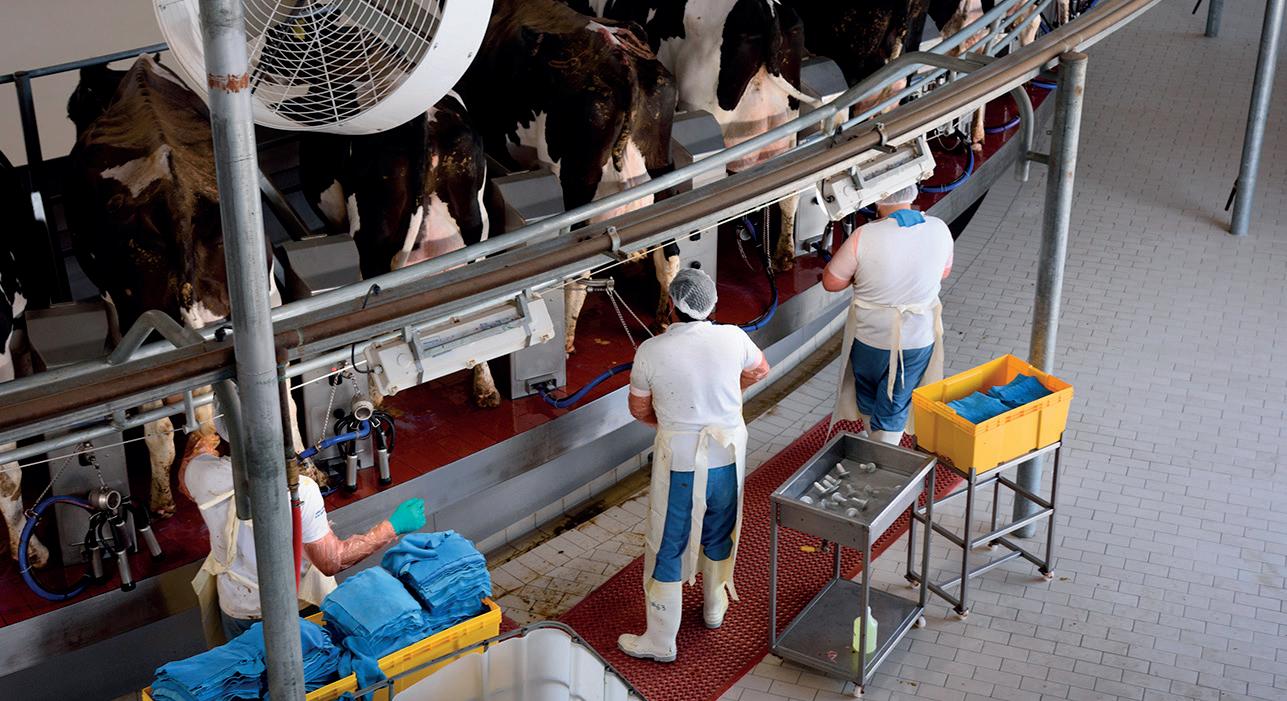

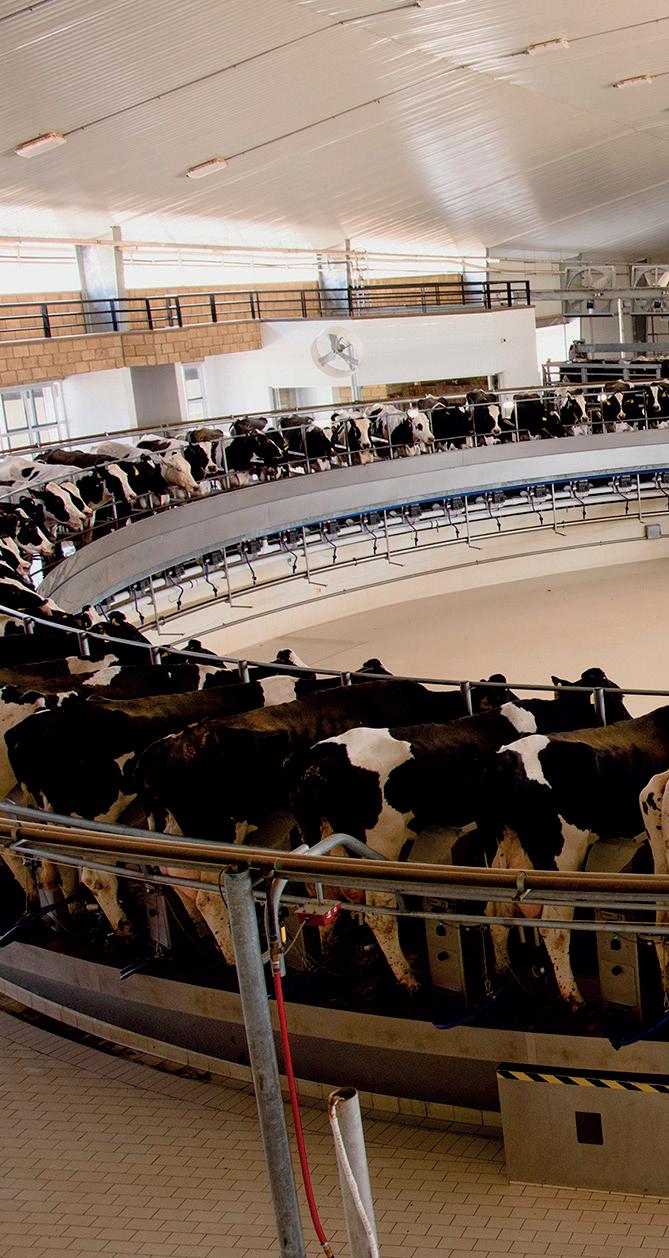
falia; one with 54 cow spaces and the other with 60 cow spaces. e third rotary has 80 cow spaces and is made by DeLaval.”
Proan operates its own feed plant to mix rations for the cows, poultry and pigs. It has an automated system that gathers the ingredients and mixes each speci c ration using Laird mixer wagons.
Mr Ruiz Garcia says: “In terms of new technology, we invested heavily in the feeding to make loading more e cient and have fewer errors.”
He says future plans will see the herd size maintained at its current level, with investment focusing on cow comfort.
“Currently we use genomic testing, which helps us identify our best ca le to breed.
“ e most important factor that ma ers to us in genetic improvements is having animals with improved net merit. For us that means improved fat, protein, A2A2 milk, longer-living cows and stronger legs.”
Due to the country’s high temperatures, cows are kept indoors all year round and grouped depending on reproductive status.
e high-yielding cows are split into a pregnant group and those awaiting insemination.
Mr Ruiz Garcia says: “ e cows are milked in three rotary milking parlours. We have two from West-
Add more value
“We want to become increasingly e cient and, with the same livestock numbers, produce more milk of the best quality. We also have plans to diversify to add more value to our product.”
Mr Ruiz Garcia explains that every business has its own challenges and Proan is no exception, with external issues forcing the milk price down.
Milk is currently sold to Santa Clara, Alpura and Danone and the price uctuates according to market conditions.
“We have three main problems; the scarcity of water, the lack of crops due to li le rain and the government which, instead of supporting the best local pro-
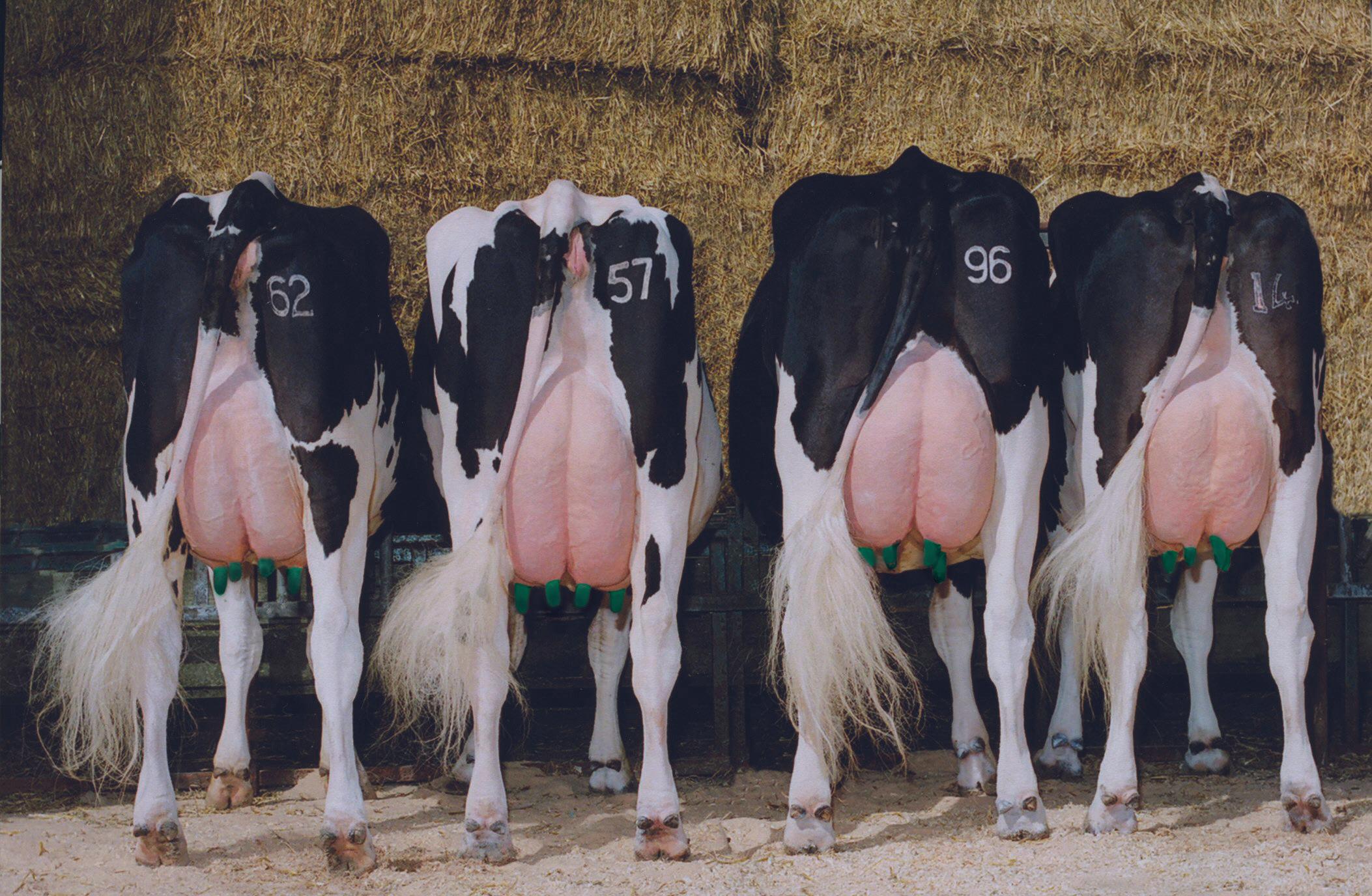


APRIL 2024 20 WORLD DAIRYING MEXICO
Cattle are milked twice a day, yielding an average of 40 litres per cow per day.
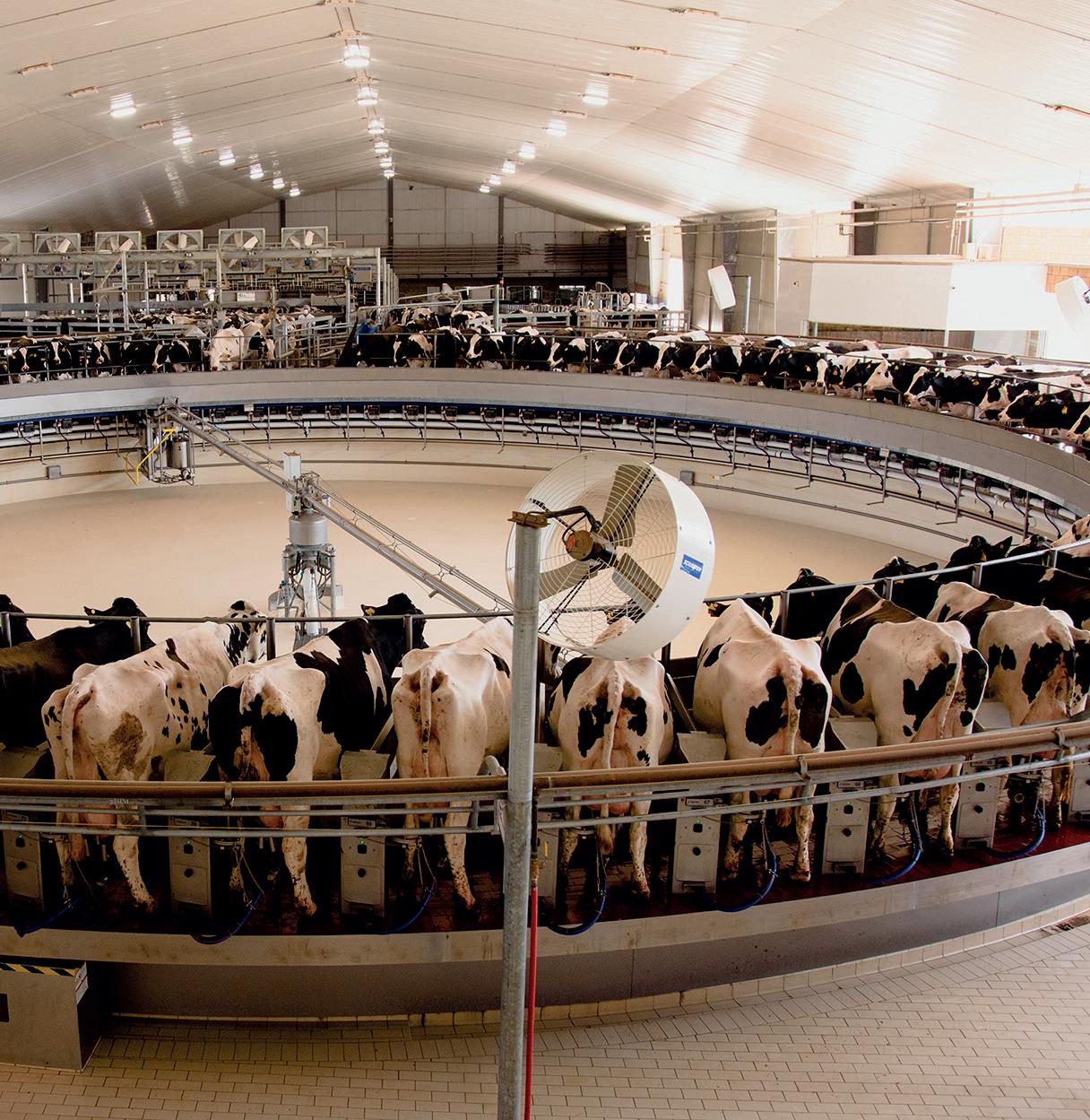

ducers, imports cheap powdered milk and that causes us to lower the prices per litre of milk.
“It is the small- and mediumsized producers that are being hit the hardest as they cannot bu er the high input costs and lower prices too well. e cheap imports could force some of them out of business,” he added.
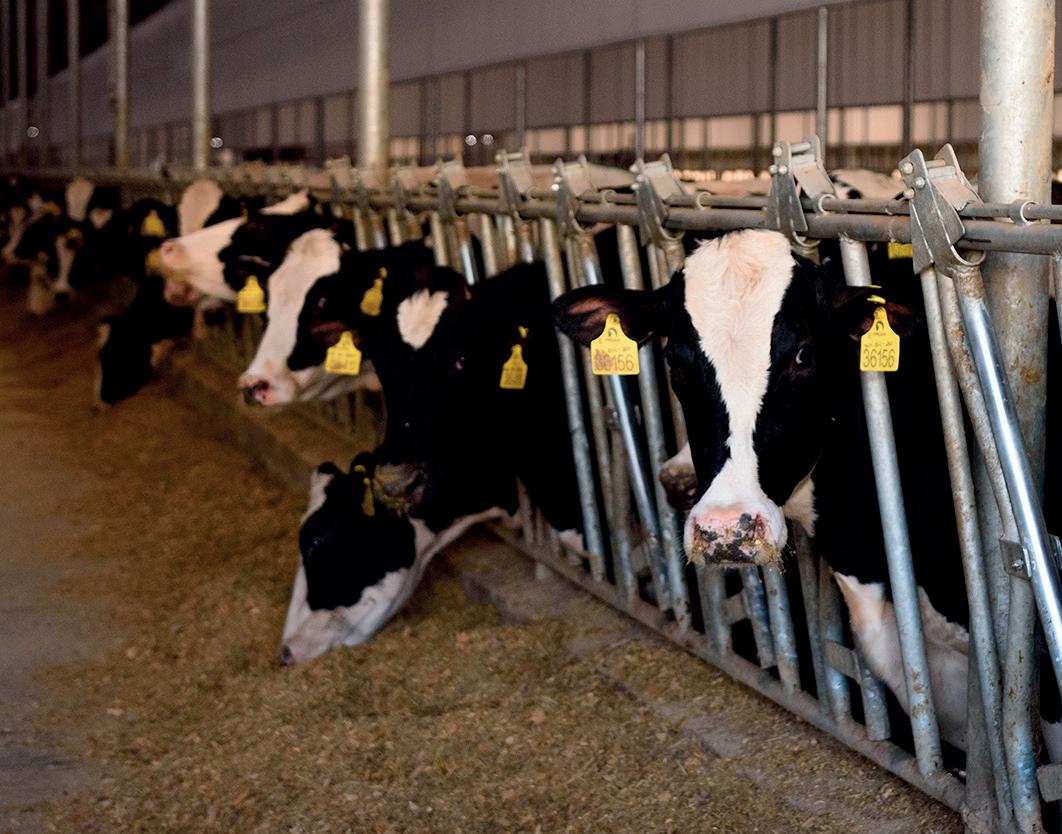

Dairy farming industry in Mexico
rIn total there are around 6.7 million dairy cows in Mexico producing around 13.8 billion litres of milk each year. There are around 257,000 smalland medium-sized dairy farms in the country
rAbout 95% of Mexican dairy farmers have fewer than 100 cows; overall, 121,538 farmers have 30 cows or less; 28,127 possess between 31 and 100; 1,022 own 101 to 600 and 421 producers have more than
The ultimate udder health protection
600 cows; the rest have dual beef and dairy breeds rJalisco is Mexico’s top milk producing state accounting for 21% of the total, followed by Coahuila, 12%; Durango, 11%; and Chihuahua, 10%
That's Valiant™. That's Genus ABS. for your cows?


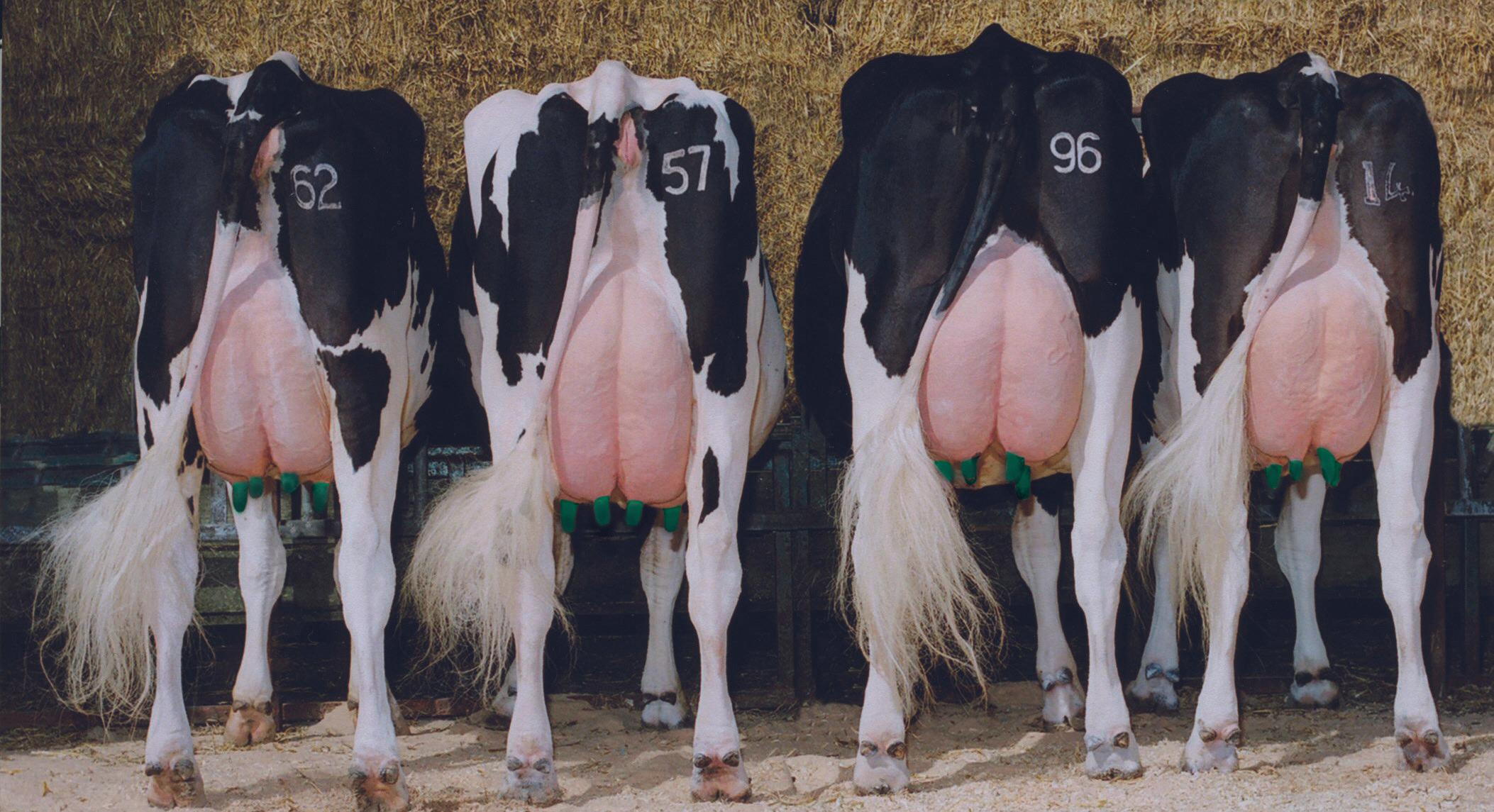



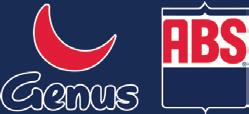
MEXICO WORLD DAIRYING Call 01270 616681 or visit www.absglobal.com/uk
PICTURES : A. Jaasai Melendez
Home to a 12,000-strong milking herd, the Proan dairy farm has three rotary parlours.
Improved net merit is a key genetic metric for the Proan team’s cattle.
BREEDING
As contract farmers, Anna Bowen and Freddie Lawder are focused on maximising litres in the tank while keeping costs under control. It is therefore vital heifer replacements are coming through the system in the right way, and this ultimately all starts at the calf rearing stage.
e contract farming agreement with farm owners Andy and Dai Evans began in 2018 when Freddie rst entered into the agreement. Freddie and Anna met later that year, and Anna bought into the farming company in 2021.
Now the couple, who married in 2023, have their sights set on taking numbers to 300 cows on the 162 hectares (400 acres) farmed, which includes land at Gwarllwyn Farm plus some silage ground rented on a farm business tenancy.
Anna says: “We are not quite at that 300-cow mark yet, but we are aiming to rear up to 100 heifer calves a year. is year, we will have 75 heifers to serve.”
e number of heifers reared is also in response to the impact bovine TB is having on the herd, which has been under restrictions for the entirety of the time Freddie and Anna have farmed at Gwarllwyn Farm.
e 12-week calving block started on February 20 with 80 cows due to sexed semen, and all these calved within the rst three weeks of the block.
Freddie and Anna, who also works full-time for the Andersons Centre as a farm business consult-
Meticulous planning and attention to detail means all the team involved in calf rearing at Gwarllwyn Farm in Llandysul, Ceredigion, can work to the same protocols and achieve the best possible results. Katie Jones reports.
Clear protocols key to good heifer rearing

ant, employ one full-time member of sta along with two part-time workers, and a seasonal worker as calf rearer. is year’s calf rearer is Caitlin Morgan.





With a number of di erent people working on the farm, Anna says it is vital protocols are adhered to during the calving and rearing period.
She says: “We have wri en calf protocols, and we will go through these with the team before calving starts. We sit down with the whole team, as everyone has their own role to play and everyone needs to know what the other is doing.”
Dry cows
Cows are dried o according to calving date, so the milking parlour is never switched o .
Anna explains this is important as their contract farming agreement, and also the farm’s milk contract with Leprino, means winter
milk is valuable to the business. e cows have a 60-day dry period and are housed in a mixture of indoor and outdoor cubicles. Dry cows receive a rotavec corona vaccination.
Cows close to calving are moved into a loose housed straw yard, where they can be closely monitored. e only exception to this is any cows that are tested Johne’s positive; these are calved separately in an outdoor silage pit area, with a wood chip pad put down speci cally for this purpose.
A er calving, calves are tagged, have their navels dipped and receive their rst feed of colostrum – 10% of their body weight – in the calving shed.
Anna says: “All colostrum is
APRIL 2024 22
PICTURES : Ruth Rees
Left to right: Caitlin Morgan, Anna Bowen and Freddie Lawder.
Anna and Freddie are aiming to rear up to 100 heifer calves a year.


“The genuine Energized Calf Milks are backed by Trouw Nutrition’s industry-leading LifeStart Science.”


Georgina Thomas Young Animal Feed Technical Sales Manager, Europe & Central Asia Trouw Nutrition


For more details about LifeStart visit
trouwnutrition.co.uk/lifestart
BREEDING


tested and needs to score over 22% on the brix refractometer scale before being given the calves.” e calf’s sex, tag number and colostrum feed is recorded on a whiteboard in the calving shed, and this information is only rubbed o when Freddie has transferred the information into Herd Watch.
Calves are then moved into one of three calf rearing locations; dairy heifer calves go either into an empty silage shed roofed with a marquee or into the existing traditional brick-built calf pens. Beef calves are housed in a shippon-style shed.
Calves will then get another three feeds of transition milk of about 2.5-3 litres, and Anna says these, along with the rst colostrum feed, are ‘non-negotiable’.
She says: “It does not ma er if the calf has suckled from her mother or not. And if the calf does not drink from a bo le they will be stomach tubed, with all the team trained to do this.
“We feed transition milk rather than moving calves straight onto milk
replacer, as we want to make sure they are ge ing cover from the rotavac corona vaccine the cows receive.”
Calf rearing sheds
Freddie explains the marquee is hired from an events company for the calf rearing period, and the decision to go down this route followed a bout of rotavirus a few years ago.
He says: “We do not have enough room to rear calves in the sheds onfarm, so we looked at various options including a polytunnel, but we were restricted by where we could site this.
“With advice from David Ball at the ADHB, we decided we could put 100 calves in the silage pit roofed with a marquee, so we construct 10 pens and use straw bales at the ends to provide shelter.”
In the calf rearing sheds, calves are grouped into pens of between six and 10, and bedded on straw. Every pen has a whiteboard xed to the gate where the rst four feeds are noted along with any other issues, so that all the team members know the status of each calf.
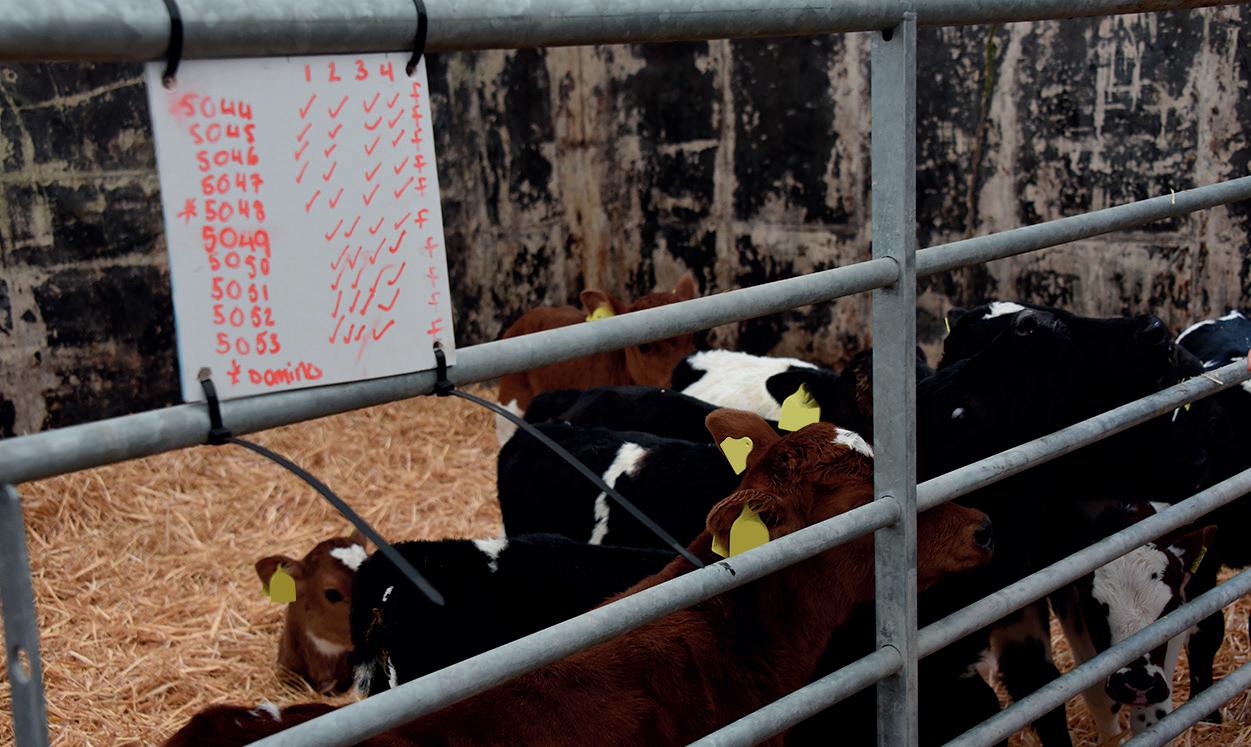


Farm facts
rCows graze paddocks over a mile away from main farm steading, with land rising up to 305 metres (1,000 feet) above sea level, with the farmyard being at 183m (600 feet)
rCows go out at the end of February (weather permitting) and are housed at the start of December
Heifer calves will be transitioned onto a milk replacer powder – Shine
Heifer Start from Bonanza Calf Nutrition – twice a day. Mollie Phipps, of Bonanza, explains the product is made with sustainability in mind. It is palm and soya oil-free, with ingredients including low-heat treated skim, bu ermilk and sweet whey.
She says: “Low-heat skim has a high feed e ciency for calves, with optimal clo ing properties, and the bu ermilk in the formulation has pre and probiotic e ects.”
Feed
Anna adds: “ e heifers might start on half powder/half milk, but we transition heifer calves onto milk replacer twice a day with 400g milk powder a feed, mixed to 2.5 litres. A er 28 days of age, calves move onto once-a-day feeding with 600g powder mixed to three litres.”
Beef calves will continue receiving transition milk until they are sold o farm at about two weeks of age.
All calves are o ered water and have access to a calf concentrate mix.
rDuring the grazing season, grass growth is measured weekly and annual grass growth is usually 12-15 tonnes of dry matter (DM)/ha (4.8-6.1t DM/acre)
r489kg milk solids per cow is achieved from just over 1t of cake per cow
r86% calved in the first six weeks of the 2023 calving block
rMilk from forage averages at over 4,000 standard litres
rThere was less than 1% calf mortality in 2023, which included heifers, beef and bull calves
throughout the growing period.
Anna says: “ e aim is for heifers to be 50 per cent of mature weight at 12 months old, with heifers calving into the herd around two years old.”
Anna says they are now aiming to breed a more uniform type of cow, with 200 straws of sexed semen bought for the last breeding season, which included Friesian, Jersey and Viking Red bulls.

Whiteboards are used to record important calf information so all team members are up to date.
Calves receive milk replacer for at least 10 weeks, and at this point, they will have been moved outside where they are fed via a 50-teat mobile feeder.
Weaning takes place when the youngest calf in the group is 10 weeks old and all calves are consuming about 1kg of concentrate.
A er weaning, replacement heifers are split into two groups depending on size, and are weighed

Sexed semen is used for the rst two weeks of the breeding period for the cows, and cows receive one service to sexed. A er this, beef semen is used, which last year included Angus, Hereford and Speckled Park.
Tail paint is used with cows manually dra ed out for breeding on exit from the parlour. Heifers are inseminated with sexed semen for the rst 10 days of the breeding period.
A er this, they run with the bull, and four Lowline Angus bulls were used last year.
APRIL 2024 24
Heifer calves are reared in pens of 10 in an empty silage pit with a marquee roof.
Despite differences between dairy farming in South Africa’s Eastern Cape and the UK, the importance of conserved forage quality to business sustainability is unerringly familiar.
Forage quality underpins farm’s business resilience
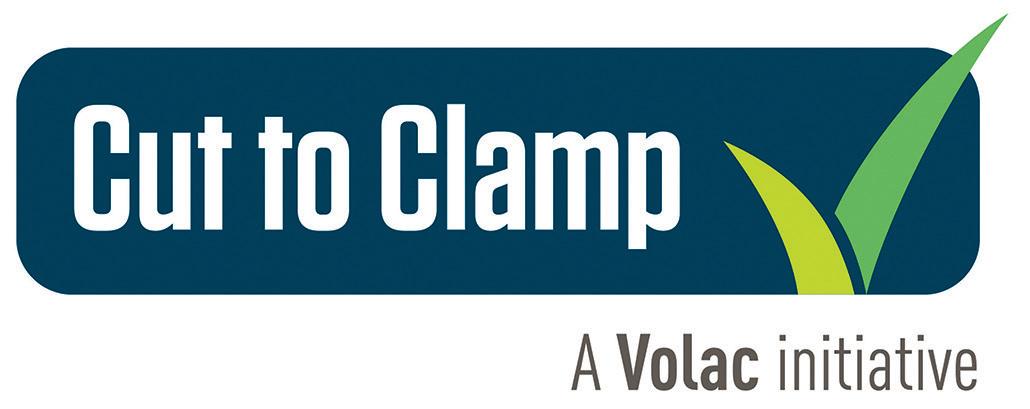
For South African dairy farmer Dian Landman, sustainability is now a key component of all decision-making at his 3,800-cow Lactimar business, based in Tsitsikamma, Eastern Cape.
This includes a real focus on environmental impact and a highly responsible approach to human resources through employment. But more than anything, it means ensuring economic resilience for the enterprise.
In a location where bought-in feed is expensive – with transport costs alone potentially adding the equivalent of £50 per tonne – maximising production from home-grown forage is even more essential than on UK farms.
While Dian has the advantage of cows being at pasture all year round, seasonal variation in grass growth does mean there is a significant reliance on conserved forage to supplement grazing.
Dian says: “We have made huge

Maize silage, grass silage and a triticale/oats wholecrop mix are all produced.

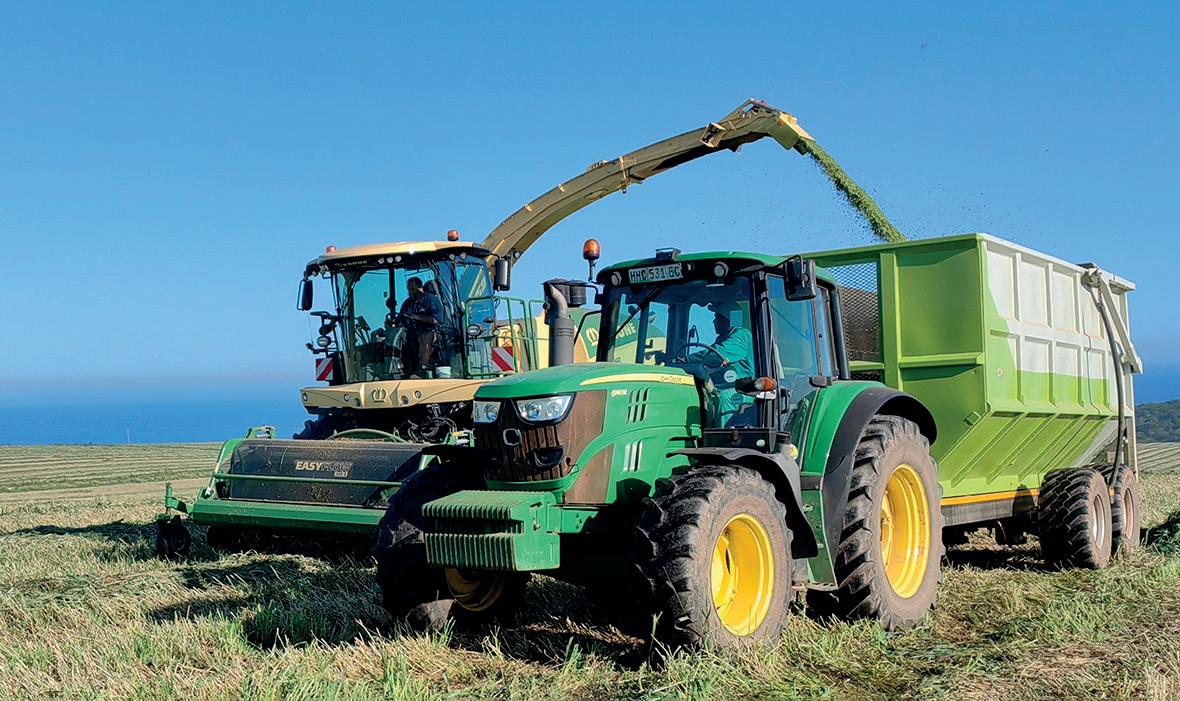
strides in recent years in improving production efficiency and a lot of that is down to having better forage quality.
“We have good genetics in the cows, due to my father’s longstanding commitment to good breeding and now we are capitalising on that and seeing more milk being produced from fewer cows.”
Expansion
Dian joined his father in the Lactimar business in 2016 and has overseen considerable expansion and investment in infrastructure since that time, increasing cow numbers to the current optimum.
His focus on sustainability, which is now monitored through a scheme run by a milk buyer in the area, Woodlands Dairy, saw him recognised with a regional Young Farmer of the Year Award in 2023.
He says: “I am passionate about building greater sustainability into the business, across the board. In South Africa, it is probably fair to say we have been lagging behind other parts of the world in this area, but there is
now recognition of the need to change and I am determined to ensure that is the case at Lactimar.”
Looking specifically at conserved forage quality, Dian lists a number of areas where he has made significant improvements, including very practical developments, such as better silage bunkers to improve fermentation and the use of shear grabs at feed-out to keep a tidy face to reduce aerobic spoilage (heating). He has also introduced more frequent cutting for baled grass silage to ensure the focus is on quality and not just quantity.
And Dian is a strong advocate for using effective, leading edge technology, with his adoption of well-researched and proven silage inoculants being a good example.
Study tour
He says: “I was fortunate enough to be able to do a study tour to the UK, organised by Volac, during which we visited farms and toured the Ecosyl research and manufacturing facilities in South Wales.
SPONSORED CONTENT
APRIL 2024 26
Dian Landman’s business is based in Tsitsikamma, Eastern Cape, South Africa.
Maximising production from home-grown forage is essential for Dian Landman’s 3,800-cow Jersey and Jersey cross Holstein business.
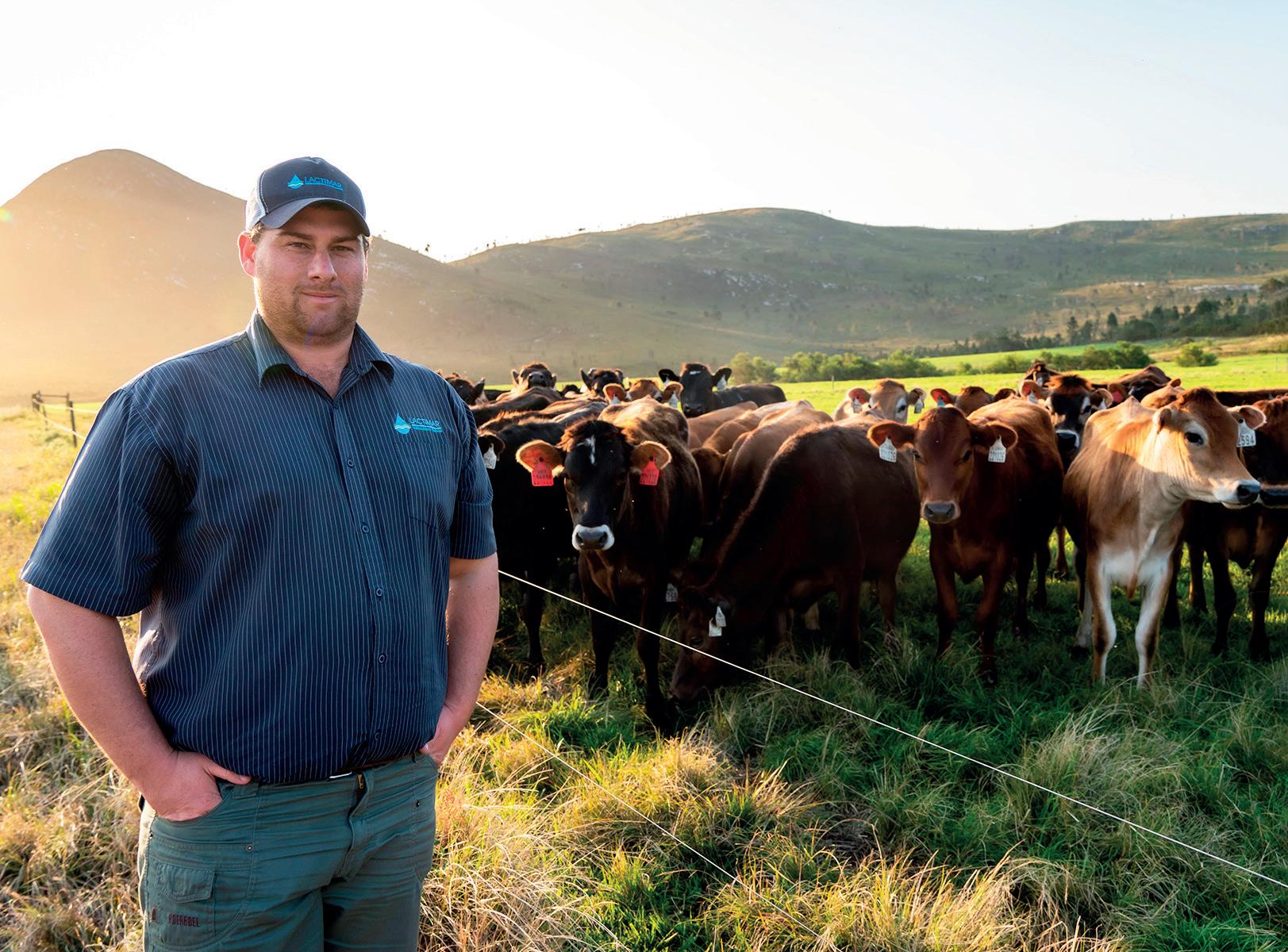
“Seeing this first-hand and hearing about the number of trials that have consistently shown benefits, convinced me to switch to Volac’s products.
“We are now using Ecosyl for all our grass and triticale/oats silage and Ecocool for our maize silage.
“These proven inoculants have without doubt played their part in improving our forage quality and that has been important in reducing our reliance on bought-in feeds.”
Conserved forages are fed as part of a mixed ration at varying levels throughout the year, depending on the availability of grazed grass across an 850-hectare (2,100-acre) milking platform.
Around half of the grazing area is irrigated, with the remaining ground being referred to as ‘drylands’, where the crop of choice is the more drought-tolerant lucerne.
Dian says: “The lucerne, which we graze, will usually last six or seven years, but our other grazing land, on which we are growing a mixture of ryegrasses, red clover and chicory, has to be reseeded each year, such are the losses during the hot summer
months. We do this with minimal soil disturbance, using a double disc drill, and it is at this time when the supplementary forage is most needed.
“A typical forage mix is 10% grass silage, 33% maize, 22% triticale/oats and 35% bought-in feed, such as lucerne hay, oats hay and citrus pulp, which we take out to the cows on a daily basis in a mixer wagon and feed on the ground along the fence line.
“It is important to ensure all cows have easy access and they could be receiving as much as 8-9kg/cow/day when the grazing availability is at its lowest, or as little as 1kg/cow/day at other times.”
Well-balanced
Rations are calculated on a regular basis with Lactimar’s concentrate feed supplier to ensure a well-balanced diet is fed at all times. The 3,800-cow business is spread across four farms, each with its own rotary parlour.
Three of the farms have similar Jersey or Jersey cross Holstein cows, averaging about 420kg liveweight, while the fourth farm has relatively larger cows at about 535kg liveweight.
Dian says: “The smaller cows are averaging about 6,000 litres per lactation and will receive a target of 1.6t of concentrates and 12-12.5t of dry matter [DM] from pasture, whereas the larger cows are averaging 7,500 litres with 2.1t of concentrate and 12.5-13t of DM from pasture. The remainder of their diet will come from silage.”
The vast majority of the crops
CHECK OUT THE CAMPAIGN FOR BETTER SILAGE
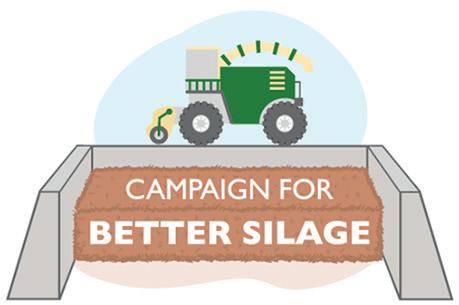
● As well as its Cut to Clamp initiative, Volac is proud to be one of the sponsors of Dairy Farmer’s Campaign for Better Silage. See page 33 or visit farmersguardian.com/ bettersilage
for silage are grown away from the milking platform, on a dedicated 200ha (494-acre) area, and there is also a separate 185ha (457 acres) for heifer rearing.
Lactimar operates with distinct spring and autumn calving periods, with artificial insemination carried out using dairy semen to achieve a final replacement rate of 20%.
The remaining cows are served to a Hereford to maximise the returns from beef cross calves.
Sustainability
The strong focus on fertility, which ultimately achieves a 66-70% in-calf rate at six weeks post-calving – and results in heifers calving at 24-26 months – is all part of the drive for efficiency and sustainability that Dian is strongly committed to right across the business.
Through practices such as minimal cultivation and widespread use of compost, which allows reduced use of artificial fertilisers, Lactimar has recorded improvements in soil carbon levels, which now range between 4% and 10% across the farms.
This in itself will be contributing to improved forage production, which is such a key part of overall sustainability.
Dian is also mindful of a responsibility to his staff, without whom none of the progress made in recent years would have been possible.
He says: “We have a great team of workers who are an integral part of this family business. There are 80 permanent staff members and we operate with a management team of 15 people that run the dairies, youngstock, pastures and feeding, including my wife and her team on admin and financials.
“Our business would not be possible without all these people.”
SPONSORED CONTENT For more information on Volac’s Cut to Clamp initiative, visit cuttoclamp.com
APRIL 2024 27
In his latest article, New Zealand vet Rory Dean, discusses how his client’s herds are performing in terms of fertility, what their disease risks are, and also highlights what his practice is doing to attract new vets.
‘We’re going to have to go all out on the recruitment drive’
Summer is here, and things are looking up. At the recent market sales locally, there was a swi trade for all types of cattle, as fa ening units take on more stock due to an abundance of grass.
Cautious farmers are holding back in anticipation of any potential drought – typical for the region –but many have su cient feed to buoy the price.
On the veterinary side, we’ve started pregnancy testing and the data we’ve generated so far is be er than expected.
My colleague and I had just nished our rst spring calving herd of the season at 8am, keen for breakfast and a na er at the local cafe, when a jubilant young man emerged informing us that his six-week in-calf rate had jumped by a huge 19% from last season.
Commitment
As a sharemilker, his 950 cows are his equity and so his frantic calculations a er the ‘preg test’ re ected his commitment to improving reproductive parameters in his herd.
ese successes remind me of why I have such a passion for this job. e six-week in-calf rate is a culmination of a lot of planning and hard work. Fine tuning nutrition, blood sampling, investing in collar technology, sire selection and interpreting datasets from collars were just the areas I had insight into.


I’m hoping to benchmark our clients’ herd reproduction data to provide insights into the e ects of the early season disastrous conditions.
However, I feel this particular client will be near the top of the league at 69% (the industry average is about 66%).
Away from the back end of cows, I recently jumped online to a end a webinar on helping manage greenhouse gas emissions on-farm a er Fonterra released its ambitious target of a 30% reduction in greenhouse gases by 2030.
is target is largely driven by the purchasers of NZ milk powder requiring a commitment to address
warming derived from agriculture.
Interestingly, this is actually a target for reduction in emissions intensity, meaning the aim is to reduce the greenhouse gas emissions from each kg of milk solids produced. is is a stark contrast to elsewhere where reductions in greenhouse gases are achieved by simply slashing cow numbers. Compared to the UK, and other developed nations, where the bulk of emissions comes from energy generation for large, predominantly urban populations, the biggest contributor in New Zealand is agriculture.
Over the next few months, in breaks between pregnancy testing
herds, I’ll be si ing down with dairy farmers to evaluate emissions intensity.
Many local farmers do a great job already and many of the levers we can pull to reduce emissions intensity will improve other aspects of the farming operation providing there is capital available to invest.
For example, planting trees on marginal areas has the direct e ect of reducing carbon dioxide emissions, but also provides shade, reducing heat stress which has a negative impact on animal welfare and e ciency.
Drench resistance, where parasite treatments are no longer e ective
APRIL 2024 28 NEW ZEALAND VET’S VIEW
Herd pregnancy testing has begun and the data looks encouraging, says Rory Dean.

against the worms they are intended to treat is a real threat. As in the UK, this can a ect the viability of some businesses, especially with high stocking rates and less of a planned approach to drenching.
In a beautiful location by a West Coast beach, I looked over 60 skittish cross-bred yearlings that had developed profuse diarrhoea despite being drenched just a couple of weeks ago. A combination drench was therefore required.
e animals also showed signs of copper de ciency and were injected to manage this.
Interestingly, when I encounter drench problems, there tends to be another issue a ecting the herd or ock. A drench rep told me this a few years ago, and I dismissed this as a salesman trying to sweep resistance under the carpet. I was wrong.
O en there seems to be BVD, or trace element de ciencies or even a nutritional issue intertwined with the drench resistance problem. Quite exactly why, I don’t know, but the immune system must be involved somehow.
Eczema
High levels of zinc are now going in to the cows locally in order to prevent facial eczema, the disease caused by toxic fungal spores in warm, humid weather.
In my ve years in the North, I’ve seen plenty of individual cows a ected by the horrible syndrome which initially a ects the liver, but o en manifests as severe sunburn.
Zinc has to be fed at near toxic levels in order to prevent facial eczema, so we’ll be out blood testing
Rory Dean
JRory is a self-employed large animal veterinarian based in Northland, New Zealand, originally hailing from Dumfries and Galloway. He is a member of the Dairy Cattle Vets committee and also an initial investigating veterinarian (exotic disease) for the Ministry for Primary Industries.
cows to ensure their levels are in the ‘sweet spot’ soon. e technicians diligently carry out ‘spore counting’ of pasture collected from local farms to give our clients an idea of the current levels of risk.
In the lull before pregnancy testing, we have held BBQs at the two clinics in order to thank our farmer clients for their support.
Personally, I really value these events as I see the toll di cult weather conditions have on our clients; the BBQs provide a chance for dairy farmers to get o -farm and share stories about how bad the season has been and get a feel that the issues are perhaps more widespread than they might perceive.
We’ve been busy lming our day-to-day roles at Kaipara Farm Vets and these videos will serve to grow our brand – o ering a personalised, commi ed service to our farming clients.
And with any luck, they will serve to a ract another vet. We work in some of the most beautiful environments New Zealand has to o er and we’ve been showing them o wherever possible.
e truth is, we’ve got space for another couple of vets, but worldwide there is a real shortage, especially for farm animal work.
A er we advertised domestically and in Australia and the UK, our Dutch veterinary technician, Paddy, helped me write an advert for the Dutch Veterinary Journal.
My understanding is that if we are going to nd a vet that is as passionate as we are about agriculture, we’re going to have to go all out on the recruitment drive.
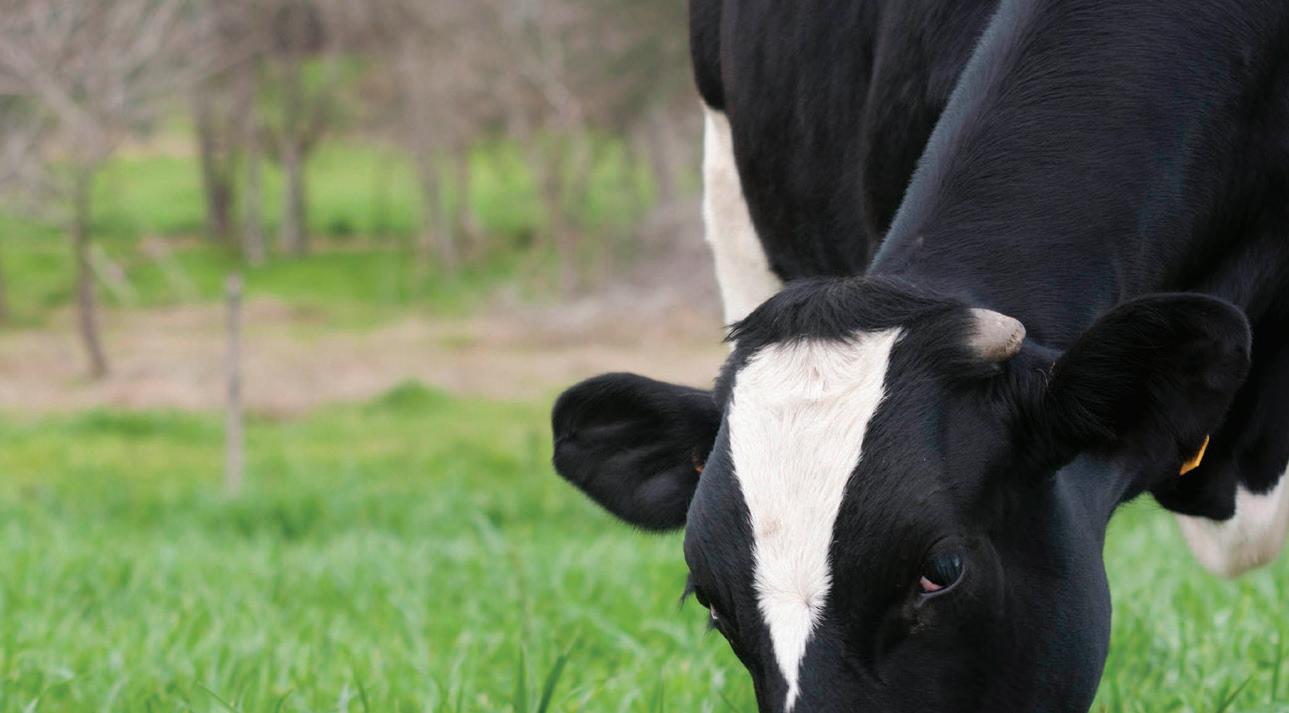
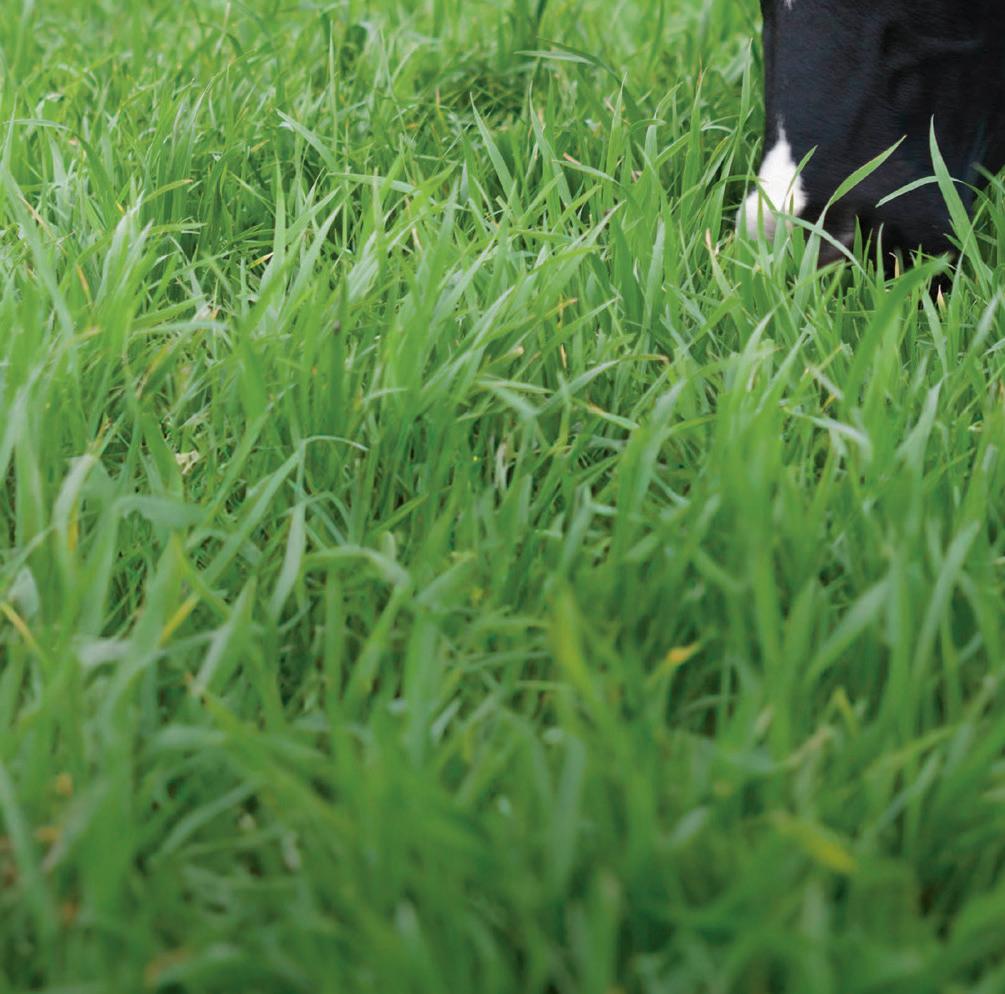


Feed your grass with Yara’s Booster range of fertilizers:
• Contains Selenium for healthier livestock
• Additional sulphur increases yield by 10-15% in first and second cut
• True uniform fertilizer – every granule contains every nutrient
• Apply NPKS by the end of March for best grazing results
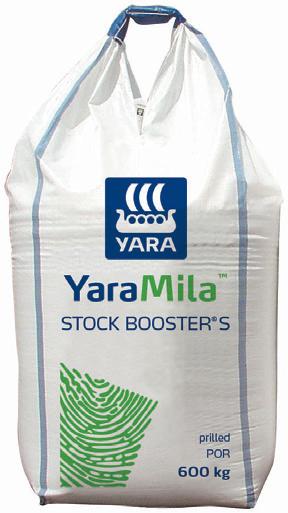

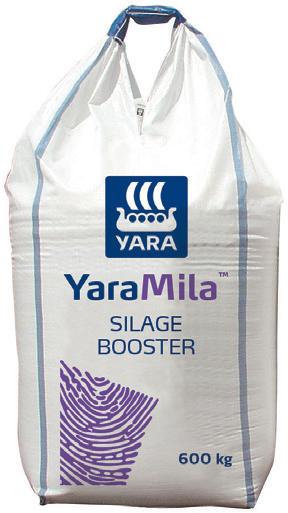

APRIL 2024 29
ZEALAND’S
VIEW Take advantage of increasing grass growth!
NEW
VET’S
@Yara_UK Yara UK agronomy.uk@yara.com www www.yara.co.uk N K P S N K P S N K P S N K P S N K P S
Rory Dean
The latest research, Sustainable Farming Incentive options and the merits of undersowing crops were discussed at the Maize Growers Association conference in Nottingham. Jonathan Wheeler reports.
Foliar nitrogen meets needs of maize crops
Applying foliar nitrogen during the summer meets the nutrient needs of maize more e ectively than applying all the fertiliser early in the season, new research from the Maize Growers Association (MGA) suggested.
Presenting the results at the conference, Neil Groom of Grainseed said late foliar N met the crop’s needs when they were at their highest. is was during June, when the crop was growing at its fastest, and July as it moved from owering through to grain set and ll.
e MGA’s trial work, which was entirely funded by its members, tested six di erent foliar N sources, which stuck to the leaf and broke down over a number of weeks.
While more expensive than urea, they provided a more consistent release of N, enabling growers to manage nutrient provision during the growing season.
Mr Groom said: “Scorch no

Research suggests late foliar nitrogen meets the needs of a maize crop when they are at their highest.

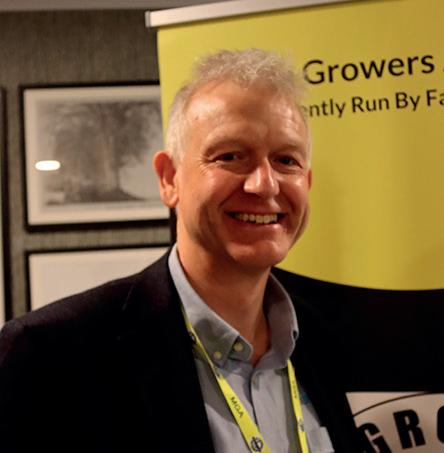
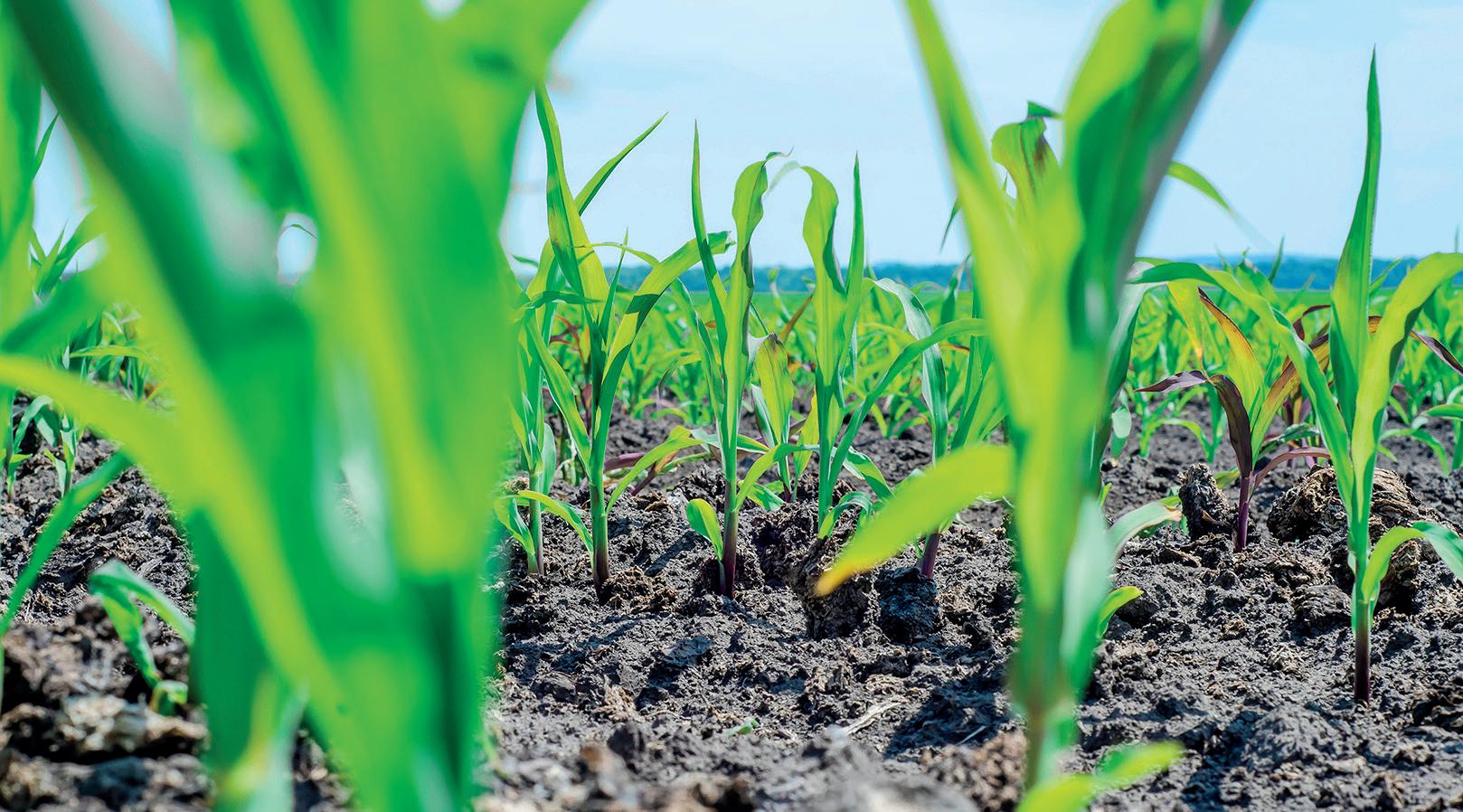
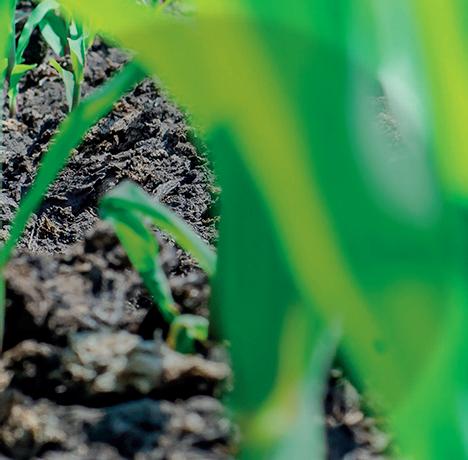

longer seems to be an issue. We have applied liquids at 30degC plus at double dose levels to try and produce scorch and we cannot.
“It is more e cient with 95kg/ hectare of foliar N achieving the same sort of yields as 195kg N from a bag”. is echoed results of other trials completed by MGA, in which crops
Importance of drilling dates
JDiscussing drilling dates and depths, Mr Myhill reminded growers that early drilling (in late April/early May) could raise yields, but care was needed to achieve the most appropriate drilling depth.
He said: “If you push the seed too deep when drilling early you can really limit the plant population and speed of germination.
“If you are going in May, the priority is to get the seed down to the moisture level to
achieve fast germination and emergence.”
MGA member-funded research suggested there was a 1.9% yield advantage for every week earlier, but that advantage was variable; in 2021, it was just 1.3%.
“Maize needs to be sown into moisture. If you are drilling in early April, be aware of going too deep in cold, wet seedbeds. You may benefit from hanging off a bit,” said Mr Myhill.

provided with 100kg/ha N (40kg/acre N) and 195kg/ha N (80kg/acre N) achieved virtually the same yield.
Jon Myhill, MGA agronomist, said other work had highlighted the bene ts of long-term manure applications to the crop.
A three-site trial in Norfolk, Devon and Somerset showed that, in Norfolk, in elds to which no manure had been applied the soil reserves peaked at 130kg/ha N
Seed treatments
JThe MGA lobbied hard for the retention of existing seed treatments post-Brexit, said Jon Myhill.
He said Defra had sought to ban these products despite the fact that they were still permitted for use in the EU, but lobbying had achieved a ‘stay of execution’ until 2027.

(52kg/acre N) during August. is contrasted with the sites in Devon and Somerset, which had received regular slurry applications. In Devon, levels peaked at 350kg/ha N (140kg/acre N) in late July, and at the Somerset site they were almost as high at about 320kg/ha N (130kg/acre N).
He said: “Both those sites had a history of manure applications. ose elds might not require any further N applications.”
Mr Myhill said: “There are new products coming through from all the manufacturers which are being assessed by the Pesticide Safety Directorate at the moment.
“We hope we can get those approved by July 2027 so we can continue to be efficient.”
APRIL 2024 30 CONFERENCE
Continues over the page...
Inset (left): Neil Groom. Inset (right): Jon Myhill.
PICTURE : Getty
























































MAXIMISING MILK SOLIDS AT GRASS TO BOOST MARGINS





















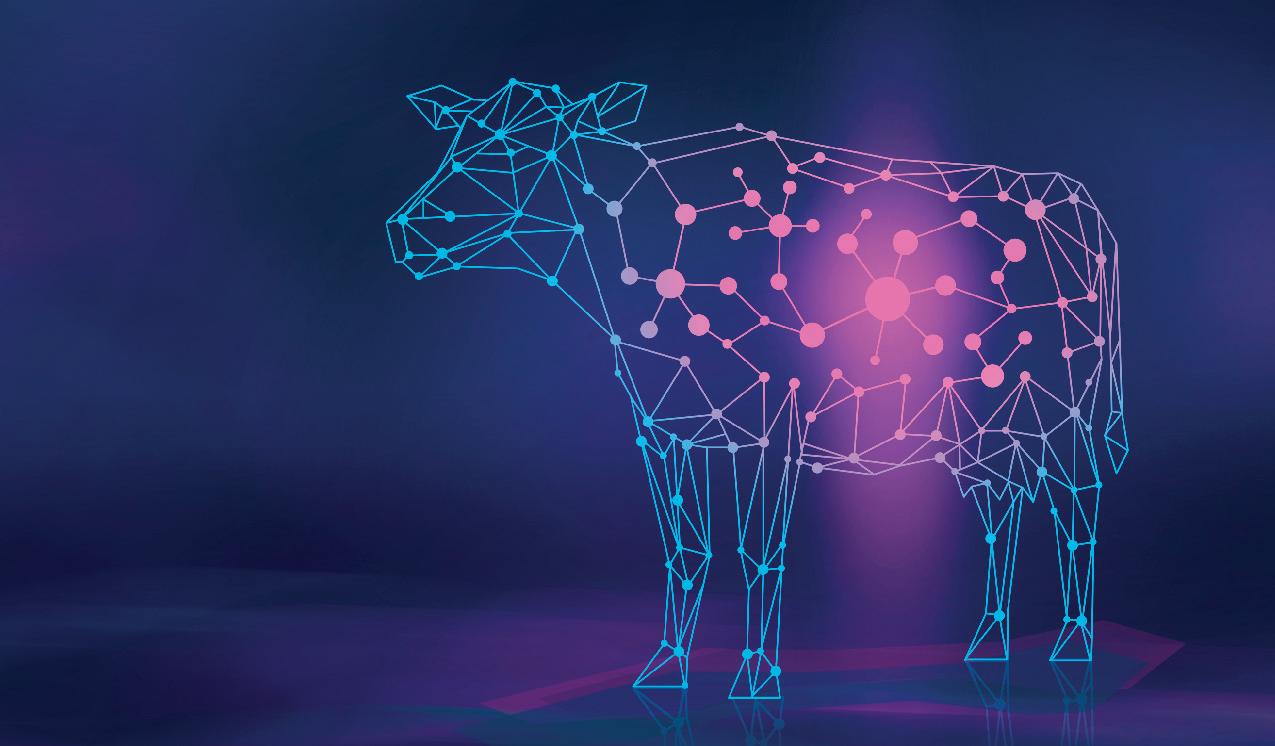
Maintaining good milk composition will be key to improving margins and profitability, dairy producers are being advised, with many now looking to take the opportunity to turn cows out to grass and make the most out of early grazing.
With milk quality key to many milk contracts, careful management will help producers address one of the major challenges at turnout, while still reducing feed costs at grass.
“There are a number of factors that a ect milk protein and butterfat levels at this time of the year, and grass quality is usually one of the main problems,” explains Trident MicroNutri’s Technical Services Manager, Angharad Loveluck.
Traditionally, as the grass growing season progresses, it is more di cult to maintain grass quality at the same levels seen in spring and early summer.
“As pastures become older and harder through the summer, energy and digestibility levels are reduced, and this has a negative impact on performance, particularly on milk protein levels.
“This year, we are also seeing a number of pastures with old growth from last season, preventing the new season growth coming through,” she adds.
According to Ms Loveluck, there are several methods to manage this, and these can include grazing o by dry stock, mowing to 5cm and removing toppings, or re-seeding, if it fits in the farm plan.
CONCENTRATE FEEDING
“Cows that lose too much condition over the total lactation period, and especially those that experience losses in early lactation, are more likely to have reduced milk protein levels,” she says.
“This is generally caused by a lack of energy, due to an over-estimation of grass supply, or under feeding of concentrates. Increasing the level of concentrates fed will generally improve milk protein levels.”
In order to improve butterfat level, it is generally recommended that a concentrate high in digestible fibre is fed, particularly where grass is good quality and readily digestible.
Concentrate quality is also important, with good levels of cereals providing the required energy and starch levels. However, care must be taken to minimise the risk of SARA.
MINIMISING SARA
“The strategic feeding of the live yeast Vistacell and bu er Acid Buf, as part of the daily bu er feed, will help to ‘condition the rumen’ and reduce the detrimental e ects of acidosis, at this crucial time in the grazing season,” explains Ms Loveluck “This will allow safe feeding of additional concentrates, resulting in increased energy supply for the animal at grass, and more fuel in the form of volatile fatty acids for increased milk solids production, for both butterfat and protein.”
The increase in components occurs due to better balanced rumen fermentation, leading to more fibre digestion and rumen microbial growth.
A recent study has demonstrated that using Vistacell and Acid Buf in combination, resulted in not only a more stable rumen pH, but higher milk yields, butterfats and proteins, as well as better feed e ciency.
OPTIMISE THE RUMEN, MAXIMISE FORAGE EFFICIENCY
GRAZING MANAGEMENT







• Aim to keep grazing rotations between 18-21 days.
• Make sure pastures are grazed down tight enough to give good fresh re-growth.
• Topping of paddocks will be necessary after grazing to remove older grass and encourage fresh leafy re-growth.
• If grass growth has got ahead of cows, close paddocks o and cut for silage as soon as possible. Do not leave them until the main silage cut.
• Do not over-estimate what can be achieved by grazed grass alonetypically, 16-18 litres should be produced, if su cient high-quality grass is available.
• Consider bu er feeding with good quality grass silage if grass quality or quantity is poor.
“At this time of the year, grazing management should focus on maximising the amount of young leafy grass available to cows.” “Good grazing management practices throughout the grazing season will help ensure cows get enough quality grass, with su cient energy levels to maintain milk protein content,” she says.
While grass quality is an important aspect to maintaining milk quality throughout the grazing season, Ms Loveluck explains there are other factors to consider.
A D V E R T ORI A L
Learn more by calling +44 (0) 2894 473 478
Undersowing ideas
JUndersowing maize with grass could help protect the bare soil against erosion while also providing extra grazing or forage for livestock, said Jon Myhill, of MGA.
Initial tests at Severn Trent Water’s Stoke Bardolph farm suggested the technique had merit, but undersowing is often rejected by farmers, especially those for whom ryegrass has been a problem.
Mr Myhill said the key to success was to wait until the maize had got away and reached four to six leaves before sowing the grass to minimise competition
Phosphate problems
JThe restrictions being placed on phosphate in the Wye Valley could become more widespread in the future, said Martin Williams, who farms in the area.
Speaking at the MGA conference, Mr Williams said phosphate vulnerable zones – modelled on the existing nitrogen vulnerable zones –could come into force.
He said: “The Wye is currently the most topical river in the country, but what is now happening on the Wye could come to you.”
It could severely restrict farmers’ options on how they handled and utilised manure and slurry, he added.
He suggested farmers should concentrate on stopping emissions from point sources, which was much simpler than controlling that from diffuse sources.
Farmers should aim to maintain soil indices no higher than 3+, prevent soil loss on any scale and use features such as wetlands to mitigate nutrient losses.
between the two species. That competition threat could be further reduced by selecting slower growing grass species and using low seed rates.
Mr Myhill said: “Seed rates should typically be between eight or 15kg/hectare, and remember that maize is the main crop.”
In weedy conditions, he suggested the drilling date could be delayed to facilitate treatment, with the grass then being sown through the crop when it was reaching leaf stage 8.
John Jackson, MGA chairman and manager at Severn Trent Water’s Bardolph farm, said he used the technique for the first time with success on maize grown for anaerobic digestion. He added he planned to do the same again this year using a Westerwold/ryegrass mix.
He said drilling through the growing crop was not a problem once he grouped the coulters together so they


avoided the crop rows and filled the inter-row space.
He said: “We were worried about competition so we drilled when the maize was at six to eight leaves. At that stage, about 10% of the crop was already too big so we will go earlier next year.
Good crop
“As long as you have a good crop of maize, the grass does not get any sunlight and it literally grows in the dark.
“That changes when the maize is harvested and the grass sward is now so thick that a local sheep farmer asked whether he
Maize meets SFI requirements
J Maize fits very neatly into a range of rotation options that optimise a farmer’s ability to access Sustainable Farming Incentive (SFI) payments, said Louise Penn of Ceres Rural.
With the crop traditionally being sown in April or May, Ms Penn said it presented many options for overwintered cover crops which attracted a £129/ hectare (£52/acre) payment.
As an example of rotations that could include maize, Ms Penn suggested that after wheat harvest, the field might be sown with a Westerwold ryegrass/red clover mix.
This could be either grazed or whole-cropped in the February-
April window, and would attract a £129/ha (£52/acre) SAM2 payment.
Maize could then be grown, which would earn an added £45/ha (£18/acre) if the farmer chose the IPM4 option and used no insecticides.
Grass
An alternative rotation would involve undersowing maize with grass which could attract an SW5 payment of £203/ ha (£82/acre) under the Countryside Stewardship Scheme, as long as the maize was harvested by October 1.
Ms Penn said: “This can also fit in well with the SFI action
could graze his flock on it.”
Mr Jackson said he had been swayed towards undersowing by the potential to gain payments under the Sustainable Farming Incentive and also the incentives offered by the water company.
He said: “In some areas, farmers will be worried about putting ryegrass in on soils where they have had blackgrass problems, but there are other options coming through.
“We did 2,000 acres last year and will do the same area this year. It is fairly straightforward.”


for leaving ryegrass to set seed over winter which attracts the IGL2 payment of £515/ha.
“This requires the ryegrass to be left undisturbed until March the following year, after which the field could return to maize.”
APRIL 2024 32 CONFERENCE
When undersowing, the key to success is to wait until the maize has got away and reached four to six leaves before sowing the grass, said Jon Myhill. PICTURE : John Eveson
Louise Penn
Ensuring grass is cut at the right time to achieve the desired silage quality is paramount and leaving it late will result in a reduction in sugars, protein and digestibility.
Timing is key when making your first cut
According to Peter Smith, silage expert with Volac, farmers should ‘forget any fixed dates’ they may have traditionally worked to and should instead be guided by the weather and the grass growth stage.
He says: “If the weather is good a week before the target cutting date, it is probably better to take the crop before the weather changes.
“Some farmers delay cutting because of concerns about high nitrogen levels in the grass which can buffer the fermentation process.
“In my experience, high nitrogen levels are rarely a problem in first cuts, so I would advise having grass analysed rather than making assumptions.
“Cutting in good weather will result in better quality silage, because there will be a rapid wilt. This will ensure the maximum amount of nutrients are retained in the grass and soil contamination is minimised.
Wilting trials
“Our wilting trials demonstrate that mowing at 10am and spreading the crop within an hour allows it to be harvested within 24 hours.
“Wetter crops need more acid to be produced for the fermentation process, so there is a higher risk of undesirable bacteria, creating a more unpalatable silage.
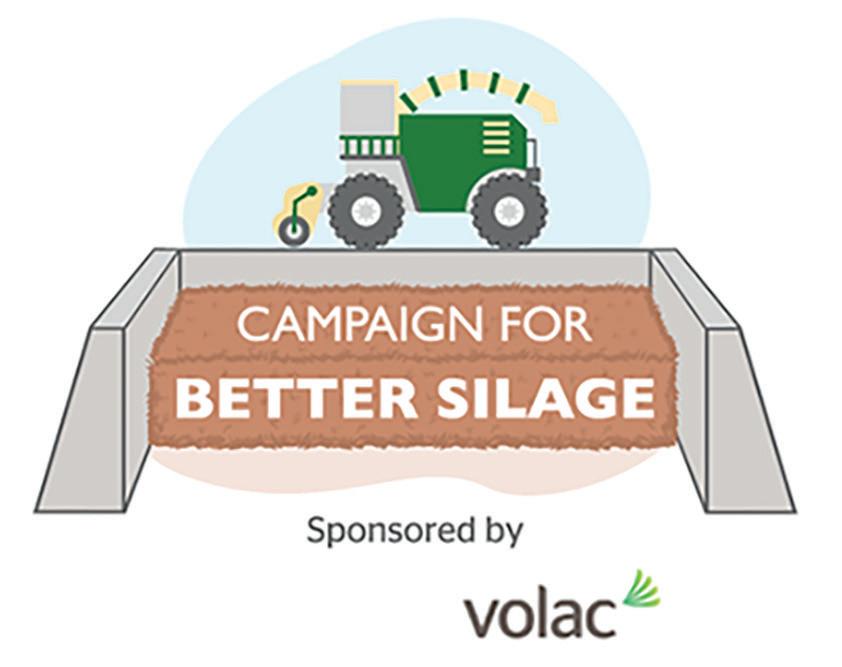
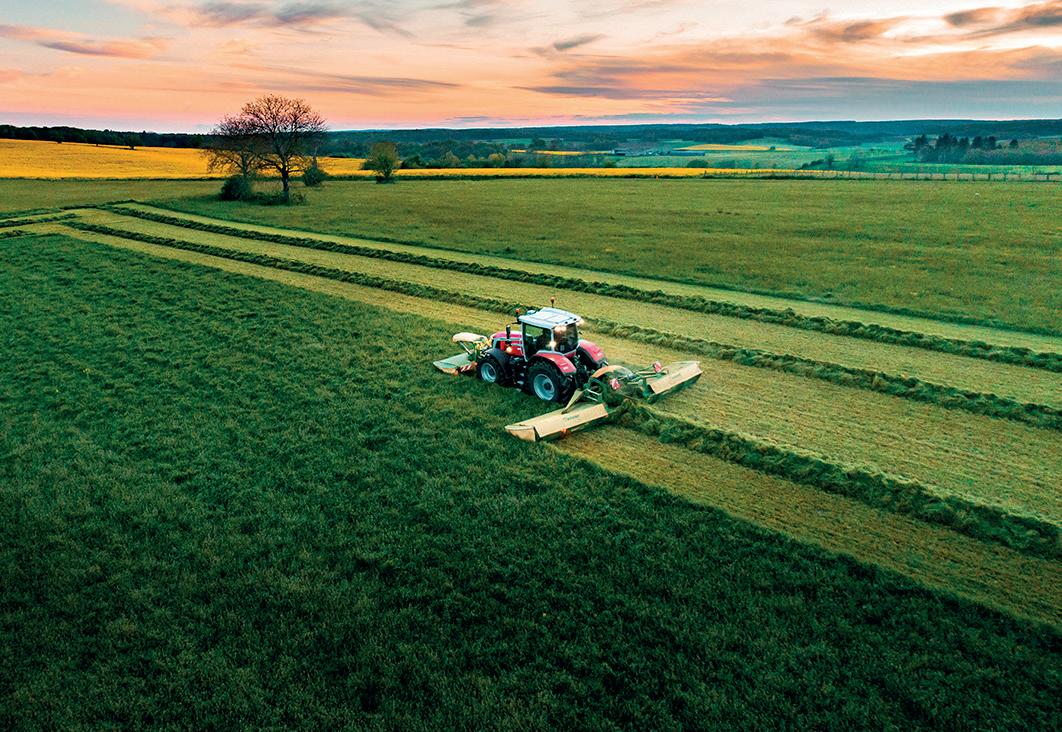


“If grasses head, digestible cell content will decrease and cell wall content will increase, leading to less palatable, poorer quality silage.
“D-value typically reduces by about 0.25 units per day after the beginning of May.
“Choosing the best time to cut is a balance between yield and quality.
“We advise opting for an earlier cut to maximise quality and therefore feed value and milk yield.”

“Ideally, we would advise mowing 10 weeks after slurry is applied to grass, but this is rarely possible.
“This year, slurry applications are likely to be late due to wet weather, so opting for the best weather window to make silage at the target dry matter of 28-32% will reduce the potential risks of late spreading risk from late spreading.
“Contamination of the fermentation process in silage is almost inevitable, but a fast wilt and use of an appropriate additive will minimise risk.
“Research has shown dry matter losses in untreated silage are at 8-10%, whereas where Ecosyl 100 is used, losses are halved.
“Each dose of additive applies one million beneficial and highly effective
MTD1 bacteria to the silage, outcompeting inefficient bacteria which otherwise convert sugar and proteins into undesirable and often unpalatable acids and other bi-products.”
John Spence, forage crops product manager with Limagrain UK, agrees that timing is key to making the best silage and urges farmers to be aware of the likely heading date of their grass leys.
Grass mixture
He says: “Knowing the type of grass mixture you have in each field will help forecast heading dates if exact varieties are not known. Shorter term leys with high proportions of Italian ryegrass and hybrid perennial ryegrasses will head earlier than longer term mixtures.
Mr Spence says while the yield from the first cut can give an indication of the current state of grass leys, until the results of a silage analysis are available, it is not possible to accurately gauge the true performance of swards.
He says: “If analysis results are disappointing, consider a reseed in either late spring or early autumn.
“Reseeding with a mixture with a wider spread of heading dates is recommended for farmers in wetter areas, because if weather delays cutting, the later heading varieties will still deliver high quality silage.
“In areas of the country where the weather is more predictable, a mixture with closer heading dates will maximise yield and quality.”

SPONSORED CONTENT
Find out more at farmersguardian.com/bettersilage, or scan the QR code
APRIL 2024 33
Some farmers delay cutting because of concerns about high nitrogen levels in the grass, says Volac’s Peter Smith.
With a focus on what it takes to make a farm sustainable for future generations, James Povall is not afraid to implement change on his family’s dairy farm. Laura Bowyer reports.
Like many other livestock areas of the country, the parish of Diddlebury in Shropshire was once home to 18 dairy farms. Now, Elsich Barn Farm, farmed by the Povall family, is just one of two dairy farms which remain.
James Povall farms with his wife Sarah and parents Sue and Robert, with the family milking 140 cows on 125 hectares (310 acres) of owned ground.
e farm is home to the Corvale herd of pedigree Holsteins, which is made up of cow families which go back to the 1960s when James’ grandparents rst went into milk.
Sarah says: “We are breeding for longevity. We could have cows here having up to 13 calves and we have just had three cows go over the 100-tonne mark. e best performing cows are the Emma and Verity families.”
A small herd of seven Jerseys have been added as a present for Sue, and a Brown Swiss joined the herd to celebrate James and Sarah’s daughter Rose’s rst birthday.
Supplying Muller, the herd calves all year round and is averaging 4.2% fat and 3.39% protein, while yielding 11,500kg. Cows are kept inside, but heifers go out to graze in summer.
Young family looks to the future on Shropshire farm
James says: “Our aim here is to produce milk from forage. To achieve this, a mix of red clover and Italian ryegrass is used as e ectively as possible.”
Each year, 16ha (40 acres) of grass is let out for potatoes. Growing maize and grass, the farm operates to a seven-year rotation of four years of grass, two years of maize, one year of potatoes and then back into grass.
Forage wagons
With shares in two forage wagons, James a ributes much of the cows’ yield to the silage he can produce. He says: “We get a longer chop length from using the forage wagon, which I think really drives yield.
“By incorporating clover into our leys, we make a higher protein silage, which results in milk with a greater
protein content. Our silage analyses at 32% dry ma er, 19.9 crude protein and 11.9 ME.
“We like to get on early in spring when it comes to cu ing grass. e farm is south-facing with only six inches of soil, so come July, it could all be burned o . We follow a multicut system, taking four cuts a year.”
James is a member of the current Muller Next Generation group and says that since joining he has made some notable changes to his farming system as a result of the trips and meetings organised for members.
He says: “ ere is nothing worse than a farmer who does not leave their own farm. It is good to get out and about and learn from other people.
“We went on a trip and saw a calving and dry cow shed which
was cubicle housing on sand with cows then moved into a calving pen.
“I thought ‘I could do that’, as at the time we were calving in loose sand yards, but were struggling for space for the dry cows. We built it ourselves and I picked up some secondhand cubicles.
Dry cows
“We have more success now with dry cows. ey are cleaner and we have more than doubled our housing capacity.”
However, the most notable change in recent times is the introduction of a HBC 250 slurry separator and pasteuriser, which is the only the second of its kind in the country.
e new slurry regulations have caused a lot of dairy farmers in the
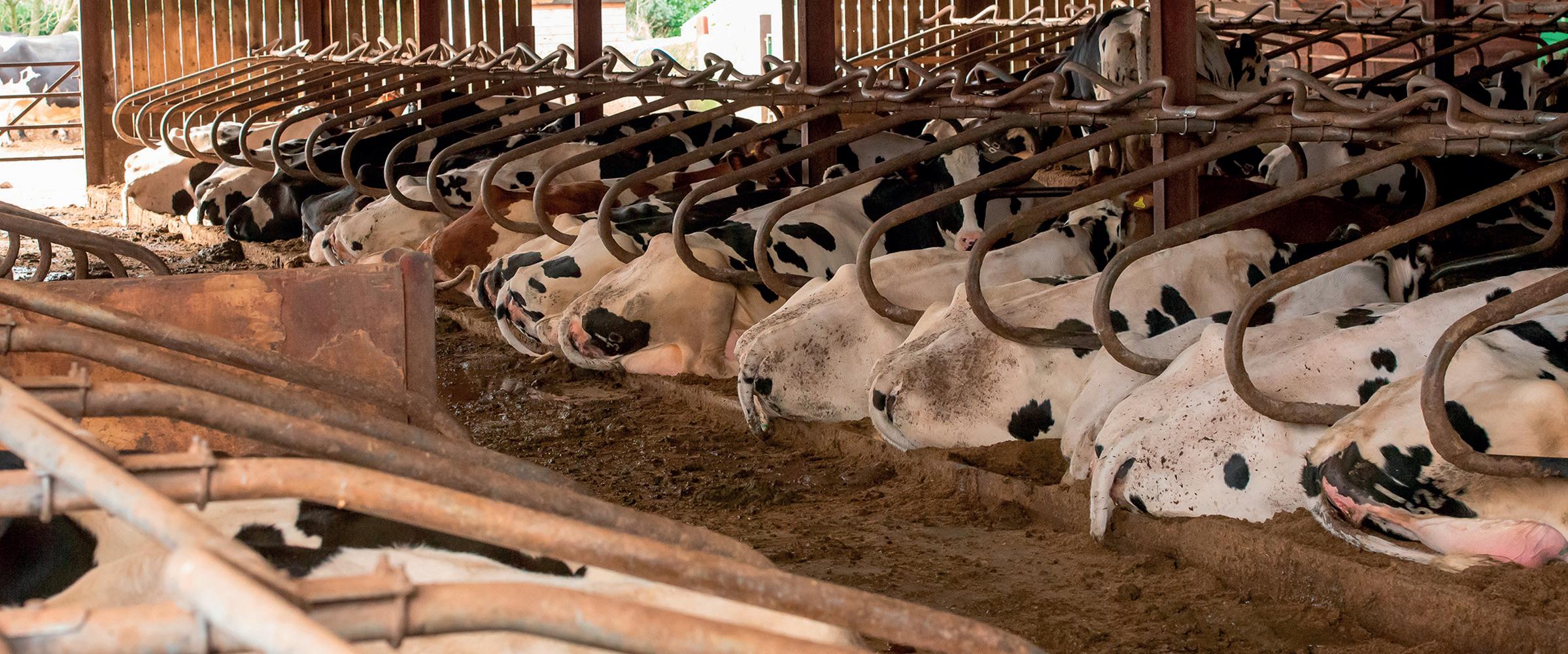

APRIL 2024 34 SUSTAINABILITY
Dairy cows in the cubicle house bedded with pasteurised green bedding.

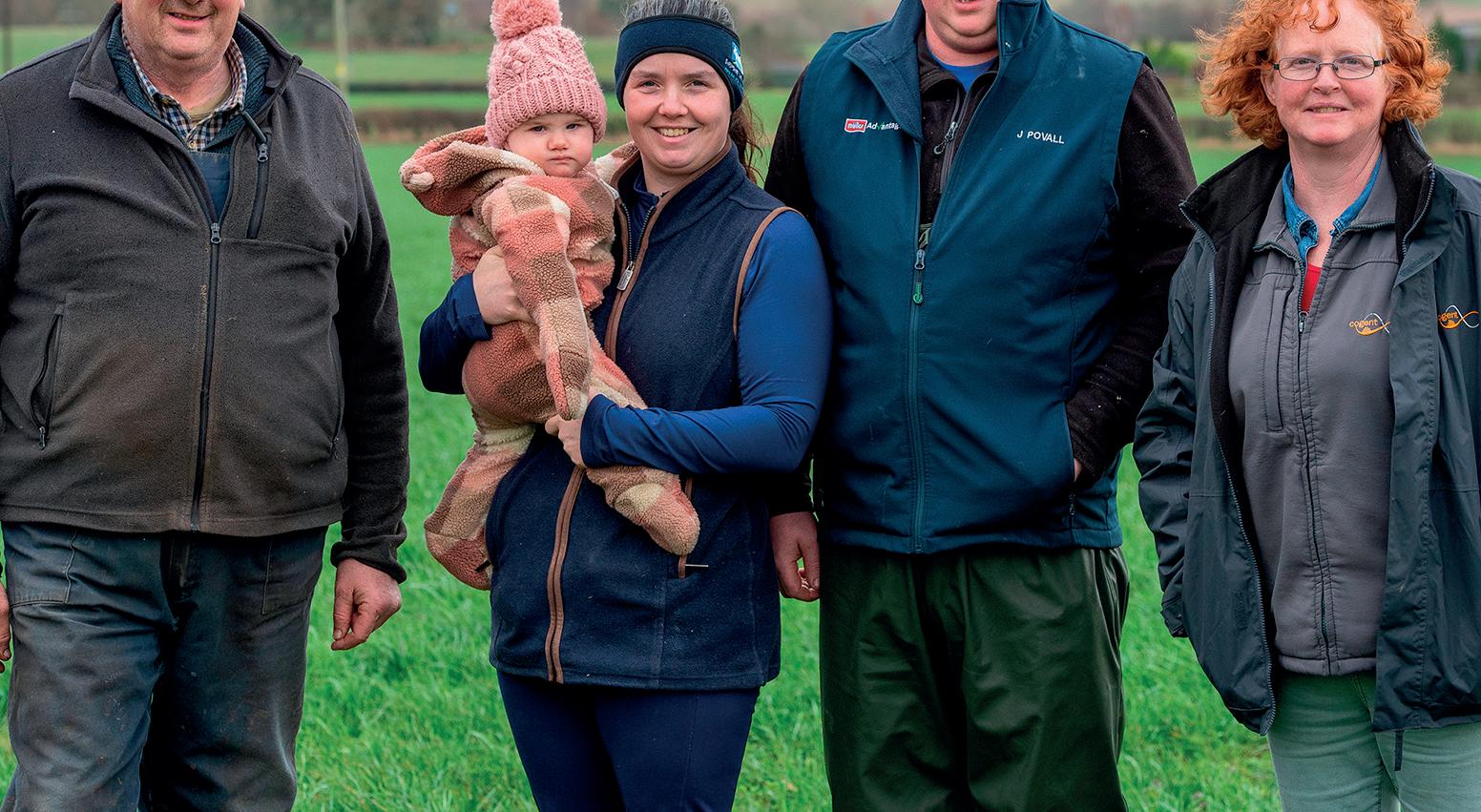

There is nothing worse than a farmer who does not leave their own farm. It is good to get out and about and learn from other people
JAMES POVALL
country to consider their futures and the Povall family were no di erent.
Initially, they got a quote for a concrete slurry lagoon, which at an eye-watering cost would have only provided just enough capacity for current stock numbers.
James says: “ ere was always going to be a cost to pu ing in a lagoon, with the wear and tear of the sand and then the pumping contractors.
“I was fed up of these big lorries of sand turning up. I thought ‘there must be a more sustainable way to bed cows’.”
e separate is pasteurised at 65-70degC for two hours to kill the bacteria, utilising heat from the slurry’s own heat.
James says more precise nutrient application can be achieved via the resulting separate and liquid.
He says: “We can split our phosphorus and potassium in the bre from the nitrogen which remains in the liquid and use the resulting products in a more precise manner.”
e family also no longer uses arti cial fertiliser, but instead seaweed, which is sprayed on as a liquid and contains biological nitrogen.
James says: “We started doing this in an a empt to be more environmentally friendly,
Muller Next Generation
JThe Muller Next Generation group follows a three-year programme and consists of nonaligned Muller suppliers under the age of 40.
Members participate in three overnight workshops every year, each including a visit to a group member’s farm, while also focusing on areas such as business improvement, succession, people management, leadership, communication and many more.
The programme is now in its final year, which will be repeated with a new cohort of farmers at the end of the year and will be open to all young Muller suppliers.
Trust Ecosyl 100 additive to help conserve your silage. With its 1 million beneficial ‘MTD/1’ bacteria applied per gram of forage treated and 30-year track record, it’s been independently proven to boost ‘milk from silage’. www.ecosyl.com
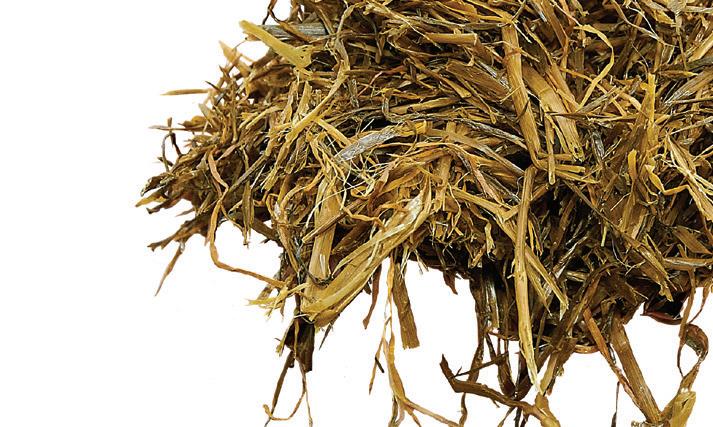
APRIL 2024 35
SUSTAINABILITY
PICTURES : John Eveson
QUALITY. SEE IT. SMELL IT. ECOSYL IT.
The Povall family (left to right): Robert, baby Rose, Sarah, James and Sue.
Volac International Limited, Volac House, Orwell, Royston, Hertfordshire, SG8 5QX. Copyright © 2024 Volac International Ltd. All rights reserved. 02187 Ecosyl
See It Dairy
170x121mm Portrait April 2024.pdf 1 11/03/2024 10:57
Advert
Farmer
SUSTAINABILITY
but it is also cheaper and minimises the risk of leaching.”
Now bedding milking cows on pasteurised green bedding exclusively, James says there have been some teething problems, but he is positive about the bene ts the system will bring long-term.
He says: “So far we are pleased to see the cows appear to be as comfortable as they were on the sand and within the next few months we also hope to bed the dry cow cubicles on it.”
A closed herd, the best of the Holsteins receive two services of sexed Holstein semen, with breeding decisions based on that animal’s breeding and its prior fertility track record.
James says: “We keep big cows with a good frame. ey are strong in the body and leg with plenty of depth.”
Sweeping up
A Salers bull, purchased from the Robinson family at Church Preen, Shropshire, is used for sweeping up heifers, while British Blue semen tends to be used more on the cows if not being put back to dairy.
A total mixed ration of grass and maize silage, minerals, blend and omega-3 fat is fed to the milking

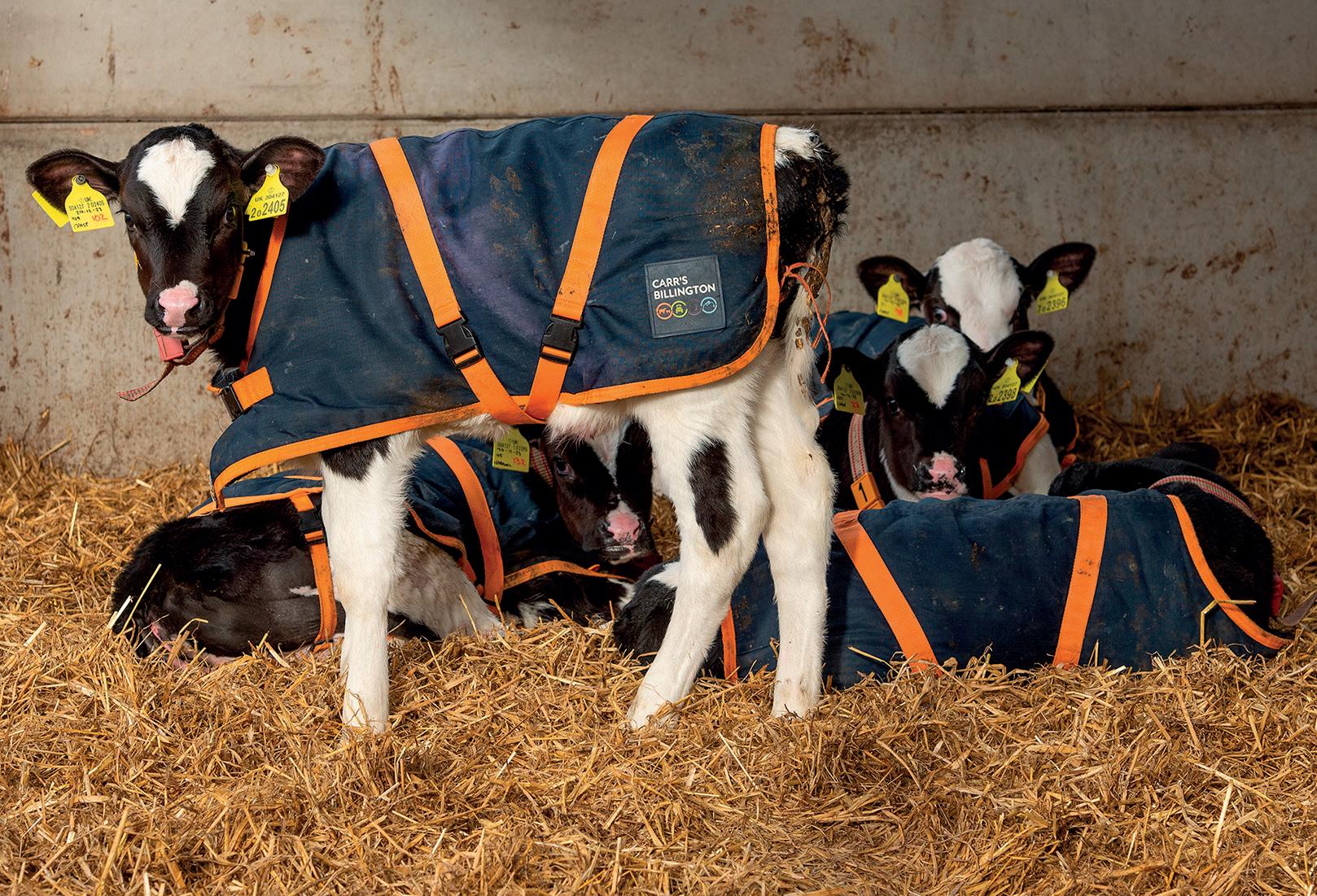
herd and a protein nut fed to yield in the parlour.
e farm installed a new parlour 12 years ago in the form of a GEA 20:20 herringbone, which sped up milking times, having previously used a 10:10. e current parlour makes use of ADF, auto-sorting, pedometers, heat recovery and an ice builder.
Now, milking takes only two hours each end of the day and the
daily work can be easily nished by 10am, which gives the rest of the day for, at the moment, building works.
e family employs a morning milker and, apart from contractors for pumping slurry and maize drilling, all other farm tasks are done in-house.
James says: “We like to do as much as we can ourselves, whether that is concreting or silaging.
“If we can, we will cut costs and do
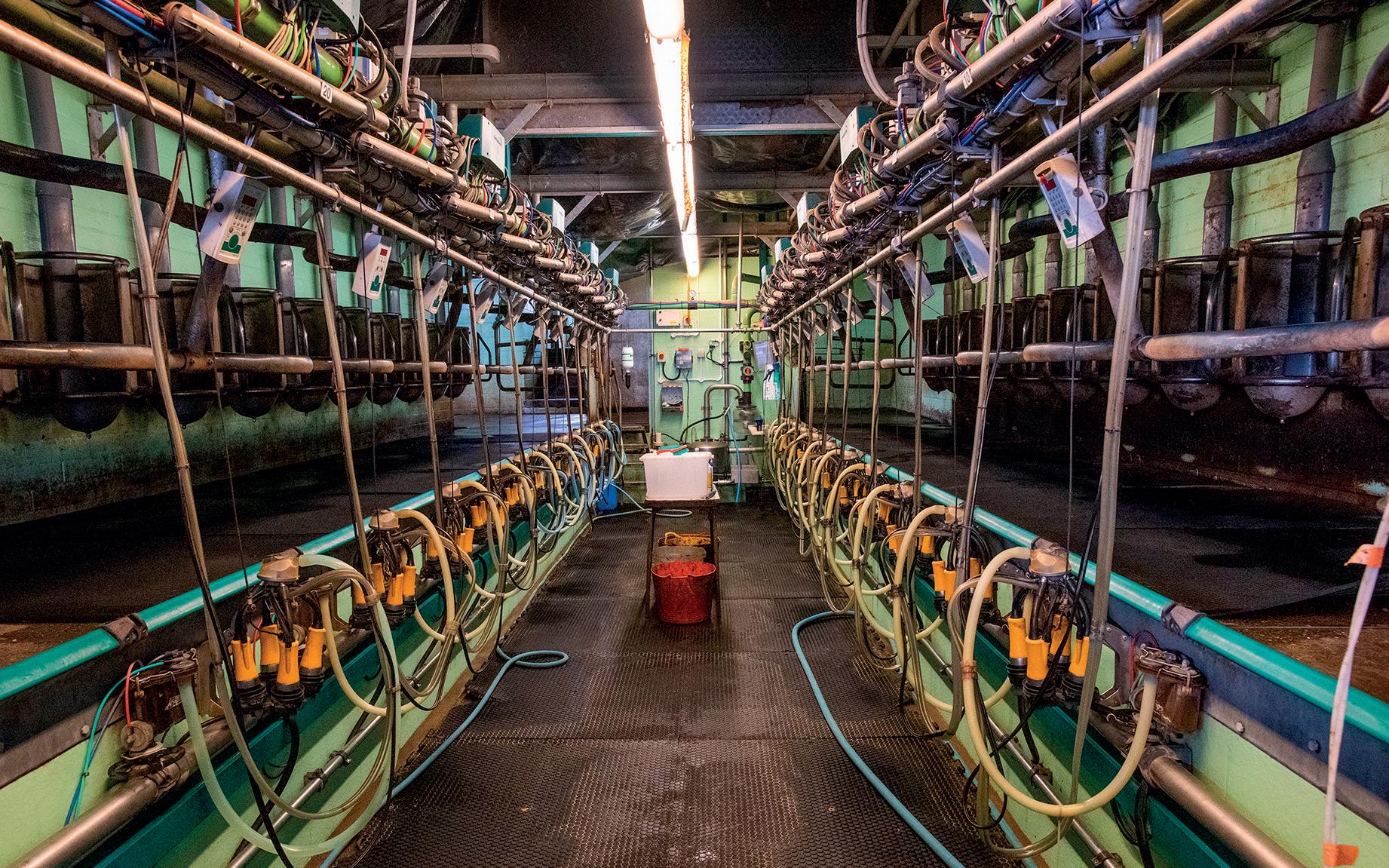

it ourselves. at is just how we are.”
Now a father himself, James says the Muller group has opened his eyes to what is involved in succession planning, as well as borrowing money.
He says: “I am now more aware of our cost of production and what is either costing us or losing us money and what can be done as a result.”
He adds the next move is the purchase of a robotic scraper and improvements to calf and youngstock housing.
Farm facts
rHeifers calve at 24 months, with the aim being to shorten this to 22 months while the herd’s calving interval sits at 388 days
rCalves have six feeds of their mother’s milk, which they harvest within 12 hours of birth; calves then get two transition feeds of half milk replacer and half cow’s milk
rAn automatic calf feeder is then used for up to eight weeks
rBeef calves are sold from seven days old through Market Drayton or Shrewsbury markets
36
APRIL 2024
Young calves in a straw yard.
The farm’s 20:20 herringbone parlour.

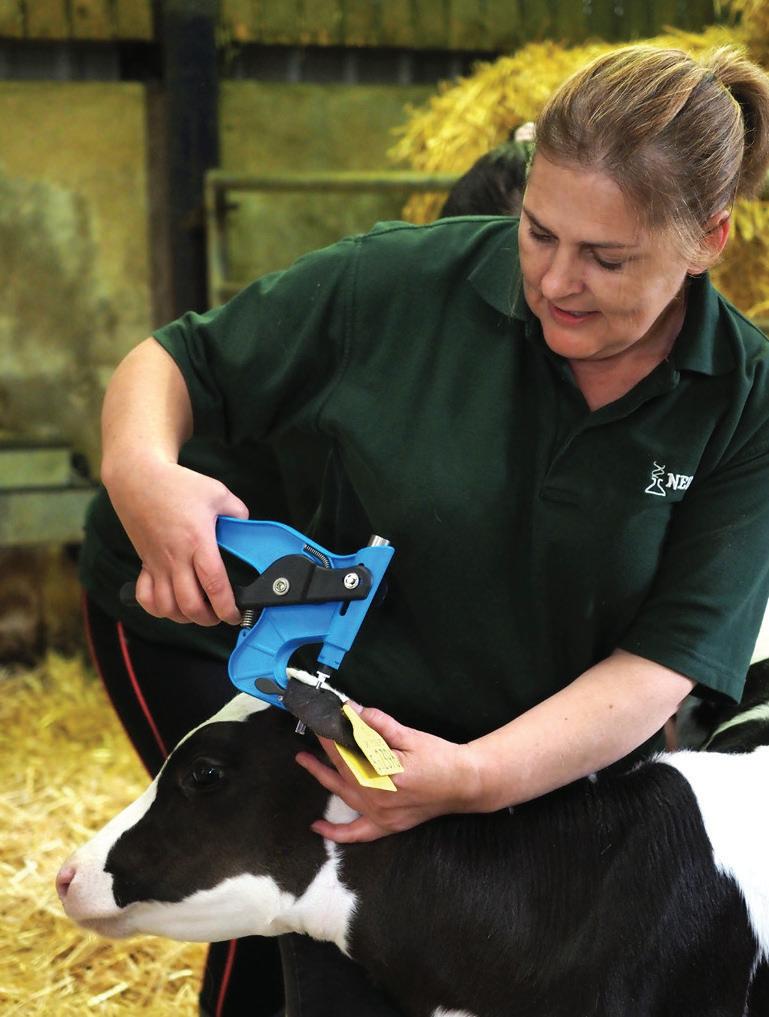


Pioneers for the
y Indus
Create a customised index Teat care products Circulation cleaners and disinfectants Solutions for healthy hooves Visualise, sort and compare results BVD and genomic results from a single sample Results delivered in days PRE POST Your Professional Par tner in Dair y Hygiene Your Trusted Genomic Technology Provider Win Neogen’s Ultimate Dairy Farmer Bundle! T&Cs details available online Scan to learn more & for your chance to WIN! Follow us on: @ Neogen EME A - Animal Safet y & Genomic s @ Neogen iEME A For more information email us at neogengenomics@neogen.com or call us on + 44 (0) 1292 525 600
Future of the Dair
tr y
A dairy farm is showing that expansion does not always have to mean more cows and, instead, the focus is on driving forwards to get the most from the cows through breeding and the use of technology. Ellie Layton reports.
Efficiency over expansion approach for Gloucestershire dairy business
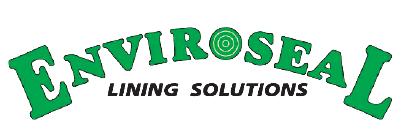

Court Farm in Kempley, Gloucestershire, is run by husbandand-wife team


Richard says: “We are be er at making silage than we are at grazing grass.
“We pay close a ention to detail, aiming to make six cuts a year with our local contractors, which is then fed as a total mixed ration.
“ e housed system allows us to provide a high quality, consistent diet that does not rely on high levels of concentrates, which the cows have access to while thriving in their environments.
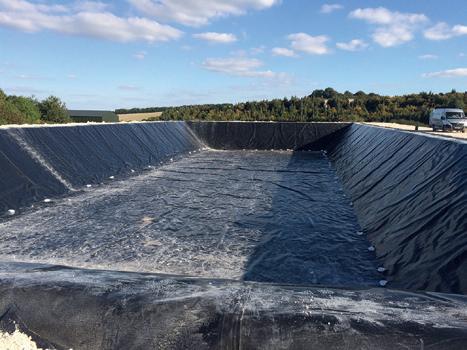

Richard and Sarah Carter, who farm in partnership with Sarah’s parents, Calvin and Rachele Pugh.
In recent years, the focus for the family has been on improving e ciency and cow comfort.


e family run a housed herd of 260 pedigree Holsteins supplying Cotswold Dairy and are assisted by one full-time member of sta , Josh Ralph, along with a Hartpury placement student, Darcey Barre , and three relief sta .
e 115-hectare (285-acre) farm is all in one block with the buildings centrally located. And although 20ha (45 acres) of maize ground is rented locally, competitive local land prices mean it is hard to run a business on short-term agreements in the area. And rather than focusing on expanding cow numbers, the family are using technology to help their high performing cows deliver more from a forage-based diet.
“For us, it is not about focusing on one single thing but instead ensuring everything is working well so the system works in harmony.” is approach sees their herd deliver a yield of 12,950 litres at 4.23% bu er fat and 3.32% protein. e switch from conventional parlour to milking robots was made in
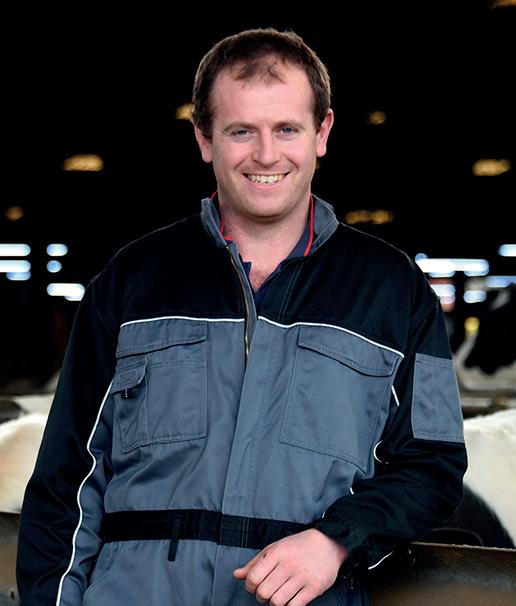
APRIL 2024 38 BUSINESS EFFICIENCY YOUR DEPENDABLE PARTNER FOR SLURRY STORAGE SOLUTIONS enquiries@enviroseal.co.uk t: 01695 228626 www.enviroseal.co.uk SLURRY LAGOON FLOATING COVERS Keeps rainwater out of slurry Reduces odour from lagoons Covers comply with EA and SSAFO legislation SLURRY LAGOON LINERS Comprehensive 25 year warranty Materials meet EA and SEPA requirements Installed and tested by certified technicians Enviroseal provide a complete range of products for slurry storage
PICTURES : Ruth Rees
Through genomic testing, the herd is achieving greater genetic gain and milk yields have increased without increasing cow numbers.
Richard Carter
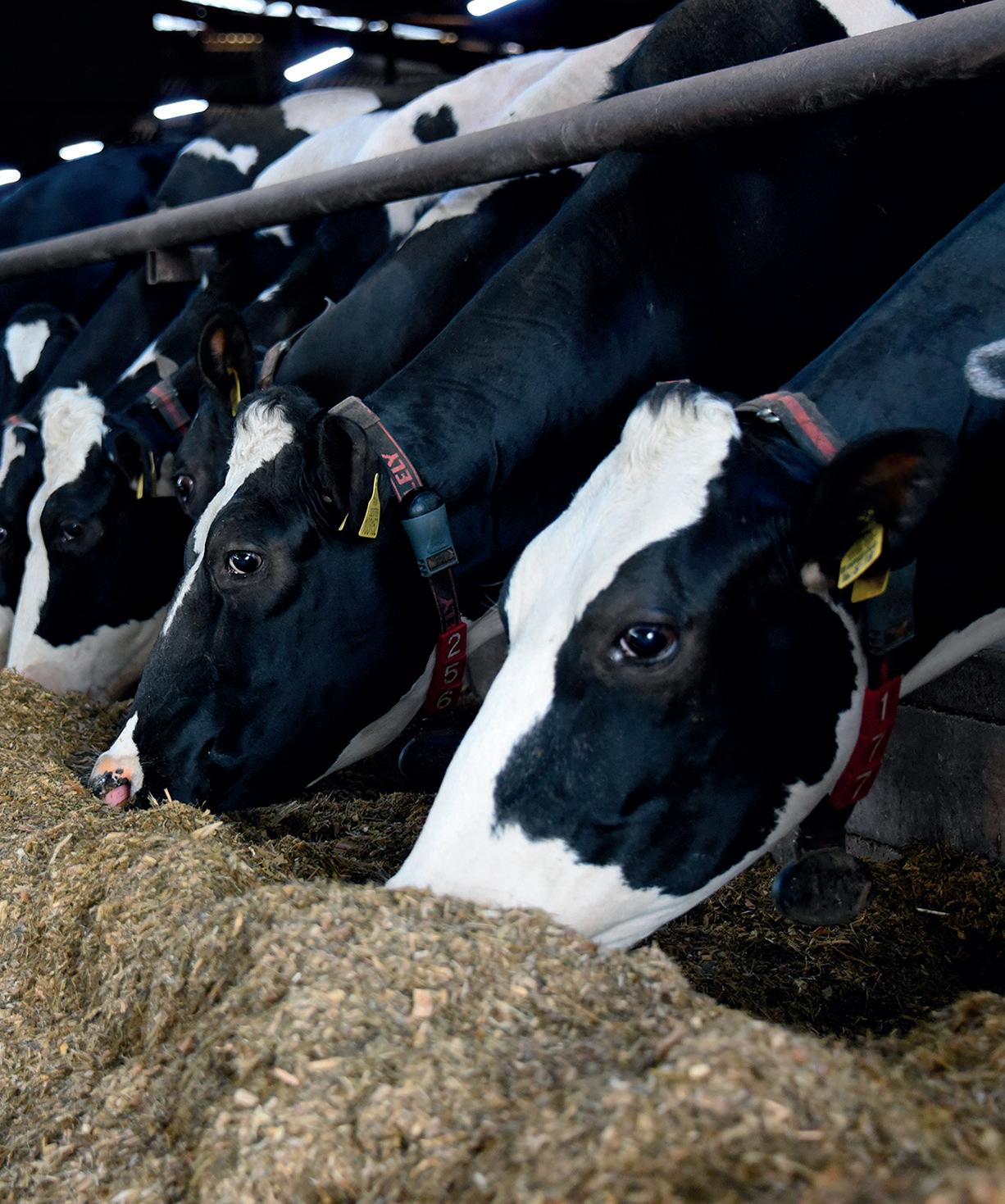
2017, with the main reason for the change being a desire to milk the cows more frequently.
Sarah says: “My parents had been tied to the parlour for more
than 20 years and we have a young family. e robots allow a li le more exibility. e cows adjusted to the robots well. Richard is very mechanically-minded and we have
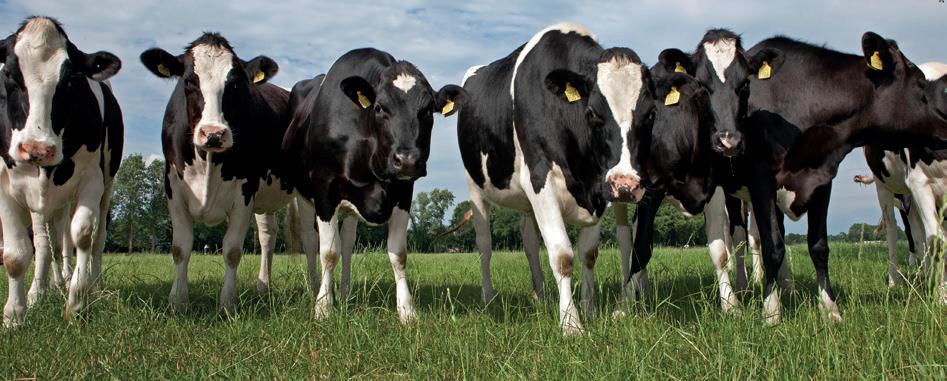
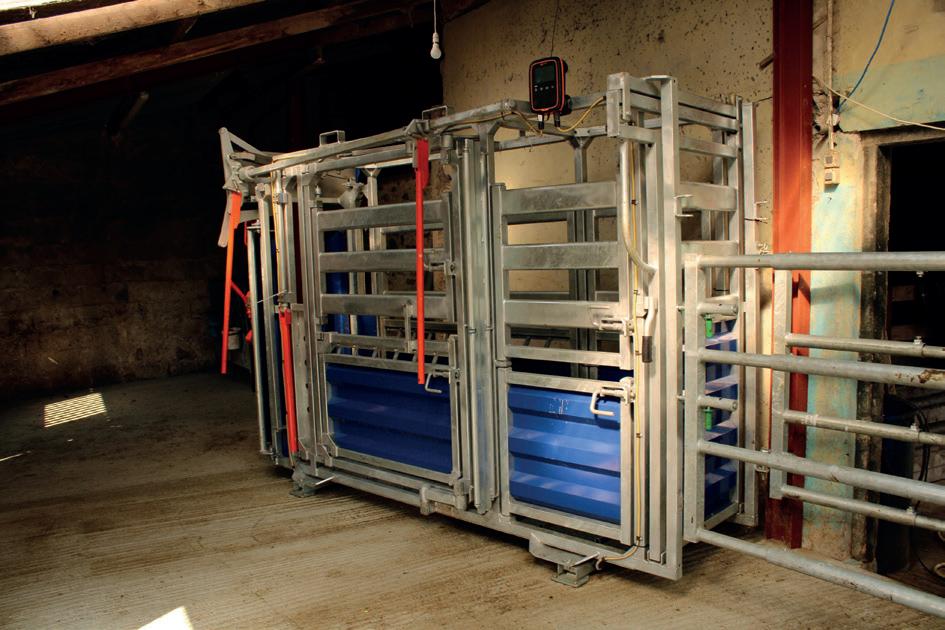


support based in Yeovil, but we have not had too many issues.
“We are morning people, so we can still get things done in the morning without having to rely on sta to do the evening milking if we were three times a day,” she adds. Close a ention is paid to their all-year-round calving system implemented through the Genus RMS scheme. All heifer calves are kept as replacements to go back
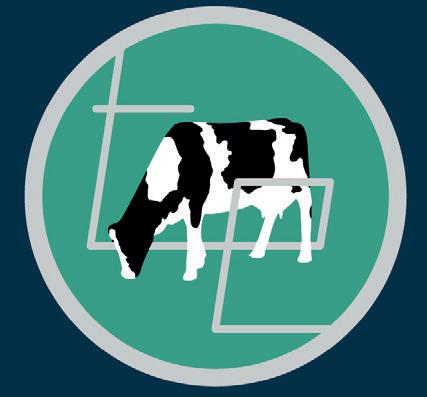
into the herd, calving at an average of 23 months old.
“Breeding our own replacements means that we can deliver specifically what we want in a cow and it also allows us to use the data we collate on the farm to take our herd in the right direction,” says Richard. e only cows that are brought into the herd have been sourced from high quality pedigree herds in order to build up numbers when
- We have a wide range of both off-the-shelf and bespoke, made-to-order solutions for livestock handling.
- We have applied our years of experience to the design of the crush, accounting for handler position, noise reduction and strength and security.
- Our design team have worked extensively on delivering handling systems for marts, abattoir’s and other bespoke handling facilities.

- The Teemore Portable Crush range features robust crushes for the specific needs of Dairy farmers.
Teemore Engineering Ltd

Derrylin, Enniskillen, Co. Fermanagh, N. Ireland, BT92 9BL
Tel: 028 6774 8377 (NI/UK) / 048 6774 8377 (IRE)
Email: info@teemoreengineering.com
www.teemoreengineering.com

APRIL 2024 39 BUSINESS EFFICIENCY
PORTABLE CRUSHES AND HANDLING SYSTEMS!
Calves are fed fresh pasteurised colostrum, before moving on to automatic feeders.
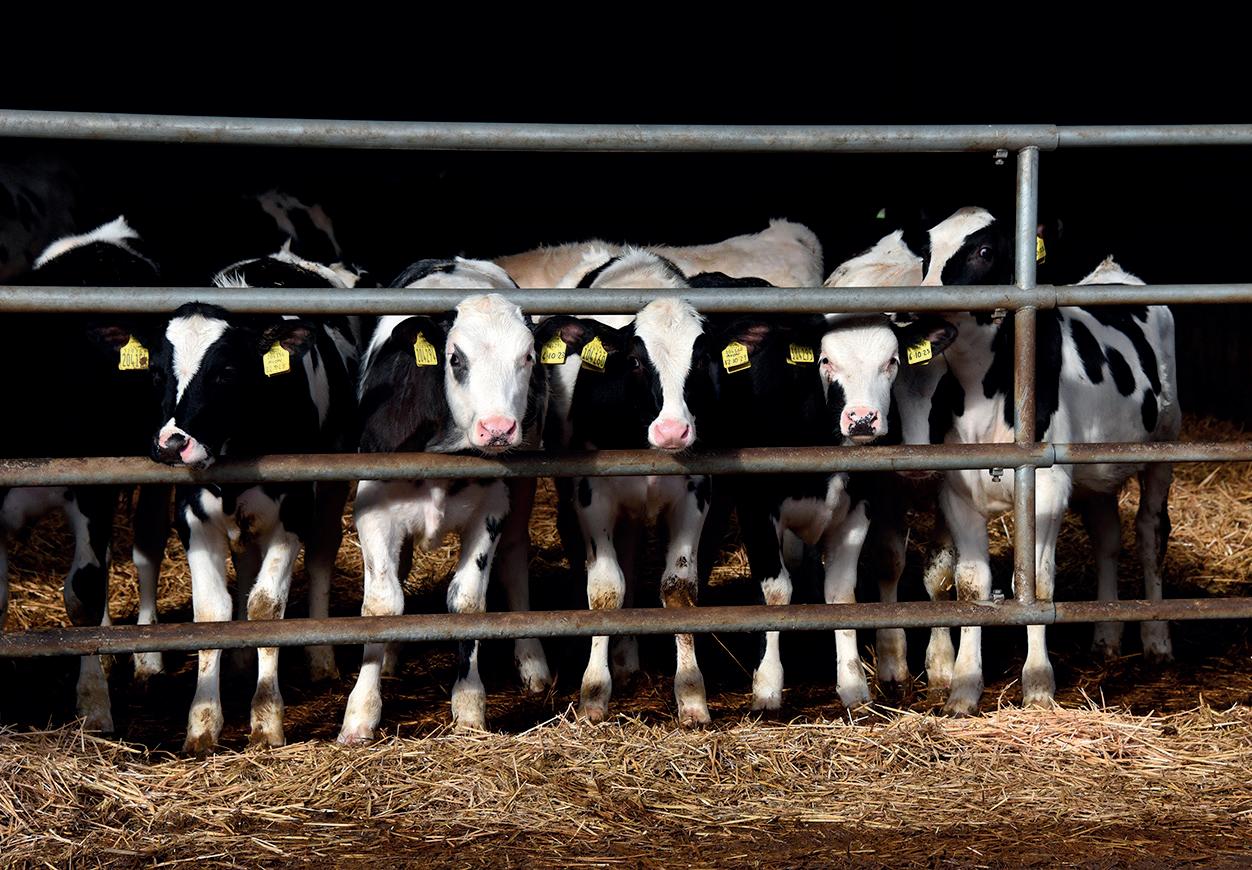
they lost cows due to bovine TB, which is a problem in the area.
The farm uses the GENEadvance scheme which enables them to incorporate genomic data into their genetic plan.
Richard says: “We started to genomic test the herd six years ago and the data collected allows us to speed up genetic gain and increase milk yield without increasing cow numbers.
“The system highlights the top 40% of the whole population whereas we used to use a method which only looked at de-selecting the bottom 25% of the heifers.
“The new system gives us the chance to judge our herd as a whole.”
This strategy is clearly paying off as they are in the top five per cent of herds for profitable lifetime index (£PLI), milk, fat and protein according to AHDB, with all of these areas included within the farm’s key performance indicators.
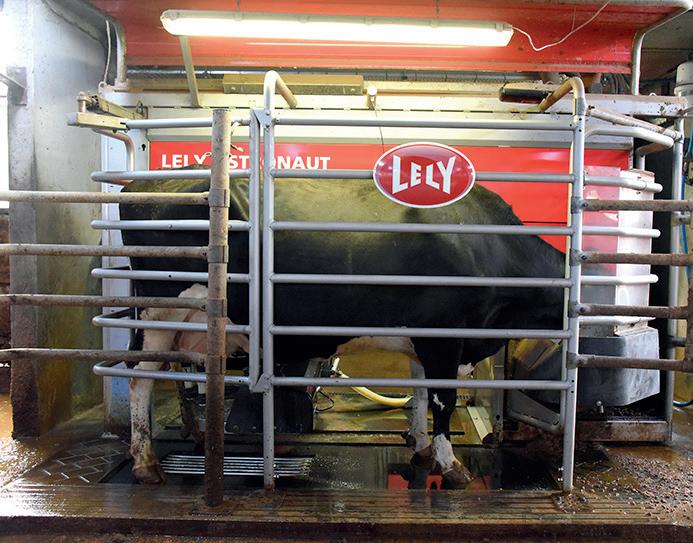
carries through to their progeny.
Once the calves are on the ground, Sarah admits that they are given every chance to thrive in order to give them the best start in life.
“We want to grow our calves as best as we can so they will do well for us in return,” she says.
Calves are snatched and individually penned. There they are fed five feeds of fresh pasteurised colostrum until they are transitioned on to high quality 22.5% protein milk powder.
Prevent
The couple also work closely with David Gough, their breeding advisor for the past two years.
“David came with a fresh pair of eyes and has been able to help us strive for the best way to take the herd forward,” says Sarah.
Fertility is a large focus of their efficiency drive and they closely manage getting cows in-calf and do not like to leave any room for error.
Their pregnancy rate stands at 34 % with a conception rate of 47% and an insemination rate of 74%.
Elite
In terms of breeding strategy, they serve all their best performing animals with sexed dairy semen, while the lower performing animals are served to elite British Blue or Aberdeen-Angus.
All of the heifers wear a collar from when they reach 12 months at around 400kg, when they start being served.
“The collars provide more data which can be used as a tool,” says Richard.
“The voluntary waiting period stands at 70 days for cows and a little longer for heifers. If a cow has not been seen bulling by 50 days they are presented to a vet so they have time to address any issues.
“Our average days to pregnancy stands at 101 days, which we are happy with.”
He adds that they breed from fertile cows with a theory that this
“We only use pasteurised colostrum and milk after we experienced a problem with an E. coli bug a few years ago.
“The process helps prevent all disease transfer and it has eradicated the issue,” says Sarah.
Calves are then moved into groups of 10 where they are fed using an automatic feeder and have access to 10 litres a day over four feeds.
“The calves have 1.35kg of powder a day, before they are weaned at 70 days and put into batches of 20 where they have continued access to adlib concentrates and chopped straw to promote intake and rumen development,” says Sarah.
Until they are 12 months old, the beef and dairy calves run together. The beef calves are then sold privately once they reach 400 to 500kg. Calves are vaccinated for pneumonia and mycoplasma, while the cows are vaccinated against bovine viral diarrhoea, IBR,
and leptospirosis. Three years ago, a decision was made to explore green bedding for the cubicles and this coincided with the installation of a slurry-only 33kW anaerobic digester and a new screw press separator.
Slurry is separated, with the solid fraction being used for bedding and the liquid stored and used for fertiliser, which is spread by the farm’s own umbilical system and dribble bar between cuts of silage.
Richard says: “We have found the bedding is more absorbent and keeps the cows cleaner and is less abrasive than alternative bedding and, because it is ‘free’, we use more of it. It has not affected the Bactoscan which sits around seven.
“Initially mastitis cases fell, but we started struggling with toxic strep-uberis cases. However, with help from our vets we decided to start vaccinating for mastitis. Since then, cases have fallen to current rates of 15 cases per 100 cows with a somatic cell count of about 80.”
Farm facts
r260 pedigree Holsteins
rAll heifer calves are retained for replacements
r200 dairy beef cattle
rMixed ration of concentrates, grass and maize silage
rIn a bid to use technology to their advantage, they use automatic slurry and silage pushers
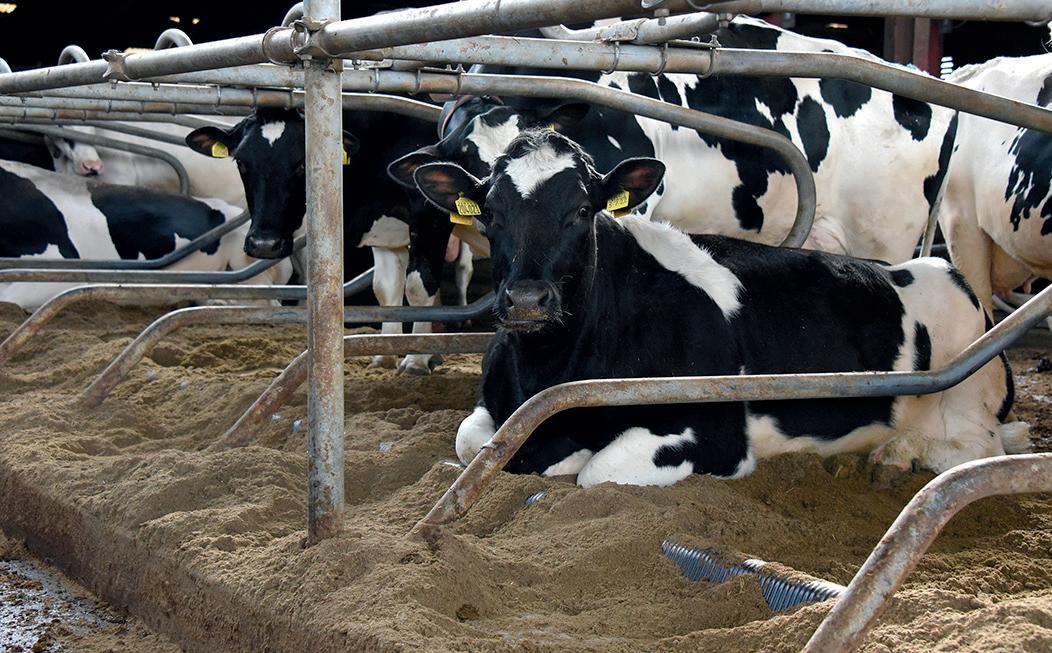
APRIL 2024 40 BUSINESS EFFICIENCY
The farm uses its home-grown green bedding in the cubicles. Robots were installed in 2017.
Green bedding has been used in cubicles for the last three years.
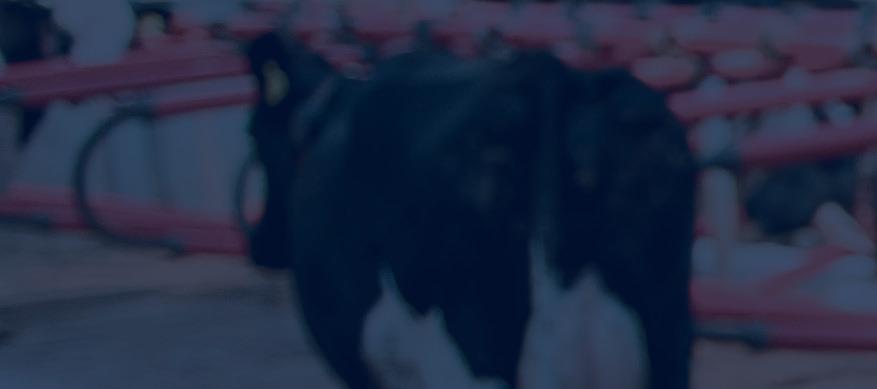


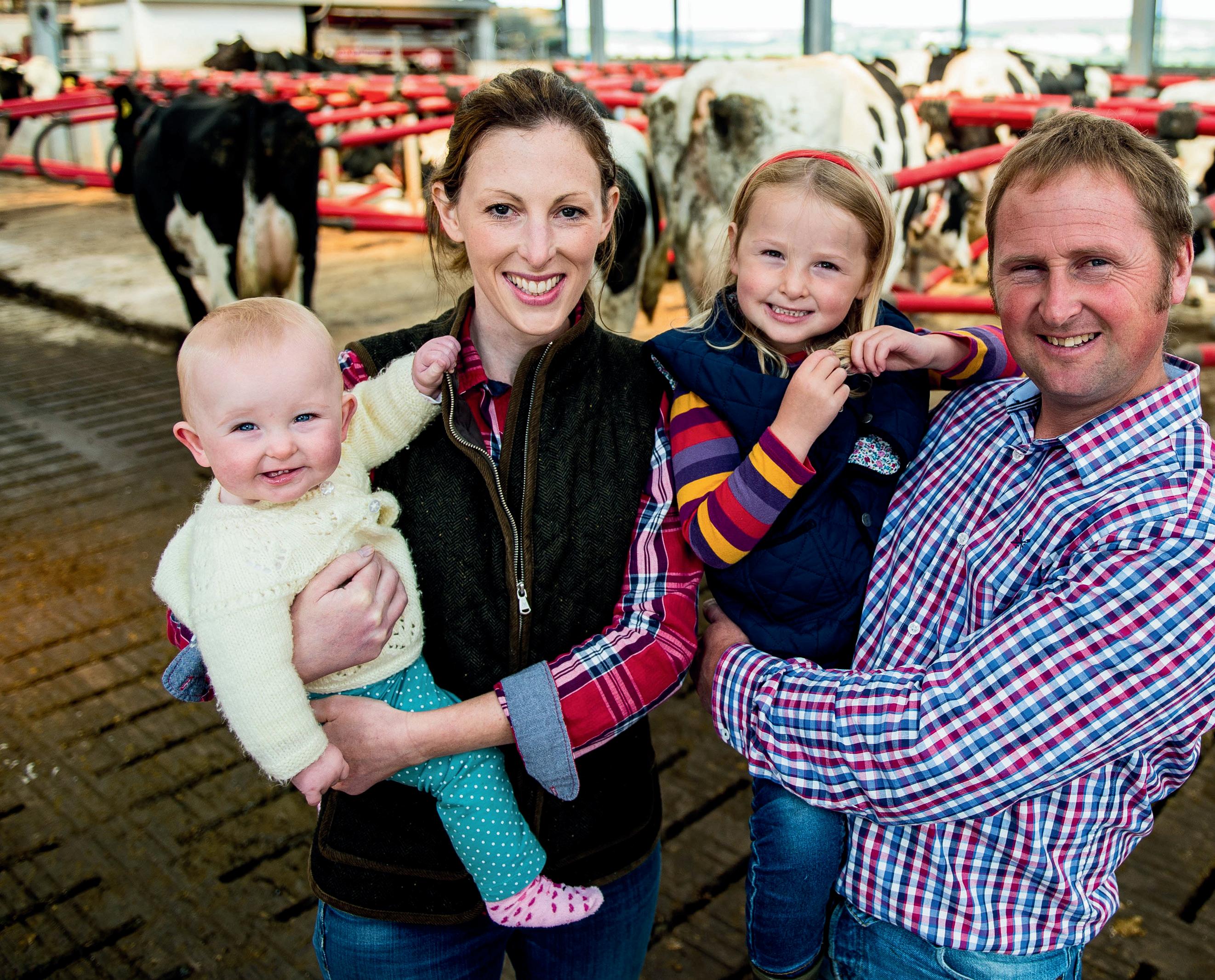
Farming For The Future
The Next Generation in Livestock Comfort Solutions
We design and develop innovative and sustainable livestock housing solutions that enhance welfare, reduce emissions and provide farmers with peace of mind. 07985



Cow CubiclesCow Mattresses

Slat RubberFeeding Systems Rubber Matting


41 APRIL 2024
Aeration System
602767 www.easyfix.com
Managing slurry and applying it accurately are crucial to achieving its full potential. Dairy Farmer reports.
Capturing more nitrogen (N) from slurry can help reduce reliance on bought-in articial fertiliser, reduce emissions and improve forage quality.
Shane Brewer, of Euro ns Agro UK testing laboratories, says the starting point to this should be knowing how much slurry to apply, as regardless of the volume or quality of the slurry, it is the soil which comes rst.
He says: “Only regular soil testing will establish how much slurry should be applied and when. Eurons’ fertilisation manager test can highlight the plant available nutrients, soil stock nutrients and supply capacity of the soil in relation to the crop. is will help to gauge how much slurry to apply and when.”
While a soil test at the beginning of the year can identify what grass needs before it is cut, another test, soil crop monitor, can help optimise fertiliser use between cuts.
Mr Brewer says: “ is test measures the nutrients in the crop and compares it to what is le in the soil to o er advice on what level of additional fertiliser would be bene cial throughout the growing season. is is especially important for farms in a multi-cut system looking to make best use of slurry before winter.”
e next area to consider is the separation of slurry. Andy Hayhurst, of Vogelsang, says while slurry separation has the bene t of reducing the
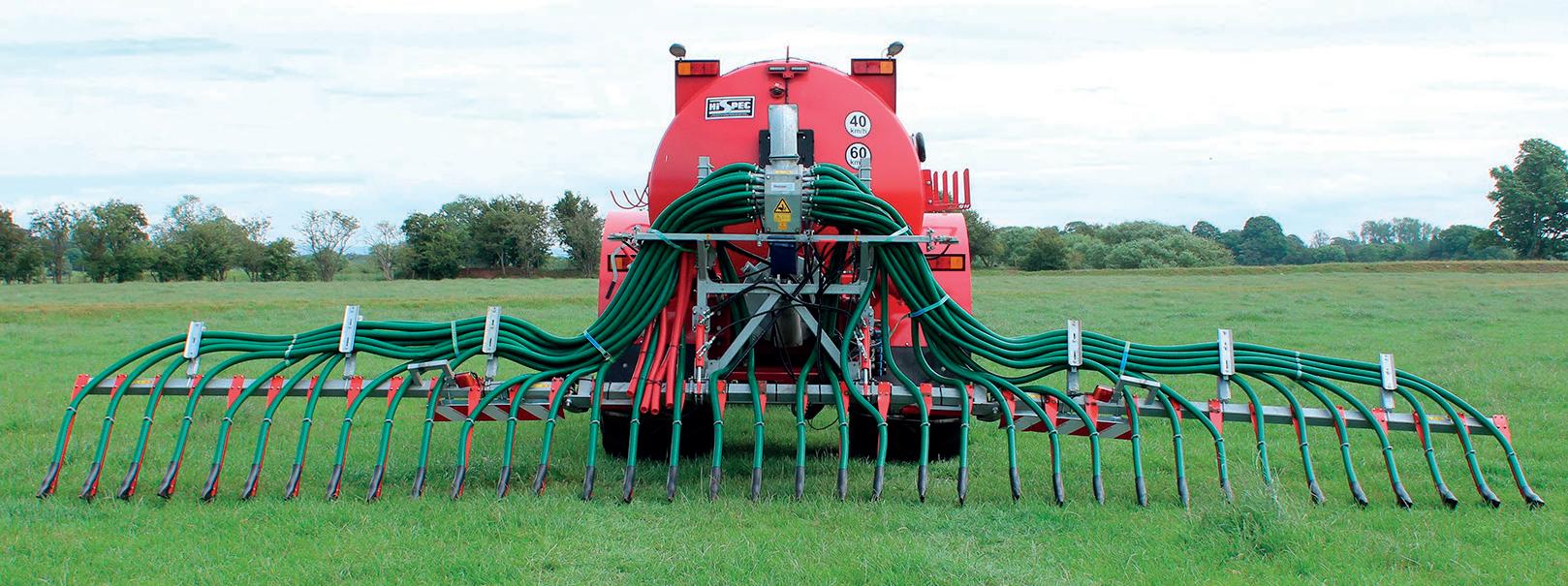
Spring
Improving grassland with slurry
quantity of slurry in storage, it can also improve the quality and composition of the liquid being applied.
Mr Hayhurst says: “A thinner liquid with less dry ma er is easier for a dribble bar, trailing shoe or shallow injection system. It will reduce wear on parts, possibly removing the need for a macerator and reducing the cost of fuel to pump slurry.”
Separators now qualify for a grant following the changes in round two of Defra’s Slurry Infrastructure
grant. It states that the grant can be used for ‘a slurry separator with gantry and temporary storage for the stackable material from the separator’.
Volumes of water
Mr Brewer also advises testing slurry. He says: “During periods of high rainfall, like those experienced over winter, the quality of slurry can become diluted. Higher volumes of water will change the value of the slurry, so having a test before application is crucial.
“ is keeps the plants clean, prevents slurry from contaminating the crop and enables more nutrients to reach the roots.”
Vogelsang’s lightweight trailing shoe systems use a unique hose layout which ensures the same amount of slurry is distributed regardless of the distance from the distributor.
He says: “Whether using a UniSpread for smaller working widths, or the 12-, 15- or 18-metre BlackBird, the same goal of e ciently applying slurry with minimal nutrient losses can be achieved with a trailing shoe.” Slurry metering devices are also a useful tool to measure the volume of slurry being applied.
Mr Hayhurst says: “If an accurate slurry test has established the nutrient value, then using a slurry meter will help to create a report showing how much N, P and K has been applied to each eld.
“ is will then help to o set the amount of bought-in fertiliser used.”



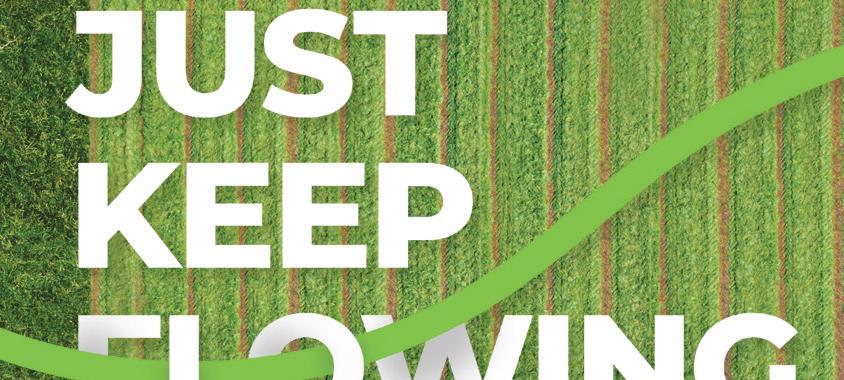
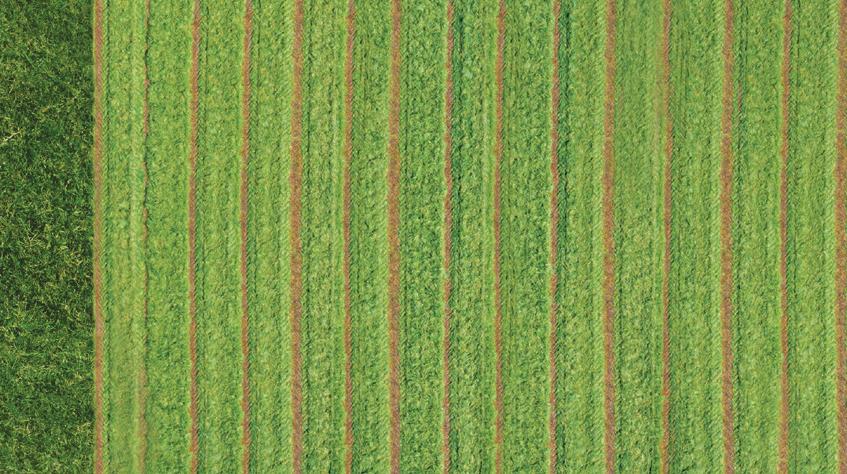



“Using a separator will also reduce the value of N, P and K in the liquid fraction, with some being retained in the solid that can be used as a soil conditioner.”
Spring is considered the best time to apply slurry. As soil temperatures rise, stimulating grass growth, the crop will bene t from more N. Overcast, damp days will reduce both ammonia emissions and slurry drying on the surface of soil.
Spring applications





And Mr Hayhurst says there are practical and agronomic considerations to be made for any farm when deciding on how best to apply slurry.
Mr Brewer says: “Spring applications also have a higher recovery of N, up to 50% in some cases compared to summer applications.
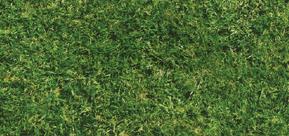


He says: “A trailing shoe o ers the best balance of application accuracy, speed and cost. It separates the crop so slurry can be deposited directly to the soil in a thin strip.
“Applying before the rst cut, and immediately a er, will help get the most out of slurry at a time when the conditions are best and the crop needs it the most.”
APRIL 2024 42 GRASSLAND Multiflo is the new liquid NPKS fertiliser for grassland Talk to us on 01526 396000 Visit www.omex.com
is considered the best time to apply slurry.




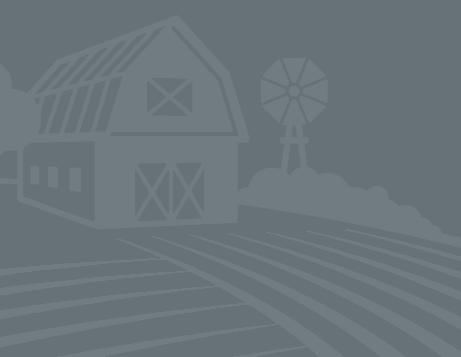


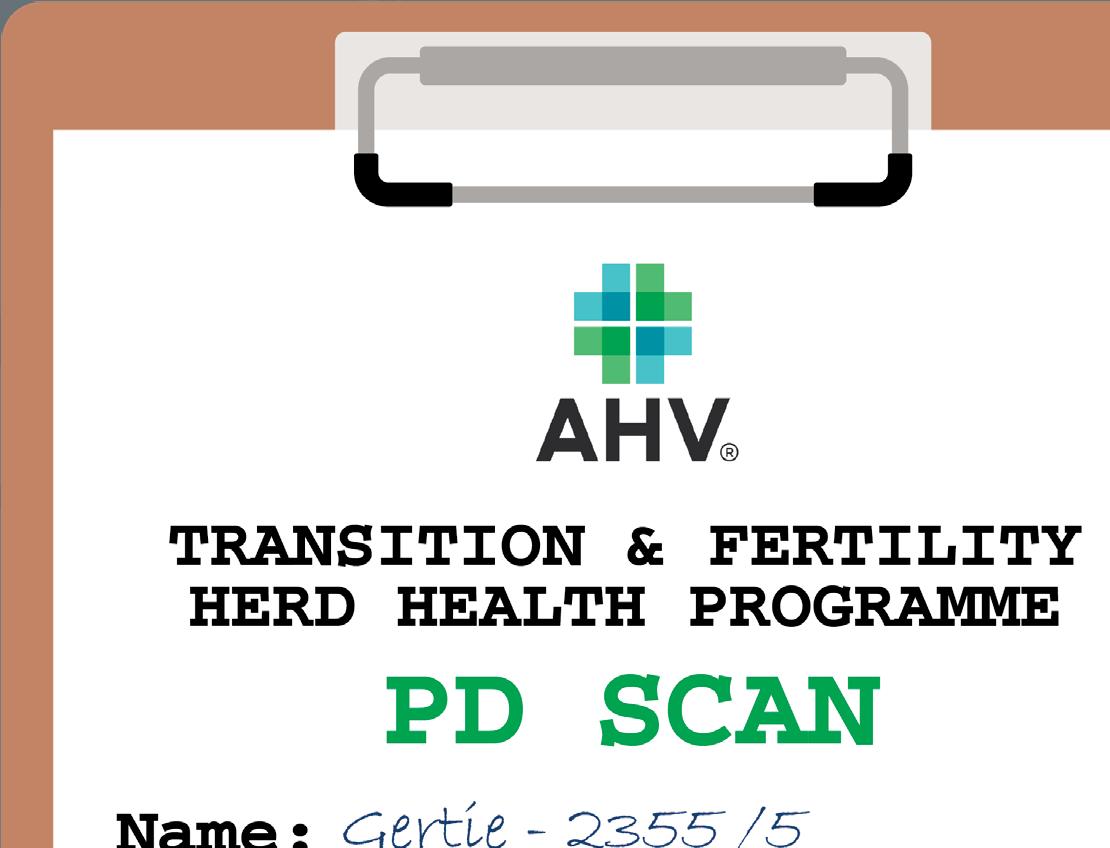
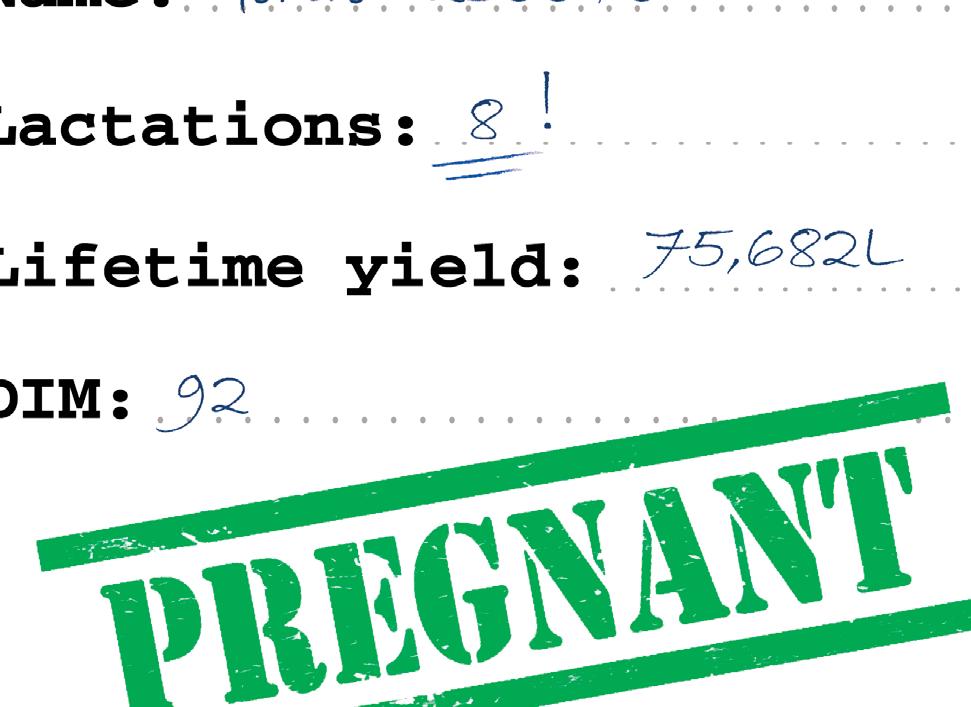










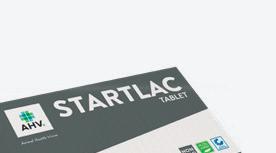

CONTACT YOUR LOCAL CONSULTANT TODAY TO;



Get the cow in calf sooner, with fewer inseminations
Optimise transition for a profitable lactation




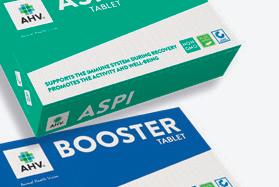
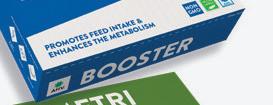
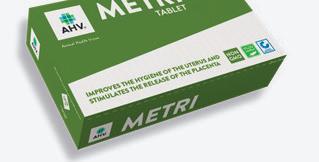




Improve placenta release and uterine health
Support essential mineral needs at calving
Reduce metabolic issues and improve milk yield
Optimise fertility = longevity & profitability
Animal Health Vision UK Ltd | 1610, Carnival Way, North Petherton, Bridgwater TA6 6GY | 01769 772070 | www.ahvint.com LearnmoreaboutourTransition&FertilityHerdHealthProgramme Scan me!
THERE’S LIFE IN THE OLD GIRL YET FUELLING FERTILITY, SUSTAINING SUCCESS
While turnout will be delayed for many dairy producers this year due to current ground conditions, there are some important animal health considerations to look at ahead of the 2024 grazing season.
With careful nutrition planning, it is possible to avoid or even reverse the milk fat drop which is o en seen when cows go out to grass, says Dr Kerensa Hawkey, nutritionist and technical projects manager for Mole Valley Farmers.
She says: “Maximising milk fat is even more important this year, considering milk price sensitivity.
“If you can avoid a 0.2% drop in milk fat with a value of 1ppl, that could be worth £50 a day or £1,500 a month for a 200-cow herd yielding 25 litres a head per day.”
Such a drop in milk quality is o en seen as a result of the challenging characteristics of spring grass. is includes high levels of rapidly fermentable carbohydrates (sugars) and low bre, which means it is rapidly digested by the cow.
Dr Hawkey says: “ at can lead to low rumen pH and a shi in the rumen microbe population, away from bre digestion, resulting in a reduction in those volatile fa y acids needed for bu erfat production.
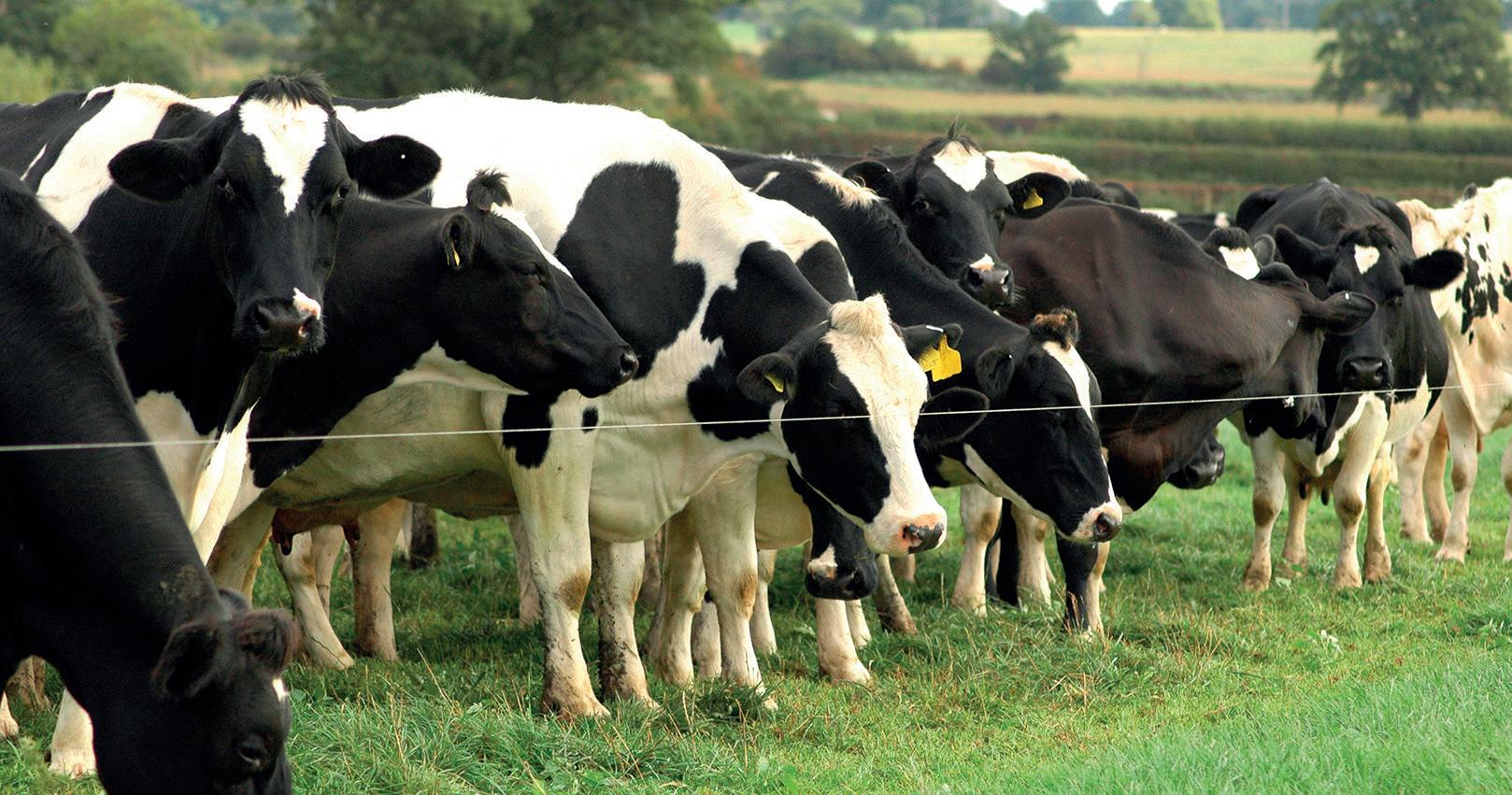

A drop in milk quality is often seen as a result of the challenging characteristics of spring grass.
Avoiding milk fat drop at turnout
“In addition, the high oil content or rumen unsaturated fa y acid load in fresh grass also disrupts the rumen microbes’ fermentation, further lowering the amount of speci c fa y acids needed for milk fat production.”
Optimising milk fats
JDr Kerensa Hawkey advises the following to optimise milk fats:
1 Take fresh grass samples: Dr Hawkey says grass quality can vary considerably year on year and week on week, so it is worth taking fresh grass samples a few days before turnout.
She says: “This will give you an idea of quality so compound type can be chosen accordingly.”
2 Think about dietary cation anion balance (DCAB): DCAB may be traditionally
It also takes the rumen microbes around three weeks to adapt to the change from a housed winter diet to a diet which includes fresh grass. Consequently, it is important to take steps to ease the transition. With ground conditions looking
associated with dry cow rations, but Dr Hawkey says research from New Zealand shows that increasing DCAB for milking cows at grass can positively impact dry matter intakes and could lead to about a 0.2% uplift in milk fat.
She says: “DCAB levels can be manipulated by changing the mineral balance in the total diet.”
3 Think about rapidly fermentable carbohydrate: Rapidly fermentable carbohydrates, such as cereals, need to be carefully balanced with fresh spring grass to avoid rumen acidosis and subsequent
very di cult, spring turnout timings will vary according to location. However, Dr Hawkey says the possibility of sudden, warm and dry weather means conditions could change rapidly, meaning all farmers should be prepared for action.
milk fat depression, says Dr Hawkey.
“Choosing a compound with a controlled level of rapidly fermentable carbohydrates and good levels of digestible fibre can support this.
“Additionally, structural fibre, such as round baled silage or chopped straw, may need to be provided if cows are showing signs of acidosis.”
4 Consider oil levels: Dr Hawkey says: “Choose a compound which has been designed with lower oil levels to complement grazed grass.”
APRIL 2024 44 ANIMAL HEALTH
46 DISEASE FOCUS A look at the effects of Schmallenberg 48 FERTILITY Having a consistent energy supply 50 LAMENESS Track maintenance is vital 52 UDDER HEALTH Hygiene a priority 56 BOVINE TB Control what you can 60 MINERALS Get the right status 62 MEDICINE USAGE Adhering to guidelines
Making the most of grazed grass at early turnout
With many dairy farmers considering taking the opportunity to turn cows out early, careful management and balanced buffer rations will be key to maintaining yields and milk composition, as well as cow health.
Feeding cows at grass provides a welcome opportunity to reduce feed costs, but if milk production and cow health is to be maintained and improved, dietary change challenges must be overcome.
Key areas to address when spring grass is introduced to the diet include balancing energy and protein supply, maintaining optimal rumen pH (reducing risk of sub-acute ruminal acidosis SARA), and reducing risk of falls in butterfat production.
Bu er ration
“Too often the desire to exploit low-cost grass leads to over-estimates of its feed value and dry matter intake, leading to reduced performance, as well as poorer health and fertility,” says KW Feeds nutritionist Charlotte Ward.
“A balanced buffer ration of suitable quality and quantity is critical to cow health and productivity, especially fresh calved cows and high yielders. This group of animals are unable to meet requirements for maintenance, plus milk, from grass alone.
“A base of good quality silage will be
key, with maize and/or wholecrop ideal as they contain the types of fibre lacking in spring grazing, alongside starch to help utilise the high levels of rumen protein in fresh grass” she adds.
“Including 0.5-1.0kg ‘muzzle width’ chopped straw helps provide the structural fibre needed for good rumen function.”
NovaPro fits the bill perfectly, with its higher DUP:RDP ratio in comparison to soya, allowing for improved protein utilisation,” says Ms Ward.
Reduce risk of SARA
Feeding the live yeast Vistacell and buffer Acid Buf as part of the daily buffer feed, can help to manage highly digestible spring grass and reduce risk of SARA and milk fat depression.
British rapeseed expeller NovaPro fits the bill, with its higher DUP:RDP ratio in comparison to soya...
These forages then need to be accompanied by carefully selected concentrate feeds to balance protein, digestible fibre and starch.
Protein content
As fresh grass can have a protein content of up to 27%, rations will be running at higher protein levels than usual. As such, any protein supplied in the buffer feed should be high quality, with a good level of digestible undegraded protein (DUP). If milk urea levels rise above 0.030/300 then action must be taken to avoid negative impacts on production, health and fertility.
“The British rapeseed expeller
“By using Vistacell, the rumen is conditioned to promote growth of fibre digesting bacteria due to the yeasts natural ability to remove oxygen and helping to use up the excess lactic acid,” says Ms Ward.“
Acid Buf supports the cow’s natural buffering capacity, maintaining the rumen pH above the critical threshold of 5.8 to reduce the risk of SARA,” she adds.
Lactation profit
“With careful management and monitoring of grazed grass and supply of a high-quality, well-balanced buffer ration, producers can expect to maximise utilisation of grazed grass, limit any production losses, and improve overall lactation profit,” concludes Ms Ward.
■ Contact our friendly team on 01977 686 262 or visit kwfeeds.co.uk

ADVERTORIAL
Our range of feed products can help prevent problems We’ve got everything YOU need to help your herd stay healthy this turnout! HIGH MILK UREAS MILK PROTEIN DROPS MILK FAT DROPS ACIDOSIS STAGGERS Contact our friendly team on 01977 686 262 for more information kwfeeds.co.uk @kwfeeds
Dairy farmers are encouraged to understand the signs and symptoms of Schmallenberg virus within their dairy herds amid a renewed UK outbreak. Katie Fallon reports.
Understanding Schmallenberg in the dairy herd
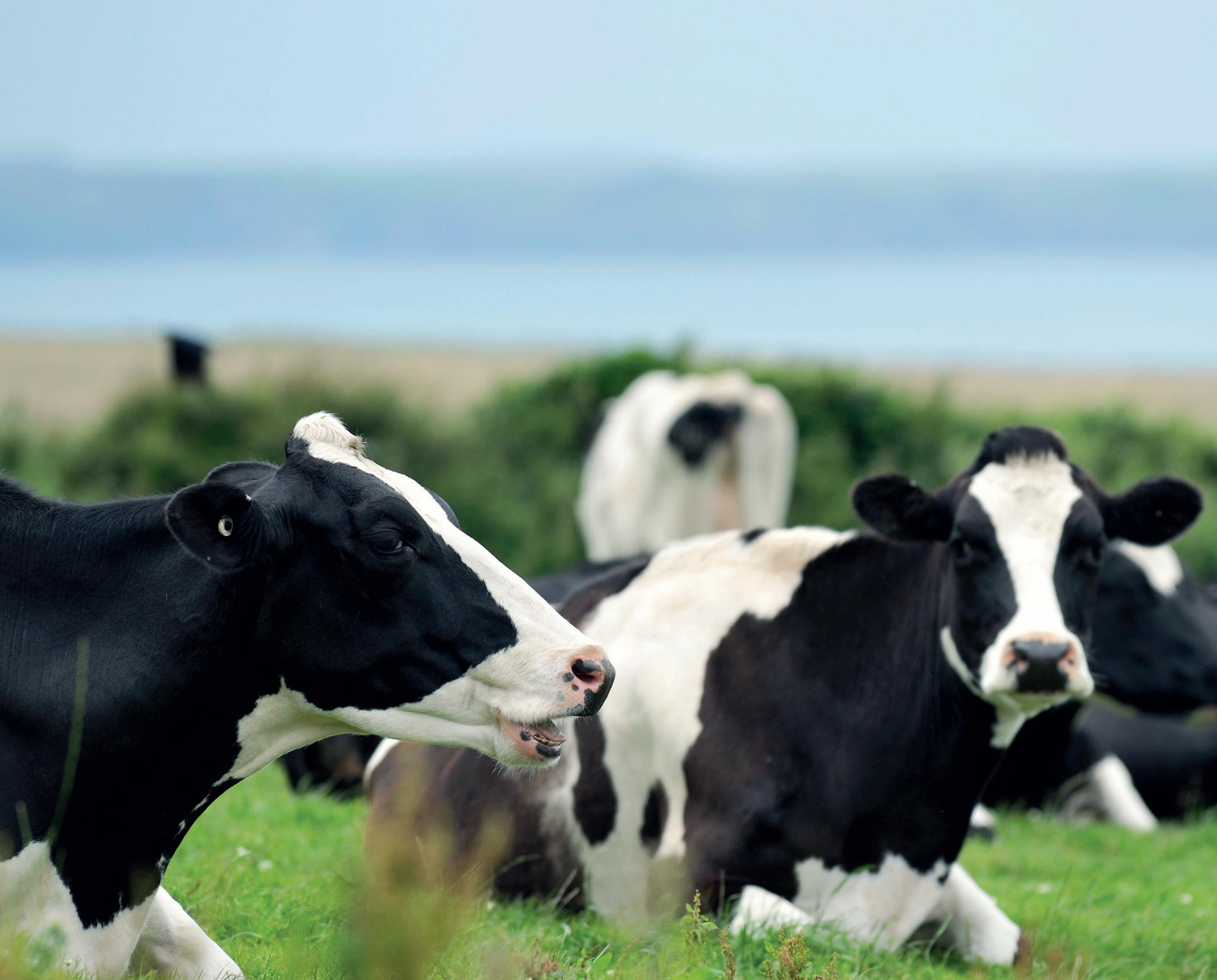

Aecting both sheep and ca le, the UK has experienced several outbreaks of the Schmallenberg virus (SBV) since the rst outbreak across Germany and Holland in 2011.
Rob Hall of LLM Farm Vets, part of the VetPartners group, says the virus , transmi ed by infected Culicoides midges from Europe, tends to a ect the UK’s sheep and ca le populations in three- to ve-year cycles. He explains this is mainly due to livestock developing a strong immunity against the virus for at least three to ve years following infection. However, once the
immunity begins to drop and previously infected breeding animals are culled, it leaves a new population of livestock on the ground open to infection.
Dr Hall says: “If you think about the livestock cycle, most of the cows at breeding age now will be dead in ve years’ time.”
With the average dairy culling rate in the UK between 26% and 28%, in four years’ time, Mr Hall says herds will have completely replaced all of their cows, resulting in a new herd of cows with no immunity, giving the virus the opportunity to re-emerge.
He says the same pa ern has been seen in related viruses in Asia
and Australia. From September last year and into the beginning of 2024, the UK has entered a new and slightly overdue cycle of the virus.
Outbreak
Dr Hall says: “We had the outbreak in 2011 and 2012 and again in 2016 and 2017.
“We were then expecting it 2021 onwards and it did not happen.”
He says the delay in the current outbreak could be due to fewer midges and colder winters, with prevailing winds not bringing the midges over from Western Europe.
And a er such a long time since the last outbreak, there is currently
no immunity in the national dairy herd, with no SBV antibodies identi ed in the quarterly bulk milk sample tests carried out by LLM Farm Vets, until late last year.
However, average antibodies in bulk milk tests have suddenly jumped back up, meaning an exposure of SBV in fairly unimmune naive animals has taken place, says Dr Hall. “We monitor bulk tanks for a range of diseases and have seen a mixture of individual animals showing positive for Schmallenberg on blood tests, with antibodies in the bulk tank test appearing in September and October last year.”
Dr Hall says most farmers will not know ca le are infected with
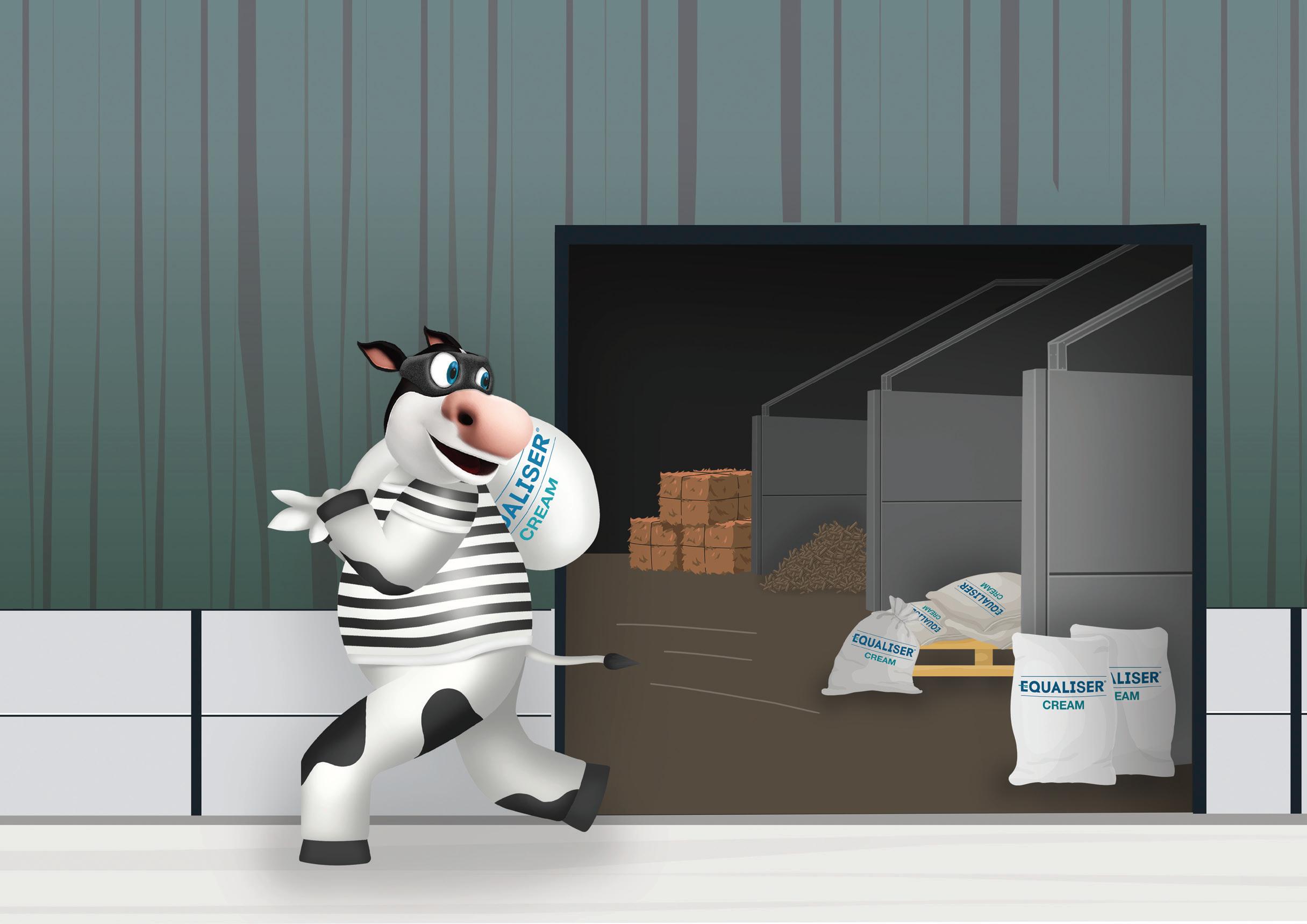
APRIL 2024 46
HEALTH
ANIMAL
Schmallenberg virus is transmitted by infected Culicoides midges from Europe.
Looking back, we had a lot of farms which had cows with scour, lower milk yields and a higher rate of pregnancy losses
ROB HALL
the disease as the symptoms can o en be overlooked or put down to poor nutrition.
“Schmallenberg is generally low on the average vet and farmer’s list of things to worry about, but in hindsight, we know the symptoms were in herds at
the back end of last year. Looking back, we had a lot of farms which had cows with scour, lower milk yields and a higher rate of pregnancy losses.
“At the time we blamed it on poor nutrition as forages have not been good, but we now know that it was around October was when these cows were infected,” he says.
Deformities
e symptoms of SBV include scour, a dramatic drop in milk yield, birth deformities and dystocia, as well as early pregnancy losses in the rst one to two months of gestation, o en referred to as late embryo losses.
“Cows which were served in September have experienced more pregnancies being reabsorbed, but they are unlikely to be seen as visible abortions, due to the very early stage of pregnancy.”
Dr Hall says the virus spreads
through herds in a couple of weeks, with symptoms usually lasting between four and ve days, and most cows making a full recovery.
“High body temperatures are another symptom of the virus, however only robot herds which have access to milk temperatures would be able to identify this as a symptom,” he says.
While it is evident the virus is in circulation among dairy herds, Dr Hall says he has not seen cases of deformed calves yet.
Many early lambing ocks have reported deformities in newborn lambs, suggesting the virus is more of an issue in the nation’s sheep ock.
“Maybe this is just because cows are not as likely to be a ected by birth defects or maybe there has just not been enough time yet, deformities in calves may come in the next few weeks,” Dr Hall says.
While the idea of vaccinating against the virus has previously

been discussed by the industry, because of the strong immunity produced by natural infection, it is questioned whether a vaccine is required.
ere is currently no legal requirement for farmers to report suspected cases of SBV.
However, Defra, the APHA and Scotland’s Rural College are currently o ering free testing of deformed lambs and calves and their mothers to farmers.



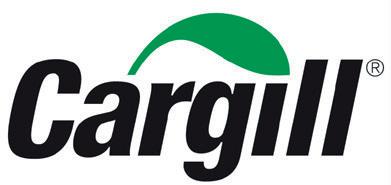
ANIMAL HEALTH
In 2021-2023 feeding Equaliser®
us today to get the full potential of milk solids from
this spring!
figures based on a 155 cow herd.
(01845)
customerservices_dalton@cargill.com @CargillAnimalUK
good the cows want it back in their ration
Cream improved milk income on UK farms by £2412 per month*, with an average uplift in milk butterfat of 0.33% within 7 days and 0.51% within 1 month of feeding. Contact
grazed grass
*Average daily income per cow improved by 51p. Monthly
T
578125 E
So
Rob Hall
Spring turnout creates many dietary challenges for dairy herds which can result in butterfat depression and fertility issues. Dairy Farmer reports.
Fertility and milk fat promotion at turnout
Any negative e ects from a change from winter rations to spring grazing can be reduced by balancing rumen function and energy supply, says Dr Richard Kirkland, ruminant nutritionist for Volac Wilmar Feed Ingredients.
“As cows transition from a controlled winter ration to grazed grass, the rumen has to adapt to the di ering and more-variable forage source.
“ e diet change alone can cause challenges to rumen function and milk production stability.
“In addition, the low bre and rapid fermentability of early, leafy grass growth can disturb the rumen’s pH balance and cause the grass to pass through the digestive system too quickly, increasing the risk of acidosis,” says Dr Kirkland.
“While early grass growth is high in energy, variable spring grazing conditions make it harder
The low fibre and rapid fermentability of early, leafy grass growth can disturb the rumen’s pH balance
RICHARD KIRKLAND

Variable spring grazing conditions make it harder for energy supply to be consistently maximised.

for energy supply to be consistently maximised, with a drop in fertility and milk production key risks.”
During early lactation, cows cannot eat enough to meet the high energy demands of milk production, leading to a negative energy balance. is means they rely on body fat stores to support the genetic drive for milk production, resulting in a loss of body condition.
Research from the University of No ingham indicates that for each 0.5 unit loss in condition during this period, conception rates can fall by about 10%.
Cereals are commonly supplemented to increase energy supply, but there is a limit on how much can be used in order to reduce the risk of the rapidly-fermentable starch pushing down rumen pH and with it increasing the risk of acidosis and low milk fat.
“Digestible bre sources such as soya hulls, citrus and sugarbeet
pulp will help balance the starchy energy sources and aid rumen function and milk fat, though o er less of the rumen ‘tickle’ factor than higher- bre forages.
“With lower energy concentration than cereals, the greater bulk of forage sources will limit the potential to deliver those vital additional megajoules,” says Dr Kirkland.
Buffer
He adds that using a combination of digestible bre sources and rumen-protected fat supplements in bu er rations will help drive milk production and support fertility in early lactation.
“In contrast to other ingredients, rumen-protected fats are not fermented in the rumen and contain about two-and-a-half times the energy content of cereals.
“ is makes them an ideal choice to sustain energy supply
at grass where conditions can be unpredictable on a daily basis,” says Dr Kirkland.
When selecting a fat supplement to feed in turnout bu er rations, Dr Kirkland says producers need to remember that fat is more than just an energy-dense ingredient, with the blend of fa y acids having a primary impact on performance response. erefore, fa y acid blends should re ect what the farm is trying to achieve and milk contract requirements.
“During the early lactation period, C18:1 [oleic acid] is a key fa y acid, increasing partitioning of energy and nutrients to improve body condition as well as improving development of fertilised eggs.
“However, given the challenges of early spring grass, products containing higher levels of C16:0 [palmitic acid] can be considered as e ective ingredients to increase milk fat production,” he says.
APRIL 2024 48 ANIMAL HEALTH




49 APRIL 2024 C M Y CM MY CY CMY K
Managing lameness is an all-year-round task, but particular care is needed to ensure that problems do not arise when cattle are at grass. Wendy Short reports.
Managing lameness in the grazing season
Stress-free handling when moving cows and correct track management are the two key elements for preventing lameness at grazing, says ca le vet, Owen Atkinson. White line disease, usually in conjunction with thin soles, is the major cause of lameness in cows at grass, says Mr Atkinson.
“White line disease can are up in response to the excessive shearing forces associated with hurried movement and over-crowding.
“Meanwhile, hurried movement is also linked to excessive wear and thin soles, especially when the hoof horn is wet and so , so spring and autumn are the highest risk periods,” says Mr Atkinson, who runs the Dairy Veterinary Consultancy.
“Taking care when herding cows between the grazing area and the parlour should be made a priority. Furthermore, a genetic link has been found between cows and thin soles.
e condition is associated with the fat pad, which acts as a shock absorber.”
A cow walking at its natural speed will have time to choose the best path. is will minimise the shearing forces applied to the feet and the risk of standing on stones, thereby reducing lameness, he says.
“A cow’s natural walking speed is 2.5kph, while the average rate for a human is 4kph. If a cow is pushed along, its head will be li ed and it will lose the opportunity to see where its feet are being placed.
“ e back feet should follow the front feet almost exactly.”
He advises against the use of dogs to move ca le and stresses that quad bikes should be limited to a moderate speed.
In New Zealand, it is common for dairy farmers to install battery-powered gate latches, so that cows can walk back to the parlour by themselves and at their own pace, he says.
Leaders
“
e speed at which the cows travel to and from the parlour is largely dictated by the leaders at the front. erefore, driving the cows from the rear will have minimal e ect and these animals are likely to be the least sound, so it will make the problem worse.
“ e white line is more likely
to open up when cows are handled incorrectly and this makes an entry point for grit, leading to a white line abscess.
“Cows should be allowed to ‘dri ’ at all times while they are being moved.
“My recommendation extends to cows in the collecting yard, as pushing and shoving is inevitable if they are rushed, or squeezed together too tightly. Producers who use a backing gate should take care when it is being used.”
Remedial action for a ected cows includes limiting milking to once a day and selecting a grazing paddock close to the parlour, where practical.
Blocks should be ed to take the weight o the injured feet, and
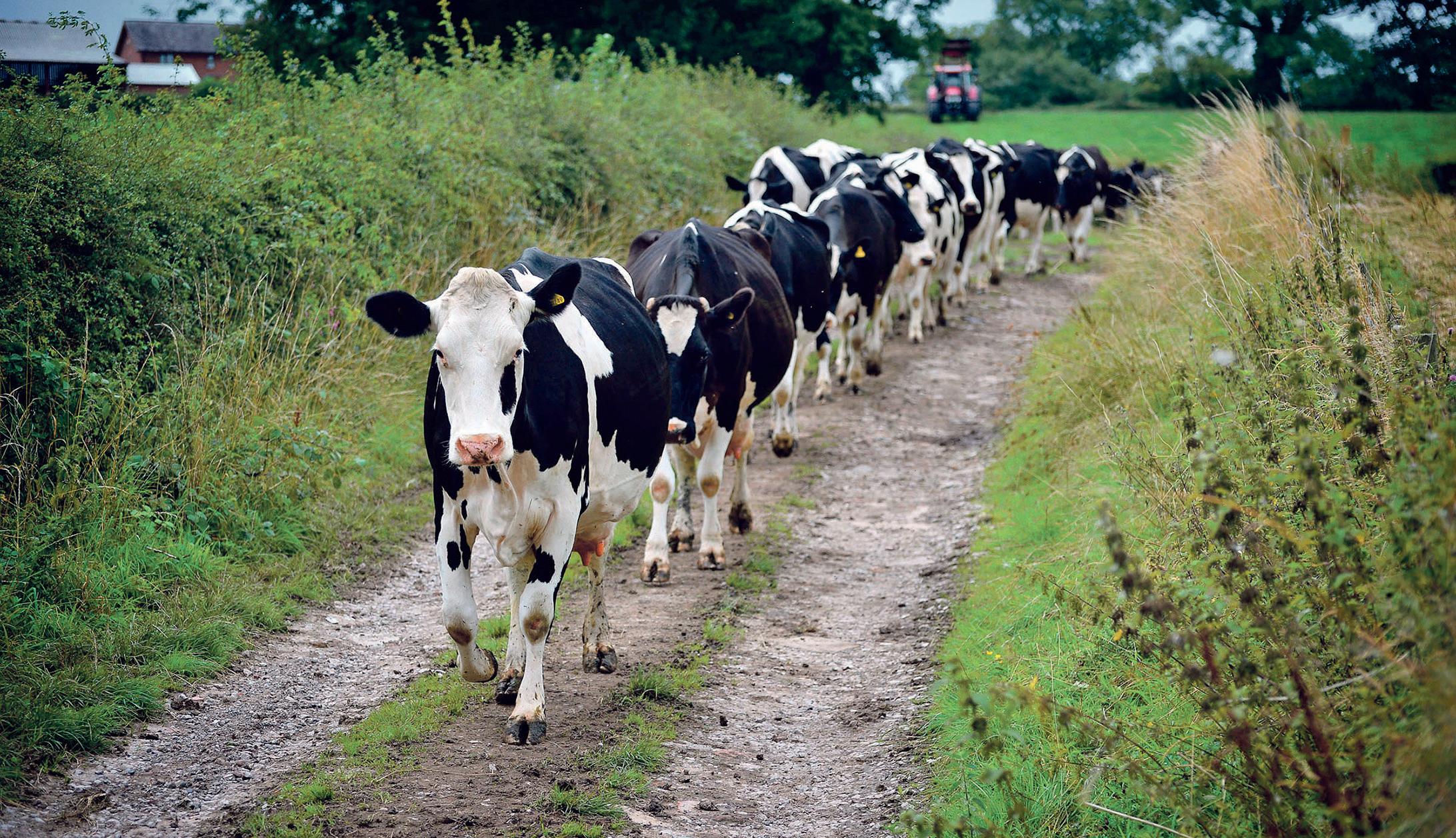

APRIL 2024 50 ANIMAL HEALTH
The priority for track management is to keep the surface dry.
non-steroidal anti-in ammatory injections will improve recovery rate.
Body condition and feeding should be considered in an assessment of high lameness prevalence says Mr Atkinson.
“Aim for a target Body Condition Score of 2.5,” he says.
“Cows should not become too thin, because it will reduce the thickness of the fat pad in the foot.
“If the herd is fed before and/or a er milking, allow plenty of feed space, to reduce competition and ensure that lower dominance animals do not miss out.”
e priority for track management is to keep the surface dry. When the cows’ feet become wet, the horn will so en and will wear much more rapidly. In addition, sharp stones will tend to rise to the surface on water-logged tracks.
Many track surface types can work well, as long as they are not too abrasive, do not contain sharp stones and are properly maintained, says Mr Atkinson, who
In my opinion, stressfree cattle handling is more important than track surface type
OWEN ATKINSON
adds that road planings should be avoided.
“A simple method of improving drainage is to clear the track edges using a tractor bucket to scrape o the rough tu s of grass that can hold rainwater on the surface.
“Many tracks are established alongside a hedge boundary, but they will usually stay drier if they are sited in the middle of elds.
“Tracks made with railway sleepers tend to be raised above ground

level for good drainage. Stone tracks can be perfectly adequate, provided they are cambered to allow water run-o . Arti cial grass makes a good top layer, particularly where surfaces are ru ed, or stones are coming through.”
A rise or fall in lameness cases at grazing will depend on the quality of the winter housing environment, foot hygiene and stockpersonship says Mr Atkinson.
“If lameness increases a er turnout, producers should review how they move cows, the suitability of the tracks and whether the cows’ soles are too thin.
“If lameness decreases post-turnout, it can indicate that the cows had insu cient lying time when housed, or that digital dermatitis was not well controlled.”
Mr Atkinson suggests a combined threshold of 3% for white line disease and thin soles in the herd.
“ is may not seem like a high gure, but it means that 12 animals would be a ected out of a 400-cow
herd. Typically, the problem will build up over the grazing season and, given that the recovery time can be up to six months, it is worth taking preventative measures as soon as possible.
“In my opinion, stress-free ca le handling is more important than track surface type and maintenance. Lack of time is a common factor on many dairy farms, but high standards of stockpersonship are essential for e ective management,” says Mr Atkinson.
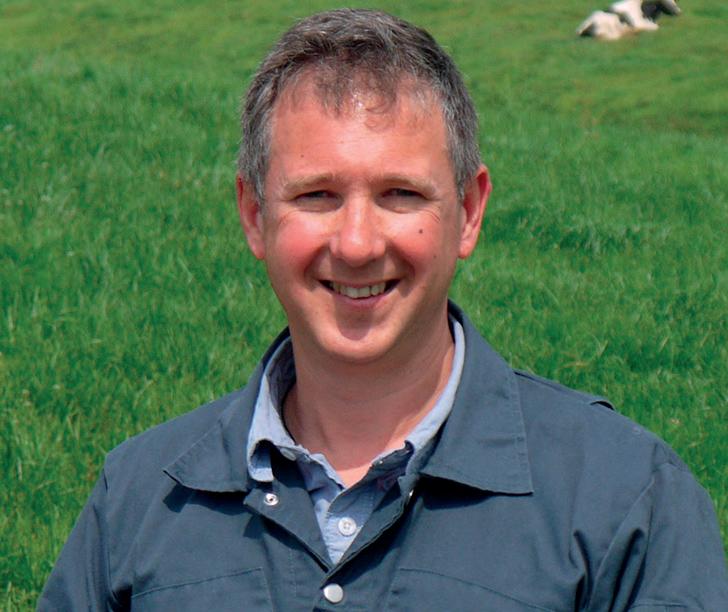
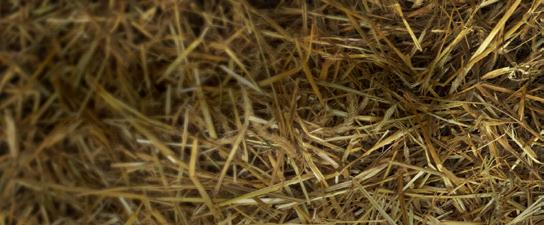
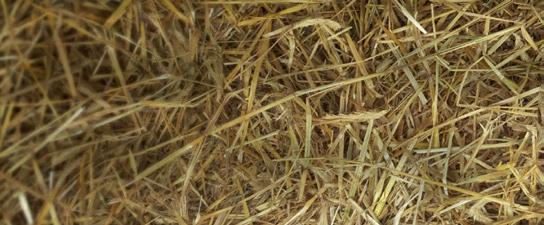
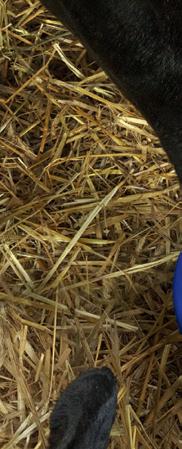











APRIL 2024 51
HEALTH
trouwnutrition.co.uk/reviva
ANIMAL
Reviva The orange energy boost for recovery after calving
Owen Atkinson
There are areas to consider ahead of turnout to ensure udder health is not compromised by the changing environment. Dairy Farmer reports.
Mastering teat health at turnout
There are many benefits to cows being outside, but muddy gateways and exposure to the elements bring challenges to teat health and can be costly if not addressed properly, says Alison Cox, global application specialist at Diversey Agriculture.
She says: “When preparing for turnout, teat skin needs to be in optimum condition, so it can pay to invest time in analysing teat condition a few weeks ahead of turnout, getting teats to where they need to be to handle the transition more effectively.”
Ms Cox says that skin condition is less of a concern for housed cows, but this brings other hygiene challenges.
She says: “Housed cows are exposed to an increased number


of environmental pathogens, most notably E. coli and strep.
“Controlling environmental bacteria with high hygiene standards is crucial to reducing the levels of micro-organisms which challenge the udder, leading to mastitis outbreaks and fluctuating somatic cell counts and bactoscan levels.”
In this instance, Ms Cox says many farmers look for products which have a dual role for preand post-routines via the same application. The product rapidly removes soil to allow prompt disinfection of the skin and, when applied post-milking, ensures optimum skin conditioning and protection against bacterial threat required for animals managed under cover.
However, Ms Cox says skin condition becomes a bigger challenge for cows at grass.
She says: “Exposed to cold, wet and windy conditions, the skin of machine-milked teats can become sensitive and irritate.
To compensate, the skin tries to ‘fight back’ by overproducing cells which result in the thickening of the skin, as well as producing a dry, flaky layer. In these conditions, this roughened skin becomes a magnet to dirt and bacteria.”
Ms Cox says ensuring an effective pre-milking routine is firmly adhered to is the first preventative measure to avoid skin deterioration, followed closely by the careful choice of post-milking
disinfectant specific to the conditions.
She says: “Ahead of and during turnout, do not alter or stop your pre-milking routine. This is a crucial time to ensure teats are at their optimum, and pre-milking preparation remains extremely important to deliver a clean teat.
Recommendation
“An effective post-milking barrier product is also recommended for managing cows through the turnout period. Deosan Target Barrier, for example, is a highly viscous non-drip chlorhexidine barrier disinfectant, designed to offer weather protection with its skin conditioning properties.”
With accurate coverage and less wastage, Ms Cox says barrier products are designed to ‘stay put’ on the teat, creating a film to protect the skin and allowing the ingredients to get into all crevices, leading to healthy skin condition.
Dairy farmers should also consider housing, says Ms Cox.
She adds it is all too easy to relax the housing hygiene routine once cattle go out for the first time in spring, but it is important to keep your housing regime consistent until cattle are permanently out.
She says: “As everyone knows, adverse weather can still crop up in the early stages of turnout, which can result in bringing cows back into dirty buildings for a short period, increasing the challenges on teat and udder health.”
Keeping the teat hygiene management routine simple to ensure consistency ensures maximum efficacy of the products.
Ms Cox says it is also worth remembering that many other factors present challenges for teat hygiene.
She says: “Transition between groups, diet changes and group management can all have an impact.”
Top teat hygiene tips ahead of turnout
rAnalyse teat hygiene products based on environment and required performance
rMaximise your opportunity ahead of turnout to ensure teat condition is at its most optimum
rDo not drop your pre-milking routine during the transition period
rIn colder weather during
the early stages of turnout, a post-milking barrier product is a good option to protect the skin condition
rRemember, even during a mild spring, wind can still be a danger to skin condition
rKeep your housing regime consistent until cattle are permanently out
APRIL 2024 52
ANIMAL HEALTH
An effective post-milking disinfectant is highly recommended for managing cows through the turnout period.
Alison Cox
UK grass rarely contains Enough of all the essential trace elements needed to support optimal growth and fertility at turnout.
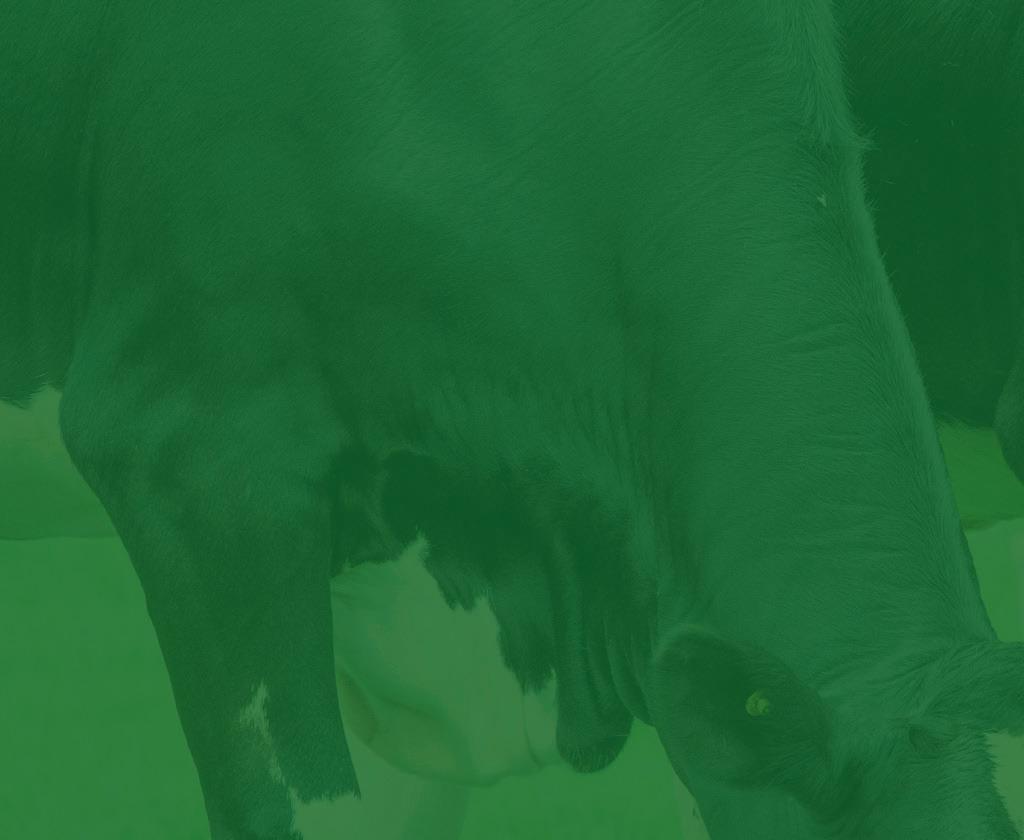





Featuring diffusion technology®️ for an optimised supply of Enough cobalt, copper (optional), iodine, and selenium from day 1 and for up to 6 months.

53 APRIL 2024 animax_nutrition animax-nutrition animaxagriculture animaxnutrition
01359 252 181 | animax-vet.com
ANIMAX Tracesure®️ TURN OUT WELL
Correctly managing the trace mineral status of dairy animals at points of stress, including the weaning and transition periods, is critical to herd productivity and profitability. Debbie James gets expert advice on how dairy farms can achieve this.
A focused look at the importance of trace minerals
Trace minerals, such as copper, selenium, manganese and zinc, are essential for life. Achieving optimal dairy herd performance relies on these being supplied correctly at all stages in the lifecycle, from a newborn calf to the oldest cow in the herd.
For a milking cow, the transition
For a milking cow, the transition period is the biggest stress point.

period is the biggest stress point, a time when she has a very high demand for trace minerals to meet not only her own requirements but those of her unborn calf.
However, that need comes when her intakes of trace minerals are reducing because she mostly sources these from her feed, yet, when heavily pregnant, a cow consumes less dry matter.
High demand continues as she starts making colostrum, calves and starts lactating, says vet Kate Ingram, technical adviser at Virbac.
She says: “There are a lot of different processes which require trace minerals and, for a dairy cow, many of these are happening around that transition period.”
This is why trace mineral supplementation is so important, playing a
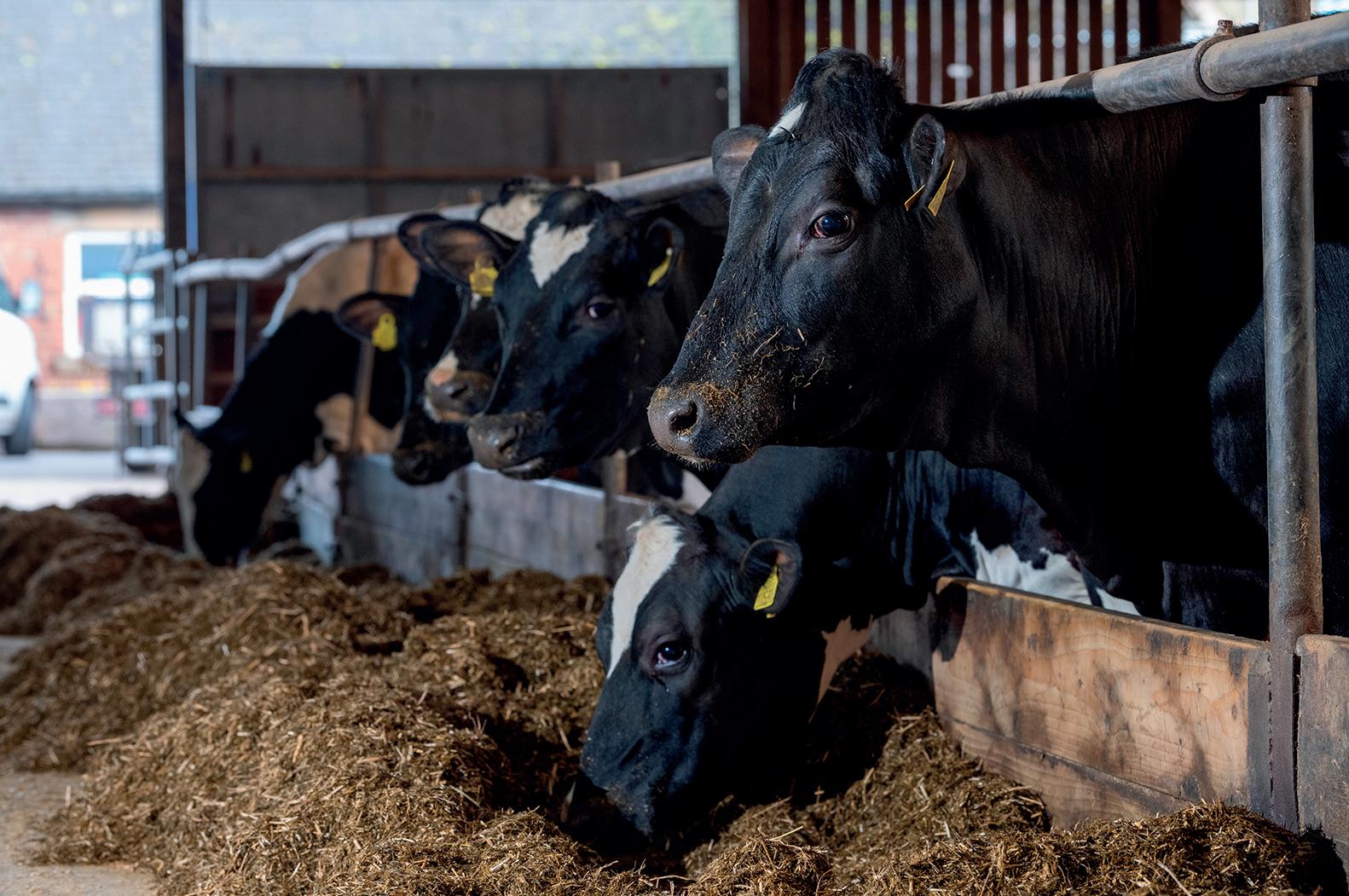

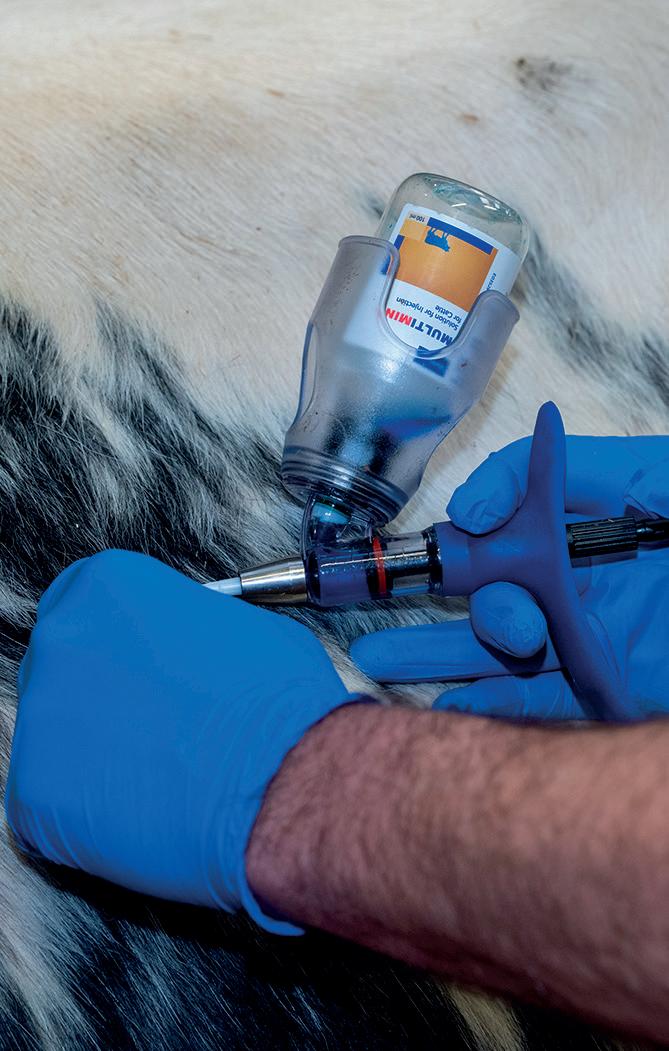
vital role in immune function, cow fertility, colostrum and general production.
Deficiencies can lead to serious health issues for both cow and calf, Kate says.
Many dairy farmers now utilise an injectable, Multimin™, to deliver those key trace minerals, which are only required in minute amounts compared to major minerals.
The prescription-only production, first introduced into the UK market in 2018, contains copper, selenium, manganese and zinc.
It is administered under the skin in the neck and within eight hours it enters the animal’s bloodstream; within 24 hours it is in the liver.
Studies have shown a 9% increase in conception rates in dams which had received it compared to those which had not¹, a 29% reduction in incidence of stillbirths² and a 23% reduction in sub-clinical mastitis2
There is good reason for this, says Kate.
“Multimin™ has been developed to ensure these animals are able to perform at their best, making sure they have those trace minerals on board
APRIL 2024 54 SPONSORED CONTENT
MultiminTM solution for injection for cattle contains: Zinc (60mg), Copper (15mg), Manganese (10mg) and Selenium (5mg). Further information is available from the package leaflet, datasheet or SPC or by contacting Virbac Ltd. Unit 16 Woolpit Business Park, Windmill Avenue, Woolpit, Bury St. Edmunds, Suffolk IP30 9UP. Tel: +44 (0) 1359 243243 Email enquiries@virbac.co.uk; Advice on the use of this medicine or alternatives must be sought from your veterinary surgeon; use medicines responsibly www.noah.co.uk/responsibly. References: 1. Mundell L.R, Jaeger, J.R, Waggoner, J.W, Stevenson J.S, Grieger ,D.M, Pacheco L.A, Bolte, J.W, Aubel N.A, Eckerle, G.J, Macek ,M.J, Ensley, S.M, Havenga, L.J , Olson, K.C (2012) Effects of prepartum and postpartum injections of trace minerals on performance of beef cows and calves grazing native range. The Professional Animal Scientist 28, 82–88.16. 2. Machado VS, Bicalho MLS, Pereira RV, Caixeta LS, Knauer WA, Oikonomou G, Gilbert RO, Bicalho RC (2013). Effect of an injectable trace mineral supplement containing selenium,copper, zinc, and manganese on the health and production of lactating Holstein cows. Vet. J. 197:451-6.
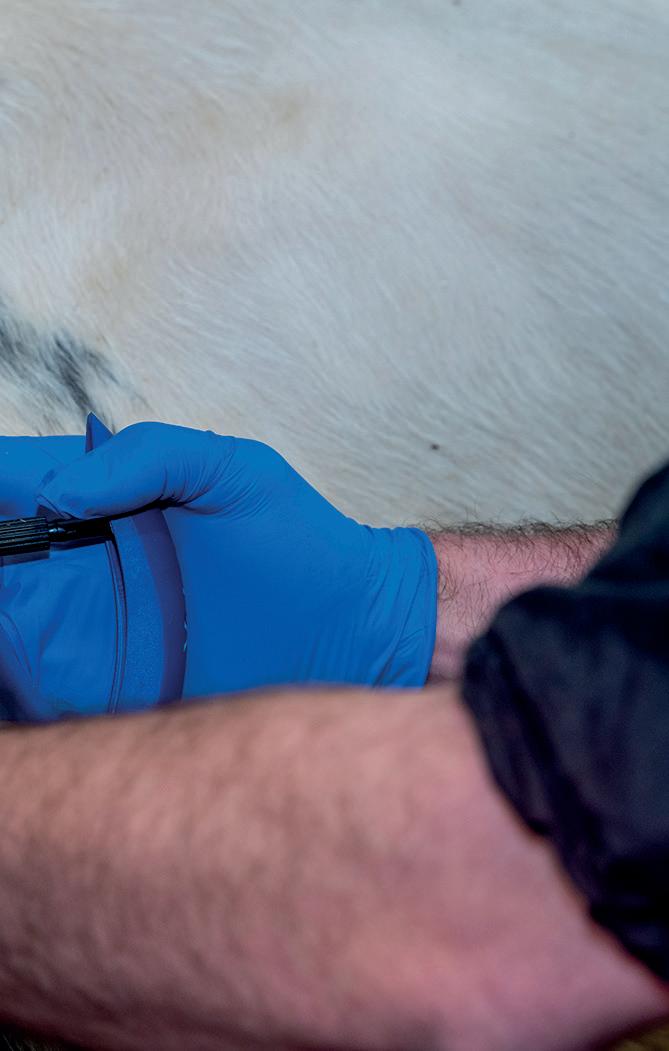
Multimin™ has an important role to play in a dairy animal’s performance.
Studies have shown a 23% decrease in sub-clinical mastitis in dams that had received MultiminTM compared to those which had not2
when they need them in order to fight off infection so there are fewer cases of fresh cow diseases, such as mastitis and endometritis.
“Trace minerals are also needed when the farmer is trying to get those cows back in-calf. They are important for making sure the oocytes being produced are of good quality and more likely to be fertilised and implanted, and the pregnancy maintained.”
This is particularly true with first lactation heifers, she says.
Supplementation
These heifers may not have a long history of supplementation during the rearing phase and are sometimes the animals which are most difficult to get quickly back in-calf.
Kate says: “Multimin™ can help these animals just by making sure their immunity is as strong as it can be so they recover from calving as quickly as possible and start cycling again.”
Another big study, again in the US, involved giving dairy cows a dose of injectable trace minerals at drying off, a second dose pre-calving and a third once they were lactating².

The rates of sub-clinical mastitis, clinical mastitis, endometritis and stillbirths were then compared to cows which had not been treated.
The incidence rate for each of these conditions was lower in the cows which had received the trace mineral injection.
Multimin™ has an important role to play in a dairy animal’s performance from its first few days of life because it improves their response to vaccines. This is true for older animals too, says Kate.
“If you can reduce disease even by a few per cent, whether that be mastitis or endometritis, it will help profitability, because you are not having to treat animals and then having the knock-on effect of having that delay in getting them back in-calf.
“So, although Multimin™ is not a golden bullet, it is something which may well help to make those improvements across a whole group of cattle year on year, and that may well improve marginal gains.”
After achieving major improvements in the health and performance of beef suckler cattle injected with Multimin™
after a copper and selenium deficiency was diagnosed, Myerscough College, Lancashire, is now rolling it out in its year-round calving dairy herd.
Incorporation
Louise Grayshon, a senior general farm worker at the college farm, says although minerals and vitamins are incorporated in the feed of the robot-milked dairy herd, the appeal of an injectable is that the trace minerals quickly enter the animal’s system.
She says: “The condition of the suckler cows since we have used Multimin™ has altered a lot. They look a lot better for it.”
The land at Myerscough College is deficient in selenium and copper and, before Multimin™ was introduced, boluses had been used in an attempt to address the impact this had on cattle.
Louise says: “We were constantly bolusing, which was hard work in suckler cows because they are twice as big as us and their heads are very strong.
“By using an injection we are not having to wrestle them. It is very straightforward and students can do it as well; it is safe for them and for us.
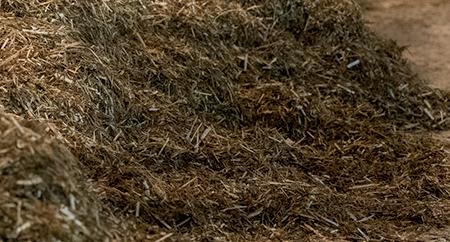
“It works well with doing it in the dairy herd too, because all we have to do is put them in a crush, jab them and let them go again. It is very straightforward.”
Vet Ian Cure, of LLM Farm Vets, is the farm vet at Myerscough College. As well as making sure the trace mineral needs of adult cows is met, he says it is important not to overlook the status of youngstock either.
The weaning period is a key point in their cycle when this need becomes paramount.
He says: “They are going from milk feeding to concentrates and there may be mixing or moving of groups. All of these things will stress a calf.”
“At any time when there is a period of stress, it is important to consider that they have adequate mineral provision, because it helps with immunity, health and general well-being.”
Another reason for supplementing a calf is when their colostrum status is unknown, because their immune function will be unknown too, Ian says.

APRIL 2024 55 SPONSORED CONTENT
more
QR code
go to farmersguardian.com/virbac-dairy-bitesize
For
information, scan the
(right) or
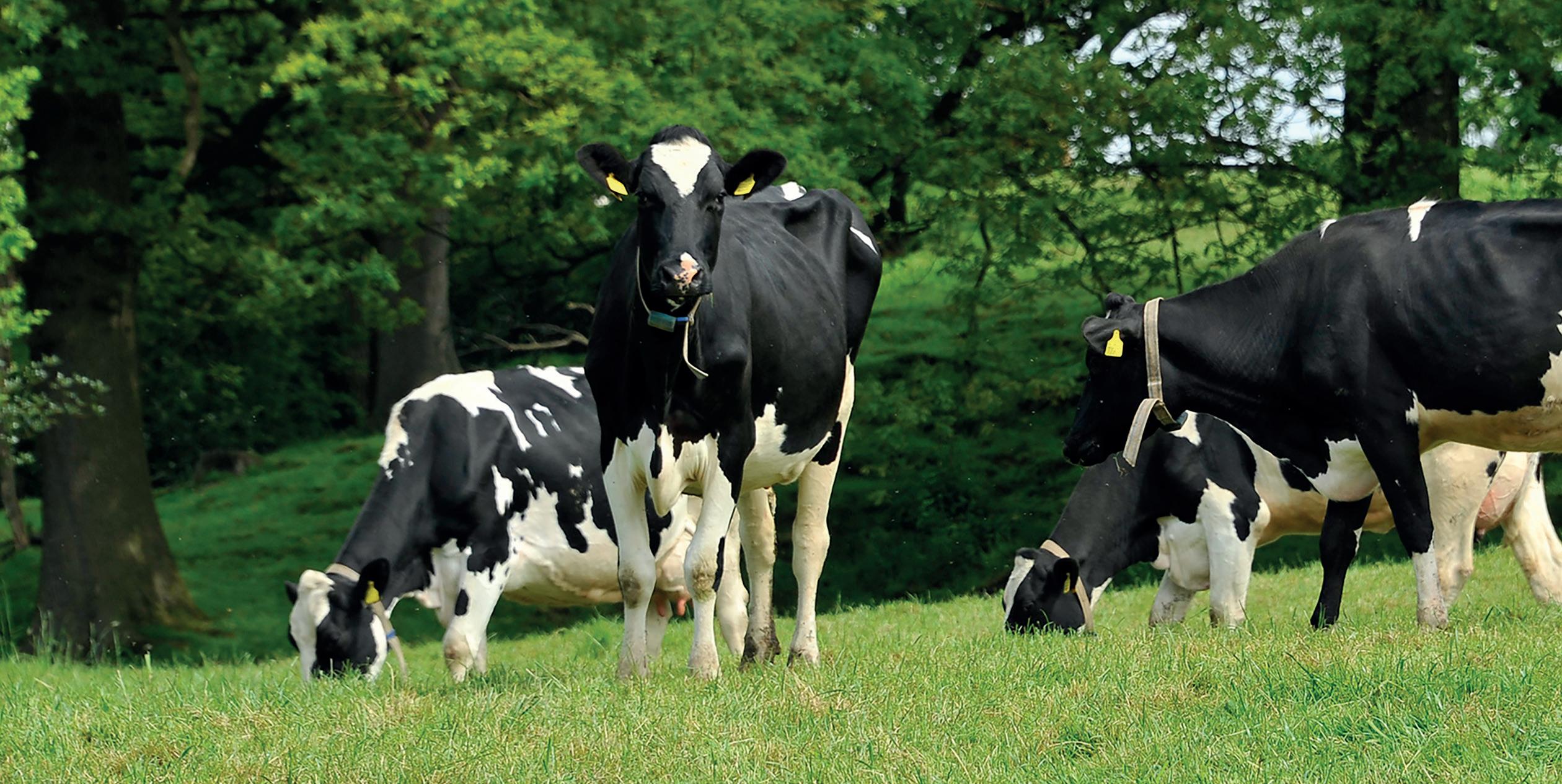
Farms with even the tightest biosecurity face risks from bovine TB breakdowns due to how the virus can be transmitted through aerosol, nose-to-nose contact, contaminated feed, water and slurry.
While there is no guarantee that implementing control measures will stop a herd from going down with this costly disease, controlling the risk factors can help.
Sarah Tomlinson, vet and technical director of the Defrafunded bTB Advisory Service (TBAS), says that when it comes to controlling bTB, it is about ‘controlling the controllable’.
“There are some risks on a
Bovine TB continues to affect herds across the country, and with turnout approaching, Sarah Alderton looks at ways farmers can manage the risk.
Control bovine TB risk factors
farm you cannot control, but that should not stop you from controlling the ones you can,” she says.
Turning cattle out to grass can often be seen by farmers as a risk due to the potential of stock coming into contact with
People and machinery
JIt is not just badgers that pose a risk of bTB transmission; people and machines can too, says Ms Tomlinson.
She says: “Although these risks may be small, they still play a factor.
“Good biosecurity should be practised by all visitors, with clean vehicles, clothing, equipment, appropriate PPE, and the ability to disinfect when entering and leaving a farm.”
Mrs Tomlinson also reminds
farmers that bTB can be transmitted in slurry and has been found to survive for at least six months.
Contractors
Although the risk is lower than that posed by wildlife and neighbouring stock, Mrs Tomlinson suggests being mindful when using contractors as to where they have been and whether the equipment has been thoroughly cleaned and disinfected.
“It would be quite hard to
infected wildlife or livestock on neighbouring farms. However, there are things farmers can do to help lower the chance of bTB entering a herd.
Mrs Tomlinson suggests now is a good time to walk the farm
and understand the risks posed by wildlife and neighbouring stock before turning cattle out. She also says there are a number of actions to consider to help minimise the risk of bTB in a grazing herd.
Top tips for protecting stock
rIdentify badger setts/ activity and graze cattle away from them, and use that land instead to graze alternative livestock or put into arable
rPosition feeders and
eliminate the risk from slurry completely, so having a plan for where the slurry goes reduces the risk of transmitting disease.
drinkers over one-metre high
rFence off waterways and areas where stock can come into contact with potentially infected wildlife
rMaintain 3m boundary between neighbouring stock
“It can survive on grazing land for 60 days, so applying slurry onto arable ground may be a good approach. If this is not an option, then I would suggest not grazing land for at least 60 days,” she adds.
APRIL 2024 56

Sarah Tomlinson, vet and technical director of the Defra-funded bTB Advisory Service, says it is about ‘controlling the controllable’ when it comes to bTB.

Fencing off natural watercourses
JUsing single-strand electric fencing to block off watercourses can reduce the risk of cows coming into contact with areas where badgers have been.
“Fencing off natural water sources is also good from a general biosecurity point of view, with other risks including leptospirosis and fluke,” says Mrs Tomlinson.
Protect the farmyard
JWhen stock are turned out, Mrs Tomlinson advises farmers to deter badgers from entering the farmyard by emptying water troughs and fencing off or preventing access to any feed sources.
She says: “Badgers can fit through gaps of 7.5cm or more,
so a simple, cost-effective way to badger-proof year-round is to run electric fencing at 10, 15, 20 and 30cm off the ground. Badgers can climb most things but not jump. If you remove the need for badgers to visit the farmyard, it will help to break the cycle,” she says.
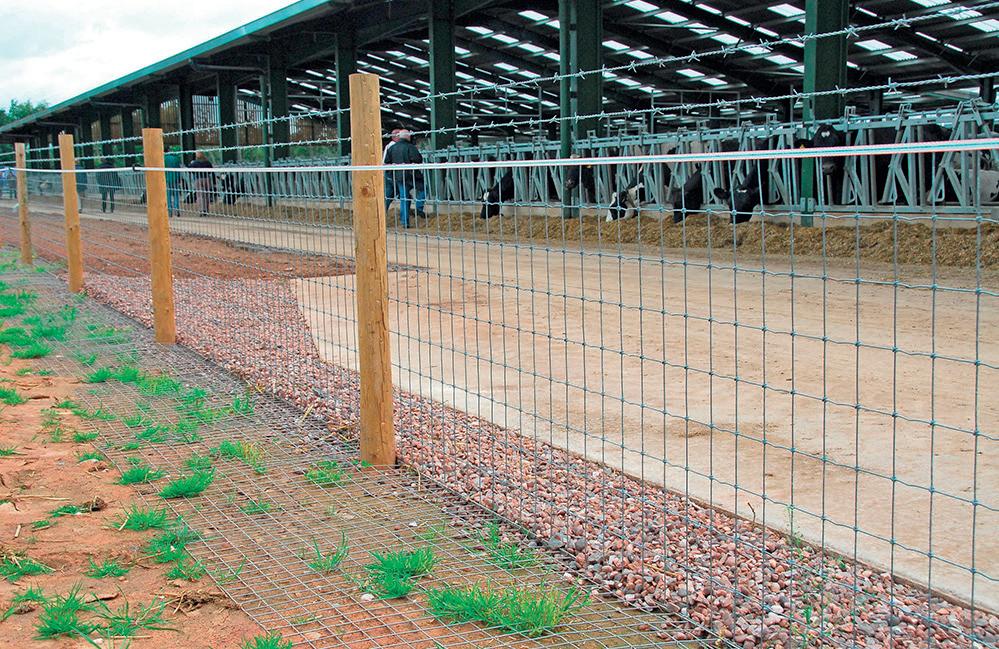

Farmers are advised to deter badgers from entering the farmyard by preventing access to feed sources.

Continues over the page...

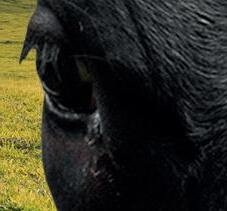






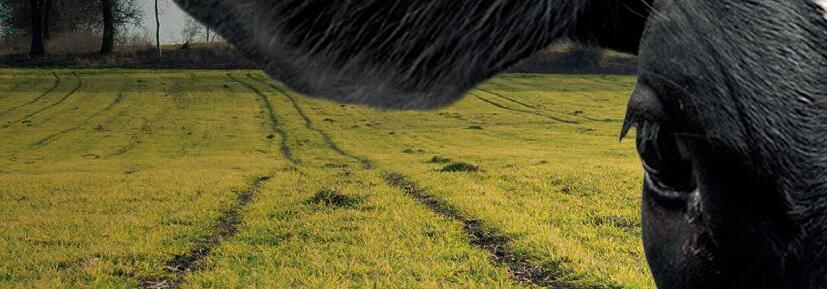









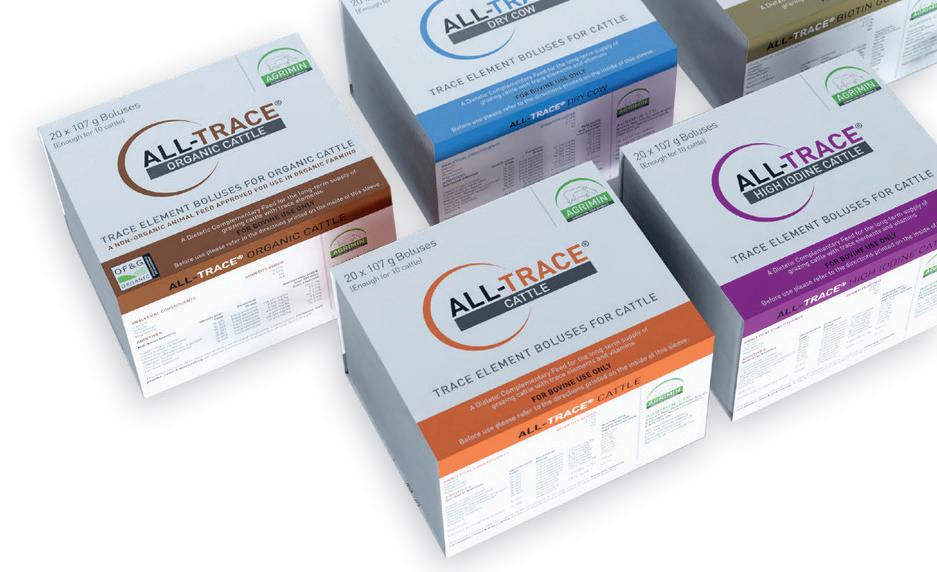
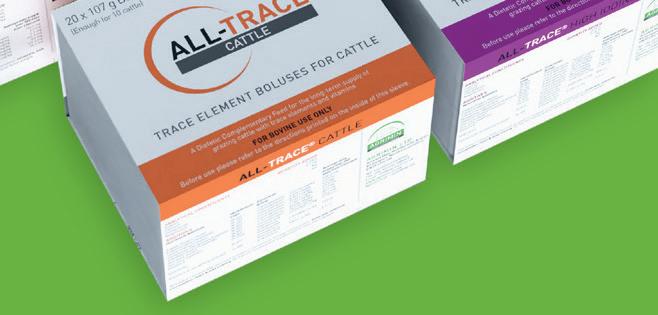



APRIL 2024 57 ANIMAL HEALTH ARE YOU KEEPING A CLOSE EYE ON THEIR TRACE ELEMENT STATUS? Agrimin Ltd. www.agrimin.co.uk T: +44 (0)1652 688046 | E: info@agrimin.co.uk ARE YOU GIVING YOUR ANIMALS THE AGRIMIN ADVANTAGE?
Optimise conception rates, health through pregnancy, lactation and recovery
Maintain condition
Easier cleaner calvings
Optimise colostrum quality
Optimise growth rates in youngstock USE AGRIMIN’S RANGE OF ALL-TRACE® BOLUSES AT TURNOUT TO: GUARANTEED daily consistent supply of key trace elements and vitamins over 120 to 240 days * * data available on request TRACE® NOT ALL BOLUSES ARE CREATED EQUAL...
•
•
•
•
•
ANIMAL HEALTH
Badger sett surveys
JMrs Tomlinson advises farmers to find out where badger setts, latrines and runs are, and to note this down seasonally as badgers can be more active in different areas at different times of the year. She says: “Badgers tend to go to ground over the winter,

but their activity will be on the increase now. So, it is a good time to look out for badger activity. Placing wildlife cameras will also help pick up any activity.”
Signs of badger activity: rPaw prints: badgers have five distinctive toes and an
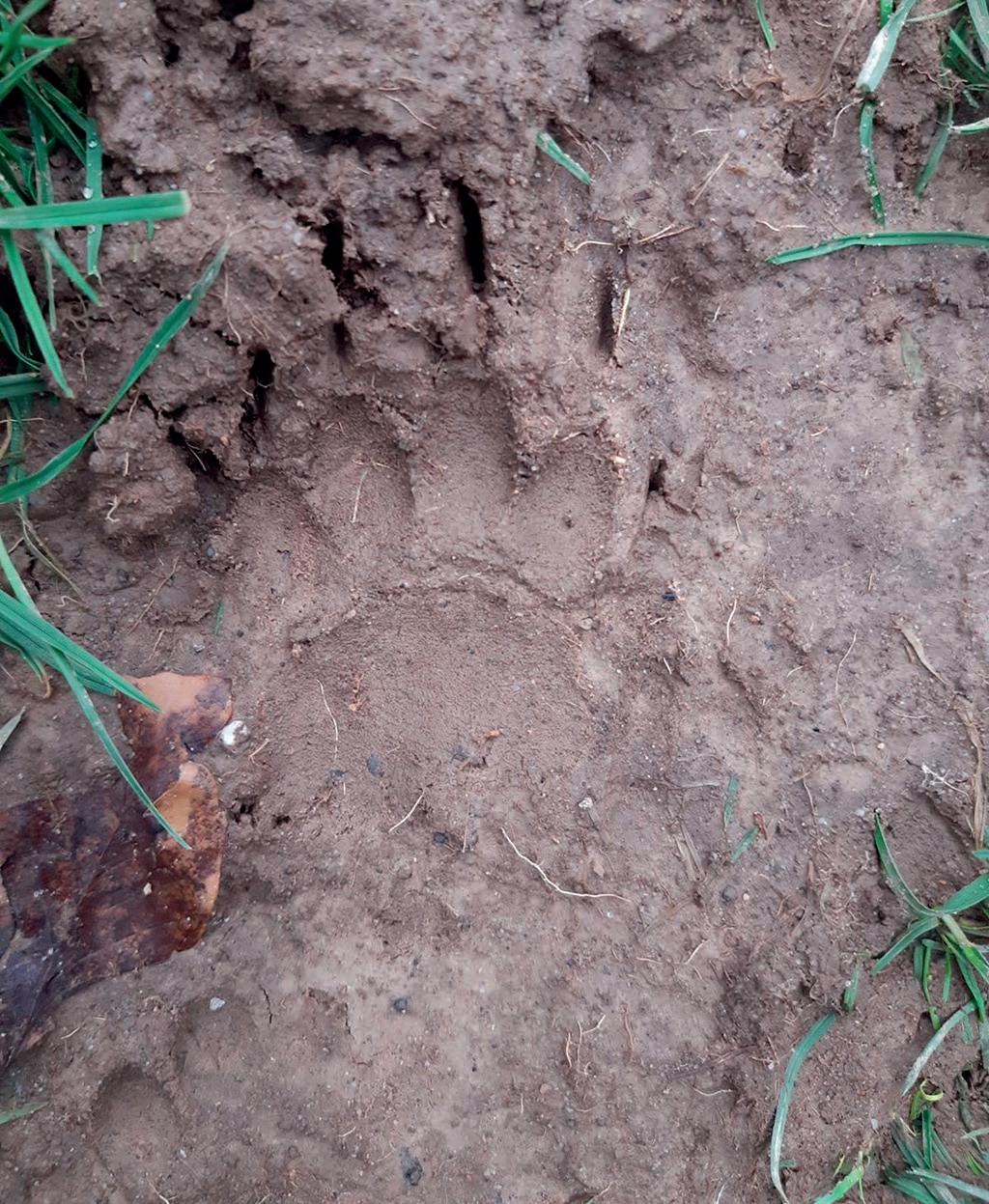
oval pad (see picture 1)
rSetts: the entrance tends to be low and wide (see picture 2)
rLatrines: the consistency and contents of the faeces can give clues about where the badger has been feeding (see picture 3)

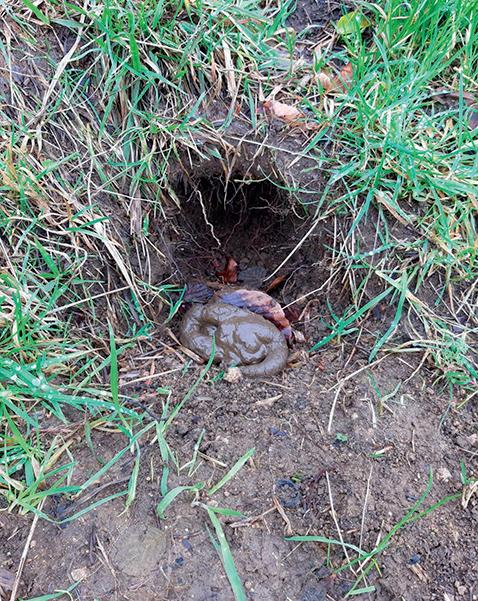

TBAS visit
JIn England, all farmed bTB-susceptible species can receive a free TBAS visit, which can help identify the risks on-farm.
Vets then work with the farmer to outline ways to manage these risks.
Most badger and cattle interactions happen indirectly. So, if badgers are active on the farm where cattle will be grazing, farmers could graze livestock destined for the food chain rather than those to be kept for breeding in the fields, where the bTB risk from wildlife is the highest. rMore information can be found at tbas.org.uk
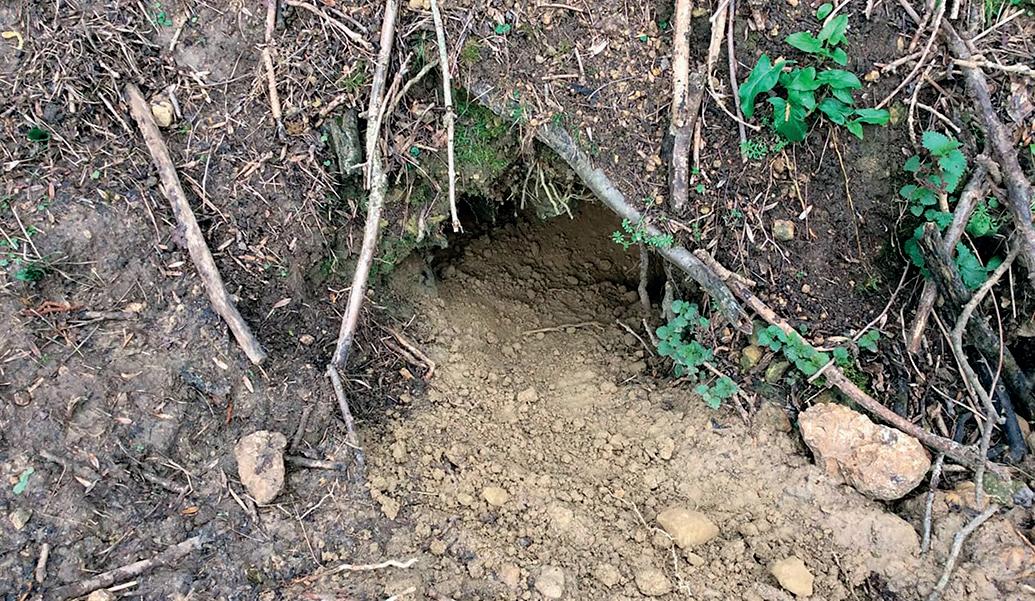
Providing a boundary between neighbouring stock
“Although we cannot control our neighbour’s behaviour, we can control how we respond to it,” says Mrs Tomlinson. “A 3m permanent gap
JBecause bTB is transmitted via aerosols, having at least a three-metre gap between neighbouring stock is essential. This can be created by a 1.5m border on each side of the boundary fence.
between boundaries is ideal, but this is not always feasible or affordable on many units, especially for those reliant on short-term grazing agreements.
Preventing badger access to water and feed troughs
JMost transitions of bTB infection happen indirectly through shared water and feed.
Any high starch feeds or mineral licks can attract badgers into paddocks, as will water.
The disease can survive in water for almost 60 days. However, badgers will struggle to access troughs over onemetre high, so setting troughs above this height – preferably with inverted sides – makes
climbing up harder. Spinning rollers can be attached to conventional troughs, preventing badgers from being able to grip all four sides of the trough and reaching up to access the contents. For mineral licks,
“In this case, a simple, cost-effective solution would be to run a strand of electric fencing away from the established boundary to reduce nose-to-nose contact.”
stands are now available to buy to raise these off the ground.
60 days
How long the bTB disease can survive in water
APRIL 2024 58
Picture 1
Picture 3
Picture 2


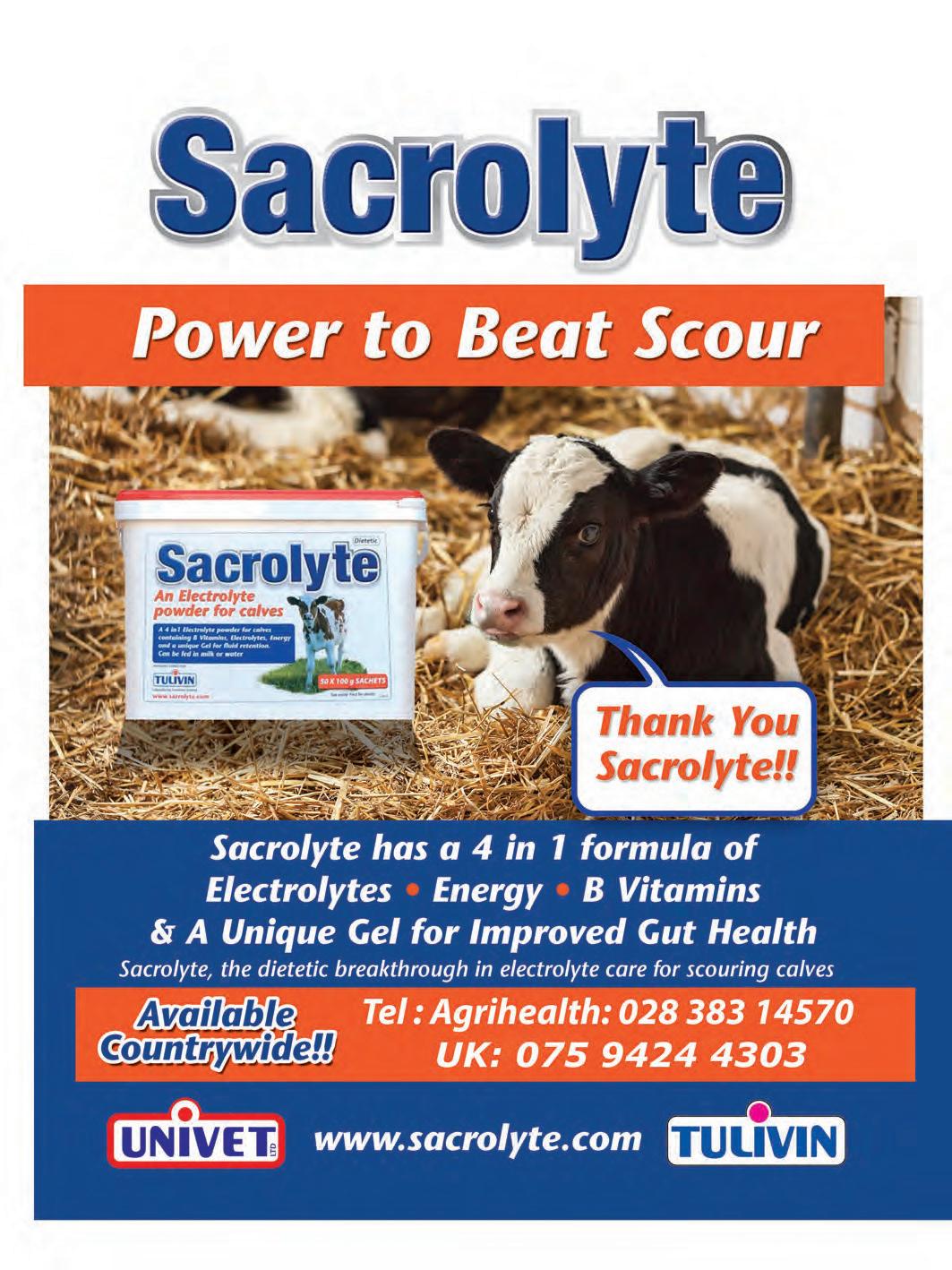


59 APRIL 2024 Key Features: Flying insects stay away Birds stay out Energy efficient Reduces ground moisture High Volume Low Speed 100ft by 100ft effective working area HVLS - Fans Fora no obligationquote or moreinformation Cowcare SYSTEMS Innovators in Dairy Farming Wales/Midlands/S. England Fred - 07762800149 N.Ireland/ R.O.I John - 07732348225 Scotland/N. England 07591833853 Andrew - 07803124235 info@cowcaresystems.com
With most UK dairies over-supplementing diets with at least one mineral, understanding the requirement at each production stage is key for productivity and efficiency. Katie Fallon reports.
Getting the right mineral balance
Dr Annie Williams, independent mineral consultant and business development manager at the Centre for Innovation Excellence in Livestock, says over-supplementation in the UK’s dairy industry is a key issue.
With costs to cow productivity, farm pro tability and the environmental impacts of mineral excretion,
Micro minerals
rCopper: While it is needed for growth, fertility and immune response, most dairy farmers will be oversupplying copper. Dr Williams advises farmers to make sure there is no negative impact on performance due to over-supplementation.
rSelenium: As an antioxidant, its primary role is to remove toxins from the body.
Dr Williams says: “Selenium is one way in which we can help the cow cope with that level of strain and allow her some level of resilience to disease.”
rIodine: A lack of iodine in the

ge ing the mineral balance right within dairy diets is crucial.
Dr Williams advises completing a mineral audit to ensure there is a balance between the cow’s mineral requirement and the supply of minerals on-farm.
She says macro and micro minerals (trace elements) are the two groups of minerals which should be looked at to achieve a mineral balance.
diet will result in dopey calves which do not want to get up. Dr Williams explains iodine is passed from cow to calf during pregnancy to develop the calf’s thyroid, including the thyroid hormones that control metabolism.
rCobalt: A driver of growth, cobalt is important in youngstock diets. Dr Williams says: “It affects how they can use energy from their diet, so make sure there is enough cobalt in the ration so they can effectively extract energy.”
rManganese: This mineral is

Dr Williams advises completing a mineral audit to ensure there is a balance between the cow’s mineral requirement and the supply of minerals on-farm.
Macro minerals
rCalcium and phosphorus: Primarily required for milk production, calcium also contributes to bone health and metabolism. If calcium is out of sync with the phosphorus ratio, Dr Williams says it can cause skeletal issues in cows and unborn calves.
“Your phosphorus needs to be around half of your calcium level. If this ratio is wrong, it can affect cow performance but also cause excretion of minerals, particularly phosphorus, into the environment,” says Dr Williams.
The ratio between the two minerals does become more complicated when looking at dry cows, as the demand for calcium is severely reduced compared to when milking.
However, because cows have been bred to produce such high milk yields, as soon as they calve, their requirement for calcium rapidly increases and they have got to switch on all the mechanisms in their body to send calcium into colostrum and milk.
“They have two ways of doing this – we want them to activate the pathway that increases how much calcium they can absorb
important for skeletal development during pregnancy. Dr Williams says: “If levels in the cow are not right and it cannot pass manganese to the calf, we will see long bone issues where calves are born with one leg longer than the
from the gut and activate the calcium from the bone,” says Dr Williams.
If calcium is restricted in the last two to three weeks before calving, it can help the cow to turn on the mechanisms gradually before calving and increase calcium naturally.
“Because forages in the UK are naturally high in potassium, it is hard to get the balance of ions right to enable the cow to do the job,” says Dr Williams.
rMagnesium: The most common issue seen with incorrect magnesium levels is staggers. Dr Williams says: “As soon as we get rapid growing grass, we will have a fairly high staggers risk, so it is important to ensure cows are consuming enough magnesium to mitigate that risk.”
rSodium: This is the only mineral a cow will actively seek; it is advised that cows are offered free access to sodium as they will eat to appetite.
rSulphur: Sulphur is required for synthesis of certain proteins in the rumen, but if oversupplied it will act as an antagonist to selenium and copper, impacting their supply.
other or the bottom jaw is not formed correctly.”
rZinc: Important for skin and hoof health, zinc also plays a role in the immune system. Deficiencies of zinc are rarely seen on-farm.
APRIL 2024 60
ANIMAL HEALTH
PICTURES : Marcello Garbagnoli



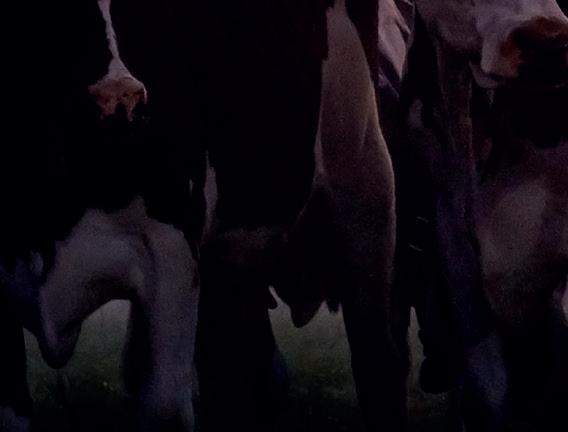





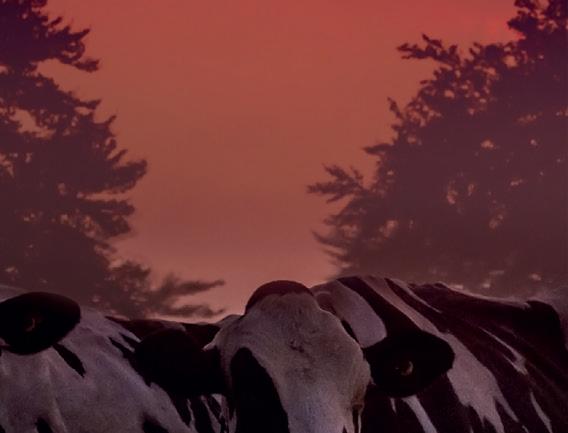

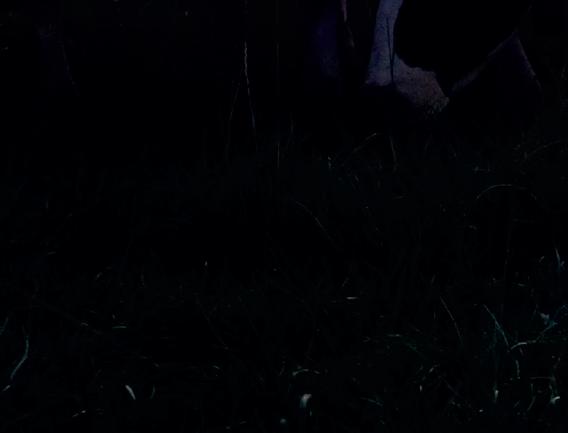



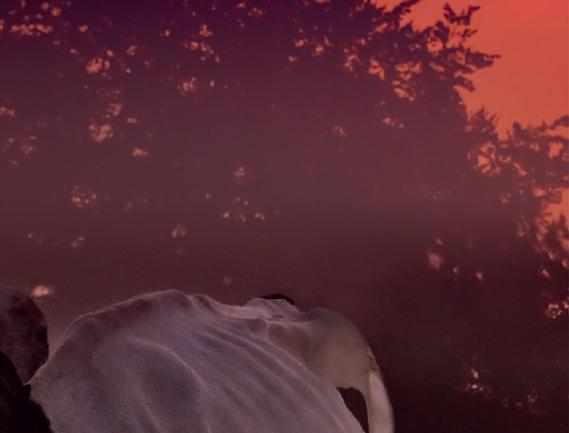

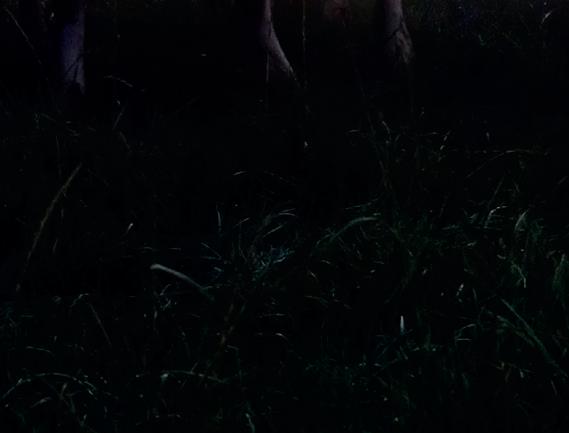










To learn more about METACAM®, speak to your veterinarian. 04:53 AM


Come day or night, rain or shine, the well-being of your herd is what drives you, and you put everything into keeping them healthy and productive. METACAM® is proud to partner with cattle farmers to provide proven and trusted anti-inflammatory pain relief for mastitis management,* respiratory infections,* diarrhoea in young calves† and pain relief following dehorning and disbudding. You’re all in, and we are too.


AND YOU’RE ALL IN *With
† In calves over one week of age in combination with oral rehydration therapy. Metacam® 20 mg/ml solution for injection for cattle, pigs and horses and Metacam® 40 mg/ml solution for injection for cattle and horses contain meloxicam. UK: POM-V . Advice should be sought from the prescriber. Further information available in the SPCs or from Boehringer Ingelheim Animal Health UK Ltd., RG12 8YS, UK. UK Tel: 01344 746957. Email:vetenquiries@boehringer-ingelheim. com. Metacam® is a registered trademark of Boehringer Ingelheim Vetmedica GmbH, used under licence. ©2021 Boehringer Ingelheim Animal Health UK Ltd. All rights reserved. Date of preparation: Dec 2021. BOV-0201-2021 Use Medicines Responsibly 384200 Supporting cattle well-being
appropriate antibiotic therapy.
Ensuring that treatments are administered at the right time and at the right dosage could help cut medicine costs and improve their effect on-farm. Katie Fallon reports.
When looking to reduce the cost of veterinary medicines on-farm, ensuring products are used correctly according to data sheets is key.
Speaking on a recent SRUC webinar, veterinary investigation officers at SRUC veterinary services, Kythe Mackenzie and Fiona Crowden, discussed the importance of correct medicine dosage and administration to ensuring optimal animal health and reducing medicine costs.
Ms Crowden said: “While some medicines are more expensive than others, the most expensive medicine is the one that does not work and, at worst, causes injury to animals.”
She said when administering medicines, the timings of administration, dosage, expiry dates and storage should all be considered.
Dosage
Both insufficient dosing and overdosing medicines can negatively impact the efficiency of medicine use on-farm, as well as impacting animal health and productivity.
Ms Mackenzie said an insufficient dosage could result in poor or no response to vaccinations, anthelmintic and antibiotic resistance and is both a waste of time and money.
She recommended weighing animals before treatment to prevent administering an insufficient dosage.
We spend a lot of money on vaccines, and we want them to do their job correctly
KYTHE MACKENZIE
Cutting medicine costs on-farm
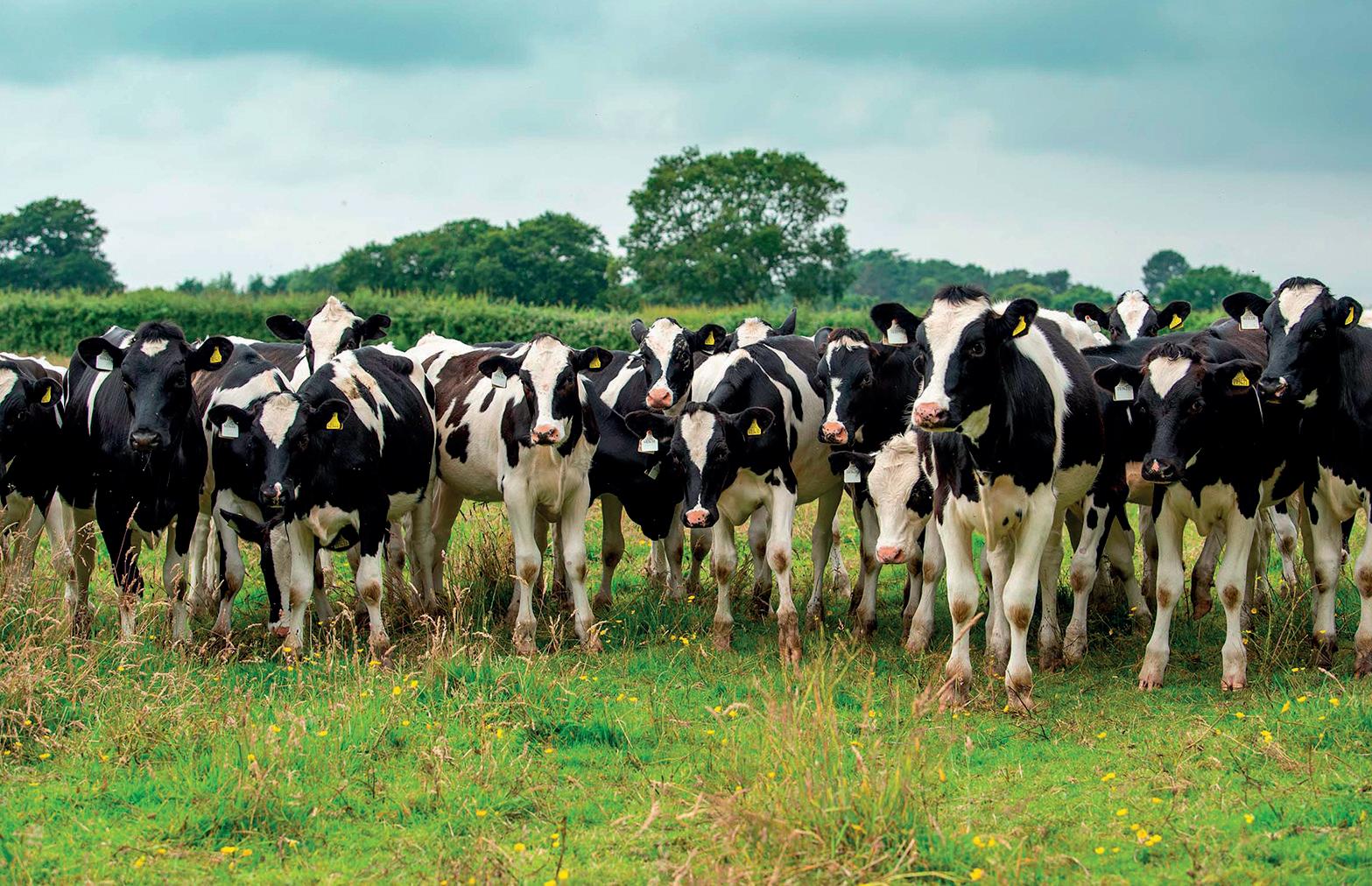
While vaccines can be key in the prevention and control of disease on-farm, Ms Mackenzie told farmers that they are not ‘a golden bullet’.
She said consideration must be given to ensure the right animal is vaccinated at the right time, with the right product and the right dose, to ensure vaccines are effective and therefore, cost effective.
She explained the incorrect timing of vaccinations can be a key cause of vaccine failure and advised farmers to ensure vaccinations were administered in line with guidance on the data sheets.
“Newborn calves receive maternally derived antibodies from colostrum, so if we give them a vaccine too young it will not work because the calf has already got antibodies from the colostrum,” said Ms Mackenzie.
She advised farmers should check the youngest age at which vaccines can be given, to ensure an effective response.
When looking at respiratory vaccinations for cattle, Ms Mackenzie advised both vaccinations of the primary course should be given before the risk period.
She also advised care should be given to the timings of booster vaccinations.
“Studies have found a few farmers have been giving boosters within the wrong time frame.
“You need to think about when you can handle stock and fit to that time frame.”
She added: “Always finish the course and fit the timeframe of the data sheet.
“At the end of the day, we spend a lot of money on vaccines, and we want them to do their job correctly.”
Ms Mackenzie said clostridial vaccines should be used within ten hours of being opened.
If used after this time, the product will not work effectively and there is an increased risk of bacteria exposure.
She said: “Antibiotics should be used within 28 days. If left later there is a risk bacteria will start to grow as most drugs do not contain a preservative.”
Effectiveness
If antibiotics are being kept for 28 days, Ms Mackenzie advised a clean needle should be used to draw out the product, as this will affect how well the product works.
“The moral of the story is to please use medicines as instructed on the data sheet and do not waste your products or injure your animals.”
APRIL 2024 62 ANIMAL HEALTH
While vaccines can be key in the prevention and control of disease they are not a ‘golden bullet’.

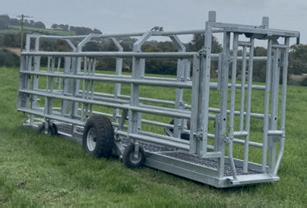
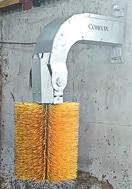

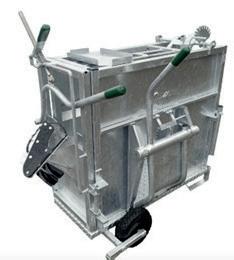
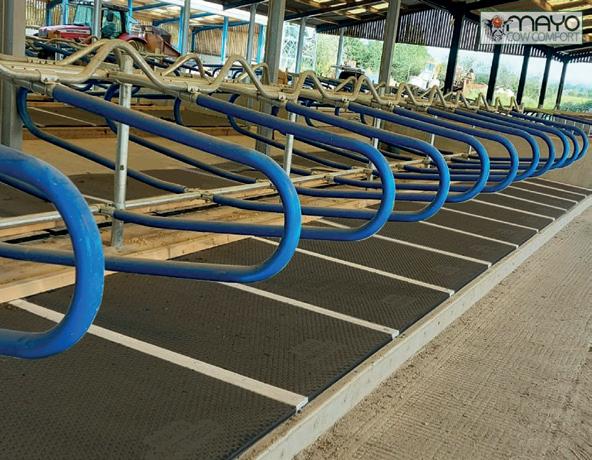
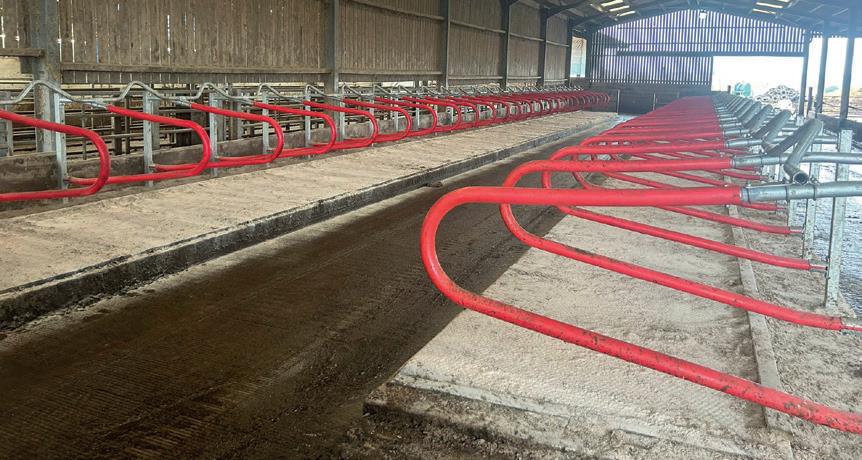

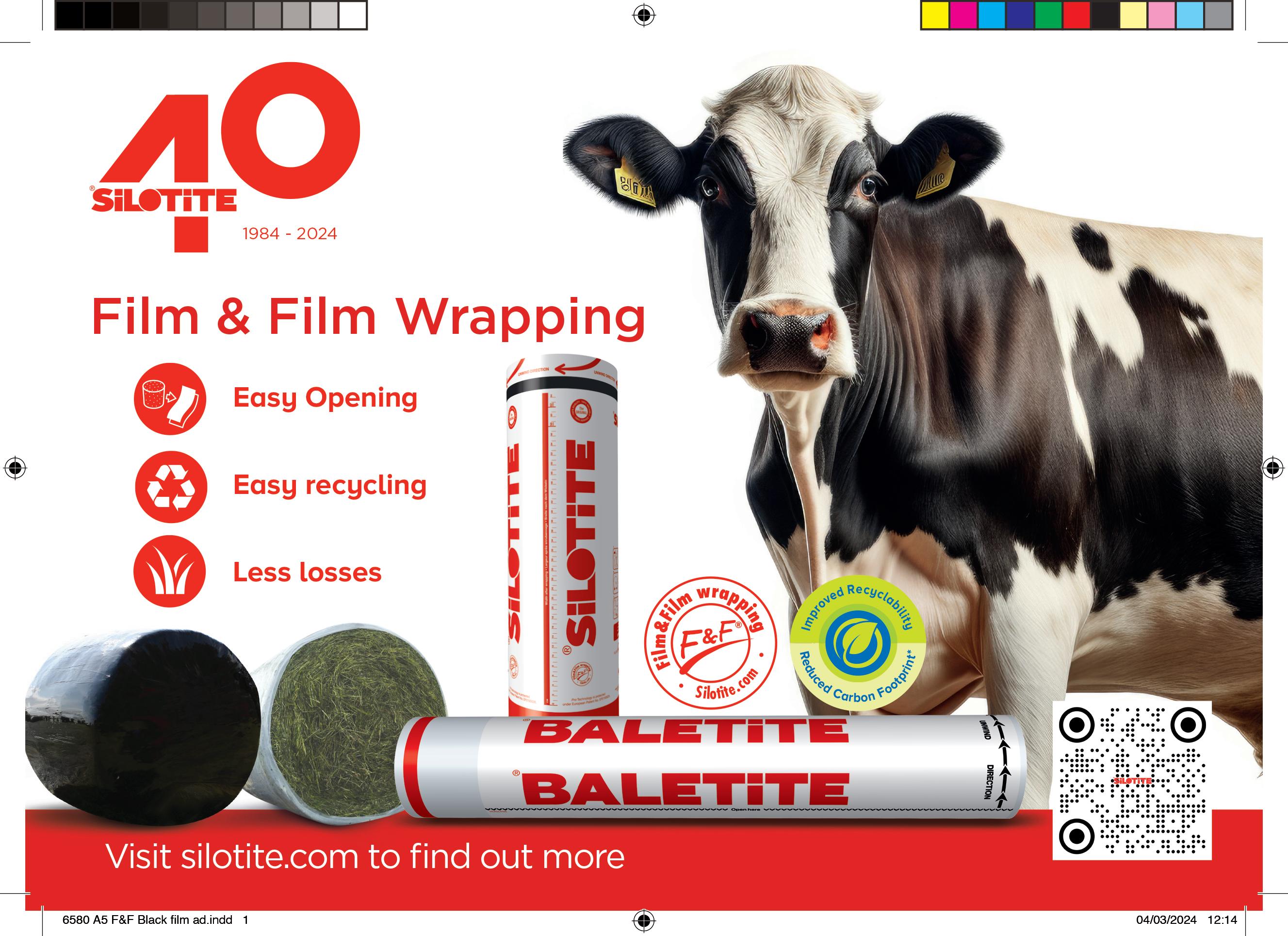 FETF Eligible!
FETF Eligible!
As one of the most used pieces of kit on a dairy farm, handlers need to be robust and reliable. James Huyton speaks to a dairy which has clocked more than 12,000 hours on its JCB TM320S.
JCB’s high-hours hero
When it comes to handlers, for Lancashire-based Rowlands
Dairy there is one name which stands out above most.
Over the years, the farm business has owned and operated several handler brands, but the current JCB TM320S has been a stand-out performer.
Now, with more than 12,000 hours on the clock, owners Marcus and Neil Rowland relay their views on this solid performer.
Neil comments on how reliability is paramount for the farm business, which milks 160 Holstein Friesians and sells all the milk produced on-farm directly through a local milk round and wholesale bo led milk business.
Marcus and his uncle Neil Rowland’s core focus is running the farm business and they are the main users of the machine.
Rely
Marcus says: “Both myself and Neil rely on the JCB to start rst time every time morning and night. “ ere is nothing worse than

a machine that lets you down at ve in the morning or 10 at night when you need to get on.
“Yes, no machine is perfect and we have had issues with hydraulic pipes leaking or spli ing at high wear points recently, but that only re ects the hours,” he adds.
Both Neil and Marcus agree that the handler’s 4.8-litre JCB EcoMax engine has never missed a beat since they got the machine from new.
“Even with more than 12,000 hours on the clock, it still starts rst time every time,” says Neil.
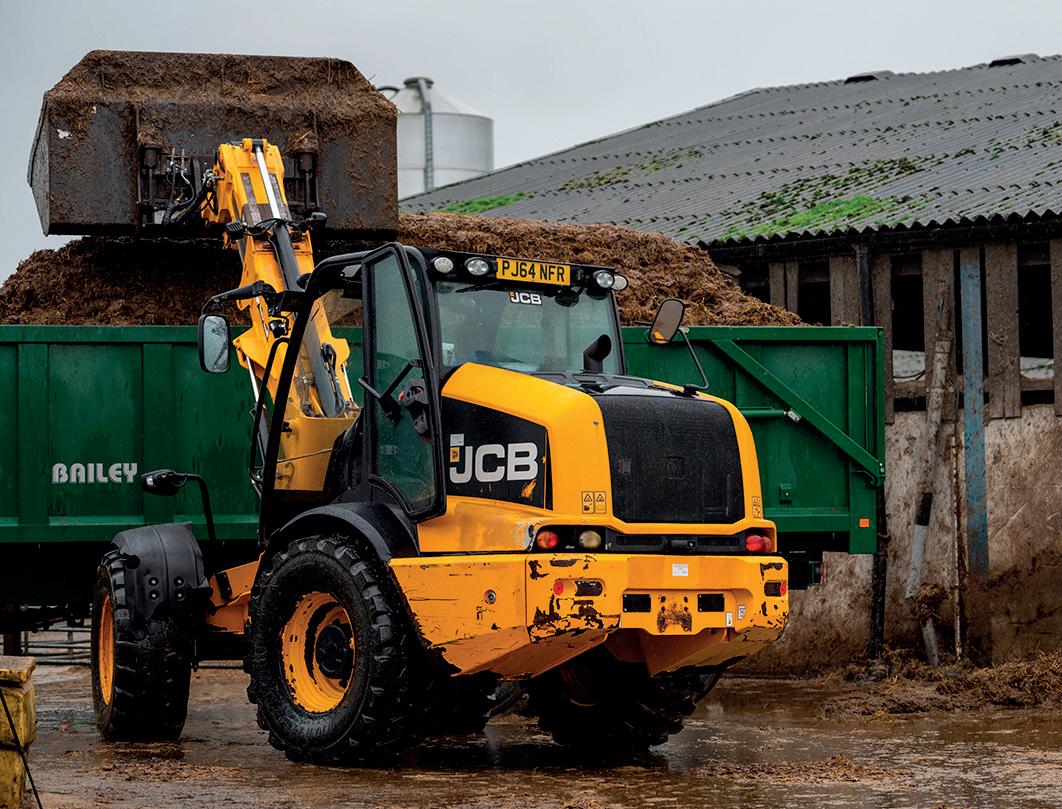
Marcus says: “We have tried different machines over the years, but nothing has ever really matched the JCB for handling and performance for what we want out of a machine.
Pivot steer design
“We have some tight buildings and feed passages around the farm, but the design of the pivot steer means the rear axle follows well in tight spaces.”
Marcus was also keen to highlight that a er trying a competing manufacturer’s xed-frame

four-wheel steer variants, they did nd that it o ered a tighter turning circle on the yard, but not the manoeuvrability they would get from a pivot steer machine. Both Marcus and Neil pointed out that the businesses’ dairy and beef units still run on a loose-housed system. is means they buy 280-325 hectares (690-803 acres) of standing straw from surrounding farms each year.
Field loading and carting are performed by the farm’s John Deere 6630 loader tractor, with the TM320S handling most of
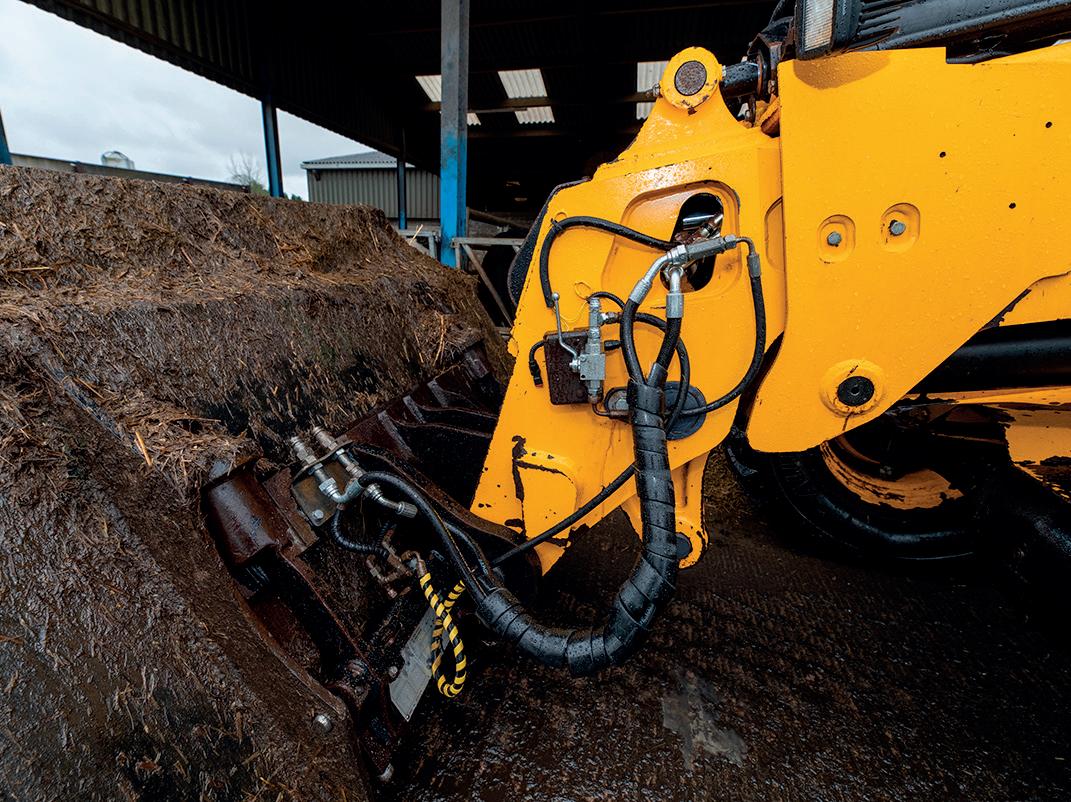
APRIL 2024 64
MACHINERY
The JCB’s 5.2-metre lift height and 3,200kg capacity are ample for the farm.
Rear visibility could be improved with the addition of a retrofitted camera. The handler is on its second cone and pin headstock after 12,000 hours of use.
PICTURES : Marcello Garbagnoli

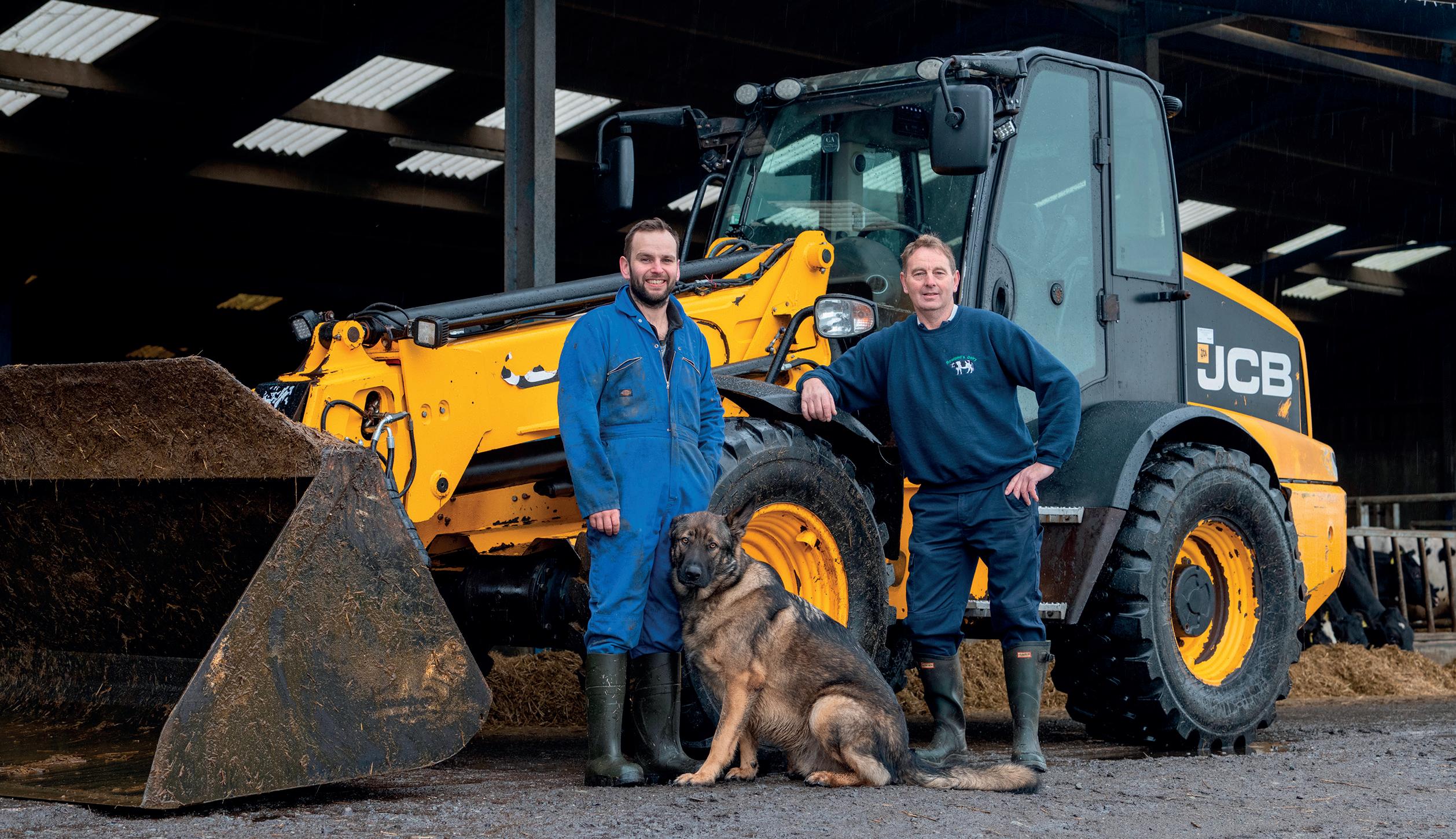
“When it comes to loading, I am not shy about pu ing the machine through its paces, pushing into the heap to get that last li le bit of muck.
“I am a cowman at heart and not over fussy with machines, but even with my driving every day, it does the jobs we ask,” he adds.
Neil says: “I have never been one for automatic transmissions, many of the competing manufacturers opt for hydrostatic transmissions,


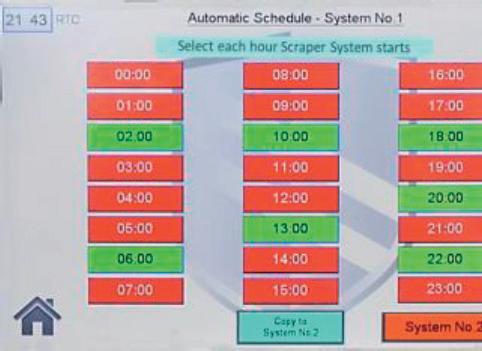
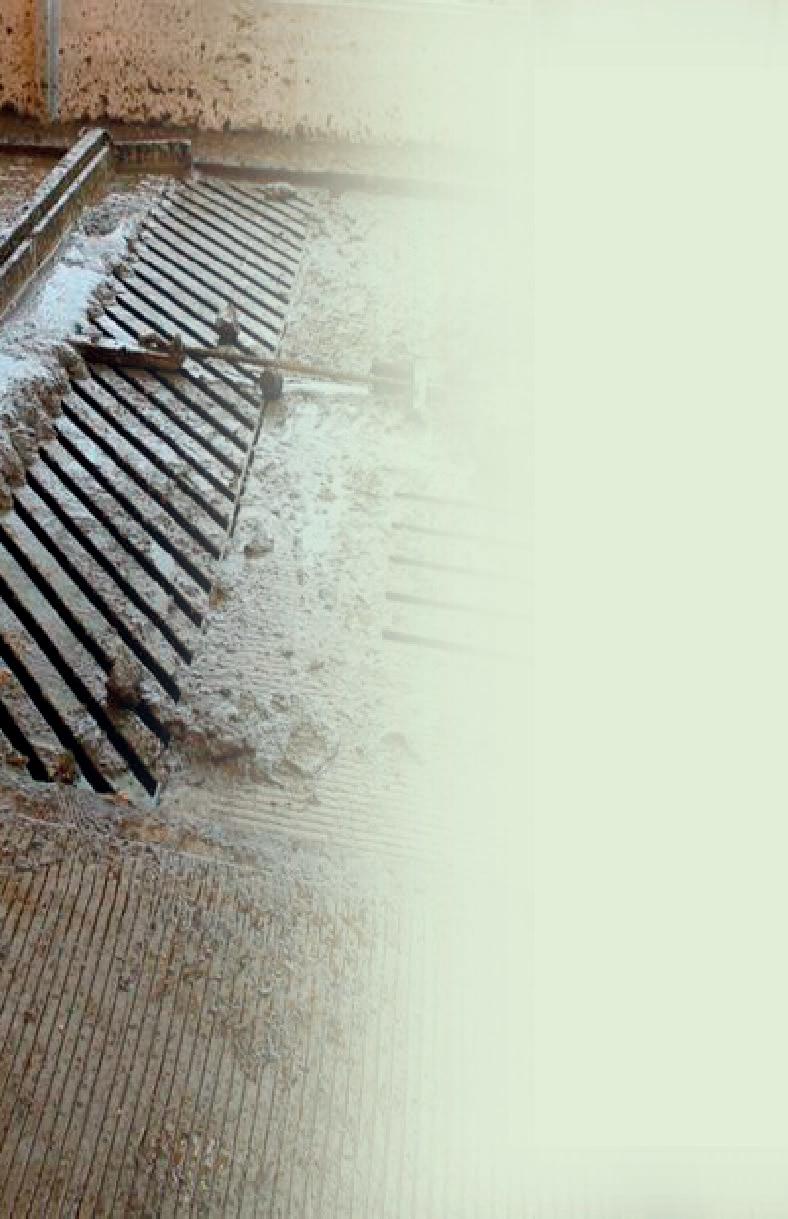


APRIL 2024 65 Rope Scraper Key features of the Control System
Future proof expandable up to 3 individual systems (6 winch)
Individual me clock and switching for each winch system
Selectable shunt program for robo c milking
Inbuilt bedding cycle Benefits of the Rope System Ideal for sand laden slurry Lowest cost replacement parts Rope replacement cost £3 per metre Easy touch screen control 5 years extended warranty available Manufacturing and installing rope scrapers for over 20 years Feature rich control Time control Winch control Cow care SYSTEMS Innovators in Dairy Farming Wales/Midlands/S. England Fred - 07762800149 N. Ireland/ R.O.I John - 07732348225 Scotland/N. England 07591833853 Andrew - 07803124235 info@cowcaresystems.com
✓
✓
✓
✓
From left: Marcus and Neil Rowland, pictured with dog George and the long-serving JCB TM320S.
the unloading back at the yard. e JCB’s 5.2-metre li height and 3,200kg capacity are viewed as ample to handle and stack either three 120x90cm six-string bales or four 120x70cm four-string bales. Marcus says: “As you can imagine 700 acres of straw produces a lot of muck throughout the year and the JCB is in charge of loading and handling everything out of the muck midden.
MACHINERY
but they are not for me. e six-speed power shi gives me the revs and control I need when operating around the yard.”
e TM320S operates the brand’s own six-speed powershi transmission, with four ranges for yard operations and two most suited for road.
Marcus says: “ e six-speed box gives ample range choice for yard work, with automated range change good for road work.
“Speaking of road work, the machine is surprisingly smooth on the road,” he adds.
A er 12,000 hours the JCB may be looking a li le rough round the edges and the frayed driver’s seat aside, the paintwork as a whole looks remarkably fresh for a machine that has spent most of its life in and around muck and slurry.
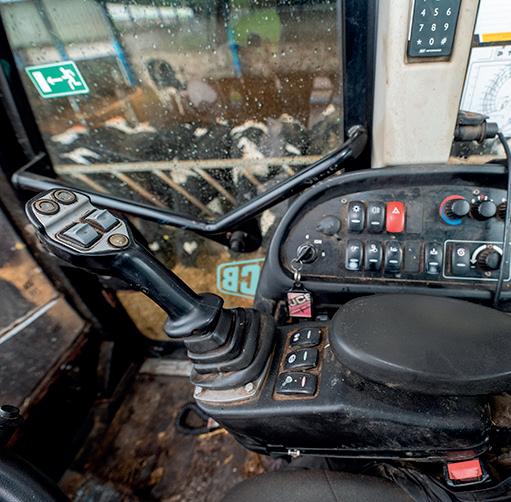
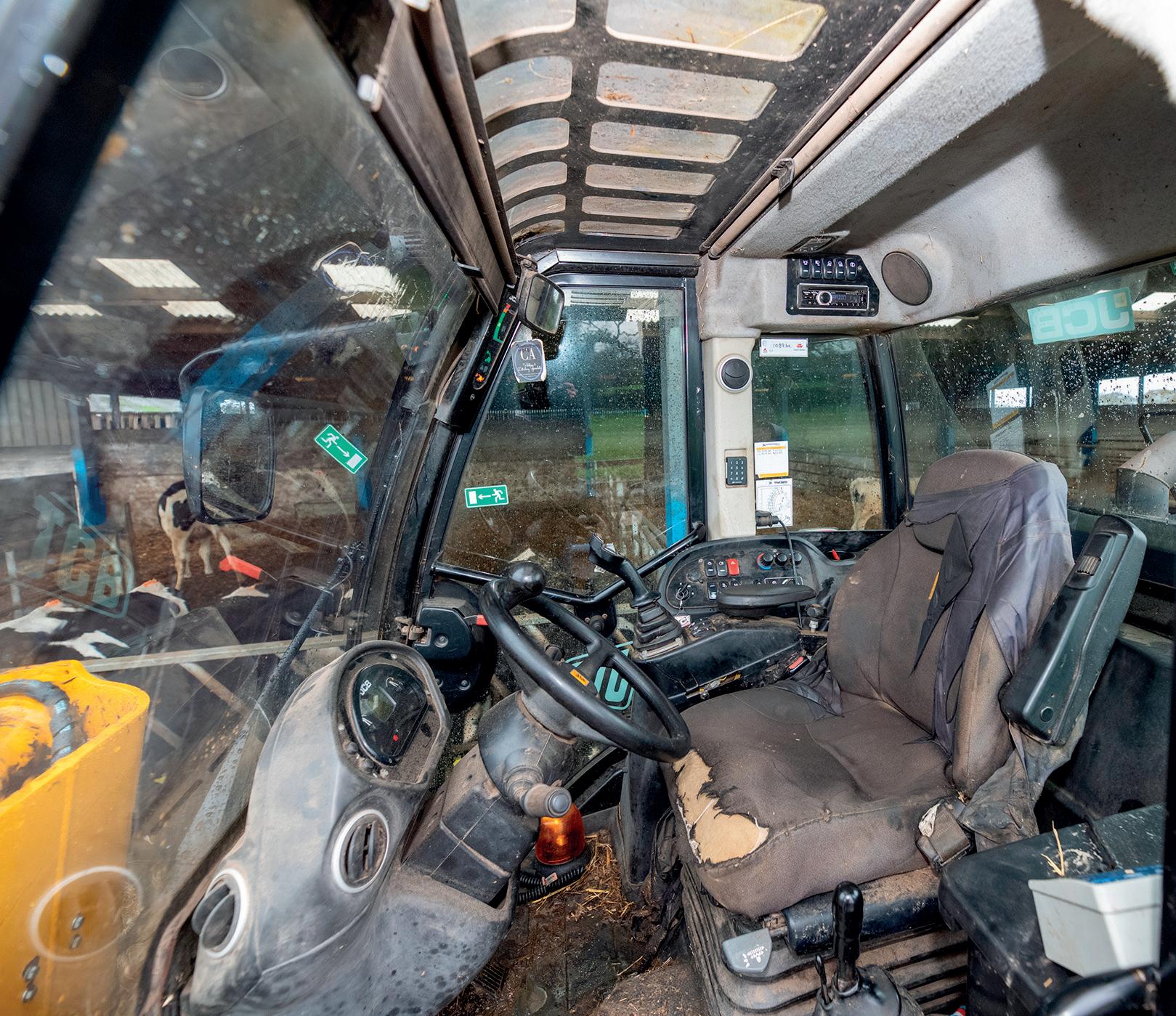

Marcus says: “Every four to ve weeks we are in sheds, mucking out pens.
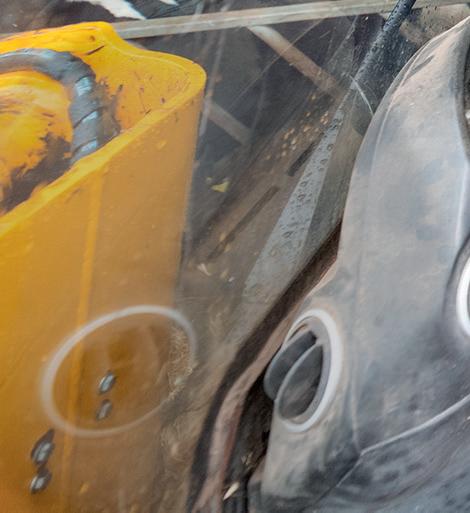
“Yes, there is rust building around the front wheel rims and a li le on the rear weight, but beyond that, the paintwork is pre y solid.
“My biggest issue is stopping
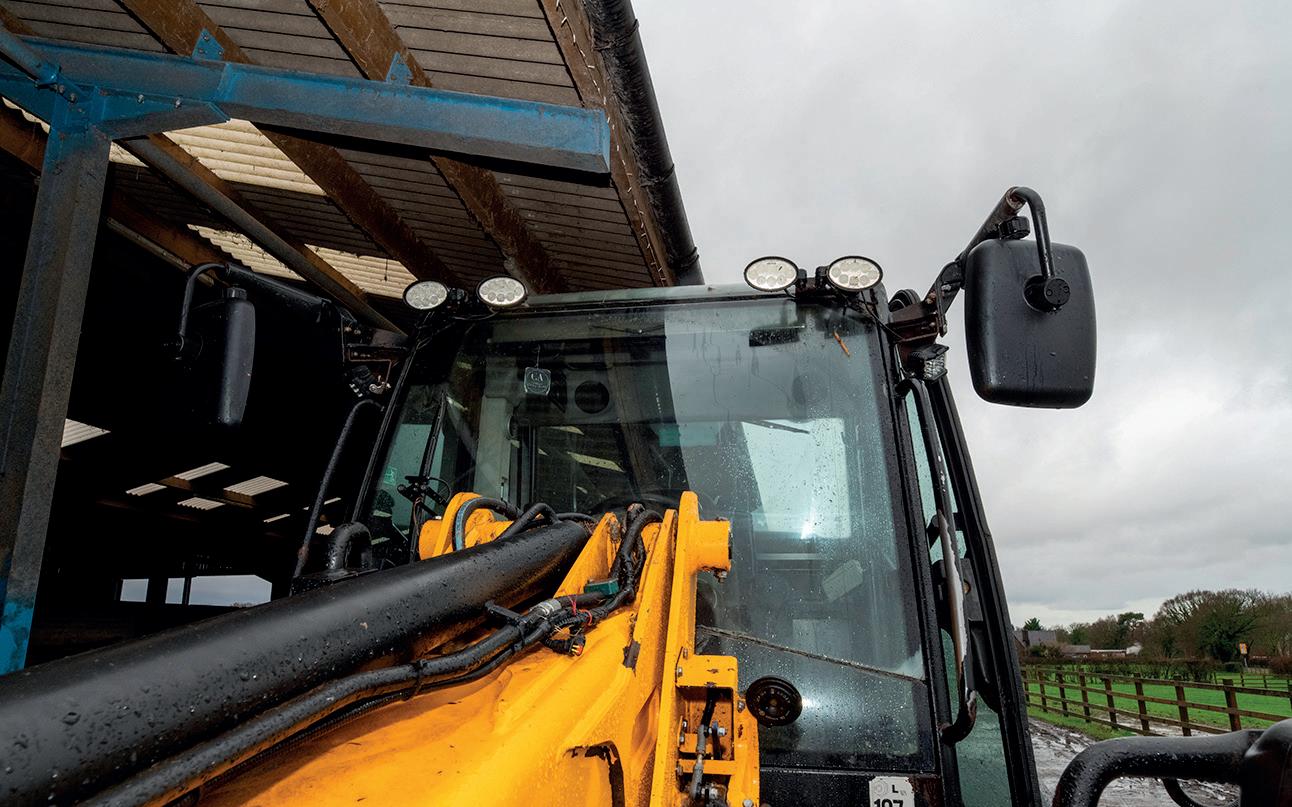

the stickers from peeling when jet washing,” he adds.
Clear access
When it comes to serviceability, the machine’s design and layout gives the operator clear access to three of the four sides of the engine bay. Filters are easily accessible for on-farm service if required.
Marcus highlights he is no service technician, but the design and accessible nature of the machine has meant downtime has been kept to a minimum, if there was a breakdown.
Marcus says: “Hydraulic hoses have been the biggest issue recently, failing on pinch points, but they have done some work.”
Asked if there was anything
they would add or change on the machine, Marcus is quick to point out a few details.
He says: “Physically nothing jumps to mind, it is more li le details – such as the lack of a reversing camera, LED lighting and a phone holder is what the machine is missing.”
Many of the items listed could be retro ed, with Marcus also pointing out several of these items are now standard features on the new variant.
One of the features the family enjoy on their machine is its two access doors and steps on both sides of the machine.
Something you do not get on newer models, they add.
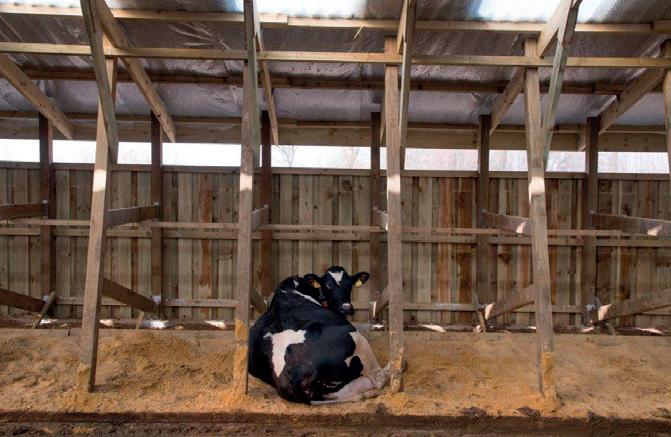
• Cow kennels
• Perfect Shelter
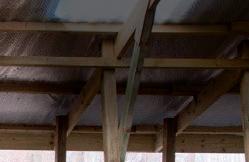


• Designed for Animal Health
• Excellent Ventilation
• Shelter from Wind & Rain
Telephone: 01772 785252 www.farmplus.co.uk

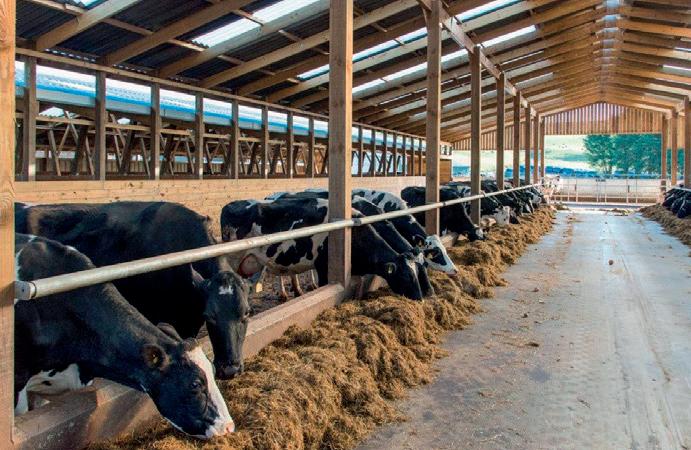
• Shade from the Sun
• Plenty of Fresh Air
• Ample Space
• Minimum Draught
• Many options available

APRIL 2024 66
RECRUITING REPS See website for details
Marcus Rowland likes the high-view safety frame mounted within the cabin which cuts build-up of debris outside, aiding visibility, and the joystick layout (inset) where buttons and switches are intuitive.
An upgraded LED light pack would benefit visibility.
The pivot point remains accessible for maintenance and repairs.

Inside the cabin, everything is clean, clear, functional and durable.
Marcus says: “For me, JCB has got the joystick layout right, all bu ons and switches work how you would naturally expect and you do not have to think about controls when using the machine.”
Every machine has its downside and for the Rowland family it is
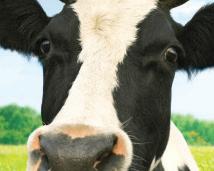

the limited visibility over the bonnet, however any future machine will have a reversing camera to counter that.
e bonnet and engine positioning do have their benets, with the TM320S set at the back away from dust and debris which dramatically reduces the risk of any air intakes ge ing







blocked when handling large quantities of straw, a more common issue for handlers with sidemounted engines, creating the need for a reversible cooling fan.
Marcus says: “ e TM does not have a reversible fan, but it does not need it.
“
e engine always keeps clean and it is not o en I need to blow the
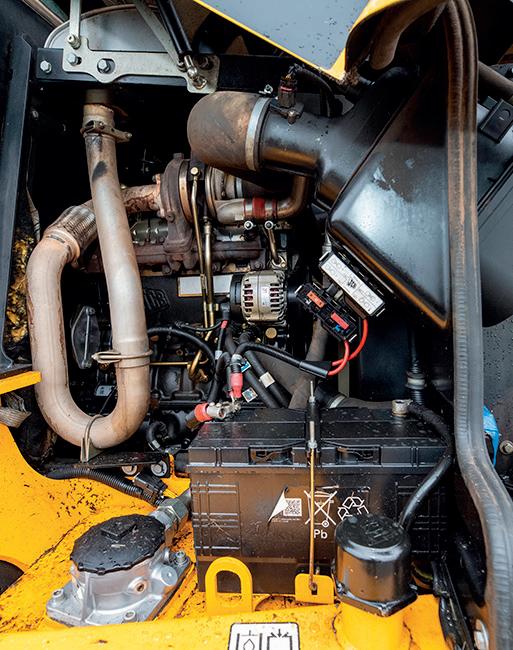
lter out even in dusty conditions.”
Neil says: “ e machine is bombproof, nimble and handy around the yard.”
In 10 years of service, the handler owes the business li le more than general wearing parts, service consumables and tyres.
‘Touch wood, any future machines will do as well’, they say.






















































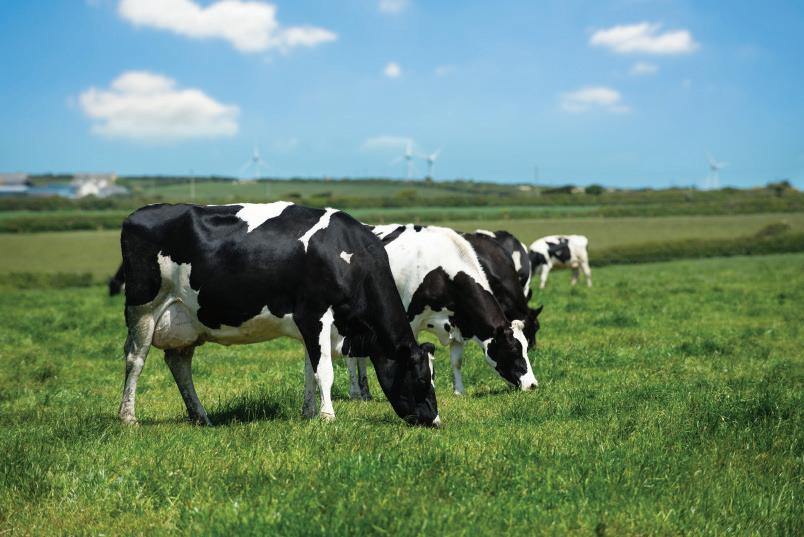
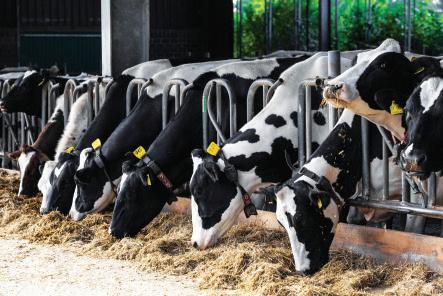




























































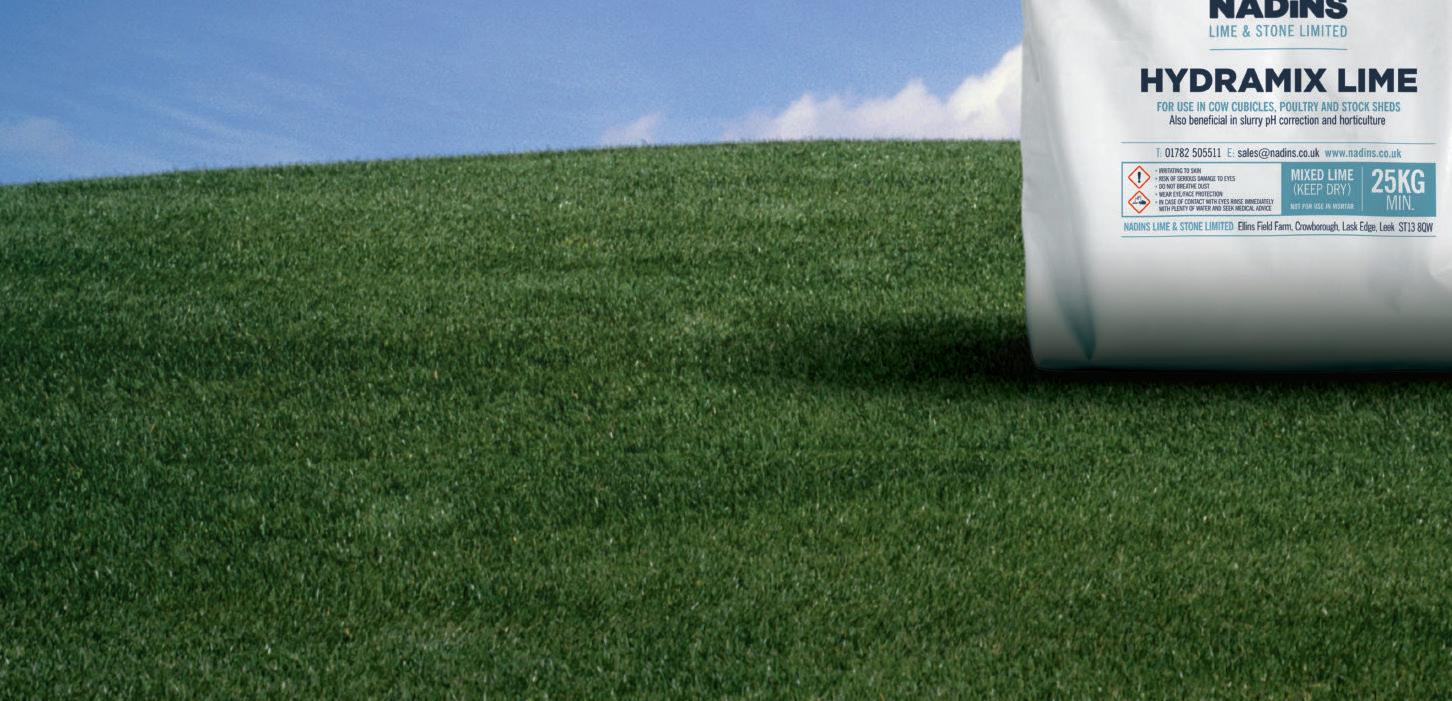





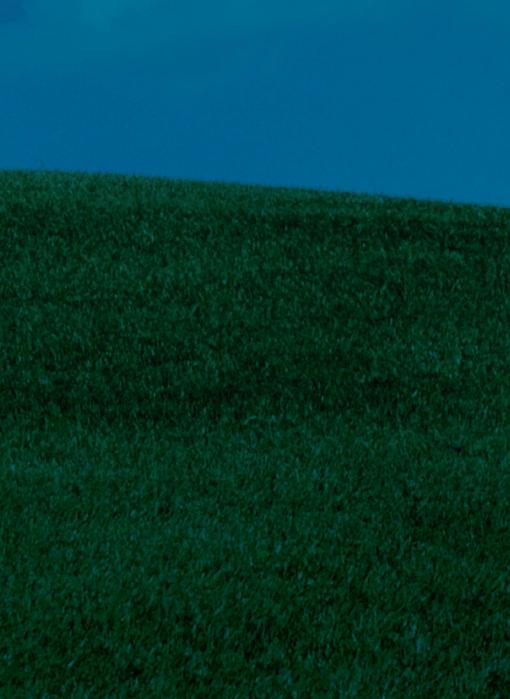

APRIL 2024 67
MACHINERY
Left and below: The Engine bay remains relatively clean even after hours of working in dusty conditions.












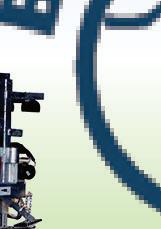










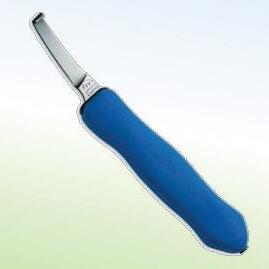




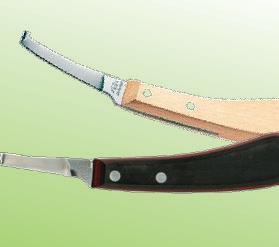

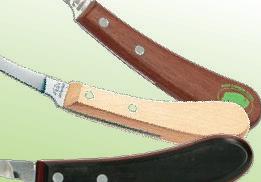




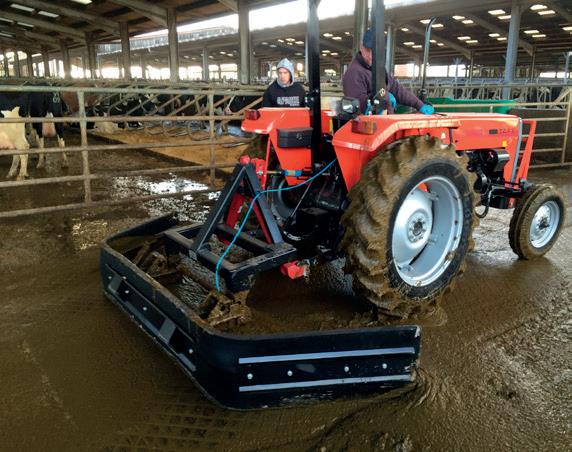

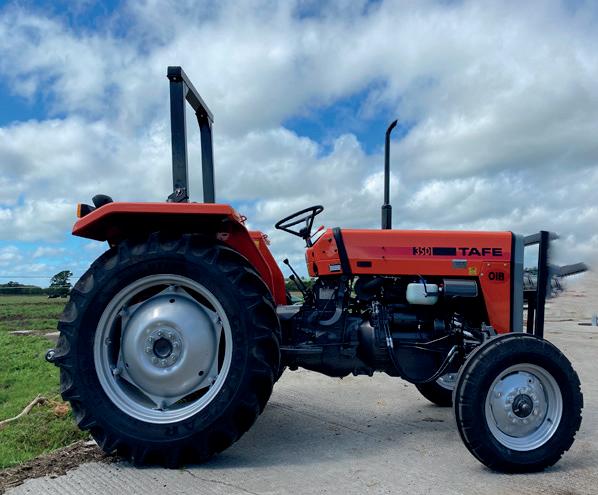

Milk prices rise heading into spring
JA good number of milk buyers are increasing their milk prices as we head into spring.
For some, it will be the rst time they have had their wallets out this year due to their price competitiveness, while for those coming up from a lower winter price base, an April increase makes it four increases in four months.








Spring price increases are not as uncommon as one might think. While the sheer number of spring increases in 2022 at the start of the Russia/Ukraine war was an exception, several milk buyers have historically made positive moves in Q2.
One of note would be Arla Foods. is year, Arla Foods is being joined by the other industry heavyweight, Muller, which has added further
J
momentum in bringing other price increases to the surface.
While milk price increases are understandable, some milk buyers have rightly questioned the logic as to their timing.
Li ing milk prices in spring does have an element of courting trouble with the markets.
Detail
However, without ge ing embroiled in the detail, the hope across the industry given the lacklustre market, with demand starting to move in the right direction, must be that any subsequent li in milk production, whether milk price or weatherrelated in the next few months, is not enough to give buyers the opportunity to ratchet pressure down on prices.
68
MILKprices
In its
milk
by
April to 44.1ppl for our liquid standard. This price includes the retailer’s 0.75ppl M&S Scheme Standards Payment and, for England and Wales suppliers, the 0.26ppl additional payment from the Green Fertiliser Scheme. M&S cuts 0.7ppl APRIL 2024 Stay connected to with our new digital membership Become a member today Visit farmersguardian.com/membership Call 0330 333 0056 and quote H303 £109 a year Join for just Scan the QR code to learn more about the FG Digital membership and other packages available Become a member of Farmers Guardian with our new FG Digital membership and receive full article access to farmersguardian.com across all your devices. Call us on 01258 817372 email: info@tractorsuk.co.uk TRACTORS UK SOLE UK IMPORTER OF TAFE TRACTORS FROM THE BEST PEDIGREE BASIC, SIMPLE & RELIABLE TRIED & TESTED FOR GENERATIONS 08R04B � Drum or oil immersed brakes � Roll bar or cab � 2wd or 4wd � 2 Years’ warranty � Comprehensive parts backup www.tractorsuk.co.uk ✆ 01258 817372 ✉ info@tractorsuk.co.uk BASIC, SIMPLE & RELIABLE www.tractorsuk.co.uk • 2 Years’ warranty Comprehensive parts backup • Oil immersed brakes 2WD or 4WD PHONE OR ORDERO NLINE Tel: 01738842996 www.bdsupplies.co. o. o uk k sales@bdsupplies.co.uk uk SUPPLIERSOFHOOF TRIMMING &ANIMALHUSBANDRY EQUIPMENT
first milk price adjustment since the 1.2ppl reduction for November 2023, a revision in the M&S Milk Price Model (tracking the last three months rather than six months) has seen the retailer reduce its
price
0.7ppl from
Milk price analyst Stephen Bradley on the latest milk industry developments.
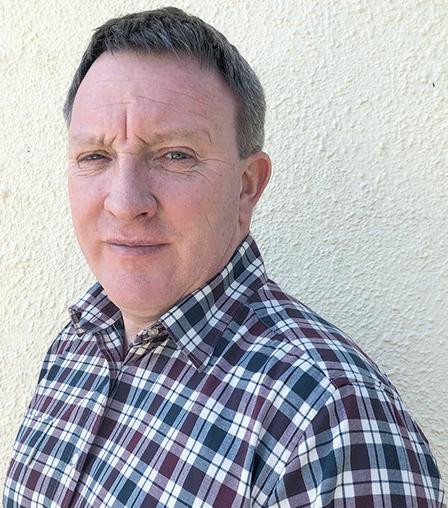
Upward moves
JIncreasing its owners’ milk price for both conventional and organic by a euro cent (0.86ppl) from March takes our manufacturing standard litre* for our Arla supplier up 0.88pl to 40.06ppl, while 0.85ppl up to 38.43ppl for our liquid standard*.
Likewise, there are new prices of 47.38ppl and 45.46ppl for organic.
The company reports the market outlook as stable as retail sales pick up, although milk supplies are projected to grow due to the expected seasonal increases in spring.
The company has also lifted its Direct price by 0.88ppl from April, taking our manufacturing price up to 37.01ppl. Whereas for Arla this is the second price increase this year (third for Directs), Muller has made its first move with a 1ppl increase for its Direct suppliers from April. The increase applies to both conventional and organic.
The company is at pains to point out the decision to increase from April is because of a desire to continue to protect security of supply.
The increase on conventional follows the 0.5ppl reduction from November last year and takes our liquid price up to 37.5ppl. This price includes the 1ppl Muller Advantage Premium paid quarterly in arrears.
The company’s organic price moves up to 48.5ppl.
Other milk buyers for liquid increasing their milk price for the first time this year include Paynes, increasing by 0.5ppl from March to 35.5ppl. Grahams has increased 1ppl to 36ppl from April on reports its Glenfield soft cheese and ingredients business is growing well. Yew Tree Dairy is also up a penny from April to 37ppl, while the recently acquired BV Dairy by First Milk increases 0.6ppl to 37.6ppl.
Pembrokeshire Creamery’s 38.5ppl
JPembrokeshire Creamery, which is set to begin production this spring, has publicly launched its new
milk price for Welsh milk at a competitive starting level of 38.5ppl for April, based on our liquid standard.
* Our Liquid standard litre is 4%b/f & 3.3% protein, for our Manufacturing 4.2%b/f & 3.4% protein and in both cases Bactoscans of 30,000/ml & SCCs of 200,000/ml, with Thermodurics of 500/ml, 1mltrs/yr on EODC (max vehicle accessibility) based on level supply and therefore, before seasonality, (but includes the winter premiums paid in NI) as well as monthly profile adjustments, balancing charges, capital deductions or annual/part annual growth incentive schemes or supplements not directly linked to dairy market price movement.









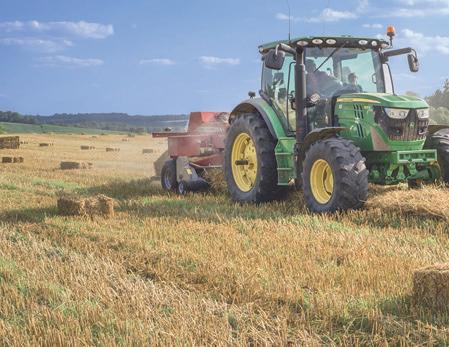

69
APRIL 2024 If it can be done - we can help - call to discuss: 0800 280 06 05 www.brilliant-finance.co.uk We can quickly arrange loans 3 months - 25 years £10,000 - £5,000,000 Competitive rates for Farm Finance Immediate decision in principle - use for any purpose: Consolidation, Tax bills, Crops, Expansion, New equipment, Livestock etc. Specialist help for Financial Problem Cases Including adverse credit We can lend against property Farms, Farm Buildings, Farm Equipment & Machinery Equestrian Buildings, Shops, Bare Land and Buy-to-Lets. Bank Said NO? We Usually Say YES! FARM LOANS & RE-MORTGAGES We are a broker not a lender Dr. Laura Tennant Young Animal Feed Technical Adviser Trouw Nutrition GB For more details about OsmoFit contact Laura at trouwnutrition.co.uk/osmofit
of calves with OsmoFit is easy and key to maintaining health, performance and growth.”
“Hydration
Latest milk prices from
70 MILK PRICES Notes to table Prices for both Liquid & Manufacturing tables paid for a producer sending 1mltrs/yr on EODC (max vehicle size accessibility) with Bactoscans of 30,000/ml and SCC’s of 200,000/ml with Thermodurics of 500/ml. Excludes capital retentions or AHDB levies, profile adjustments from level supply, seasonality, balancing and A&B price schemes (includes the winter premiums paid in NI). Excludes annual / part annual growth incentive schemes or supplements not directly linked to dairy market price movement. Liquid price for milk contains 4% b/f and 3.3% protein. Manufacturing price for milk containing 4.2%/b/f and 3.4% prot. All prices for non-aligned prices are before monthly retail supplements. (i) Nov’23 prices before seasonality or B pricing (ii) Dec’23 prices before seasonality or B pricing (iii) Table ranked on simple rolling 12mth average of monthly prices Jan’23 to Dec’23). (i) v (ii) The difference Dec’23 compared with Nov’23. UK Arla Farmers hold for Nov’23 includes 1.359p/kg (1.400ppl) Sustainability Incentive and forecast 13th payment of 1.24p/kg (1.277ppl) based on our liquid std litre. UK Arla Farmers hold for Nov’23 includes 1.417p/kg (1.460ppl) Sustainability Incentive and forecast 13th payment of 1.29p/kg (1.329ppl) based on our manufacturing std litre. UK Arla Farmers 0.85ppl increase for Dec’23 includes 1.359p/kg (1.400ppl) Sustainability Incentive and forecast 13th payment of 1.24p/kg (1.277ppl) based on our liquid std litre. UK Arla Farmers 0.89ppl increase for Dec’23 includes 1.417p/kg (1.460ppl) Sustainability Incentive and forecast 13th payment of 1.29p/kg (1.329ppl) based on our manufacturing std litre. First Milk price includes 0.5ppl Member Premium accrued as a 13th payment paid Apr’24. First Milk Haverfordwest Tesco Cheese Group includes 2ppl retailer premium averaged as 1.5ppl based on seasonal profile. Fresh Milk Company price before Morrisons monthly cheese supplement (payment made in Nov’23 of 0.029ppl for supplies Jul’23 to Oct’23). MMG Direct price includes 1ppl Premium paid quarterly in arrears to Direct/Organic farms meeting specific Muller Direct criteria (Quarterly payments started from Apr’22). Crediton Dairy price includes FarmMetrics Scheme Bonus of 0.5ppl paid monthly. South Caernarfon price includes flat 0.4ppl annual member bonus paid monthly. ‡ Price includes 12mth average rolling profile fixed at 0.57ppl. * UK Milk Futures Equivalent (UKMFE) net to producer includes 5% processor margin and allowing 2.54ppl ex-farm haulage for Nov’23 and 2.64ppl for Dec’23. ** Ave delivered spot milk net to producer allows 3ppl covering haulage + milk testing and margin. *** Price for Feb’24 with reporting to end as suppliers switch to Muller. (iv) Latest confirmed milk price at the time of going to press. UK Arla Farmers 2.90ppl increase for Jan’24 includes 1.361p/ kg (1.402ppl) Sustainability Incentive and Guaranteed minimum supplementary payment of 1.239p/kg (1.276ppl) based on our liquid std litre. UK Arla Farmers 3.08ppl increase for Jan’24 includes 1.42p/kg (1.463ppl) Sustainability Incentive and Guaranteed minimum supplementary payment of 1.292p/kg (1.331ppl) based on our manufacturing std litre. UK Arla Farmers hold for Feb’24 includes 1.361p/kg (1.402ppl) Sustainability Incentive and Guaranteed minimum supplementary payment of 1.239p/kg (1.276ppl) based on our liquid std litre. UK Arla Farmers hold for Feb’24 includes 1.42p/kg (1.463ppl) Sustainability Incentive and Guaranteed minimum supplementary payment of 1.292p/kg (1.331ppl) based on our manufacturing std litre. UK Arla Farmers 0.85ppl increase for Mar’24 includes 1.361p/kg (1.402ppl) Sustainability Incentive and Guaranteed minimum supplementary payment of 1.239p/kg (1.276ppl) based on our liquid std litre. UK Arla Farmers 0.88ppl increase for Mar’24 includes 1.42p/kg (1.463ppl) Sustainability Incentive and Guaranteed minimum supplementary payment of 1.292p/kg (1.331ppl) based on our manufacturing std litre. Dale Farm NI 2ppl Winter Premium paid for Oct, Nov & Dec. Fresh Milk Company price before Morrisons monthly cheese supplement (payment made in Nov’23 of 0.029ppl for the 4mths Jul’23 to Oct’23). MMG Direct Premium for Direct/Organic farms meeting specific Muller Direct criteria confirmed as 1ppl for 2024 and paid quarterly, Apr’24, Jul’24, Oct’24 & Jan’25. All prices are before any additional monthly retail supplements. Milkprices.com cannot take any responsibility for losses arising. Copyright: Milkprices.com Nov’23 Dec’23 12mth Diff Latest 4.0/3.3 4.0/3.3 Ave Dec’23 Confirmed Before Before Jan’23 v Milk Seas’lty Seas’lty Dec’23 Nov’23 Price LIQUID PRICES (4% b/f & 3.3% prot) (i) (ii) (iii) (i) v (ii) (iv) Muller Milk Group – M&S E&W 44.80 44.80 49.08 N/C 44.10 Muller Milk Group – M&S Scotland & NI 44.54 44.54 49.00 N/C 43.84 Muller Milk Group – Waitrose 45.30 44.55 46.97 -0.75 44.05 Muller Milk Group – Tesco 41.73 41.73 43.42 N/C 42.42 Arla Foods – Tesco 41.48 41.48 43.17 N/C 42.17 Muller Milk Group – Sainsbury’s 40.63 40.49 42.67 -0.14 40.54 Arla Foods – Sainsbury’s 40.51 40.37 42.55 -0.14 40.45*** Muller Milk Group – The Co-op Dairy Group 39.62 39.57 42.13 -0.05 39.84 Blackmore Vale Dairy 37.00 37.00 40.72 N/C 37.60 Muller Milk Group – Muller Direct 36.50 36.50 40.29 N/C 37.50 Crediton Dairy 37.00 37.00 40.29 N/C 37.00 Muller Milk Group – Muller Direct (Scotland) 36.29 36.29 40.08 N/C 37.29 Yew Tree Dairy 36.00 36.00 39.58 N/C 37.00 Dale Farm GB (Kendal) 35.47 35.47 39.55 N/C 34.46 Freshways 35.00 35.00 39.33 N/C 35.00 UK Arla Farmers – Morrisons (Grazing) 35.45 36.30 39.11 0.85 40.05 Grahams Dairies 35.00 35.00 39.08 N/C 36.00 UK Arla Farmers – Tesco 35.25 36.10 38.91 0.85 39.85 UK Arla Farmers – Morrisons 35.22 36.07 38.88 0.85 39.82 Paynes Farms Dairies 35.00 35.00 38.62 N/C 35.50 UK Arla Farmers 33.83 34.68 37.49 0.85 38.43 Meadow Foods Lakes 33.00 33.00 37.04 N/C 35.25 Meadow Foods 33.00 33.00 37.04 N/C 35.25 Dale Farm NI 35.73 36.23 35.40 0.50 35.73 Simple Average 37.64 37.76 40.85 0.12 Simple Average (excl. retail contracts) 35.29 35.40 38.81 0.10 MANUFACTURING PRICES (4.2% b/f & 3.4% prot) First Milk – Haverfordwest Tesco Cheese Group 37.50 37.50 41.86 N/C 40.25 Barber’s Cheesemakers 36.14 36.14 40.63 N/C 38.71 Saputo Dairy UK – Davidstow 35.50 35.50 40.50 N/C 38.00 Wyke Farms 36.11 36.11 40.47 N/C 39.00 The Fresh Milk Company – Level Profile ‡ 35.96 35.96 40.40 N/C 38.29 First Milk 36.00 36.00 40.36 N/C 38.75 Parkham Farms Tesco 37.25 37.25 40.17 N/C 38.25 Wensleydale Dairy Products 35.58 35.74 40.06 0.16 37.37 The Fresh Milk Company (Lactalis) 35.39 35.39 39.83 N/C 37.72 Belton Farm 35.30 35.30 39.40 N/C 37.30 UK Arla Farmers 35.21 36.10 39.02 0.89 40.06 South Caernarfon 34.00 34.00 38.59 N/C 37.00 Arla Foods – Direct Manufacturing 32.67 32.67 37.88 N/C 37.01 Leprino Foods 34.00 34.00 37.54 N/C 38.00 Dale Farm NI 36.72 37.22 36.36 0.50 36.72 Simple Average 35.56 35.66 39.54 0.10 Simple Average (excl. retail contracts) 35.28 35.39 39.31 0.12 ‘B’ Price Indicators StoneXMilkprices.com UKMFE (gross) 38.73 38.83 34.74 0.10 *StoneXMilkprices.com UKMFE (net) 34.25 34.25 30.32 N/C **Delivered spot milk (net to the producer) 35.92 35.50 -0.42
APRIL 2024




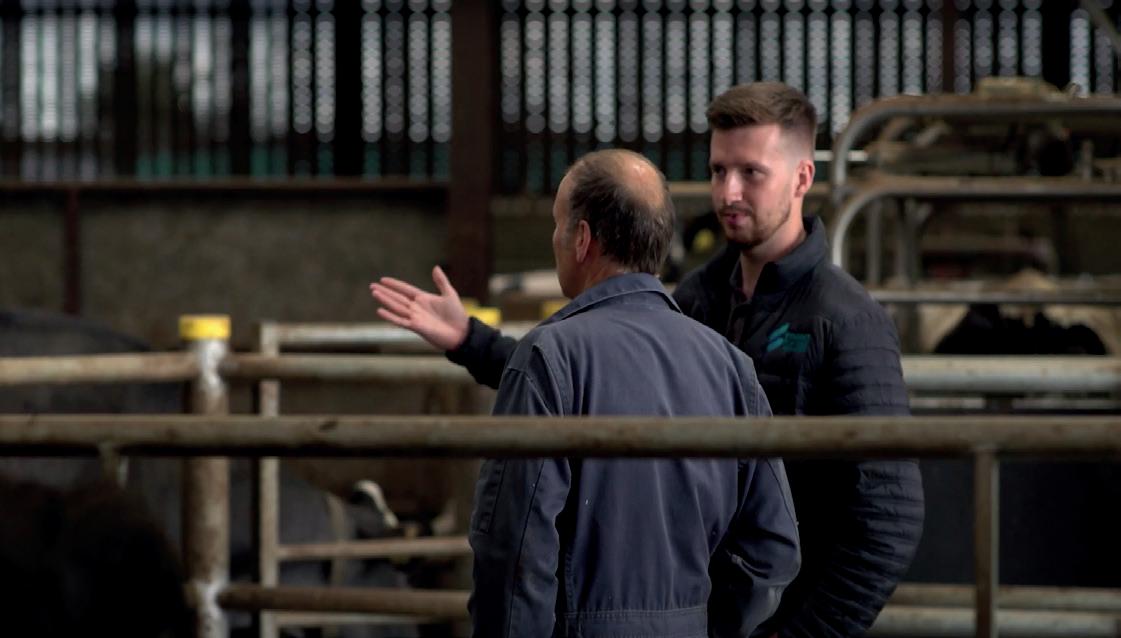















A *D E FRA APPROVE D Bovine Tuberculosis ( TB) stabilised iodophor disinfectant for surfaces and foot dips
• For routine surface disinfection, use at a dilution rate of 2% v/v of product dissolved in water
• For foot-dip applications, use at 2% v/v and replace every 2-3 days, or if daily soiling occurs.
w w w.kersia .uk
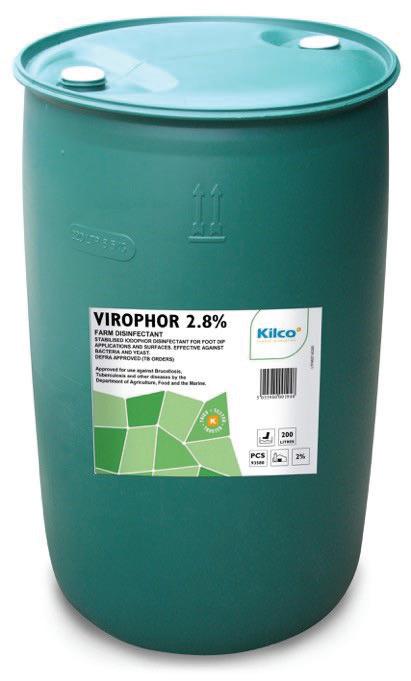
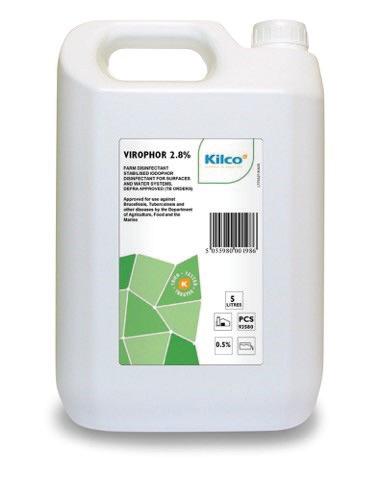

For more information, contact your local Kersia Ruminant Sales Manager, or call ourLockerbie o ce on +44 (0) 1576 205480 Or email enquiries.uk@kersia-group.com
Finance for business use customers only. All finance is subject to credit status, approval, terms and conditions. Finance for Farms is a trading name of Shire Leasing PLC who is authorised and regulated by the Financial Conduct Authority for certain types of consumer credit lending and credit related activities that are regulated under the Consumer Credit Act 1974 and by the Financial Services and Markets Act 2000. 01827 300 333 farmers@shireleasing.co.uk www.financeforfarms.co.uk Discuss agricultural finance solutions for livestock, machinery, vehicles and more. Scan the QR code to watch the video. Open phone camera & scan No major upfront costs Tailored re-payment options Potential tax benefits Same day finance decisions
**DEFRA APPROVED for Tuberculosis Disease at a dilution rate of 1:14 Foot and Mouth Disease Orders at a dilution of 1:550
25L, 200L
Virophor 2.8% AVAILABLE AS: 4x5L,
Please Note: Disinfectants are regulatory biocides.Use biocides safely. Before use read the label and product information. *For full DEFRA approval visit: disinfectants.defra.gov.uk
HEATSTRESS?
The climate in the barn is the key!

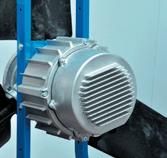
THE SOLUTION:
ABBIFAN 140-XXP-2
The latest motor technology now applied on our fans! Direct drive.
DC-permanent magnetic motor
40-70% energy savings
No frequency control needed
No motor protection switch needed
No special wiring needed
No maintenance
Mains: 230/400V 50Hz

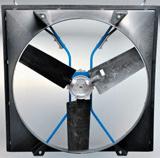
CROSS
VENTILATION blows fresh outside air in your barn!
Simpler installation
Less electric wiring
No obstacles inside
No restlessness when doing maintenance
Shorter suspension of the fans
Lower total investment
Airflow in length of cubicles
Peak milk for the UK has been the first week of May for the last four years. That is now six to seven weeks away and awareness of the flush is dominating European trading sentiment.
If the land eventually dries out fully and there is a let-up in the relentless rain, Europe could be in for a bumper flush.
The mood among buyers seems to be increasingly relaxed on the back of the view that dairy products are not going to be short anytime soon.
Price increases in the UK, Denmark, Germany, Ireland and the Netherlands over the last few months have also boosted expectations that milk volumes will be good.
All of this means the recent
Market dips as flush concerns rise
butter market rally, which saw it peak above €6,000 (£5,128), has petered out and it is now down again to €5,700 (£4,871) or even lower for some trades.
In the UK though, butter is said to be holding its own better, and traders say the price is about £4,950 to more than £5,000. But selling is hard going with no significant activity, traders report.
First Defra price dip since July
JThe latest official Defra milk price has posted its first decline since July, thanks to a decline in milk constituents.
January’s price was 37.68ppl at 4.32% fat and 3.45% protein, which is down 0.15ppl on December’s 37.83ppl – the highest price since April. When corrected for constituents back to a standard 4% fat, 3.3% protein standard litre, the price is about 35.40ppl.
However, National Milk Records reported average fats for the month at 4.52% and proteins at 3.44%, which points to a milk
price of more than 39ppl. This will fall back for February as milk quality has dropped to 4.44% fat and 3.39% protein.
The latest AMPE figure for February is 37.65ppl, which is up 0.2ppl on January.
After an allowance for a margin and additional supply chain costs, the farmgate equivalent is about 33.6ppl.
MCVE is at 36.77ppl before costs and a margin, which is down 0.9ppl due to a drop in cheese and whey values. The farmgate equivalent after costs is about 32.77ppl.
Cream in the UK is from £2.05/kg to as high as £2.10/kg, so that has not changed significantly in weeks now.
Cheddar
The Cheddar market is also extremely quiet. Buyers are relaxed and not buying; sellers are relaxed and not selling, with the price going nowhere. But there are some positive drivers.
Traders say many buyers are not covered forward and Ireland’s milk volumes are not forecast to be that exceptional this spring.
The export market for curd is also still attractive and attracting a price not too different to the mild price at £3,500, some say.
Against all that though, the Kiwis are increasingly active in the UK on the back of the new trade deal, and supposedly touting Cheddar around for prices which are undermining UK prices.
www.abbi-aerotech.com
www.rumitechs.co.uk
Ph: 07714 846987
JThere have been more milk price increases this year than in any other year, apart from the exceptional year of 2022. So far there have been 39 positive price moves from processors since January, beating 2017’s total of 35.
So far this year, Leprino tops the billing, with an 11% increase in its milk price from January, followed by Arla at 10% and then South Caernarfon at just below 9%. However, these companies were at the bottom end of the price table at the start of the year.
APRIL 2024 72
ANALYSIS
MILK
NEW! NEW!
Defra price vs. NMR price based on fat and protein results Jan 23 Feb Mar Apr May Jun Jul Aug Sep Oct Nov Dec Jan 24 Feb Mar 55 50 45 40 35 30 NMR price at latest fat and protein Defra price
Prices on recordbreaking seasonal run
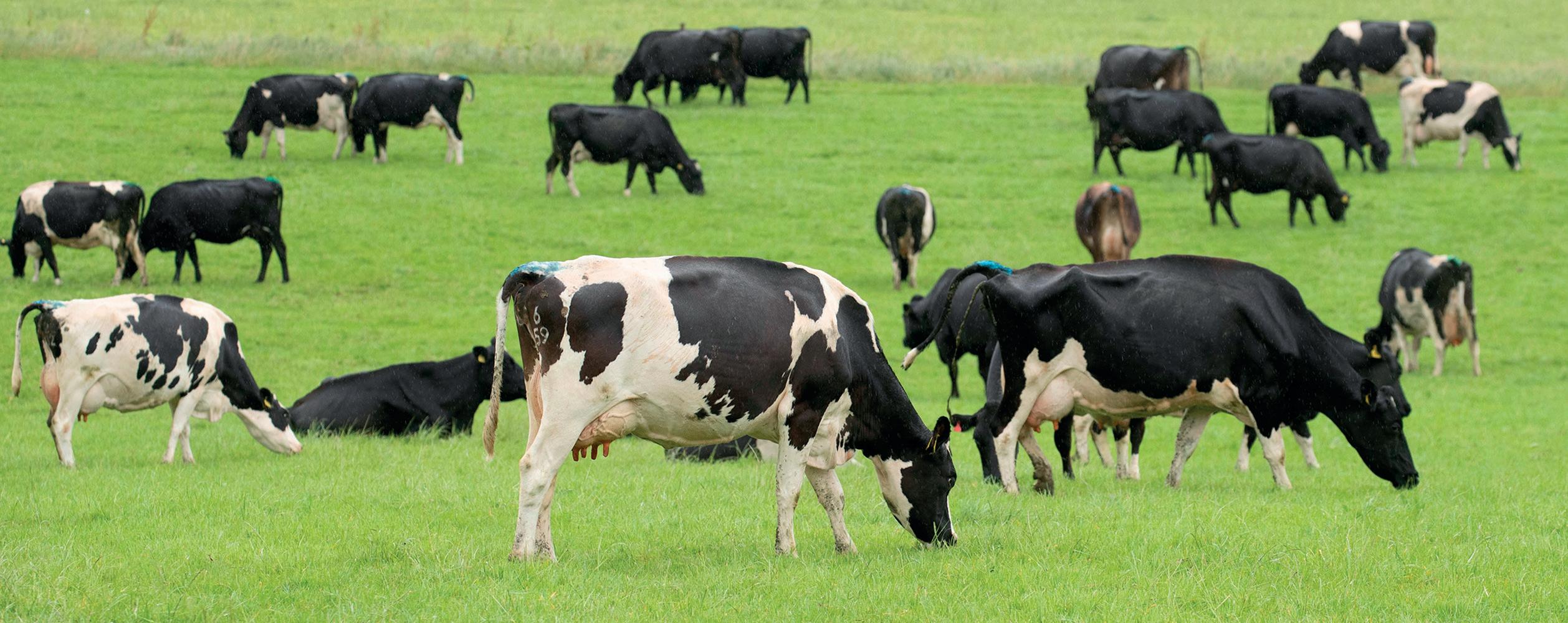

Europe could be in for a bumper spring flush when weather conditions allow land to dry up.
GDT’s first major drop in months
JThere has been a decent run on the GDT auction over the last few months, with the average commodity price increasing 26% from $2,875 (£2,248) to $3,630 (£2,838).
The index at the first March auction dropped 2.3%, which is the biggest fall since last August, when it dropped 7.4%. The last fall was down 0.7% in November.
For the UK, the most
significant move was in SMP, which dropped the price by the equivalent of €70 (£60) to €2,400 (£2,050). In milk price terms, the commodities convert to an approximate UK milk price equivalent of 33.66ppl, which is a fall of 1.25ppl compared to the previous auction.
This includes a heavy weighting for WMP. On an AMPE equivalent, the price equates to about 36ppl.
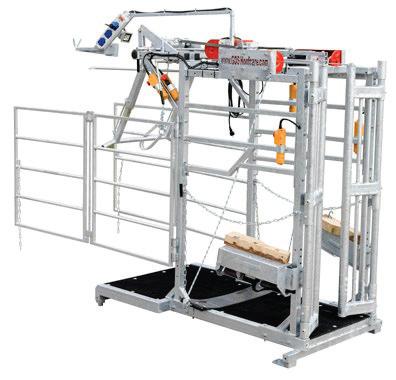

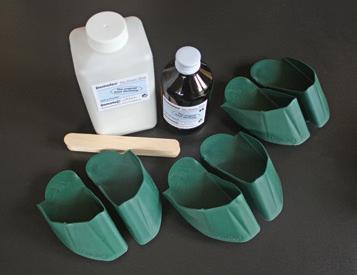
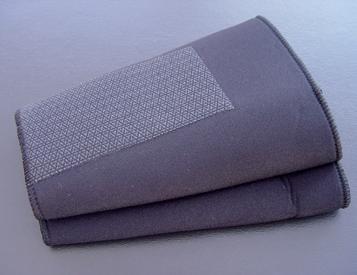


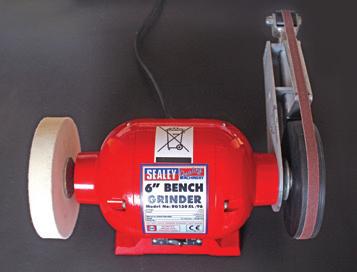
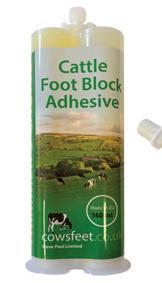
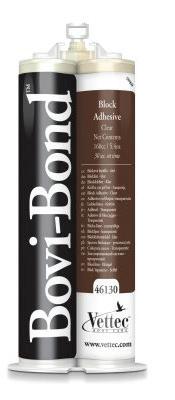




APRIL 2024 73 Prefer to speak to a human? Give us a call on 01963 824448
you to Steve and his team for an excellent and very quick service and very competitive prices every time, thanks!” JOHNNY MILLER, LANCASHIRE LAMENESS WORKSHOPS October 22 £125 per person Steve Paul Limited
"Thank
3PM
you
ring us
we have
you
your
feet healthy! Cowsfeet advert Farmers Guardian 200x130mm March 2020.indd 1 14/02/2020 09:40
The UK's leading cattle foot care company TRIMMING • TRAINING • SUPPLIES Free next working day UK mainland & Ireland delivery ORDER BY
when
spend £100 online excluding VAT Make your life easier with our Electric Farmer Crush Do
if you’d like more information! From farmer cattle crushes to wooden blocks,
everything
need to keep
cows'
Mar 22 Apr May Jun Jul Aug Sep Oct Nov Dec Jan 23 Feb Mar Apr May Jun Jul Aug Sep Oct Nov Dec Jan 24 Feb Mar 60 50 40 30 20 10 0 NOTE : Three-month lag GDT Non-aligned
GDT predicted price vs. UK non-aligned price (ppl)
NEWProducts
This month includes a holistic service to help livestock farmers get the most nutritional value from their grassland, a new smart fence to protect livestock and maize variety from KWS.
New smart fence protects livestock
JRutland electric fencing has launched the UK’s first mobile app-operated electric fence energiser. The ESD 12000 Smart Energiser can be operated from anywhere in the world, enabling users to monitor their fences in real-time and be informed of any breaks in the line.
Notifications from the Smart Energiser to a user’s mobile device can identify drops in power, battery problems and device errors.
This enables users to act immediately to protect their livestock, which reduces time and any potential losses.
The product has a direct link to the cloud, so it can be connected using any mobile device and does not require a full mobile signal, as it can operate using an LTE or NB-IoT connection.
rMore information from leah.farmer@kerbl.co.uk, or 01572 722 558.
Got a new product?
JNew products are featured in each issue of Dairy Farmer. Please send details and pictures to Katie Fallon at katie.fallon@ agriconnect.com, or call 07815 003 227.
Grassland agronomy approach delivers livestock nutrition
Mole Valley Farmers has launched a holistic Soilto-Silage service to help livestock farmers get the most nutritional value from their grassland.
The service is available to Mole Valley Farmers members, shareholders and customers, and includes soil health advice, environmental management, regular crop inspections, nutrition management, harvest management and crop costings.
Soil-to-Silage ensures farmers maximise yield per hectare from grassland and that the crops offer optimum energy and protein yield per hectare for livestock, as well as addressing imbalances in the soil, targeting crop nutrition and looking at how silage in the clamp feeds out.
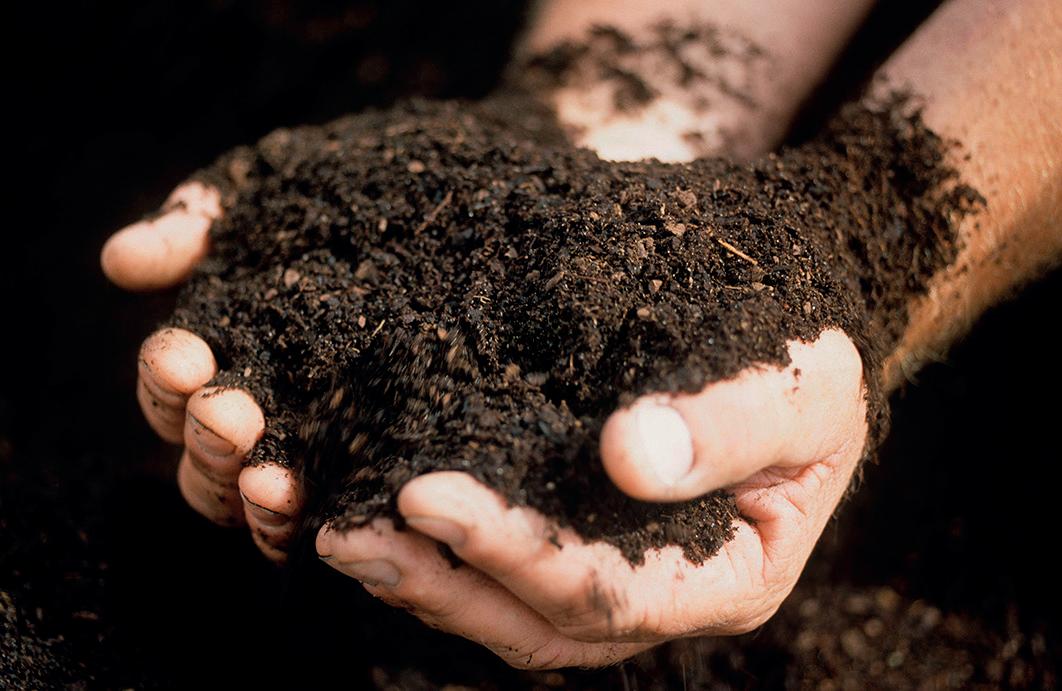
The service includes Omega Crop software, grass growth crop modelling and nutrient management plans, together with weather and satellite data, to predict current grass covers, quality and growth, and target grassland nutrients to boost productivity.
There is a cost for Omega Crop, soil testing and nutrient management plans, but advice from both the agronomy and nutritionist teams is provided as part of the service.
rMore information from 01769 576 232.
Calf formula available from Mole Valley
JA breakthrough calf milk replacer formula, which contains guaranteed levels of key dairy components crucial for gut health and development, is now available from Mole Valley Farmers.
ProteGo, developed by youngstock nutrition specialist Nukamel, is rich in milk fat globule membrane enriched dairy ingredients, immunoglobulins and lactoferrin.
These components play a vital role in gut health and development and help lower the incidence and severity of diarrhoea, increase the uptake of immunoglobulins and other proteins from milk. This formula is designed to be fed for the first 21 days after colostrum to extend the natural protection and can also be fed for the whole rearing period.
rMore information from 01566 780 261.

74
APRIL 2024
Maize variety from KWS
JKWS has launched a new maize variety, KWS Temprano, which is on course to make the forage maize descriptive list for 2024/25. The variety is classified as an ultra-early variety and has a maturity rating of 150, with a high average starch content of 38.9% and maize silage recommended at a maximum 50% inclusion rate.
The variety has a short growing window of about 130 days, compared with 160 days for a mainstream type, and excels on less favourable sites, with good early vigour.
As well as the potential for early sowing, the variety is ideal for producing maize silage on farms where there is a delay to spring planting.
Sowing dates can also

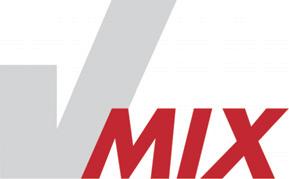
Our range of self-propelled and single, twin or triple auger trailed feeders with capacities from 5m3 up to 46m3, all available with a wide range of specications and options, makes BvL the ideal solution for all your livestock TMR needs.
KWS Temprano has increased yield potential, with its newer genetics offering a 6% yield advantage over more established ultra-early varieties.
rMore information from 01594 528 234.
New data sharing app
JDeLaval Plus is a new data-sharing application, exclusively available to DeLaval farms, which provides more information in a way which is easy to understand.
The technology was recognised by the organisers of Dairy-Tech, and DeLaval Plus was one of three shortlisted for the Royal Dairy Innovation Award.
Data collected from parlours, robots, collars and body conditioning scanners is being interpreted, collated and used to identify trends
in cow health and productivity, enabling farms to see its data in relation to data collated globally and make decisions based on global trends, as well as daily on-farm variables.
DeLaval farms signing up in the UK will not need any additional technology to benefit from DeLaval Plus, and the DeLaval team will soon be offering performance plans for farms to maximise the value and relevance of data collected on-farm.
rMore information from adam.hayward@delaval.com be manipulated to spread harvest on large acreages and its rapid dry-down can also help to bring harvest dates forward.
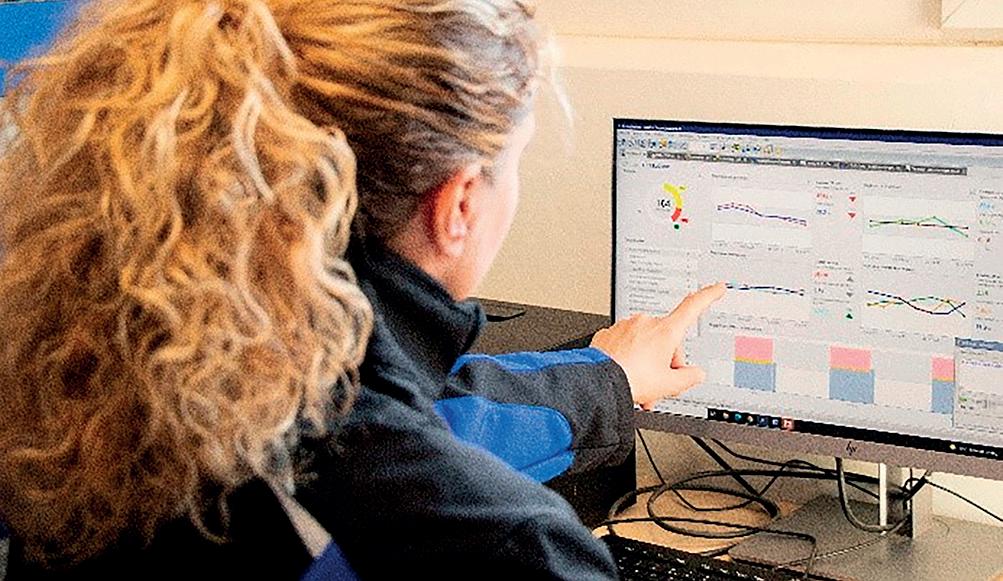
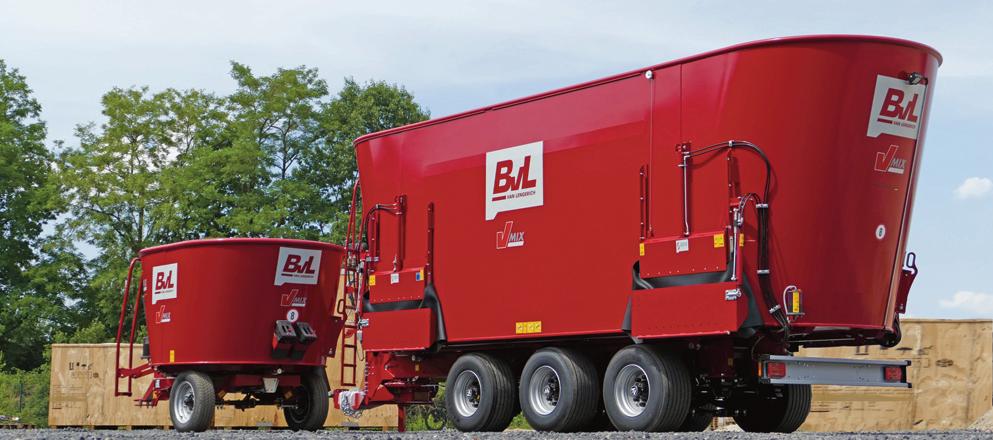
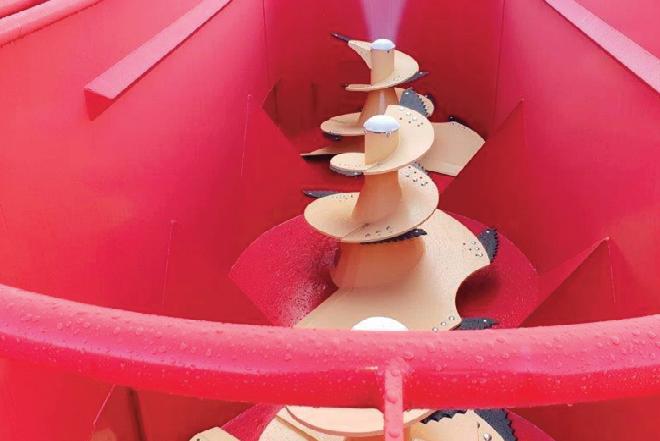
Quality mixer ... Quality mix ... Quality assured ...
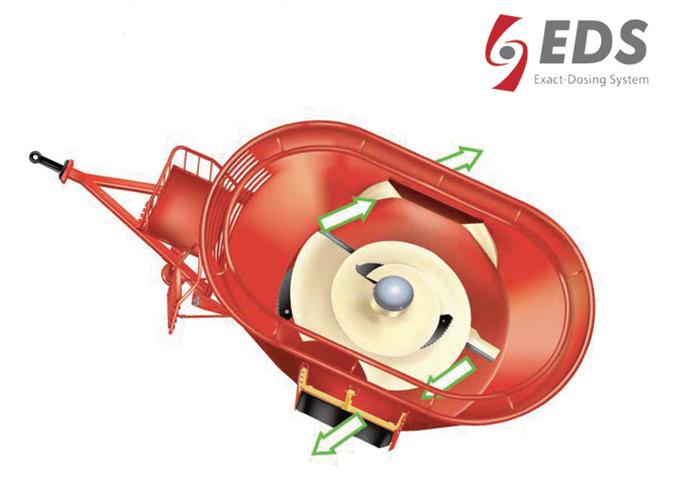
Powerful mixing augers with adjustable knives ensure thorough mixing of all types of feed, including bales. Gentle mixing, consistent ration quality.
The patented EDS discharge system provides an extremely consistent, uninterrupted loose ow of forage to both sides if necessary, even without the optional cross conveyors or elevators.
75
NEW PRODUCTS
APRIL 2024 Innovation. Experience. Strength.
The livestock feeding experts
Paul McUrich - 07810 040100 / paulmcurich@gmail.com
John Molton - 07947 719985 / john.molton@bvl-group.de www.bvl-farmtechnology.com Spring 22 DF half vertical 90x255.qxp_Layout 1 17/01/2023 10:27 Page 1
North:
South:

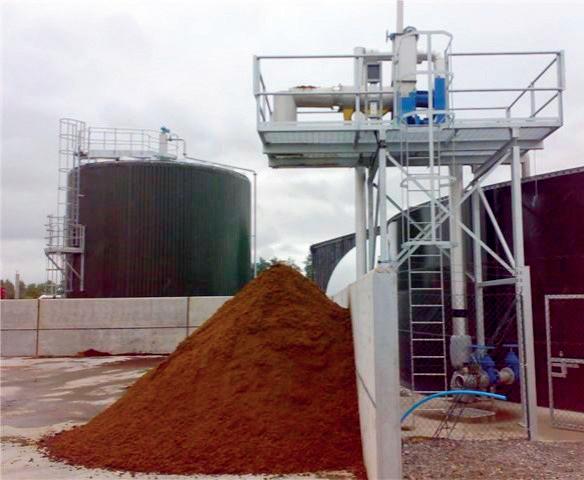
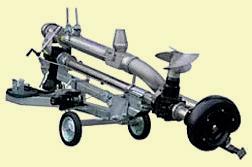
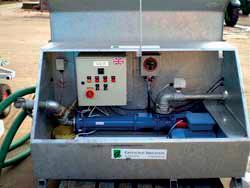



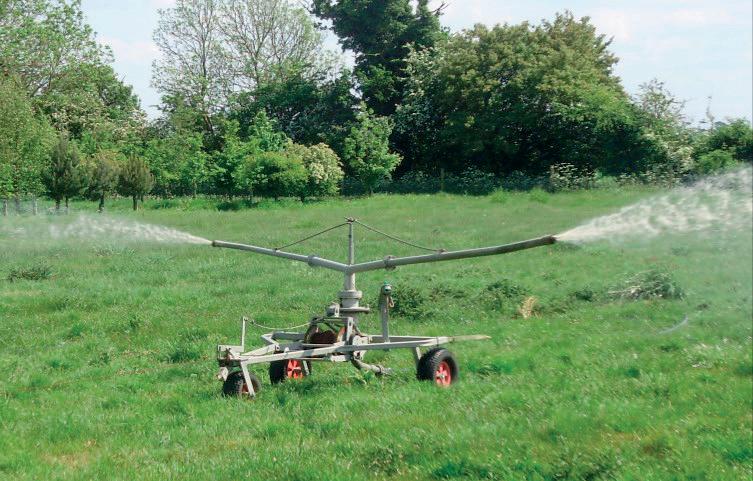



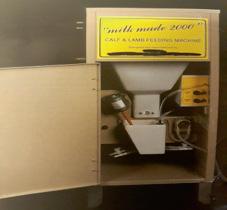

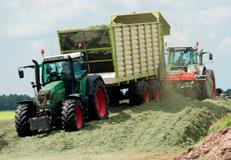

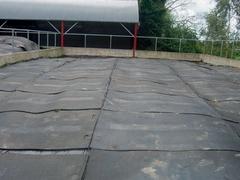

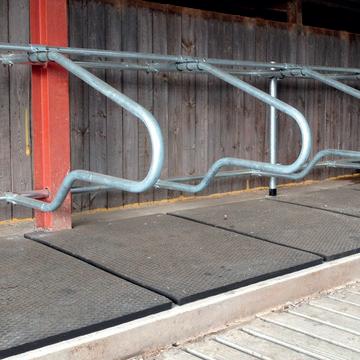
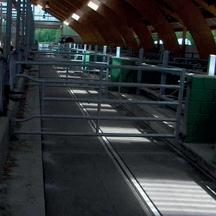
Equipment & Accessories Equipment & Accessories SEPCOM The unique separator Slurry pumps & lagoon mixers 01328 701992 | enquiries@greencrop co.uk | www greencrop co.uk Multicam dirty water irrigator Slurry pump Pump in a box CLASSIFIED TELEPHONE: 01772 799400 APRIL 2024 76 FARM HEALTH SOLUTIONS Ask about Herd Health Analysis T . 01756 749444 W . www.crossgateshealth.co.uk PROBLEMS WITH HIGH SCC /MASTITIS? - WANT TO REDUCE USE OF ANTIBIOTICS? - COST EFFECTIVE PRODUCTS WITH EASY WATER TROUGH ADMINISTRATION - DISCOUNTS - WE CAN HELP WITH SHEEP PROBLEMS TOO - CALL FOR A FREE SAMPLE KIT APPLE CIDER VINEGAR (ACV) VITALAMB + BIOSTART Energised lamb milk suitable for all feeding systems BIOSTART:- Probiotic, Prebiotic and Egg proteins for improved health Milkmade2000 Feeds 150+ lambs/kids Feeds 60 calves 25kg Hopper Simple to install Water supply from mains or header tank Labour saving, cost effective, healthy youngstock For further information contact 01387 750459 Info@britmilk.co.uk www.britmilk.co.uk Ballantrae House, Collin, Dumfries, DG1 4PT Livestock Services Livestock Services Nationwide (01948) 662910/663143 george@greenfieldsrise.f9.co.uk Building Services Livestock SPRAY FOAM INSULATION To Crop & Livestock Stores, Poultry Sheds, Cattle & Pig Buildings, Workshops & Barns. Frost & Condensation Protection. Temperature Control Energy Saving Tel: 01405 812682 www.webstersinsulation.com info@webstersinsulation.com 1.8m x 1.2m / 6ft x 4ft Each 30kg Per Mat Easy Grip Handles Animal Proof Weather Resistant 100% Rubber Construction R U B B E R S Y S T E M S F O R A G R I C U L T U R E DAIRY MAT ARK www.arkmat.co.uk C a l l o r E m a i l F o r P r i c i n g A n d F u r t h e r D e t a i l s 01392 209 394 info@ark-rubberandresin.co.uk PARLOUR MATTING HEAVY DUTY SILAGE PIT MATS SUPERSOFT CUBICLE MATS ALLEY MATS 5 YEAR GUARANTEE

Claughton On Brock, Preston PR3 0PH
01995 640280
www.garstangmart.co.uk
Auctioneer: Ian Atkinson 07944 237516


Wednesday 27th March, 2024
12 noon Monthly Show & Sale of 65 Dairy Cattle
Entries for Catalogue close 10.00am
Thurs 22nd March
Wednesday 17th April, 2024
12 noon Monthly Show & Sale of 65 Dairy Cattle
Entries for Catalogue close 10.00am
Thurs 11th April
Wednesday 24th April, 2024
Dispersal of 150 Pedigree Holstein Friesian Youngstock from R & A Jolleys, Robanne Herd
Wednesday 15th May, 2024
Dispersal Sale of the Milking Herd of 150 Holstein Friesian from K & B Lupton, Longridge
Wednesday 22nd May, 2024
12noon Monthly Show & Sale of 65 Dairy Cattle
Entries for Catalogue close 10.00am
Thurs 16th May
Wednesday 5th June, 2024
On Farm Dispersal Sale of the Milking Herd of 100 on behalf of Cowell & Moore, Preston to incl. the Newsham Hall
Pedigree Ayrshire Herd
Weekly Sales of Rearing Calves & OTMs
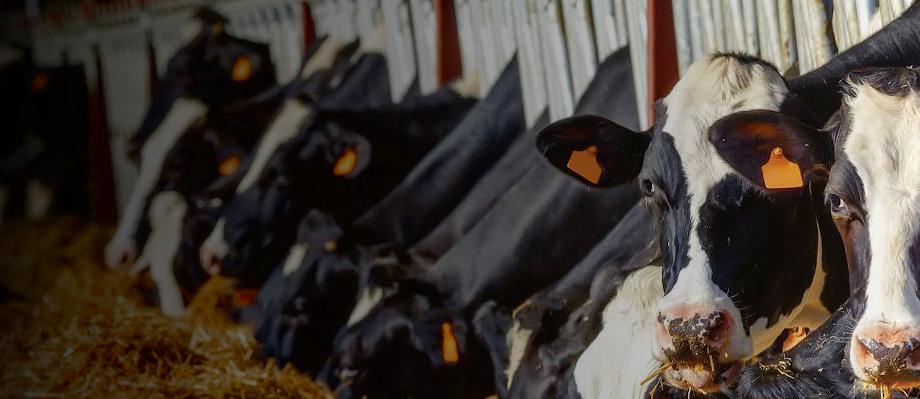
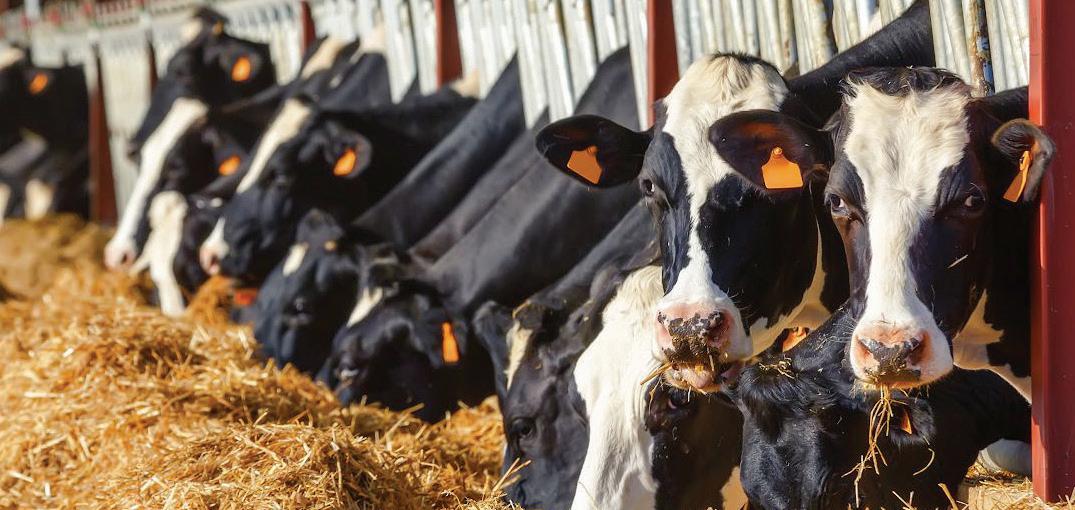



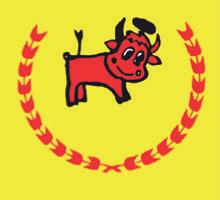

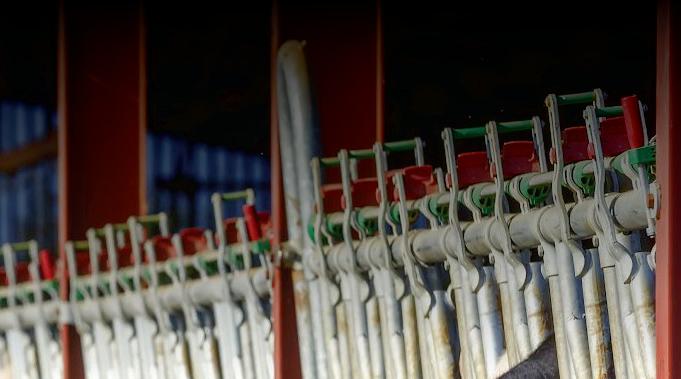




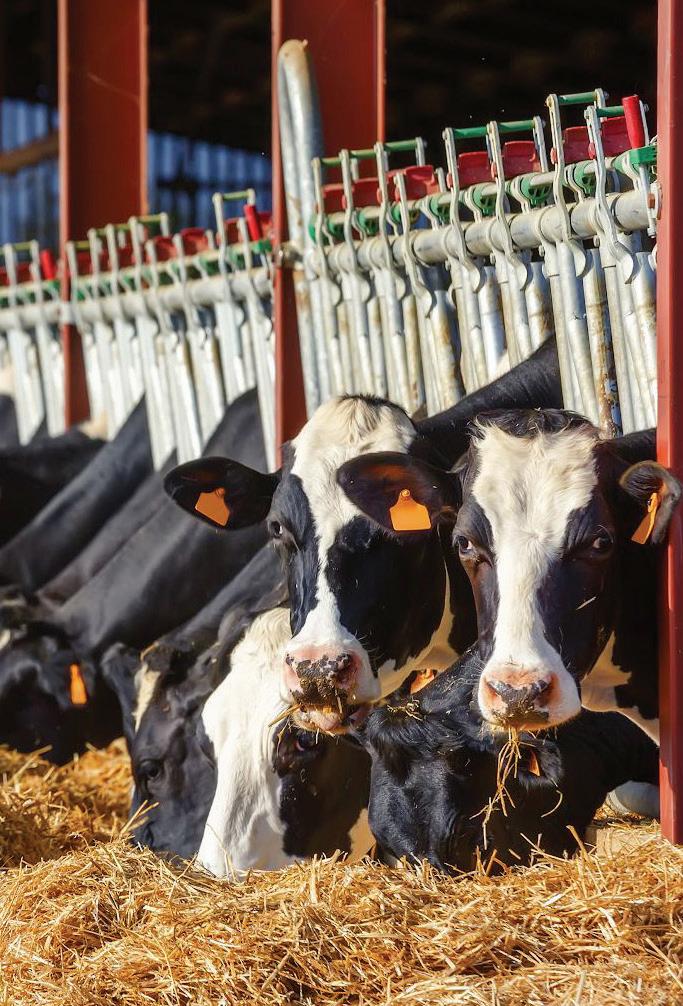
77 APRIL 2024 Nationwide george@greenfieldsrise.f9.co.uk Speak our readers 01772 Published Advertising now DAIRY SUPPLEMENT Dairy Tel. +44 (0)1387 750459 E: info@britmilk co uk | W: www britmilk co uk Calf Jacket Calf Jacket BRITMILK “Qu alit y wit h ou t Comp romis e” f rom • Quality breathable/ water repellent materials to maintain body heat • Strong metal buckles for Longer life • Crossover straps for secure fit • Machine washable DF Classified.indd 3 Speak to Katie Robinson today and start converting our readers to your customers. 01772 799500 | fgclassified@farmersguardian.com Published
6, 2024 CALF DEFENDER (TRANSITION MILK) “HEALTHY CALVES” BRITMILK 01387 750459 info@britmilk.co.uk www.britmilk.co.uk CALF DEFENDER is an energised Calf Milk with an extensive package of health promoting ingredients to stimulate the immune system and promote a healthy gut. For further information contact
September
Brockholes Arms
Auction Mart
Auctions
Livestock
Dairy Supplement
‘It’s
not that I’m anti trees, but I would just pick and choose where they went’
This month, Roger Evans discusses the situation in rural communities, delves into the world of politics and recounts a tale about rats and chainsaws.
There’s a lot of money going into farming at the moment.
Of course, I can’t quantify it, but I do suspect that it’s not all farming money and that it comes from the city, for example.
I also suspect that it is not a good thing. I don’t think that society realises just how much farmers have put into rural communities historically, and they won’t realise until it’s too late.
If it’s city money, the judgement will be solely on return and rural employment, for example, won’t get anywhere near the calculation. Farming has always been like a game of snakes and ladders. Now and in the near future, there will be more snakes about than ladders.
Election
It’s no good telling politicians, as they are not interested. Theirs is a very short-term view and besides, they have their own backs to protect in a general election year.
Land is a precious commodity, it will soak up carbon and more importantly it will grow trees.
A bit more politics I’m afraid: I recently borrowed the ‘tell all’ book by Nadine Dorries.
She tells the story of a powerful group of men. These men work away in the background and they get to choose MPs and Prime Ministers.
The big question, after you have read the book, is do you believe her? As far as I know no-one has denied it but then no-one has come out to support
it either. Her book is largely in support of Boris Johnson, but you need to tell yourself that she probably would not have written it if she had made it to the House of Lords.
If you believe her, and possibly some of you do, you would never vote again. That this group of men should have so much power and yet they have never been through an election process is not right.
I’ve not yet made my mind up about Rishi, but the book says he was chosen to be Prime Minister even before Boris entered No 10. Behind the scenes plotting away, she says, is Michael Gove. I’m not a big fan but at least he has been through an election. So I’m irritated. My irritation threshold seems to get lower by the day. So what’s irritated me today?
One of the arguments that those who would cover the UK with trees is that this country doesn’t have the cover that some countries have in Europe for example.
It’s not that I’m anti trees, but I would just pick and choose where they went.
Speaking in the most general of terms, I think that France for example, is about twice the size of the UK, but only has half the population.
We’ll never compete with that, so why use that as some sort of criteria.
Food security doesn’t seem to be an issue anymore. In the future much of our food will come from the southern hemisphere, a most unreliable place, and food security will not be an issue until we have empty supermarkets shelves.
I don’t think that we will have to wait very long.
GOODEvans
78 APRIL 2024
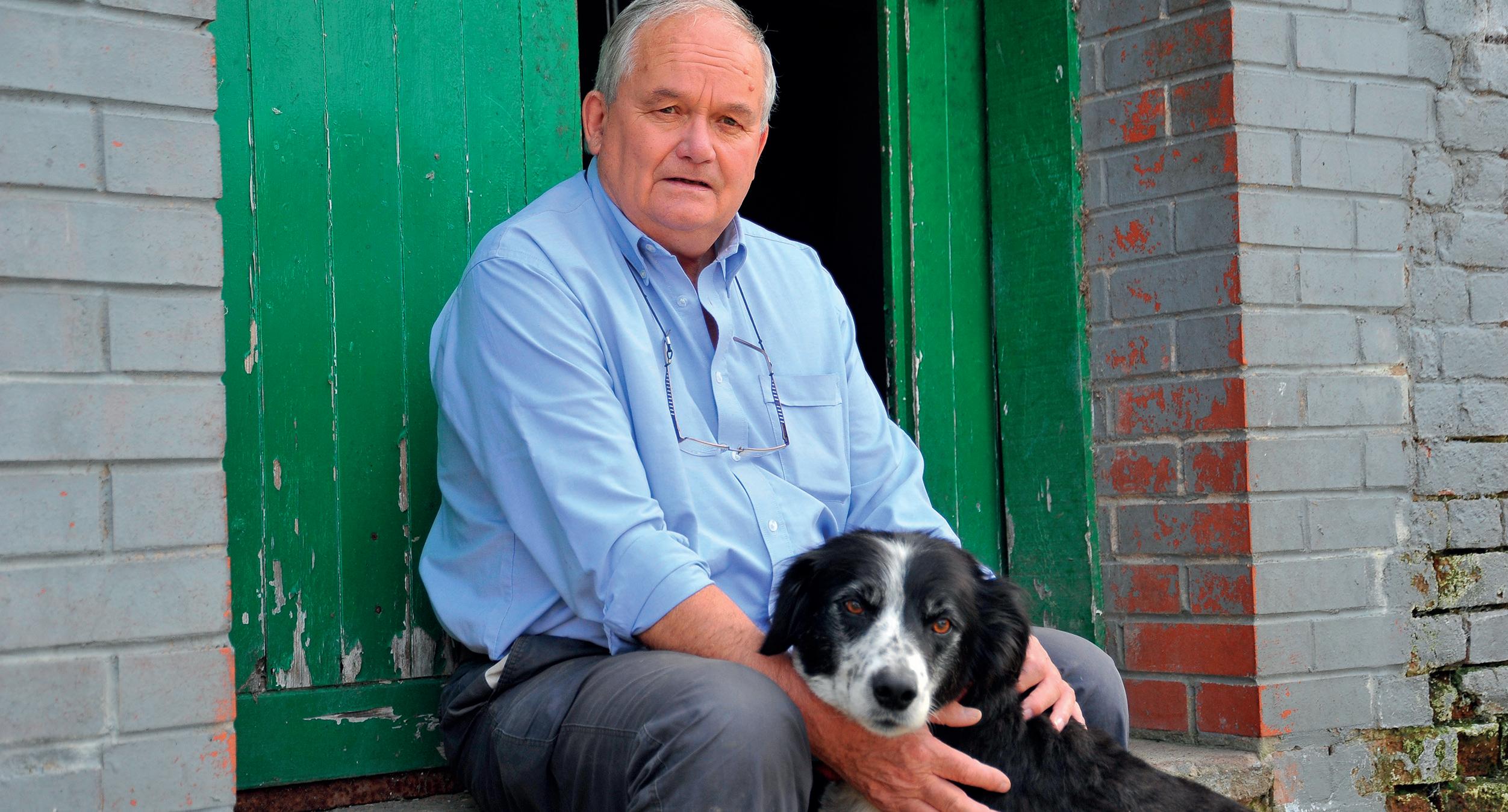
“ It’s not helped by the fact that they never open any post unless it contains a cheque
For those people who have seen ood water enter their homes and businesses, I have the deepest sympathy.
Years ago we had a very dry spell that was broken by torrential rain. A drain became blocked and water came into our house. It was only an inch or so and our rst instinct was to clear it all up. I thought that we had made a fair job of this, but a er about three days the carpets made the most dreadful smell.
I o en think that some of the new housing developments are in the wrong place anyway. Last year there was some ooding in a place called ‘Fishponds’. e clue is in the name.
Vermin control
ere’s a farm I know and a sales rep called there. None of the other reps call there because ge ing any money is always a struggle. It’s not helped by the fact that they never open any post unless it contains a cheque. How they can tell the di erence is a mystery to me. Anyway, this rep is invited into the kitchen. A er they have discussed the weather, he launches into his sales spiel.


He hasn’t been talking for long when this rat makes its way across the kitchen.
ere are two or three farm dogs under the table and they give chase immediately, but the rat knows what it is doing.
ere is a door in the corner and this rat, and probably previous rats, have gnawed a bit o the corner. So the rat escapes through this hole and the dogs can’t follow.
is incident with the rat occurs twice more in the next 10 minutes, each time the dogs make a clamour, but they can only follow as far as the door and the rat escapes.
e farmer says: ‘Excuse me a minute’. ey are a very polite family. And he takes up a chainsaw which he starts up.
He takes the chainsaw to the door and cuts a lot more o the corner of the door to make a hole that a farm dog can easily get through.
When the next rat comes, it crosses the kitchen, but the dogs can now follow and you can hear them killing the rat in the next room.
‘ at’s be er’, says the farmer.

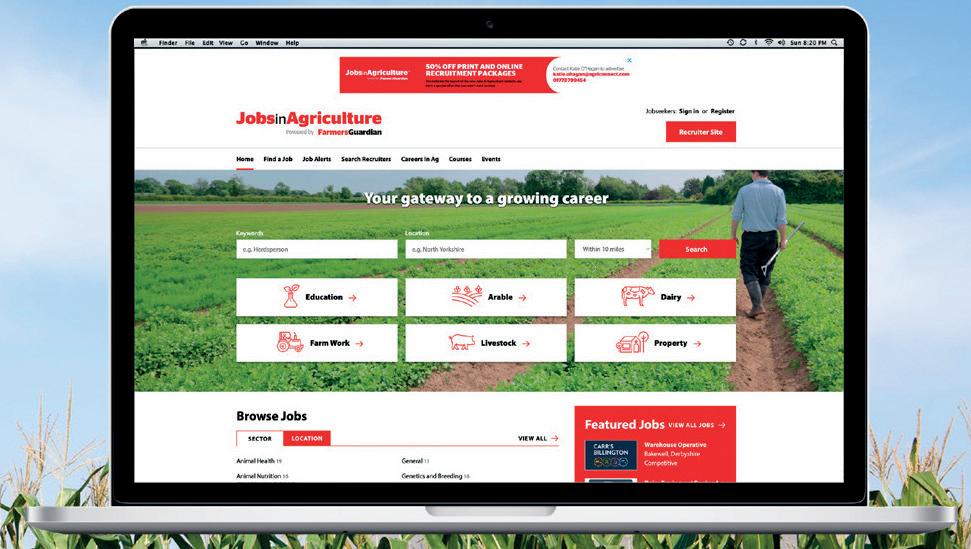


Find your next career move Get the latest jobs in your inbox with our free email alert service and never miss a great job! Scan the QR code or visit: JobsInAgriculture.com 79 APRIL 2024
Falling milk prices, increased regulation, higher interest rates and the emergence of alternative sources of income mean some producers are questioning the future of their dairy businesses while others are looking at opportunities to expand.
ere were 7,500 dairy producers operating in Great Britain in October 2023, according to an AHDB survey. at was 4.5% lower than in the year before.
When the next survey is taken in April, the sector is expected to see another drop in numbers and could take the total to below 7,300.
Defra’s gures, which also include bu alo, sheep and goat, as well as cow dairies, are expected to show there were fewer than 8,300 registered dairy holdings at the end of 2023. at represented a near 30% drop in the previous decade, with the number of dairies at only a li le over one-quarter of the total in 1995.
However, in that time the average dairy herd size has more than doubled and is now estimated to be about 170 cows. And increases in yield have allowed UK production to hover around the 15 billion litres mark.
Neil Adams, managing director of consultants Promar International, says: “ e overall numbers of producers continues to fall, with
Cows and tax
J
As farm animals are wasting assets for Capital Gains Tax purposes, no chargeable gain or allowable loss from their sale arises, according to the HMRC.
If within 12 months the whole or part of a herd is sold and not replaced, the resulting profit or loss is excluded from the computation of trading profits. Tax may be due if a farmer begins to acquire a new herd within five years. HMRC gives a rather
A turbulent milk market against the backdrop of an ever-changing regulatory landscape has brought managing change into sharp focus for dairy producers. Cedric Porter reports.
Business change for dairy farms
exits focused on smaller units, although not exclusively so.
“But we are seeing producers who have the appetite to increase production con dent of the longterm future for the dairy industry.
“What is important for both sets of producers is that they plan changes, assessing the threats and opportunities for change.
“Unfortunately, there are a small number of businesses where there is so much nancial pressure that radical change is the only option and making those changes as soon as possible will limit losses and minimise threats.”
Mr Adams says there is no
dated example of the process, but it is still holds.
It is: Maureen has been a dairy farmer for many years with a herd basis election in force throughout.
On March 31, 2009, the herd consists of 120 cows with an actual cost of acquisition of £800 each.
In April 2009, she sells the entire herd for £120,000 and also sells 30 in-calf heifers (young cows in their first pregnancy) for £25,000.
At March 31, 2010, the herd account will be empty,
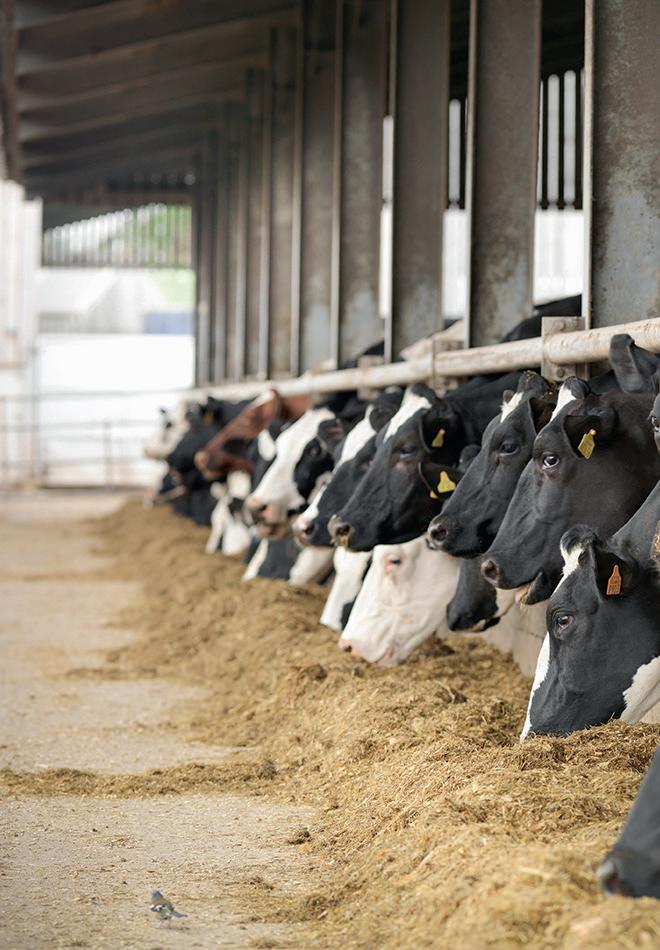
one-size- ts-all approach to business change, with personal circumstances, stage of life, succession plans, a itude to risk and taking on debt, need for investment in new production and environmental systems, geography, availability of labour, tenure (whether rented or owned), alternative sources of income and retirement provision all factors which in uence a decision.
Considerations
He says: “Taking all these elements into consideration is very important when looking at making signi cant changes to a business.
“Dairy farming can be an all-
with all the ‘herd basis’ election animals having been sold.
The profit of £24,000 (£120,000 - £96,000) realised from the sale of the herd animals must be excluded from the computation of Maureen’s taxable farming profits.
This may be achieved by:
rExcluding the proceeds from the sale and the cost of the disposed herd animals (£120,000 and £96,000) from the trading account and crediting the profit on herd sale direct to Maureen’s capital account; no

While the number of dairy farms has dropped, the average herd size has increased significantly.
consuming business, so there is also a way-of-life consideration for some producers who want to have more freedom from the farm.
“Talking to those involved in the business is important, whether this is family members, milk buyers, sta , advisers, accountants or auctioneers. But ultimately, a decision has to be made.
“If the decision is to give up milk production, there will be short-term considerations around the sale, but it is also important to look at the longer term implications for the business.”
at future may involve the continued production of other
adjustment in the income tax computation is then needed; or rAdjusting for the profit on sale in the tax computation where the sale proceeds and cost of sale have been included in the trading account; where there is a trading profit, this will be achieved by deducting £24,000 from it
rThe £25,000 proceeds from the sale of the heifers are a normal trading receipt arising from the disposal of trading stock (heifers are immature cows and, as such, are excluded from the herd)
APRIL 2024 80 BUSINESS CLINIC
Dairy cows are treated on what is known as a ‘herd basis’ for tax purposes.
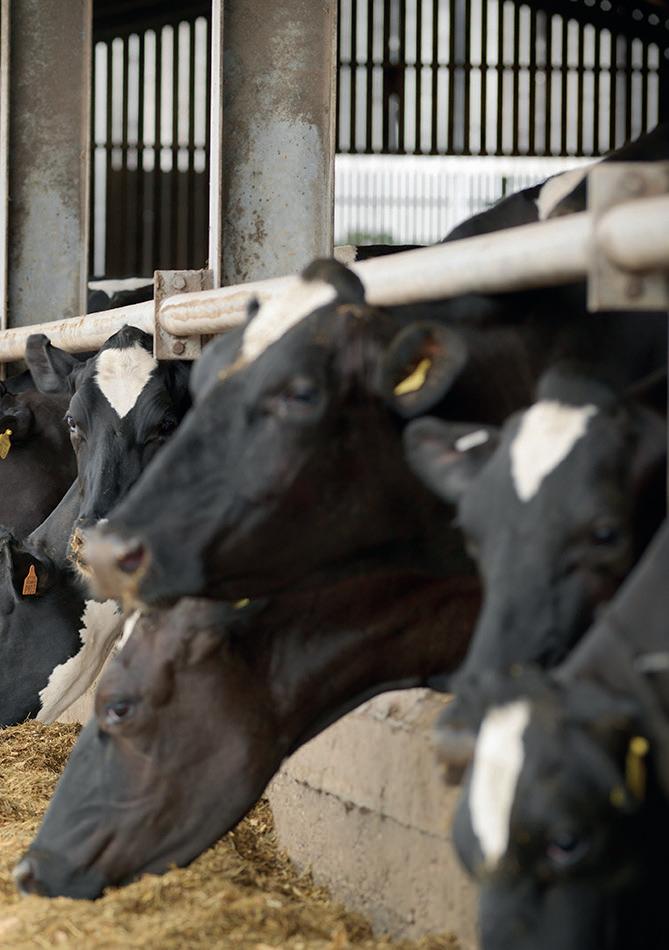
livestock and perhaps crop production, but for some it will be income for alternative or diversi ed sources, such as rental from buildings.
Mr Adams says: “Receiving income from non-farming sources may mean your tax position changes and you may be liable for business
rates. Ge ing professional advice on the implications of business change is vital.”
Andy Clements is a partner at Greenslade Taylor Hunt’s Sedgemoor farm sales centre in Bridgwater, Somerset, which specialises in the sale of dairy cows.
He says: “ e winter has actually been relatively quiet, with a steady ow of cows nding buyers.
“We are expecting more sales throughout the year. ere are some speci c reasons why producers are thinking of giving up. One is the investment needed in slurry systems.
“ at is especially the case with tenants who cannot commit to such a signi cant investment.
“Bovine TB is also a driver of some sales, with producers keen to sell in the 60 days a er a negative bTB test. In some cases, we have had a sale with only two weeks’ notice.
“O en the hardest part of the process is the actual decision to sell. Once it has been made,

there is then the focus on making the sale happen.
“We have a large database of ca le buyers who we can alert when cows are coming up for sale.
“ ere are an increasing number of types of ca le buyers are looking for, such as high-yielders, high health status cows, crossbreeds and grazing types, so it
is important we match sellers and buyers.
“It is a big psychological decision to give up milking cows and we are very aware of the impact the decision can make. ere is a health room at the auction centre and we have the Farmerados group o ering support too. We also follow up with those who have sold their cows.”
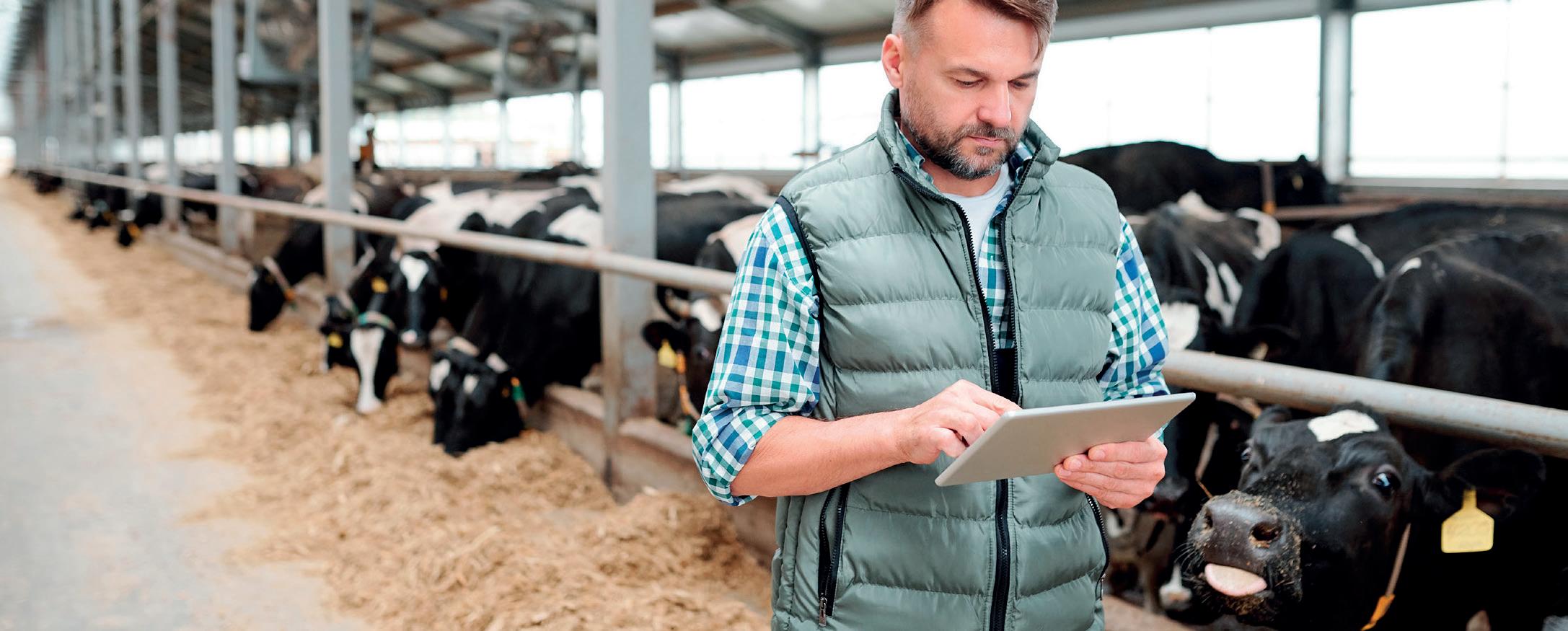
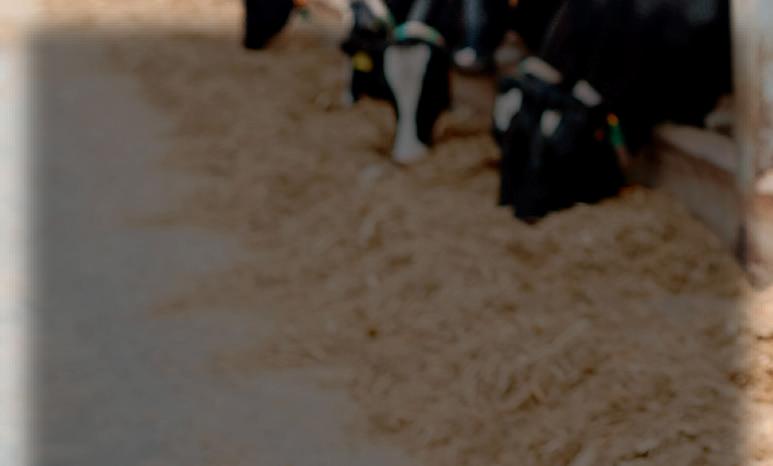


APRIL 2024 81 BUSINESS CLINIC Brought to you by Farmers Guardian, FGBuyandSell is the platform for you to sell your items to a responsive farming community. From dairy cattle, milking parlours, calving equipment and everything in between, you’re sure to find what you need on FGBuyandSell.com. Start listing your items FREE today! Browse. Sell. Buy at FGBuyandSell.com
GB producer numbers and UK average herd size 1995 1997 1999 2001 2003 2005 2007 2009 2011 2013 2015 2017 2019 2021 2023 (predicted) Number of producers Average herd size 35,000 30,000 25,000 20,000 15,000 10,000 5,000 0 GB dairy producing numbers Average UK dairy herd size 180 160 140 120 100 80 60 40 20 0 SOURCE : Defra
Biogas production from livestock slurries could offer farms energy cost savings and potentially an additional revenue stream. Toby Whatley reports from the Low Carbon Agriculture event.
Biogas generation offers energy options
Speaking at the recent Low Carbon Agriculture event held at Stoneleigh, Chris Huhne, chair of the anaerobic digestion and bioresources association, highlighted the long-term potential from biogas within the UK energy sector.
He said: “Agriculture, and specifically livestock farming, has the most potential feedstock and growth opportunities.
“Home-grown biogas could make up 10% of our current gas imports and, if future gas demand reduces, deliver 11% of our gas need.”
The growth opportunities of on-farm biogas production were one of the key topics at the event, as the agricultural sector works to reduce its emissions to align with overall net-zero targets.
The current projection for biogas production as part of the UK energy production mix is estimated to overtake nuclear energy by 2031 – even if it remains at the current lower level of investment.


“Anerobic digestion [AD] fundamentally can work with agricultural wastes and reduce emissions. In addition, it also generates valuable crop nutrition by-products, offering further input cost reductions for farm businesses,” said Mr Huhne.
The concept of AD production based on farms is by no means a new idea, with more than 600 sites operating in the UK currently.
Smaller-scale
The major change for dairy producers is the introduction of smaller-scale systems specifically designed to use farm slurry, instead of a specific feedstock, such as maize silage.
Unlike larger systems which are set up around combined heat and power and biomethane gas injection principles, smaller farm-based units can be created to combust the captured methane through gas engines to
generate electricity to support the farm business operation.
During the discussion, panel member Lucy Hopwood, business development director from the National Non-Food Crops Centre, commented on how the existing volume of UK livestock waste was currently under-utilised for energy production.
She said: “The UK livestock sector has a feedstock potential of 90 million tonnes, with only 3% of it currently processed through digestion.
“This highlights not only the energy capacity with is underutilised, but also the energy and emission reductions opportunities which are currently being missed.”
Based in Cornwall, small-scale biogas system manufacturer Bennamann presented some of the environmental data collected from a 90-head dairy farm which operates a version of its biomethane extraction
system for dairy slurry. The system has provided a claimed 65,500kWh of electricity, which represents 100% of the dairy’s annual demand and has reduced the farm’s CO2 balance by a claimed 64.5t.
Using audit figures from Farm Net Zero, Gilles Mayer from Bennamann highlighted how the CO2 emissions per litre of milk produced were significantly lower.
He said: “Before the installation of the Bennamann system, the CO2 footprint per FPCM was 1.3kg. This has been reduced to 0.13kg per FPCM, which represents an 87% reduction.
Premium
“This is good for achieving carbon reduction targets, but also presents questions if processors should offer a premium for milk with a lower climate impact.”
Exhibiting at the event, Dorset-based startup Biofactory presented a modular MicroAD Farm system designed to work with dairy slurry to extract biomethane and combust through a gas engine to generate power for the farm business.
“Operating using different principles to covered lagoons and collection bags, the Biofactory approach uses a series of interconnected converted shipping containers to hold the slurry while the gas is extracted, with the business claiming the system is designed to work with dairies of 100 cows, but can be expanded with the addition of further containers as required.
APRIL 2024 82 RESEARCH
Lucy Hopwood
Chris Huhne speaking at the Low Carbon Agriculture event.


11,000+ attendees

355 exhibitors
7 partners/ sponsors

Exhibitor Stats:
• UNITING THE WORLD’S OF LAND, LEISURE AND TOURISM •

87% saw a positive returnon-investment
94% were satisfied with the show
Why should you exhibit at LLTS?
• Reach a targeted audience
• Generate sales and leads
• Meet current customers
• Launch a new brand, product or service
• Undertake key market research
• Achieve brand exposure in the industry


It was a well organised show with a good turnout of the people we needed to speak to. We also obtained a significant number of good quality leads.
-Exhibitor Testimonial-
This was our first time exhibiting and it has been a really positive experience, and we gained some strong leads in a new customer demographic.
-Exhibitor Testimonial-
The Land, Leisure and Tourism Show has 5 dedicated zones to maximise the experience of exhibitors and visitors:
90% met their objectives Farm Business Diversification.






For more details on how to book a stand, please scan the QR code and register your interest: Powered by:







LLTShow.com
agrc.im/ugCwv
Attractions and Entertainment. Holiday Parks, Resorts and Events. Leisure, Food and Beverage. Outdoor Pursuits.
Family
@land-leisure-tourism-show @lltshow Land, Leisure and Tourism Show

There is often a perception when entering that you have to be the biggest and the best, but we aim to showcase innovation, dedication and adaptability, no matter the size and scale of the business.

ENTRIES CLOSE JULY 5, 2024
Don’t miss your chance to enter, visit: britishfarmingawards.co.uk


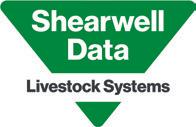
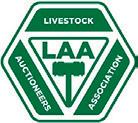

enter
the
Vox Conference Centre, Birmingham October 17, 2024 britishfarmingawards.co.uk
Sponsored by To
scan
QR code or visit: britishfarmingawards.co.uk
TELL YOUR
AND ENTER NOW Showcase your achievements Get industry recognition Explore networking opportunities PR exposure to more than 76 million people Community engagement TOP FIVE REASONS TO ENTER
STORY
THE BFA AWARDS ARE NOW OPEN FOR 2024!


















































































 Phil Latham
Phil Latham






































































































































































































































































































































 FETF Eligible!
FETF Eligible!




























































































































































































































